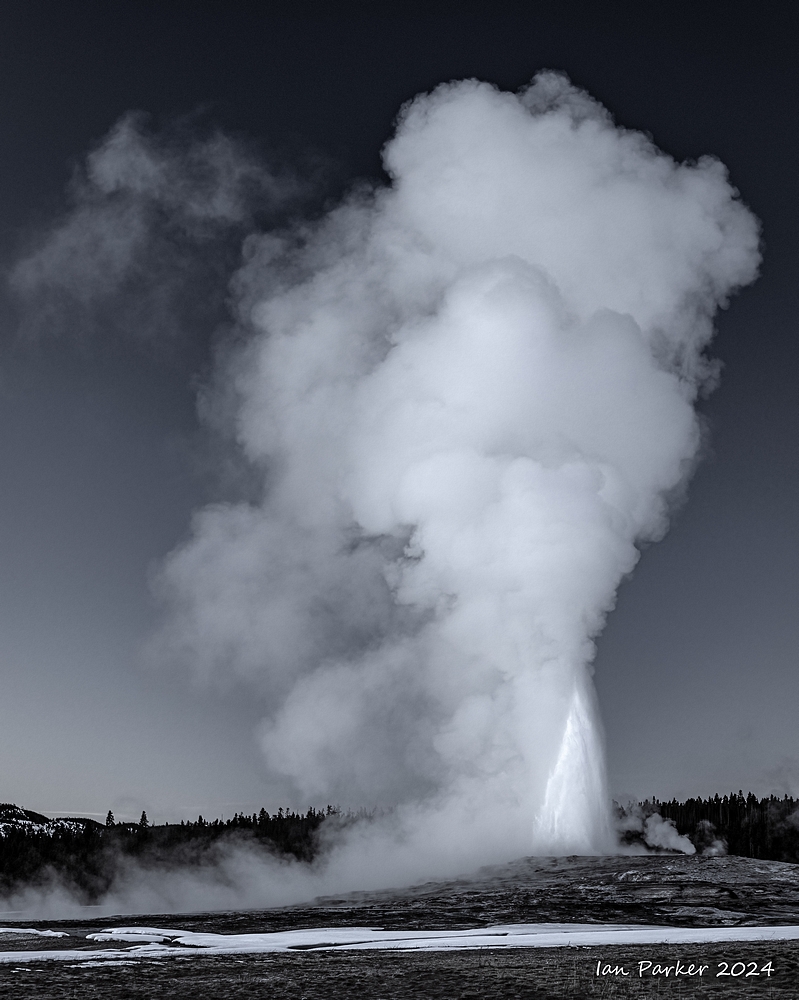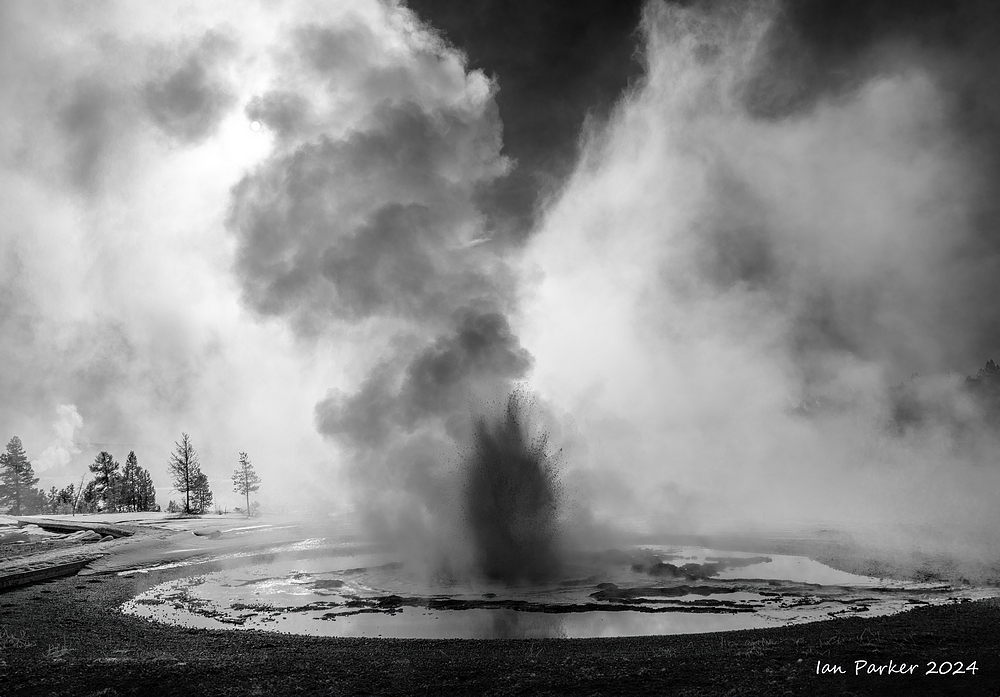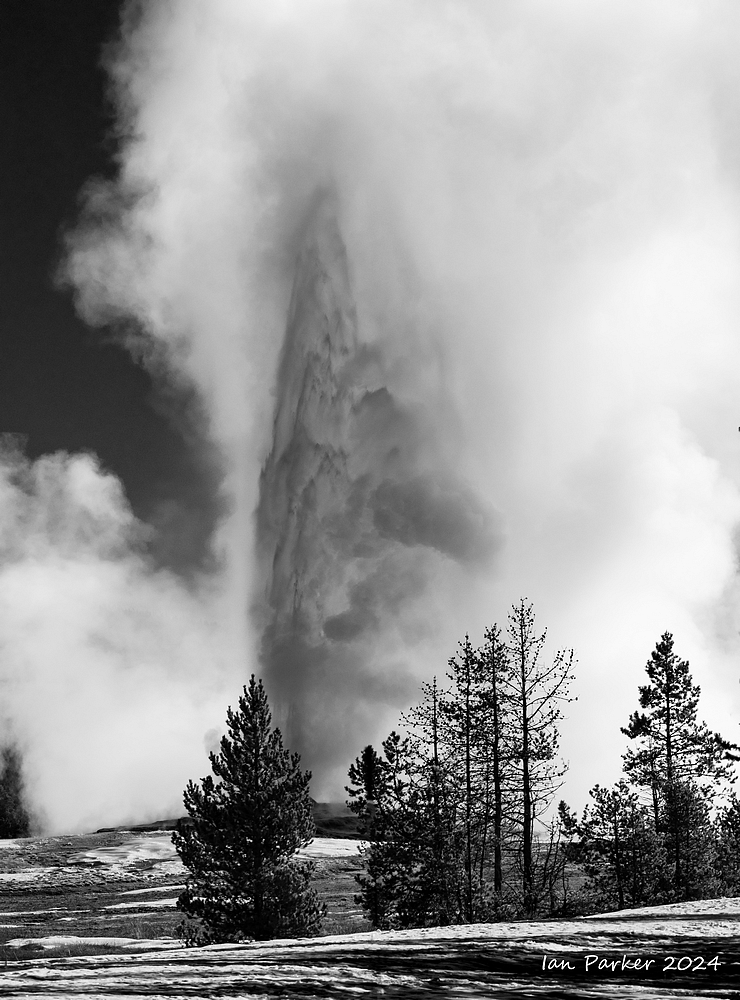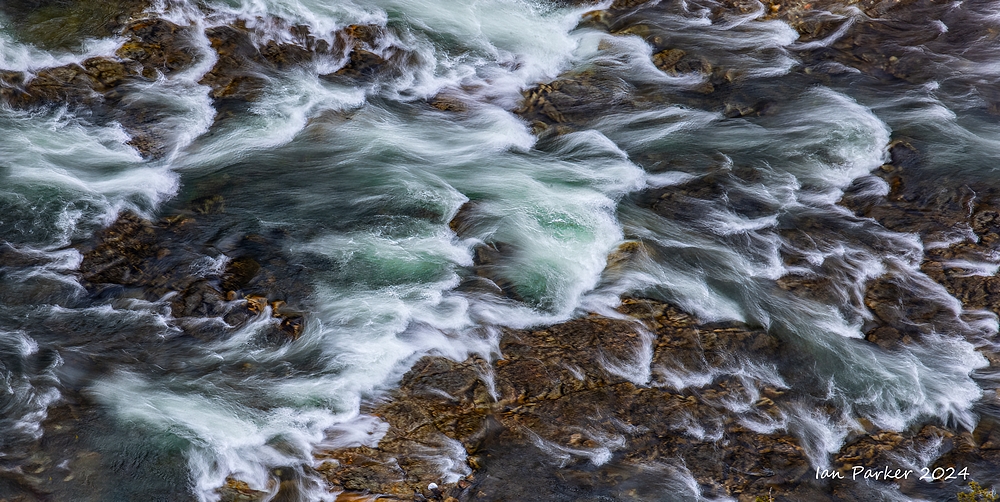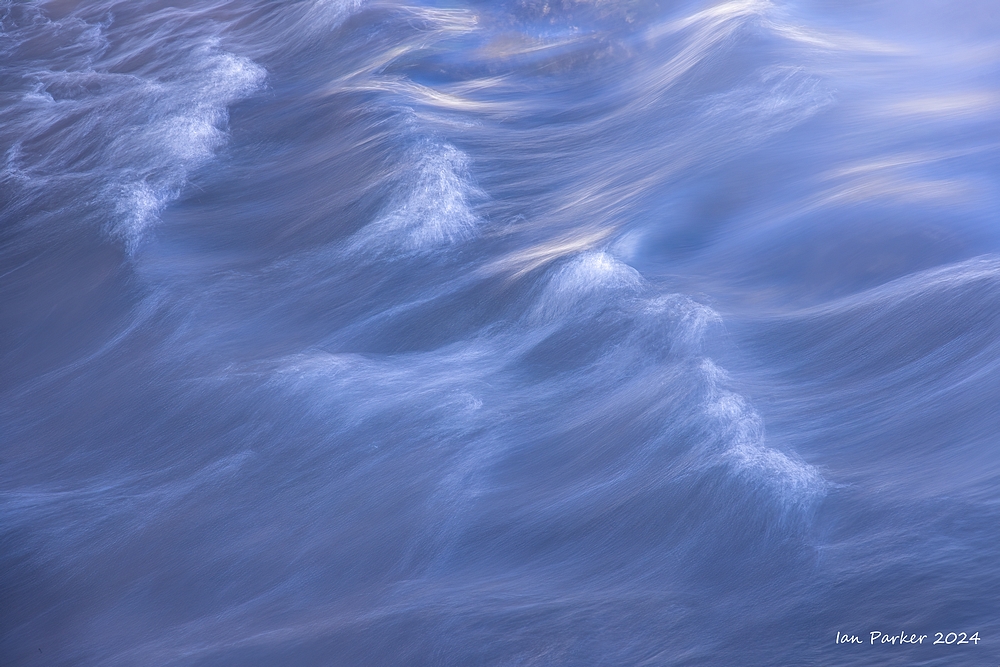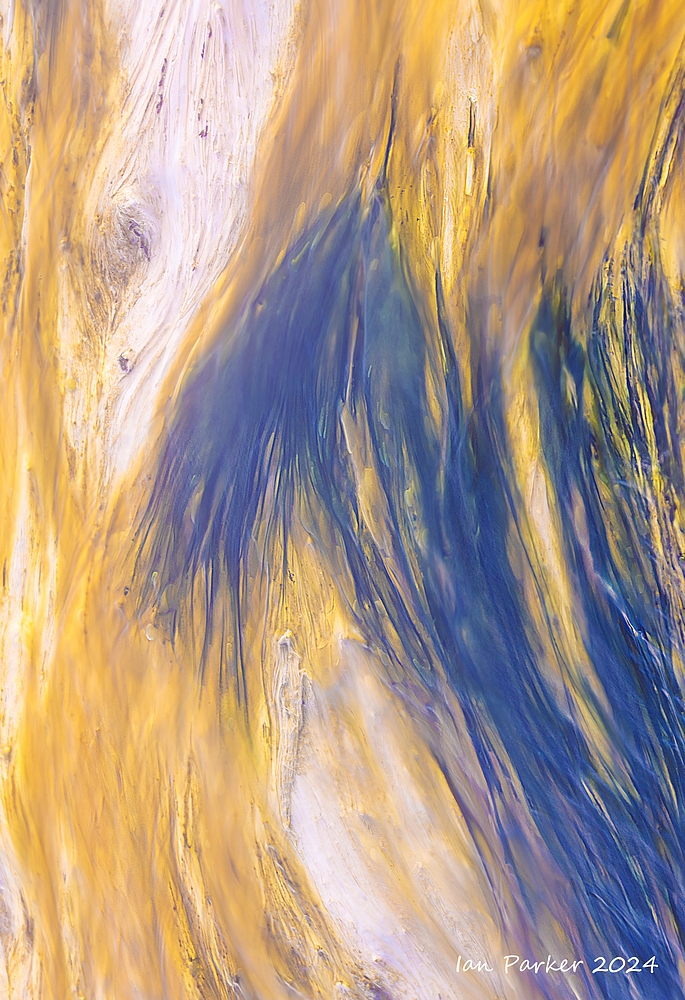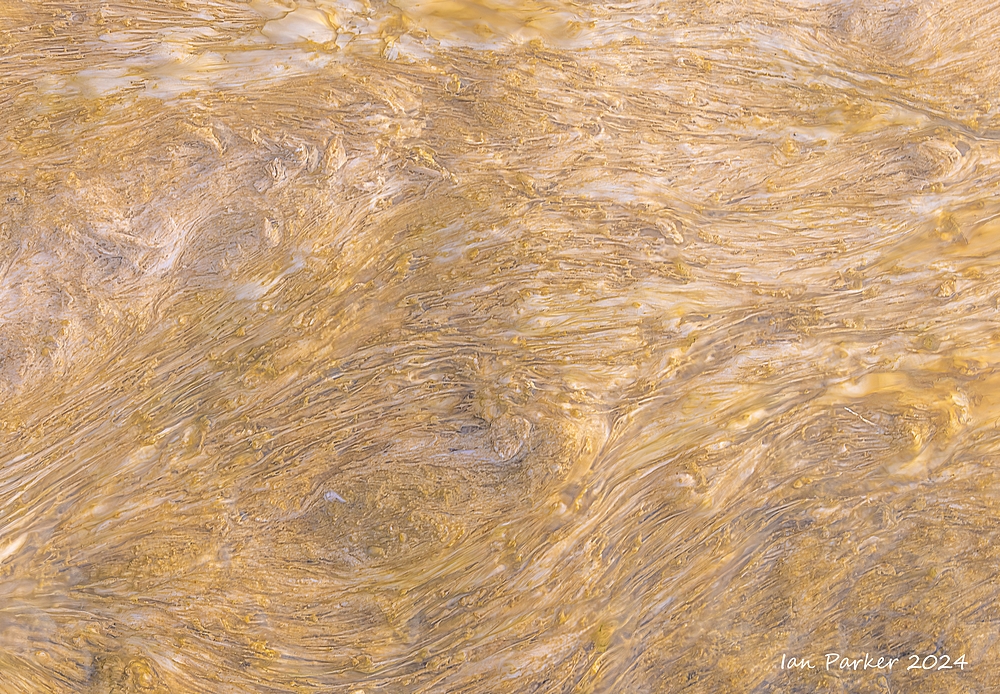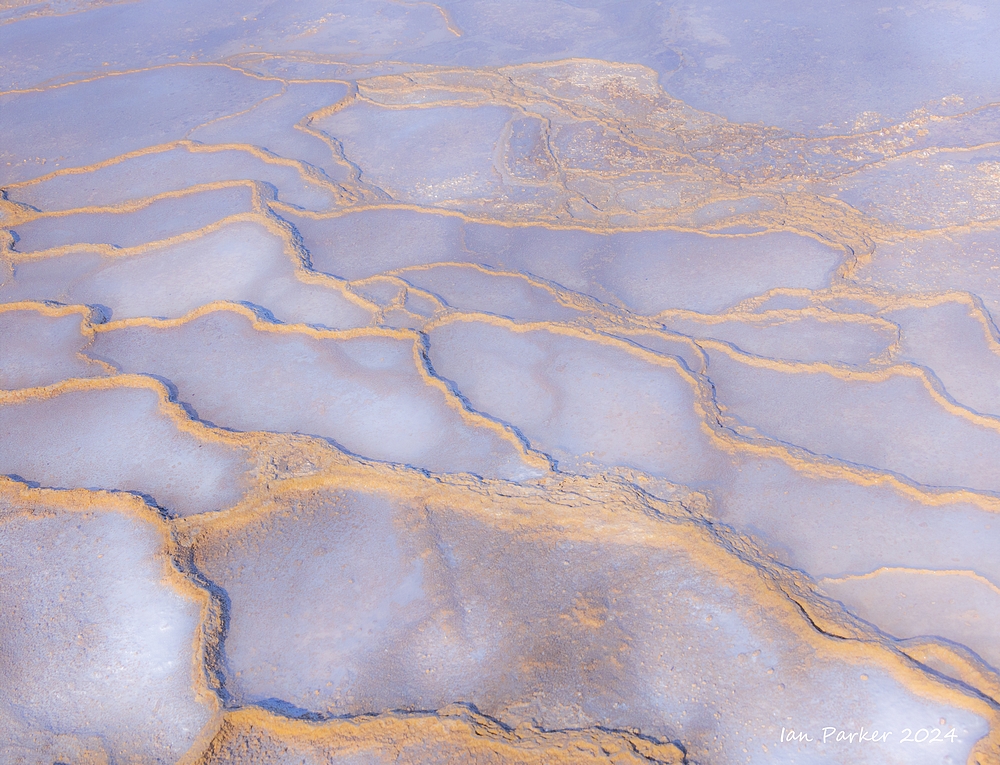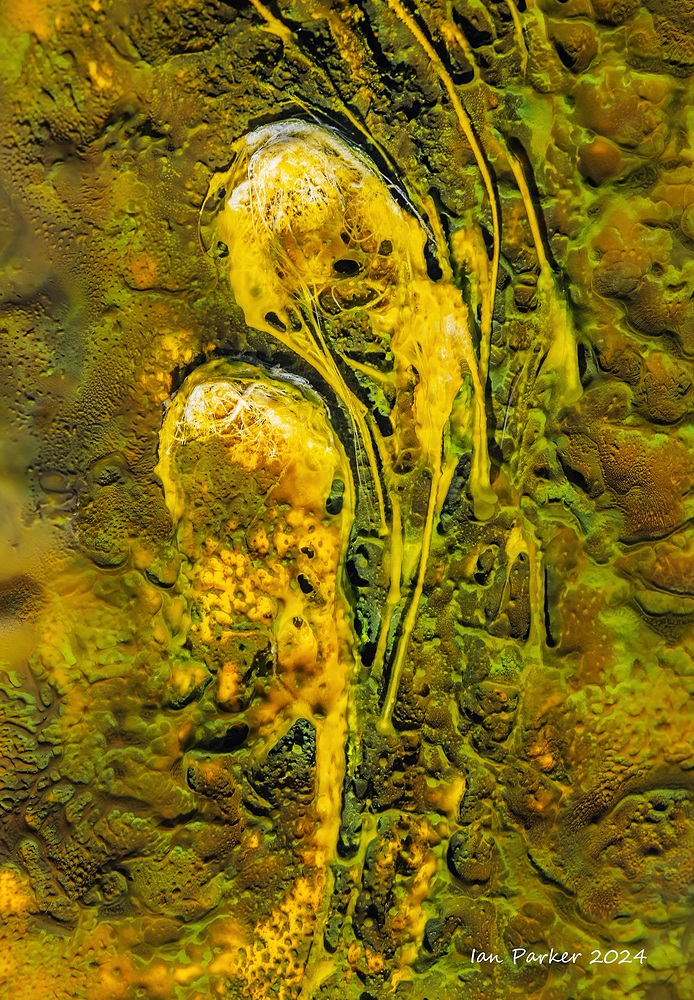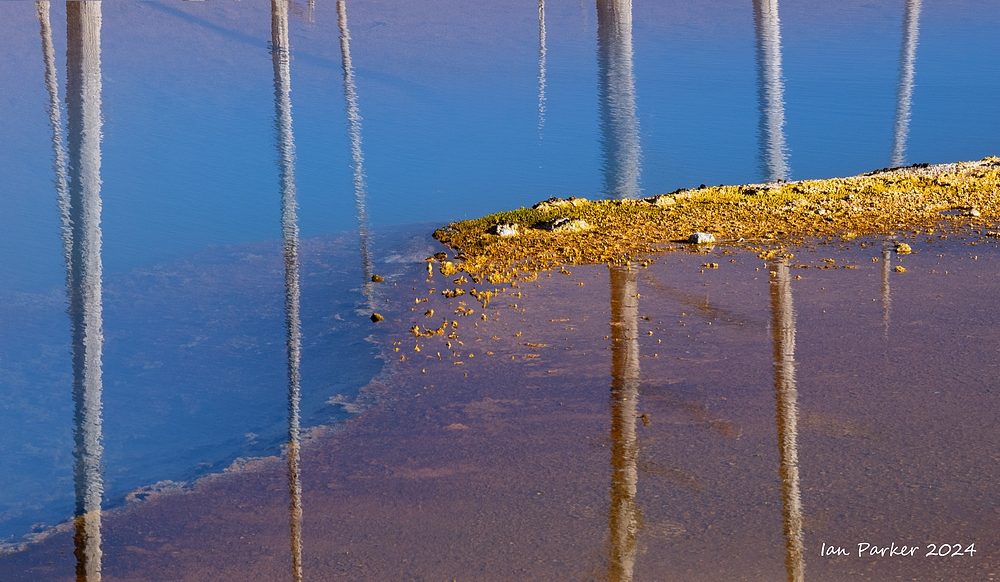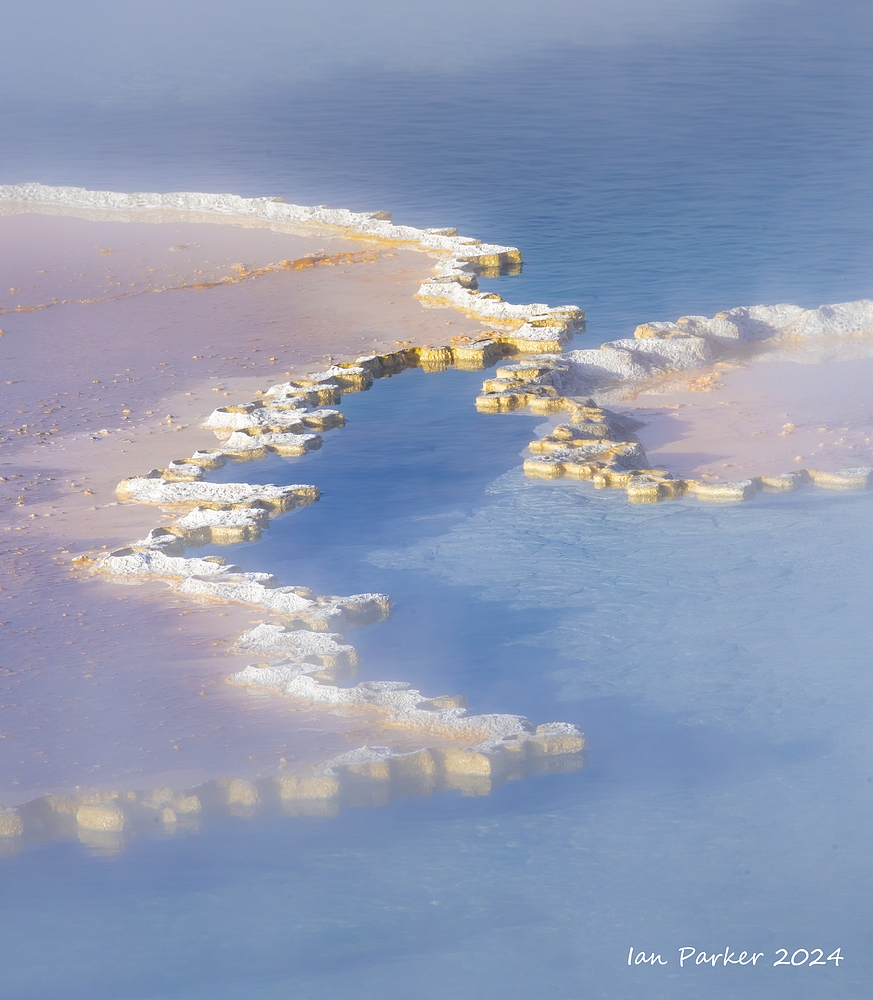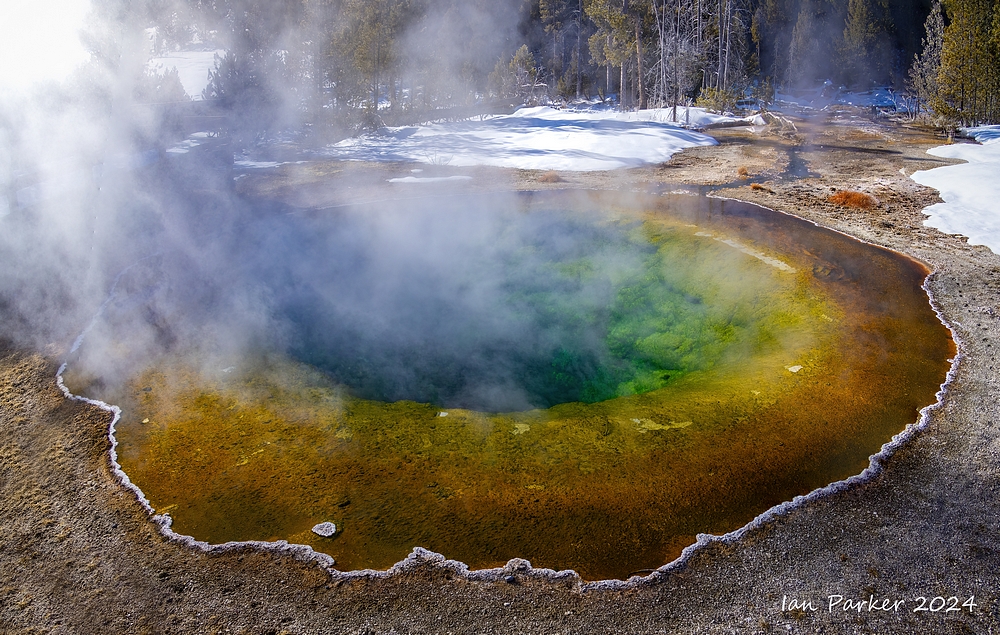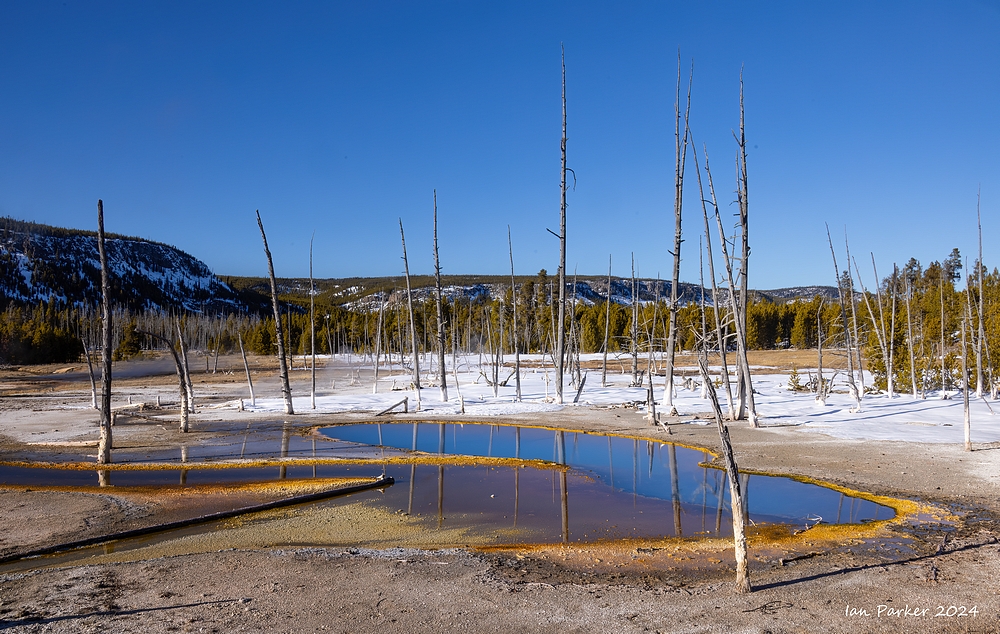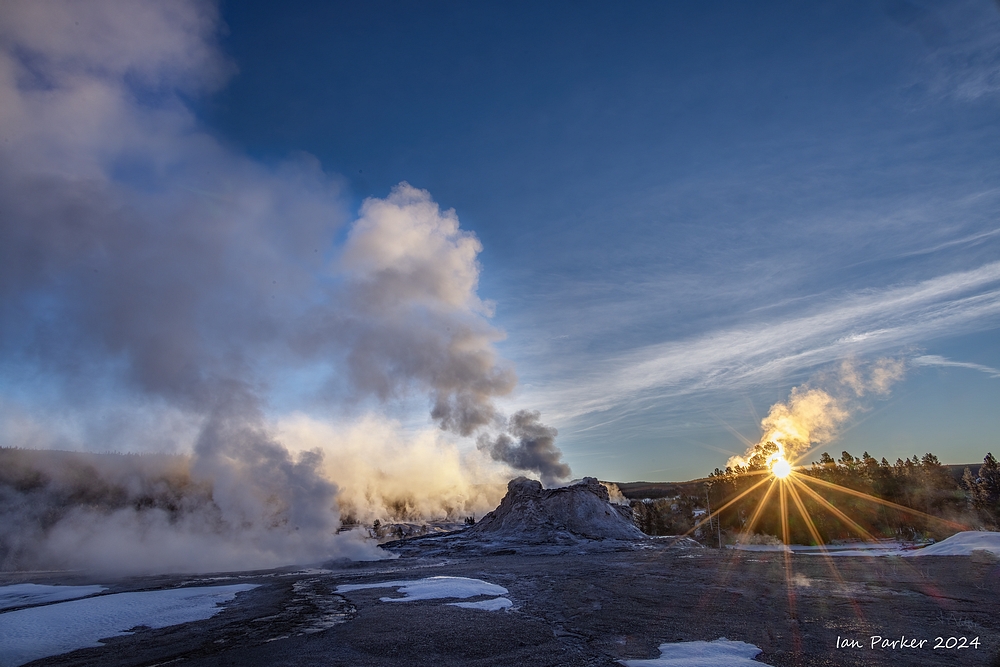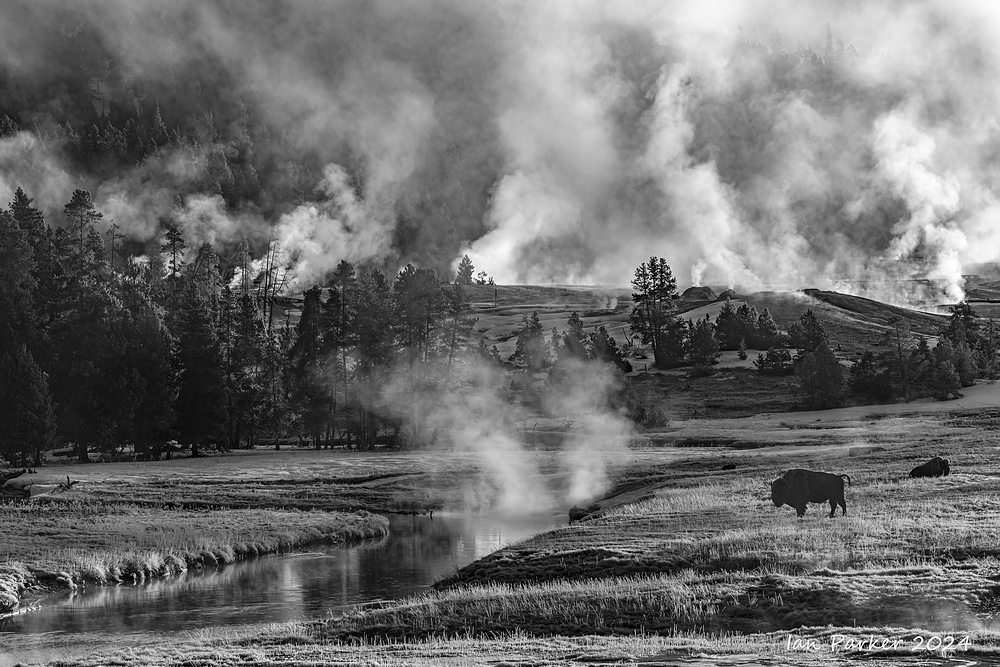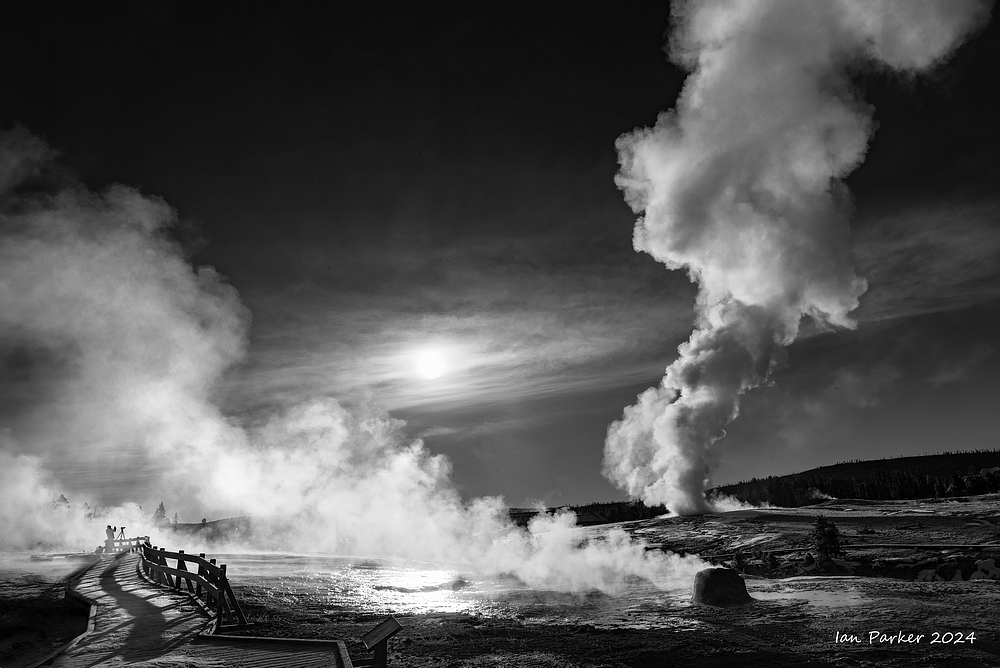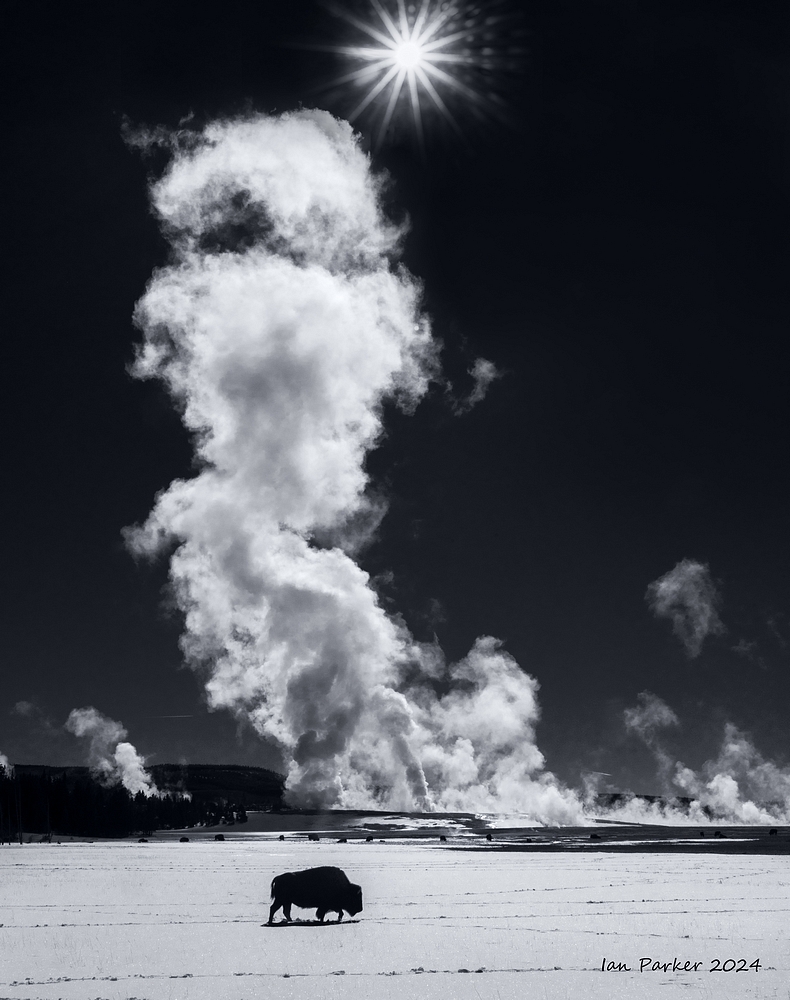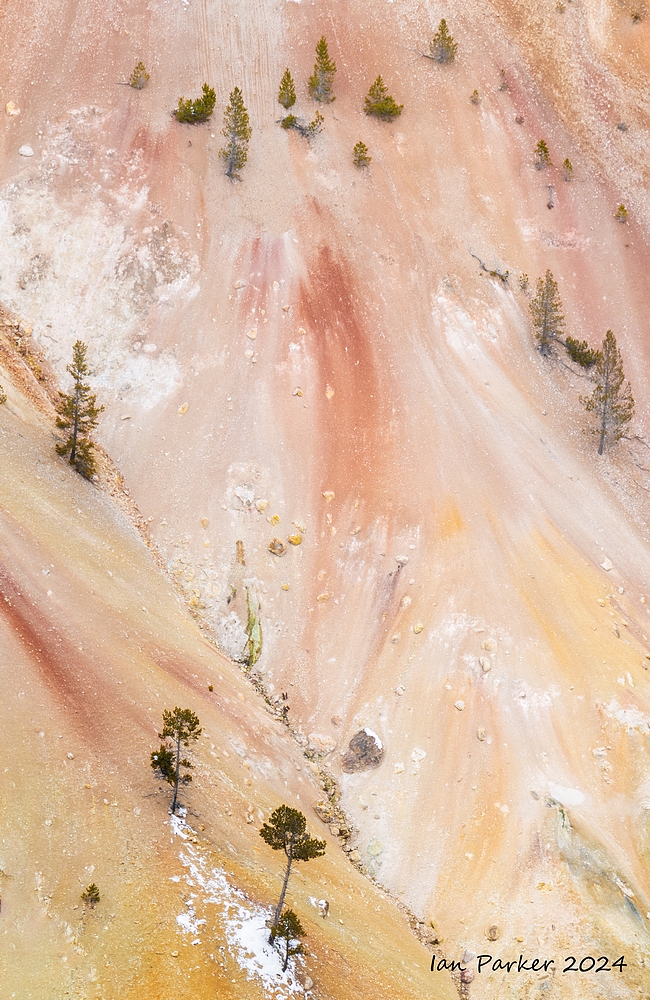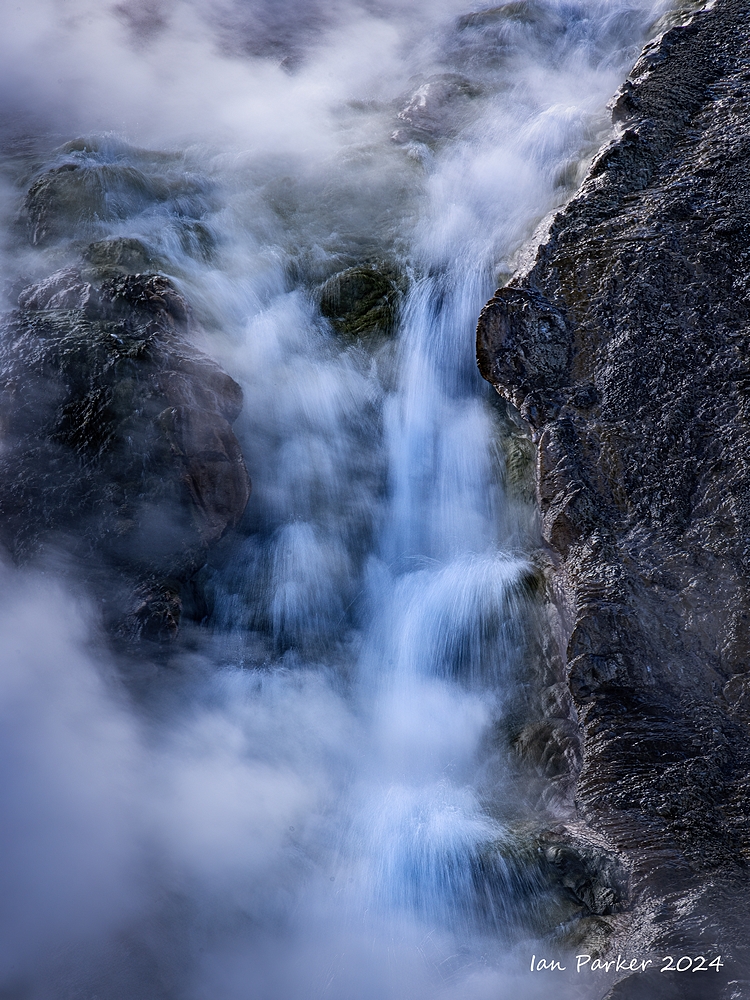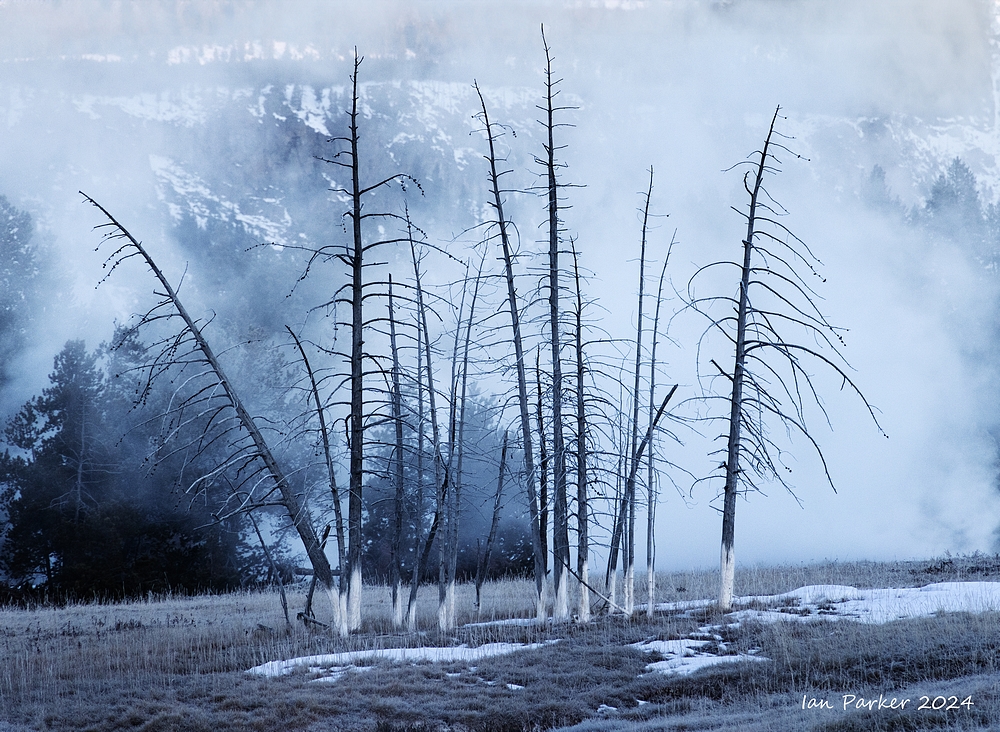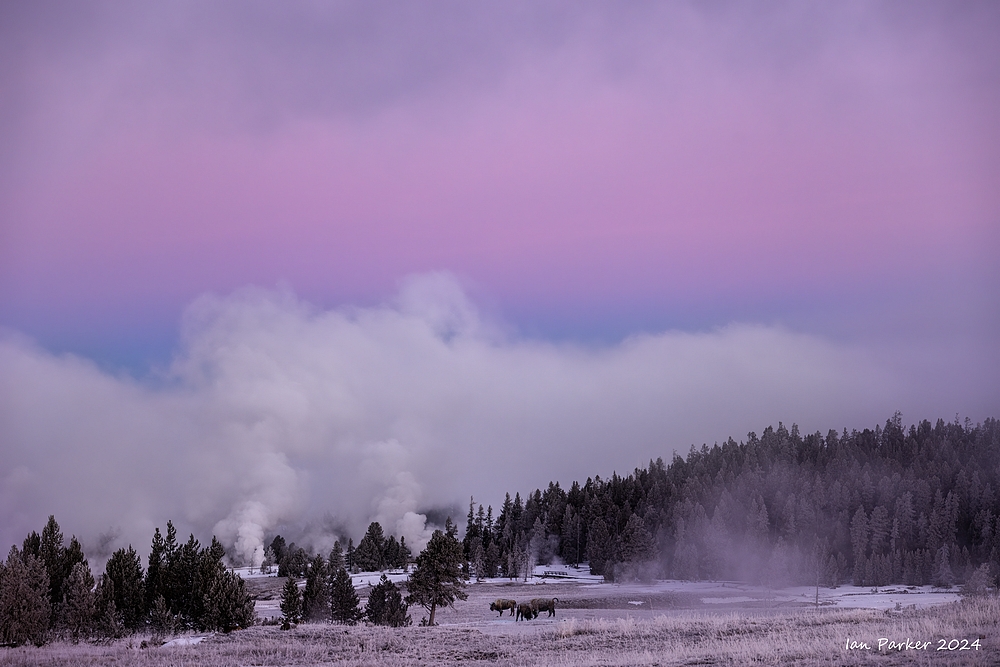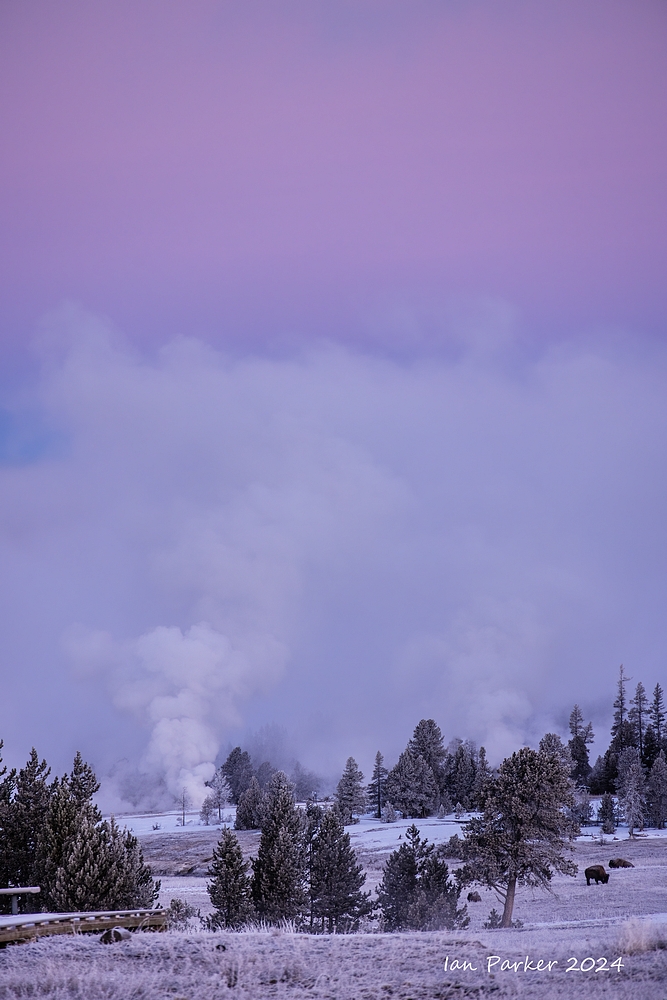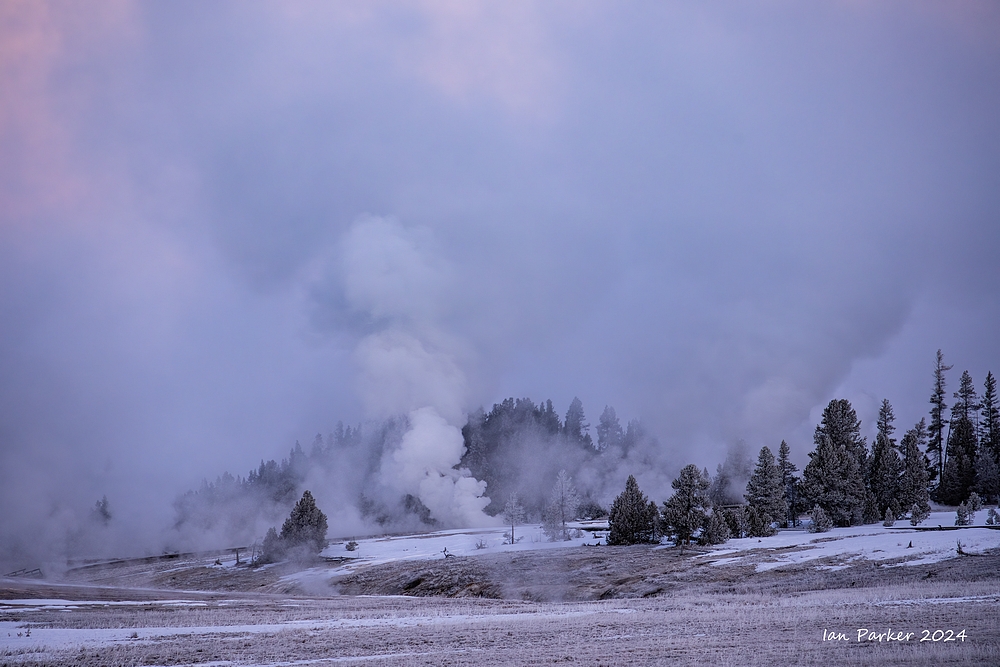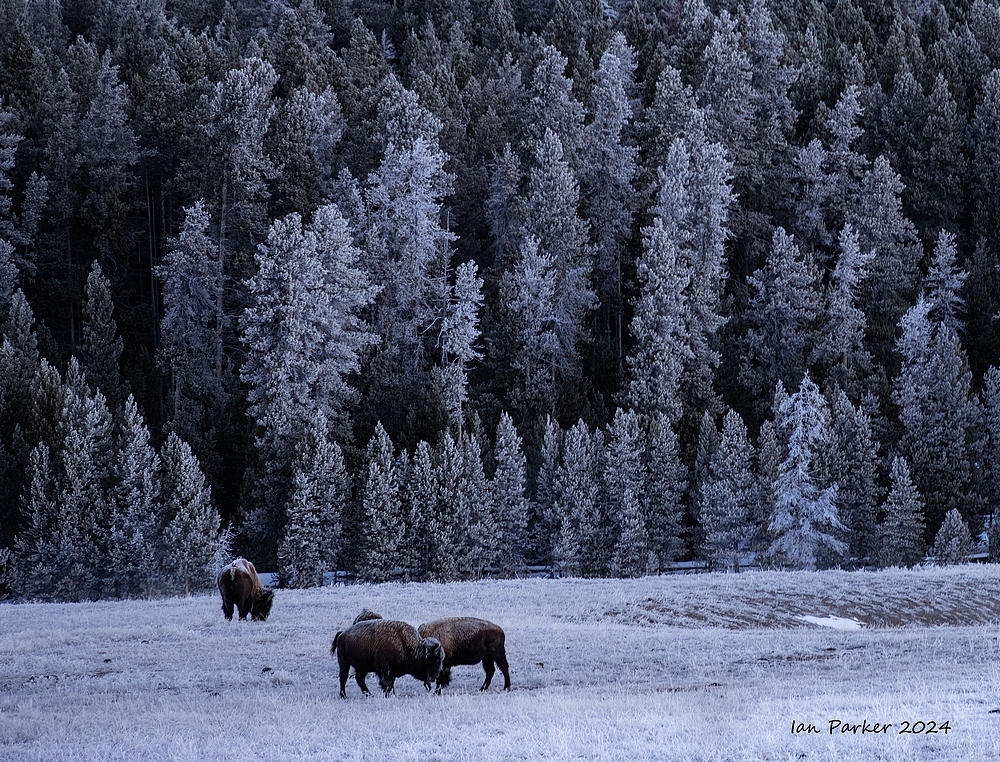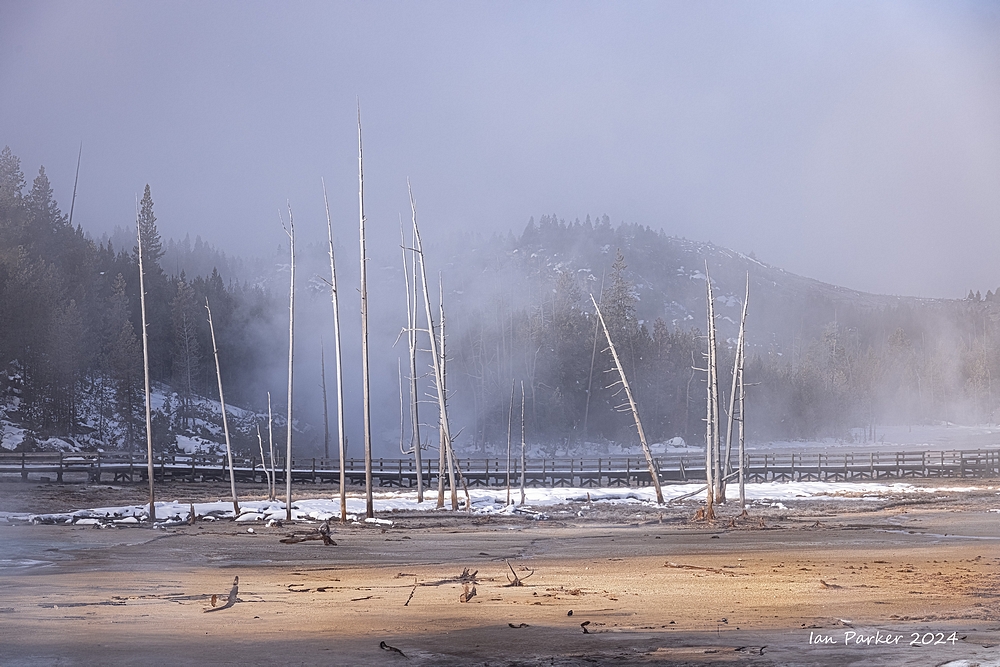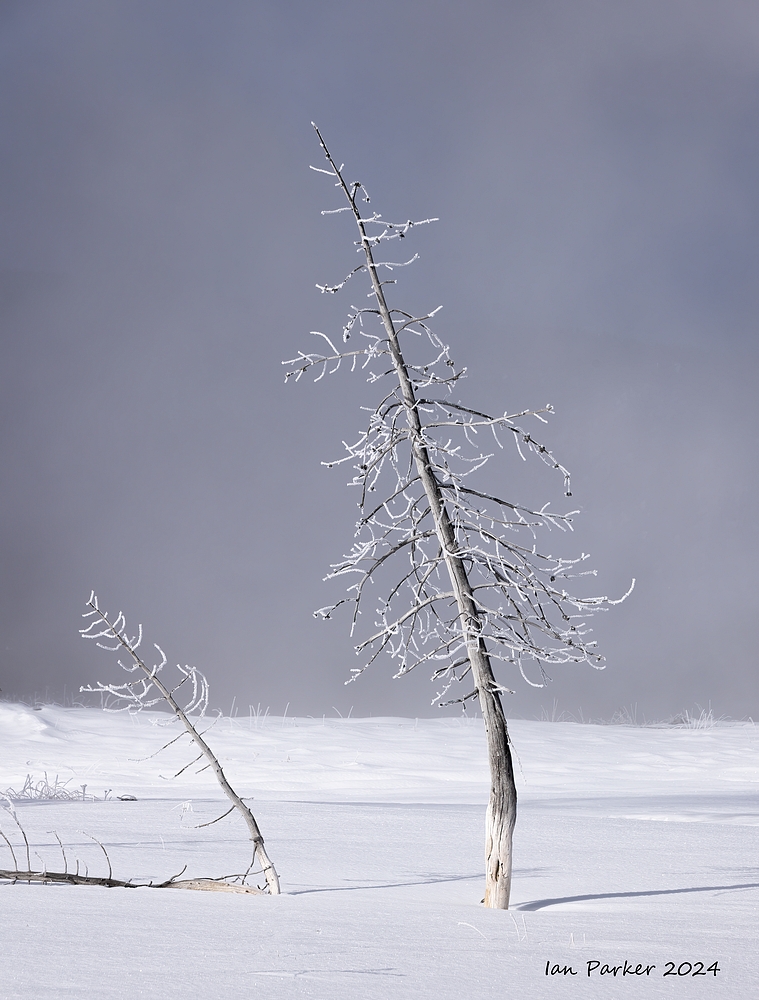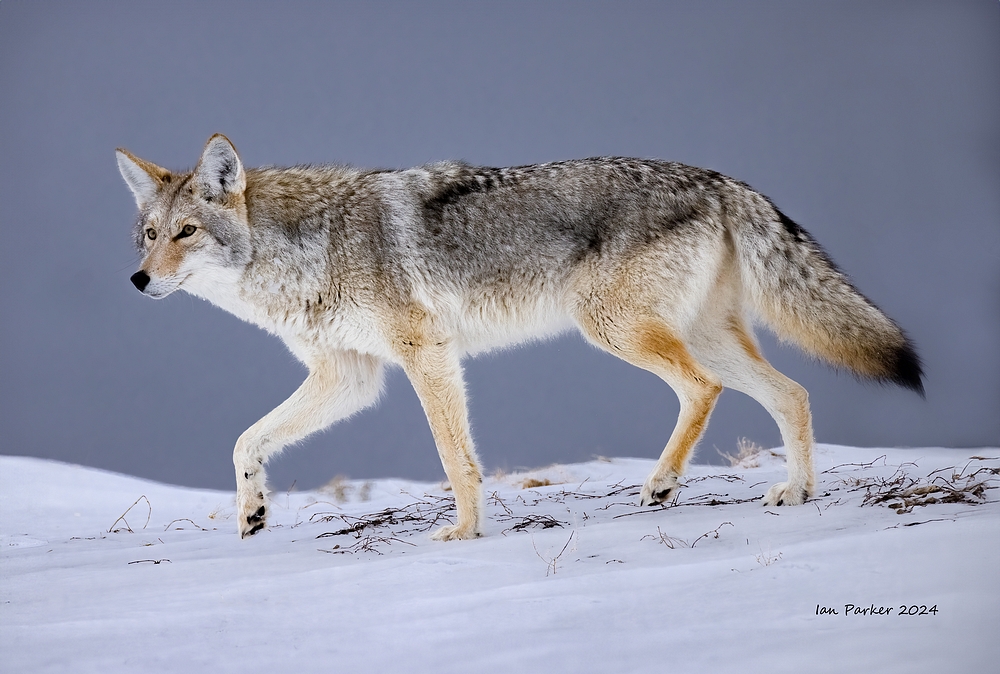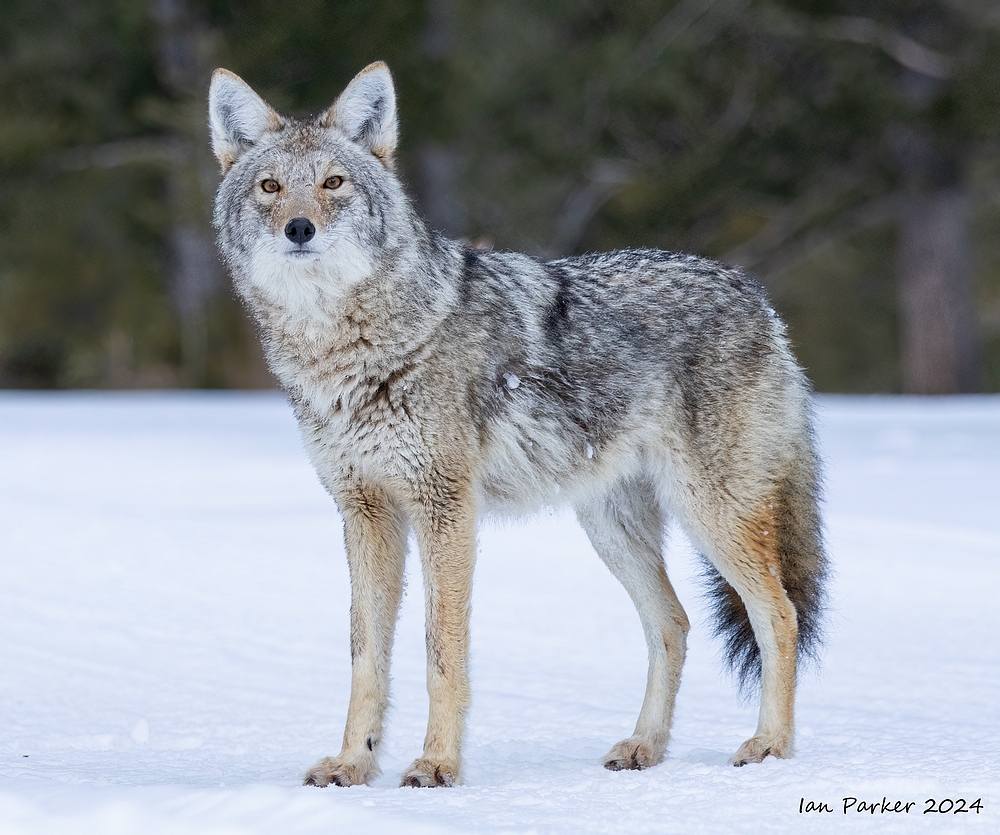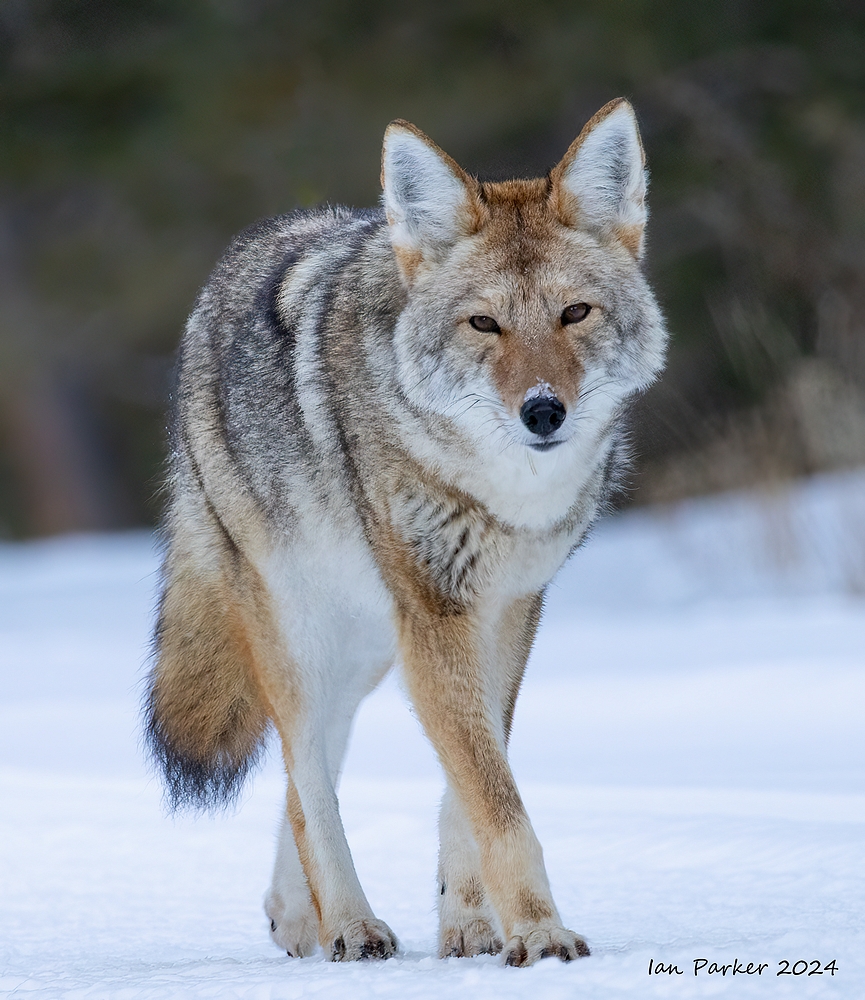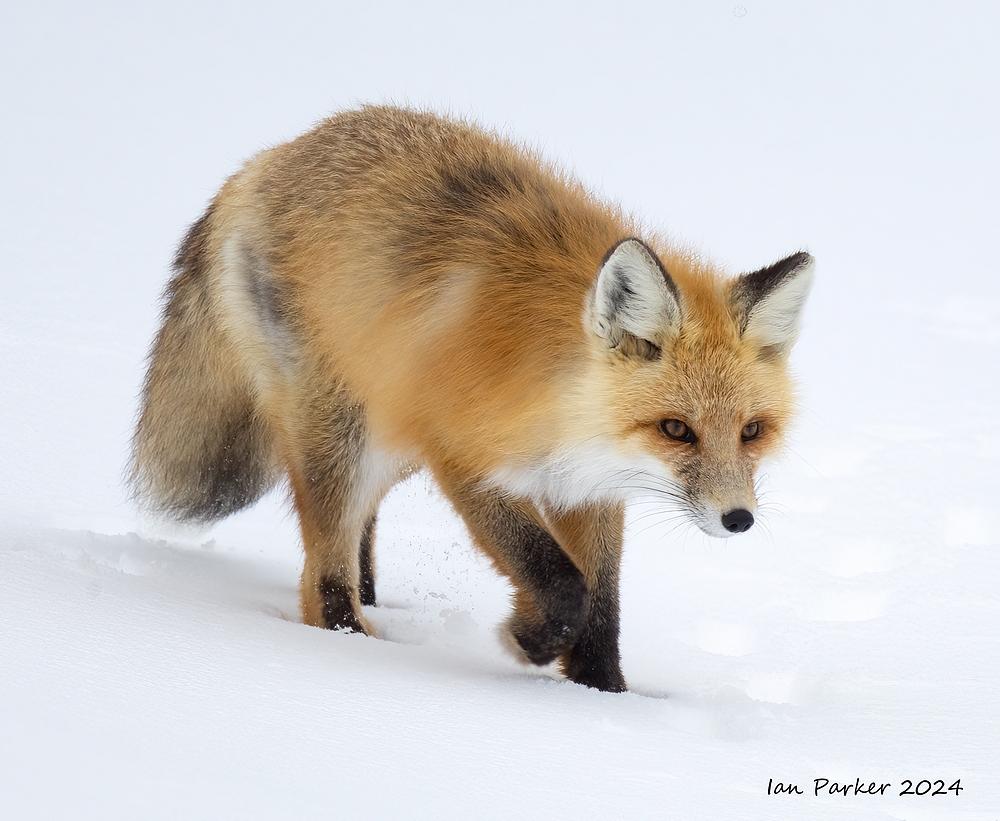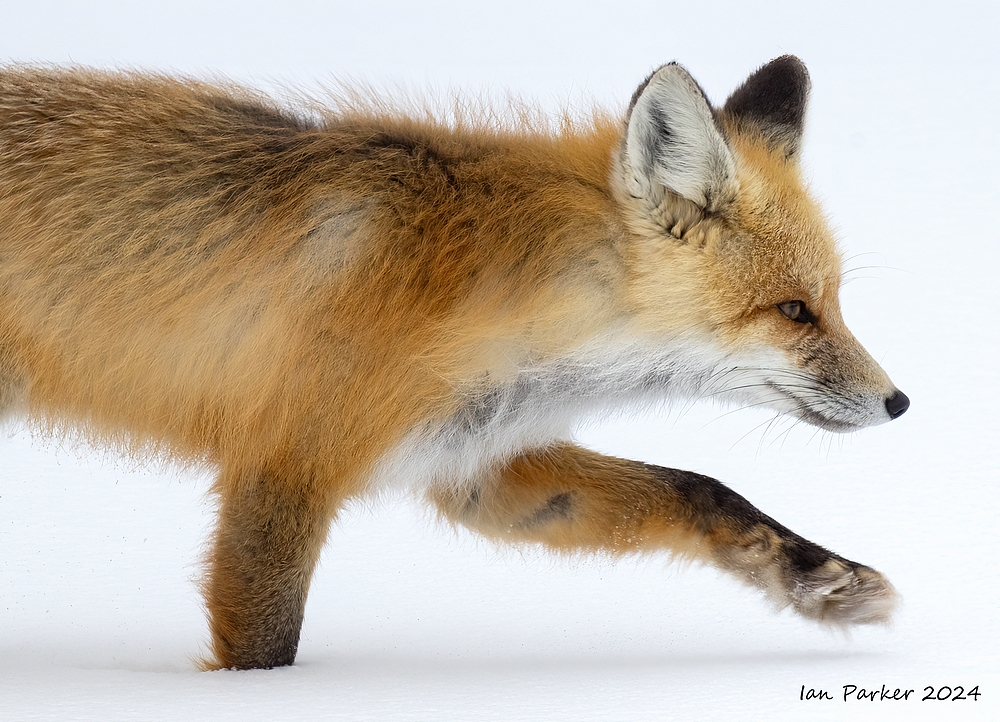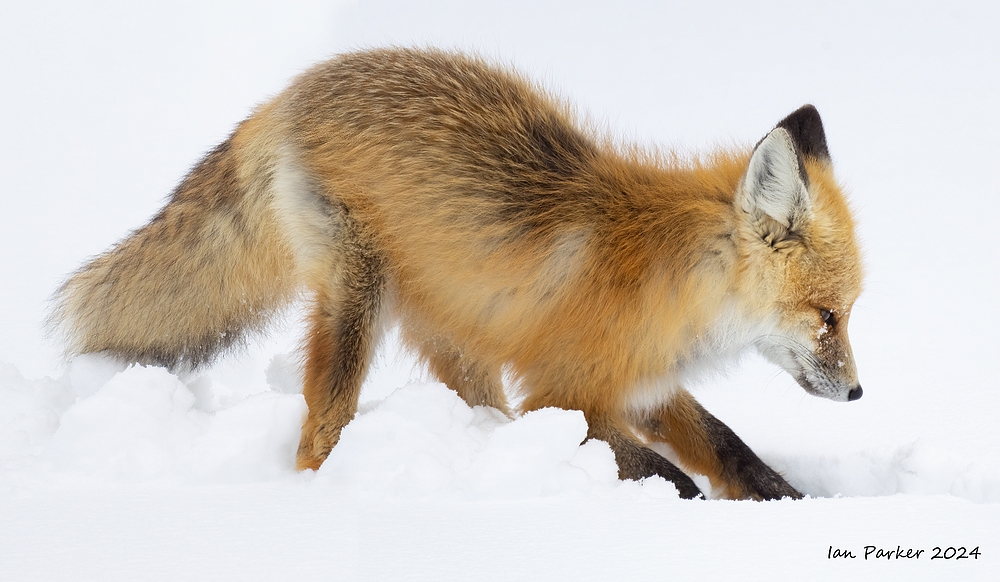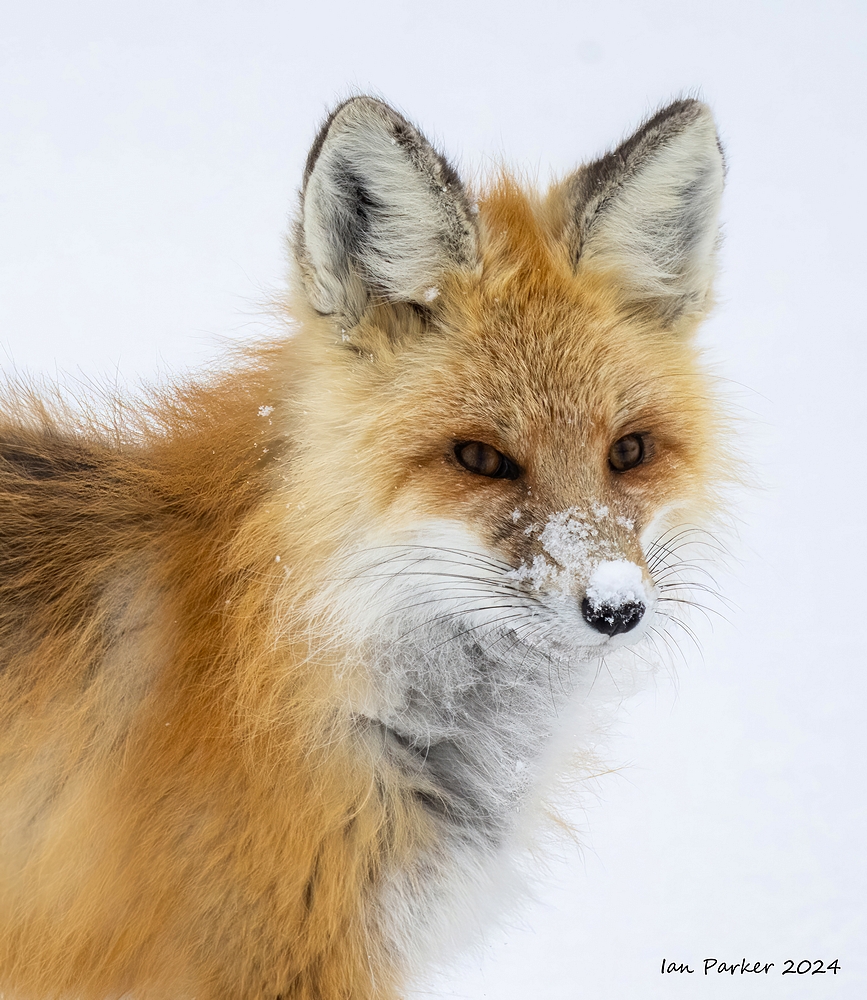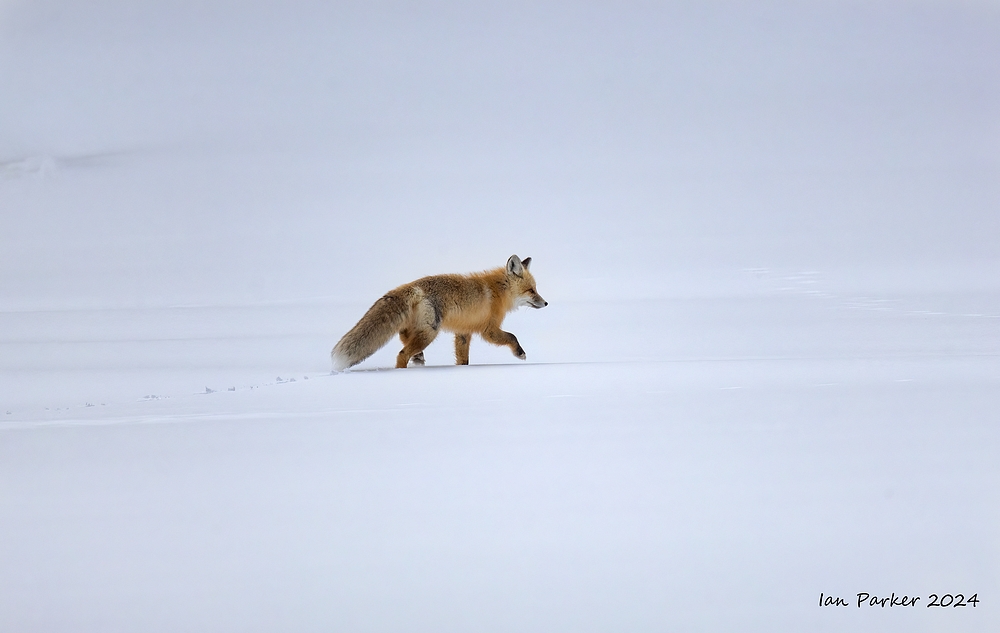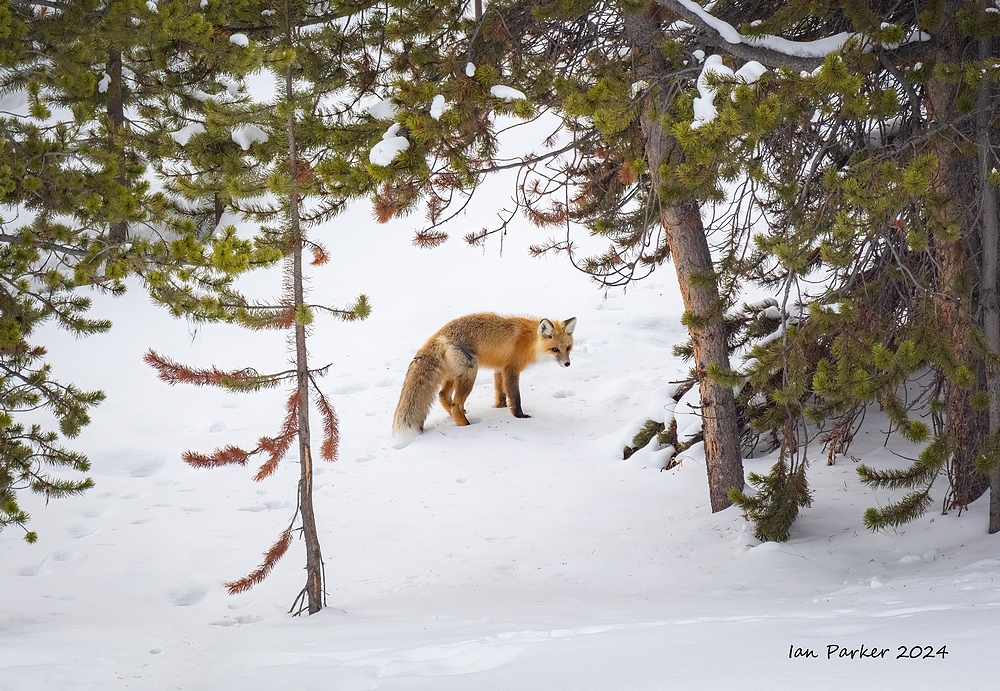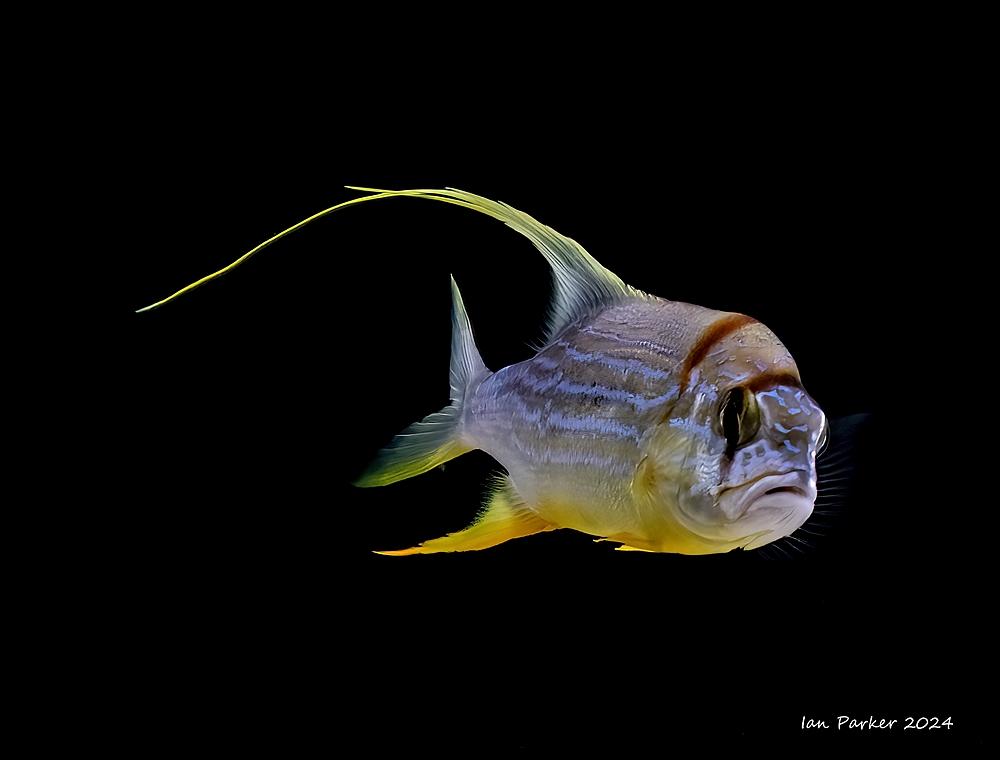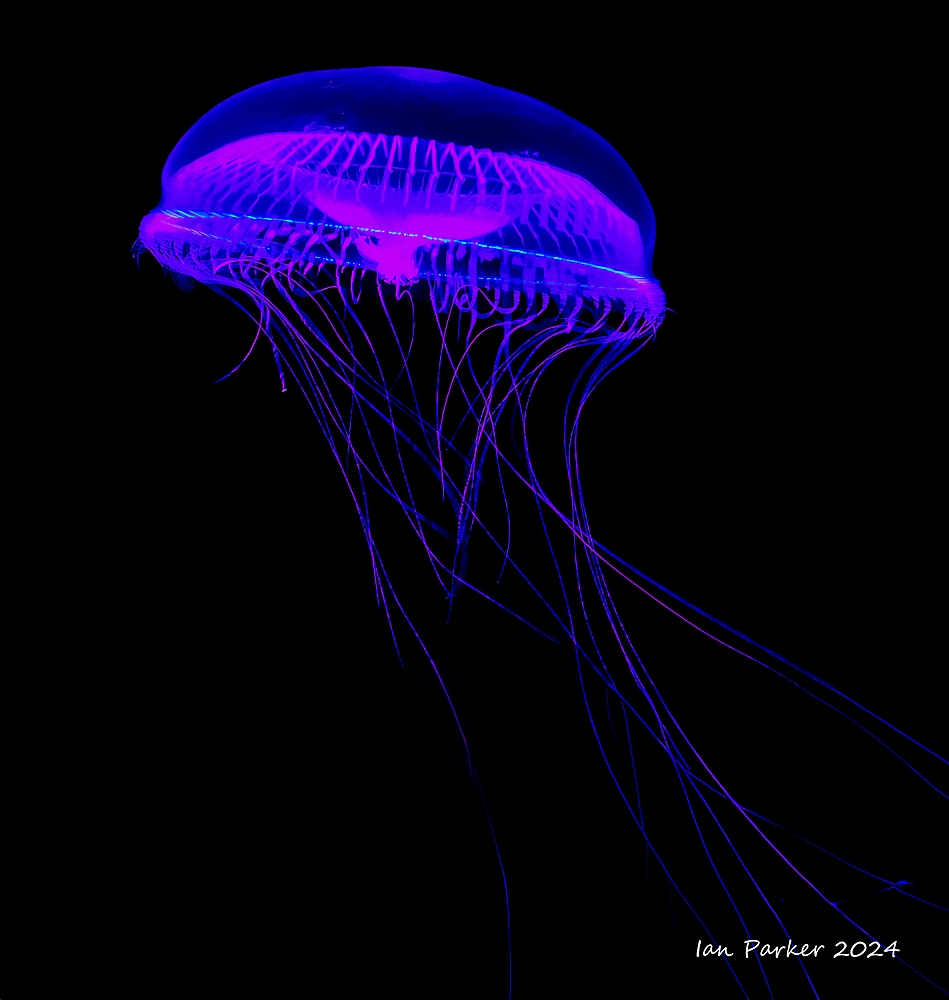As the sky darkened the inner, fiber-optic powered light of the lollipops became more apparent.
The best photos were when there was still a liitl light in the sky. Light TowersFeaturing 69 towers composed of more than 17,000 wine bottles, illuminated with glowing optic fibers whose colors evolve to an ethereal musical score, Light Towers pays tribute to the 200+ wineries and vineyards that blanket Paso Robles’ beautiful rolling hills. The exhibit opened in 2021. Each tower holds around more than 200 bottles and stands taller than a person, creating a forest-like effect for those strolling within.
|
Dimensions by HYBYCOZO
Opening in May of 2024, DIMENSIONS features large-scale metal sculptures that explore the relationship between light and music, shadow and pattern, environment and form, creating an immersive audiovisual experience. It was designed by artist collective HYBYCOZO, the collaborative studio of artists Serge Beaulieu and Yelena Filipchuk, in cooperation with globally renowned musician Alen Hulsey, who performed and composed the 33-minute musical soundtrack primarily on the kanun.
Morro Bay - June 26-30
Morro Rock scenics
Birds on the beach
Montana de Oro State Park
Shoreline rocks
Birds in the Rookery, Morro Bay
Night of June 6-7; Milky Way photography at Borrego Springs
A new moon, with the milky way high overhead. I had planned to photograph again the next night, but after going ou for an evening shoot of the metal sculpturesin temperatures over 100F a band of then developing high cloud gave an excuse to go back to our air conditioned motel for a good night's sleep.
The Ricardo Breceda metal sculptures in Borrego Springs : June 5-7.
Drone photos
|
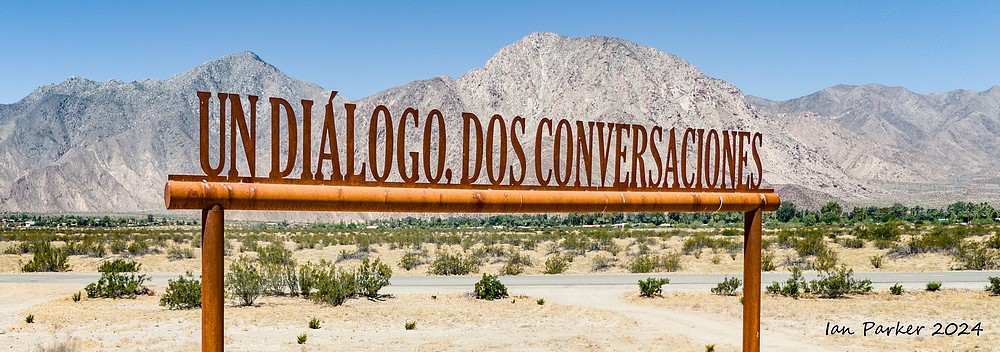 Un Diálogo, Dos Conversaciones marks a landscape with the sitcom staple that has two characters discussing something together, but talking about two totally different things. -Allison Wiese, Candlewood Arts Festival "Entry gates to a landscape of imagination" |
The Mount Wilson Observatory : May 19th
Photos from a visit to Mt. Wilsonon May 19 2024 for an afternoon concert in the dome of the 100 inch telescope, followed by a half-night observing through the 60 inch telescope. Many thanks to our telescope operator Tom Meneghini and his assistant Tom.
The Hooker 100 inch Telescope
The Newtonian cage is presently stored in tne base of the dome,
The telescope was originally driven around its polar axis by clock drive that would regulate the speed at which it would sweep across the sky, tracing the arcs followed by the stars during the night. The mechanism is literaally like a giant grandfather clock, with the tube moved by the force of a massive falling weight. The photos below show the governor, with determined the speed of rotation. Tracking is now done with a conmputer-controlled electric motor.
Attached to the end of the 100-inch telescope in 1929 this equipment enabled Michelson and Pease to determine the precise diameter of a star, the red giant Betelgeuse, the first time the angular size of a star had ever been measured. |
Concert in the Dome of the 100 inch Telescope
The 60 inch Telescope
Some objects photographed through the 60 inch telescope.
We were combining visual observation with photography, so to minimize set-up time I photographed through the eyepiece, using a 500 mm f1.4 lens on my Canon R5 camera.
Viewing conditions were not ideal, with a full moon and relatively unsteady seeing (e.g. speckle in short-exposure of double star at right below). Nevertheless we got clear resolution of the four stars in the double double star Epsilon Lyrae. There is noticable chromatic abberation in the star images, which might be attributable to the camera lens or eyepiece, rahter than the telescope.
Abstract Photoshopped variations on a marbled paper print
A highlight at the end of a week at the John C. Campbell Folk School is the show-and-tell session when students present the arts and crafts they have created. I was particularly taken by the work of a class learning the ancient craft of paper marbling; a technique of aqueous surface design to produce patterns similar to smooth marble. [Wikipedia]. One print in particular stood out for its fine level of detail and repetitive but individually dissimilar floral patterning. Back at homeI wondered whether I could my photo of this as a starting point to create my own interpretations.
The images below are the results of a pleasant afternoon transformig the original photograph in Photoshop. I duplicated the image as a second layer, variously rotated this; and overlaid it on the base layer using different blending modes and ue and luminosity adjustments. [Click on the images to bring up at fullsize to better see the intricate detail/]
A Class on Drone Photography at the John C. Campbell Folk School
May 12-17
Photos taken at ground level with a regular camera
Blacksmith's shops
Garden
Around the kiln and sawmill
Student work presented at the show-and-tell
Drone photos while learning to compose from the air
Cloud inversion in the mountains by Big Bear
March 3 (Out of chronological sequence - catching up on posting older photos)
Another long road trip: through Arizona and New Mexico to Texas in hope of viewing the total solar eclipse.
April 2-12
Anne and I embarked on a 2500 mile road trip to view the total solar eclipse in the Texas hill country. The eclipse was a bust for us, as clouds covered the sun at just the wrong time. We had a good view of the initial phase of the partial eclipse through thin, high clouds, but then a bank of thunderclouds approached as totality neared. All we experienced was a few minutes of relative darkness. But there were other rewards for the long drive, on which our Nissan Xterra passed the 260,000 mile mark. We found a beautiful spot to camp in the KOFA Wildlife Refuge in southern Arizona, surrounded by a profusion of wildflowers among the saguaro cacti and ocotillo; Saguaro National Park yeilded more saguaros, though not as photogenic as those in KOFA; and we made a first visit toChiricahua National Monument.
April 11 - KOFA
A night camping by Palm Canyon road for some astrophotography - a little consolation for missing the eclipse.
|
April 8th - South Llano River State Park
I had booked a day pass at South Llano River State Park in the Texas hill country as a location on the total eclipse path that had a high statistical likelyhood of clear skies. But it was not to be; a storm front came in that morning, bringing clouds that obscured the sun only minutes before the eclipse. The only photos I took were of a profusion of thistles in the park, while waiting for the eclipse...
Chiricahua National Monument - April 6
A brief afternoon detour to Chiricahua National Monument, with just enough time for a hike around the Echo Canyon loop trail. I did not find this an easy place to photograph as the rock pinnacles that are the iconic feature of the Monument get lost among the trees in the harsh afternoon sunlight. But, definitely somewhere to add to the list to come back and explore at more leisure, perhaps combining with nearby Cave Creek Canyon during the springtime bird migration.
Saguaro National Park - April 4,5
We stayed two nights in Tuson, to visit Saguaro National Park. However, I found the National Park to be rather a come-down after our two days in KOFA, Too many people, too many rules and regulations and limited access ascompared to the myriad 4wd trails in KOFA.
KOFA National Wildlife Refuge - April 2-3
Macro shots of tinyflowers and insects reveal intricate details not evident when looking by eye on the desert floor.
| |
Low angle light just before sunset and just after sunrise creates backlit haloes around cacti and ocotillo branches that stand out against hillsides still in shadow.
KOFA landscapes and cacti
A California road trip - Anza Borrego to Mono Lake via Death Valley.
March 8-14.
Some abstracts from various locations along our meandering journey.
Mono Lake
I had hoped there might be snow around the tufa towers, but although it was snowing heavily at our cabin in June Lake village, the skies cleared and the temperature rose as we dropped 1000ft in altitude driving down to Mono Lake basin.
The shoreline of Mono Lake is constantly changing as the lake level rises and falls. In the face of contiued stream diversions to quench the thirst of Los Angeles here has been little systematic increase over the last 50 years toward the level mandated to acieve ecological sustainability. However, following two wet winters the level is now within about 1ft of the highest level since the 1970's, and water is starting to lap in places over the trail along the South Tufa.
A brief excursion to Eastern Sierra Lakes
Around the top of Death Valley to Eureka Dunes
Driving back through Death Valley - a last chance to see Lake Manly again before it evaporated.
Photos from a drive through Joshua Tree National Park en route from Anza Borrego to Death Valley
Anza Borrego - Desert flower macros on black
Photographed with a macro lens, tiny desert floor flowers reveal intricate, hairy detail. These photos were taken as focus stacks in shaded daylight, with a black cloth positioned as a backdrop. Using the black level and shadows sliders in Photoshop I could then render the background as a perfect black, without affecting the exposure for the plants.
Anza Borrego - Desert flowers along Henderson Canyon Road,
photographed before they all got eaten by the caterpillars...
| \ |
AnzaBorrego - Desert lilies
"The Desert Lily, also known as the Ajo Lily or Hesperocallis undulata, is a beautiful wildflower that is native to the southwestern region of North America and can be found in the Anza Borrego Desert. This perennial plant grows from a bulb and can reach up to two feet in height. It produces long, narrow leaves and beautiful, fragrant flowers that bloom in the spring. The flowers are usually white, but can sometimes have a pink or yellow tint. Each flower has six petals and a yellow center, and can measure up to three inches in diameter." [Anza Borrego State Park]
Following a wet winter, desert lillies were plentiful in the Borrogo Badlande, with numerous plants blooming around our usual camping spot near Font's Point. That made it easy to do some night photography, eating dinner as the sun set and then wandering out with a LED light panel to photograph the flowers isolated against a dark sky background. The images below were generated using focus stacking to achieve a sufficient depth of focus.
Desert lilies with ocotillo.
Images created by combining separate exposures for foreground and background.
A desert lilly juxtaposed with one of Ricardo Breceda's metal sculptures.
Northern Nevada Railroad, Ely, NV
Winter steam photoshoot: Feb 16
The Nevada Northern Railway wasconstructed in 1905–06 to reach a major copper producing area in White Pine County, Nevada. Faced with declining ore reserves and low copper prices, the operator, Kennecott, closed its Ruth-area mines in May 1978, thus ending the ore trains between Ruth and the McGill smelter. The smelter closed on June 20, 1983, and the Nevada Northern suspended all operations immediately thereafter. In a series of donations beginning in 1986, Kennecott transferred the entire Ore Line, as well as the railroad's yard and shop facilities in East Ely, to the White Pine Historical Railroad Foundation, a non-profit organization that today operates the property as the Nevada Northern Railway Museum which operates a heritage railroad. [Wikepedia]
A black/white portfolio
My photos of the railroad were, of course, photographed in color (there are very few monochrome digital cameras available!). But here is a selection of monochrome images, converted from my color photos. For this subject, I think this treatment is very effective nd gives a 'period' feel to the images. Locomotive 93 was built in 1906 - long before color photography was developed. Also, the tonal range in B/W can be pushed further to create a more dramatic look, whereas the same manipulations would appear unnatural in a color photograph.
Locomotove nightscapes
Nevada Northern 93 posed next to the Cherry Creek depot, located west of the East Ely Yard for a night photoshoot. This was the first time the Nevada Northern has held the night photo session at the Cherry Creek Depot. The railroad staff set up strobe lights and gave a countdown for when they would next be triggered. Photography was thus just a matter of composing with the camera on a tripod, manually focussing and opening the shutter before the next flash. I experimented with holding the shutter open for different times before each flash to vary the ratio between the strobe illumination and the dim ambient lighting.
Daytime photos around the Ely Depot
Steam wrecking crane A,
100 ton capacity, built by Industrial Works in 1907. The only functional, steam-powered wrecking crane in the USA.
Around the depot
Locomotive #93
Locomotive #93. 2-8-0. Freight locomotive, built in 1909 by the American Locomotive Company in Pittsburgh. Originally retired in 1961. Last steam locomotive on the railroad to retire from revenue service. Restored in 1993. Heavily damaged in a collision with runaway railcars in 1995. Participated in 2002 Winter Olympics on the Heber Valley Railroad following repairs from collision. Beginning in 1993, used for the railway's excursion trains.
Locomotive #109
Diesel electric Alco RS-3, built in 1950. Bought new by Kennecott in 1950 but was never delivered to them. It was sent to Kennecott Copper Corp and was later sold to LA Department of Water and Power.
Caboose #6
International Car Co, 1972. Steel frame and body, 8 wheel, wide vision, used in regular service.
[More railroad photos to come...]
An excursion to the Basin and Range of Nevada
Landscape photos: Feb. 14-18
A detour through Death Valley to view Lake Manly on the way to and from Nevada.
In normal years, people see miles of salt flats at Badwater Basin. In some areas, the salt is fractured and uplifted into photogenic polygon shapes. However, every few years there is enough rain to cover the salt flat and create a temporary lake, informally known as Lake Manly. Usually, it is only a couple inches deep. Lake Manly returned after the remnants of Hurricane Hilary brought 2.2 inches of rain in August. The lake slowly shrunk until an atmospheric river brought another 1.5 inches in early February. For almost a month, people had a rare opportunity to kayak on Lake Manly, which was six miles long, three miles wide, and one foot deep.
The Ward Charcoal Ovens near Ely
A short detour from highway 6 to visit Lunar Crater
Gold Point - A living ghost town
Yellowstone in Winter
Jan. 27- Feb, 3
We traveled on a tour organized by Joe van Os Photosafaris. For the first three days we were based in West Yellowstone village, and ventured into the National Park on snow coaches - 13 passenger Ford coaches equipped with enormous tyres for over-snow travel. They were never put to the test during our visit, as temperatures were unusually warm and the snow coverage remarkably thin. Indeed, snowmobiles were banned from the park For want of snow! For the next two days we were based at Old Faithful Snow Lodge, exploring the adjacent thermal features and geysers on foot. Finally, we traveled to the northo f the park for two nights at Mammoth Terraces. |
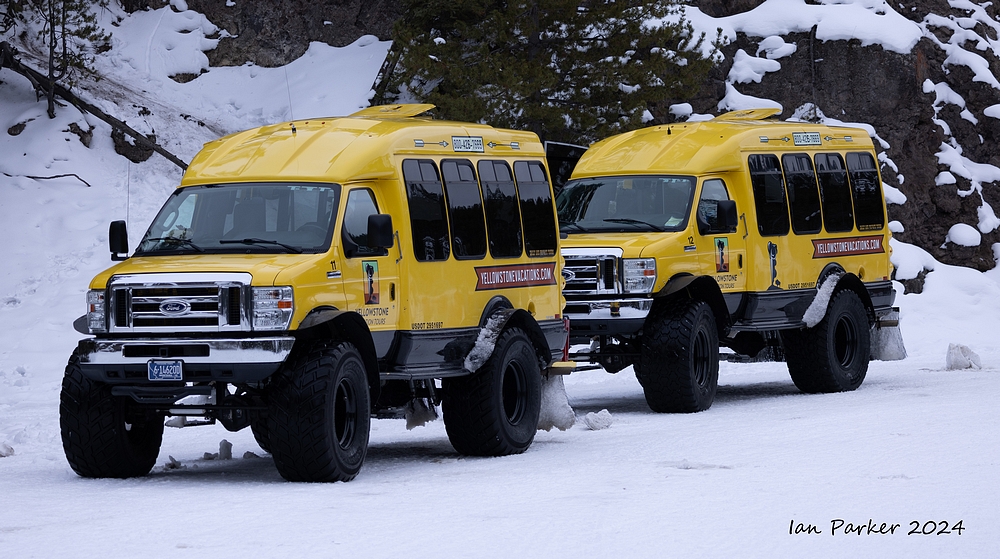 |
Photos below are presented in reverse chronological order. For a more coherent layout by subject/place see HERE
Our final two nights at Yellowstone were based at Mammoth Hot Springs, with a visit to the Terraces, and excursions searching for (rather sparse) wildlife in the north of the Park.
Mammoth Terraces
A few wildlife sightings in North Yellowstone
Yellowstone3_NEWselect/BIG/tn__5R_7154_tweak.jpg) Two elk; Yellowstone National Park |
We stayed for two nights at the Old Faithful Snow Lodge, from where we could walk to explore the landscape and thermal features.
Sunrise photos around Old Faithful
| |
Eruptions!
Geyser eruptions are all white - so a monochrome conversion sacrifices little color information and allows greater contrast by darkening the sky to an extent that would appear unnatural if it remained rendered in blue.
On a cold winter day the clouds of condensing steam before and during an eruption tend to mask the actual column of erupted water. Here, I took advantage of the maleability of b/w images to more clearly deliniate eruptions with side- and back-lighting.
Details and abstracts
Geothermal features
A pink, frosty dawn.
Waterfalls visited on snowcoach excursions
During our first days we journeyed through the park on the lookout for wildlife. Sightings were less frequent than I had anticipated - and the animals tended to be a long way away... But we did have some good encounters.
Coyotes - we see plenty of these around our home, but they look more elegant in a wild setting among snow.
A red fox that we encountered right next to the road
Bison - the iconic species of Yellowstone.
I had hoped to shoot photos of snow-covered bison in blizzard conditions, but with the unseasonably warm conditions we had the best I got was snow-covered noses!
January 5th : A visit to Long Beach Aquarium
| IanParker 1146 McGaugh Hall University of California, Irvine, CA 92697 |
Please send enquiries to |
BACK TO > |

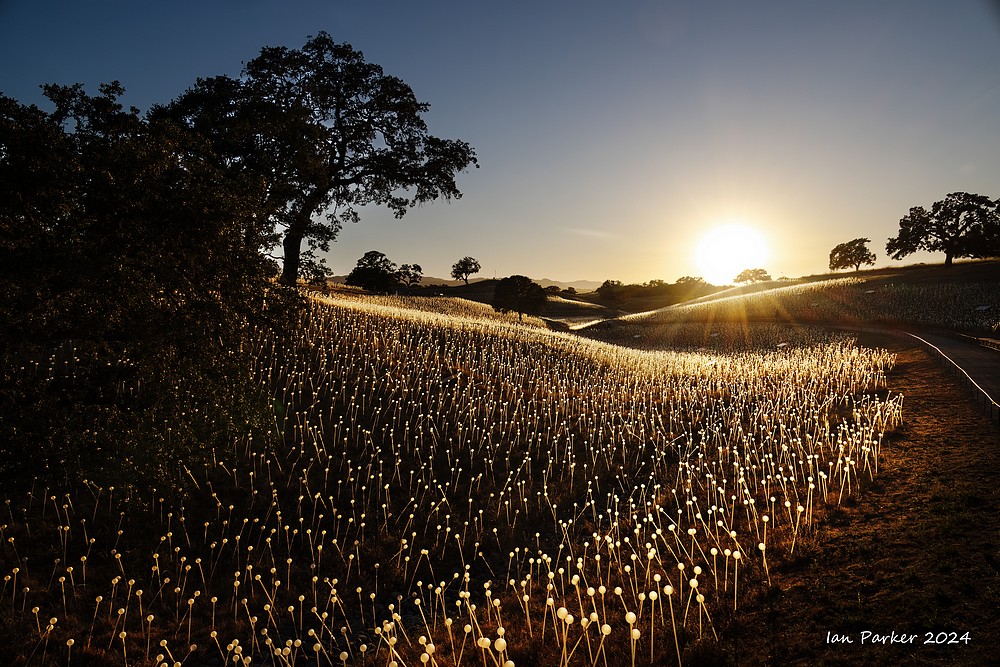
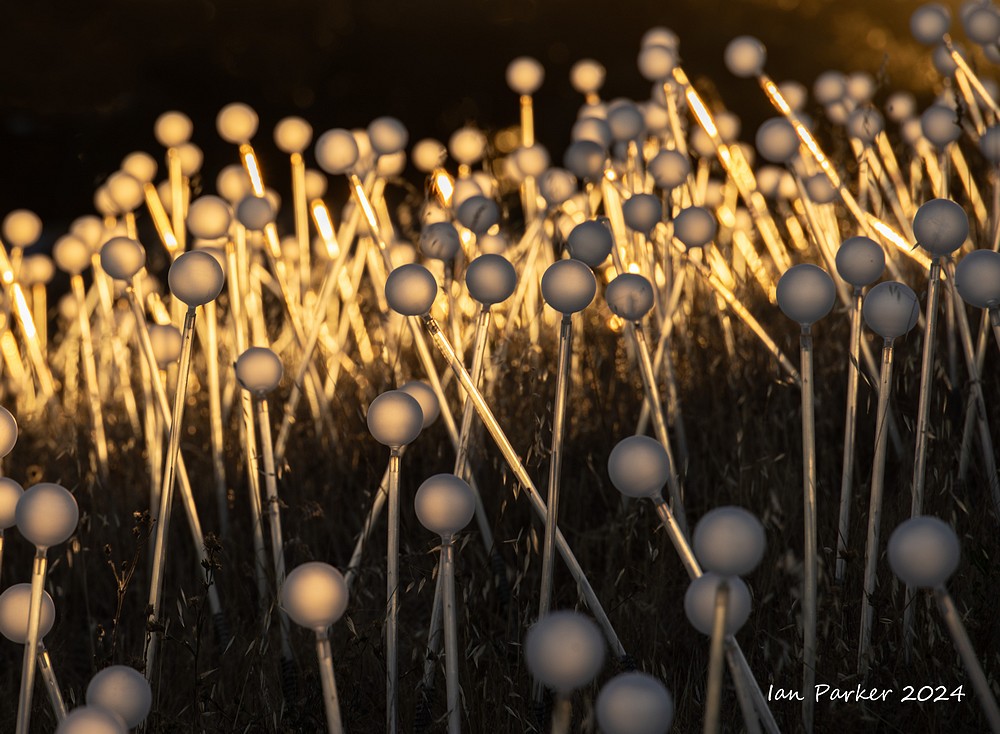
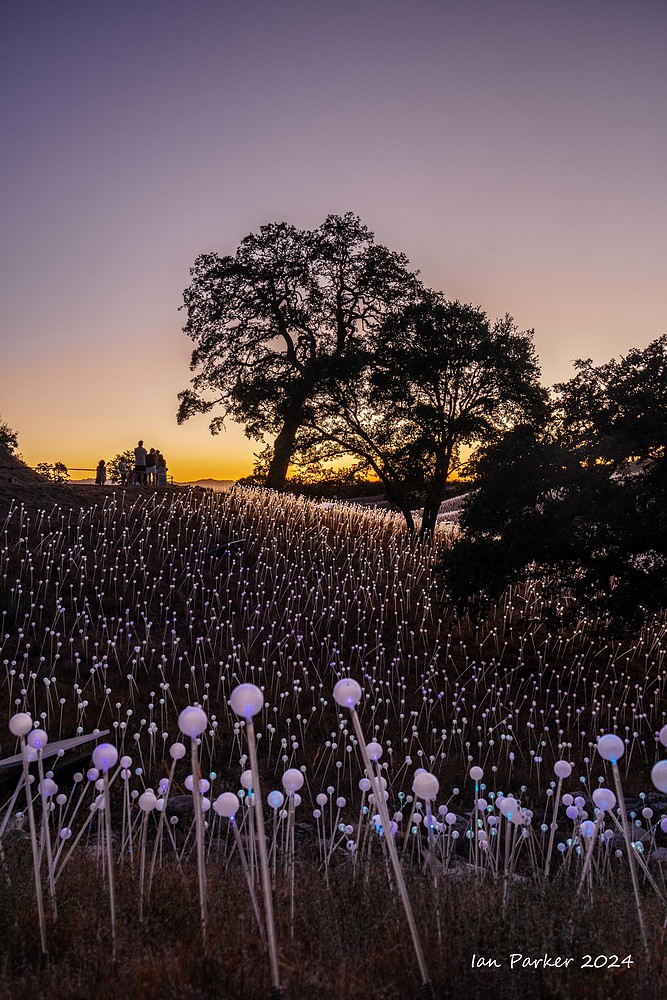
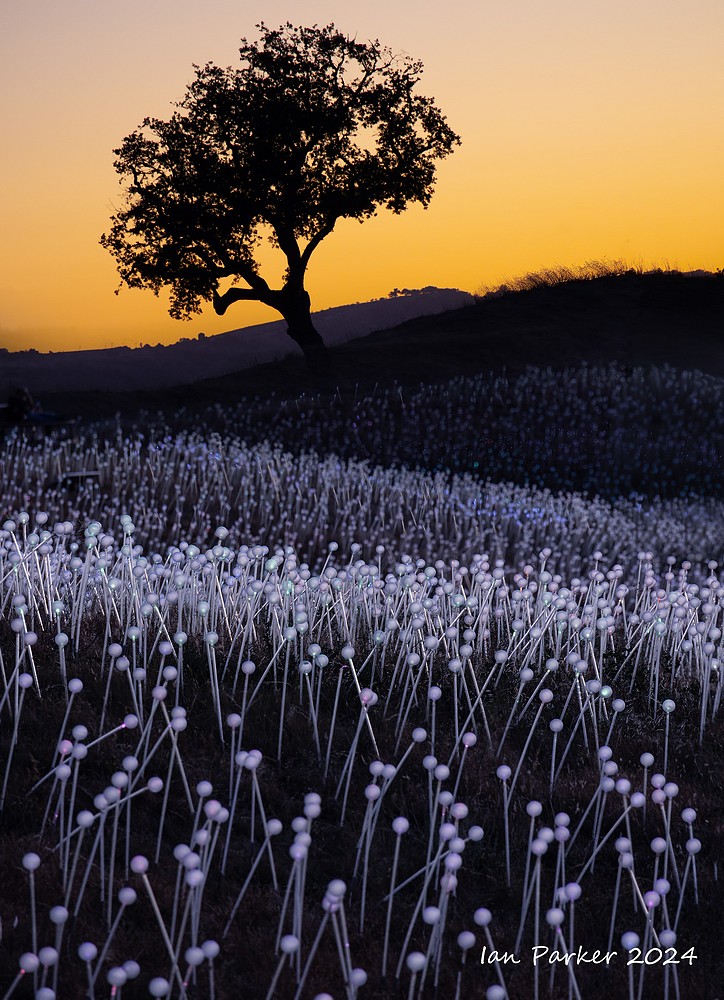
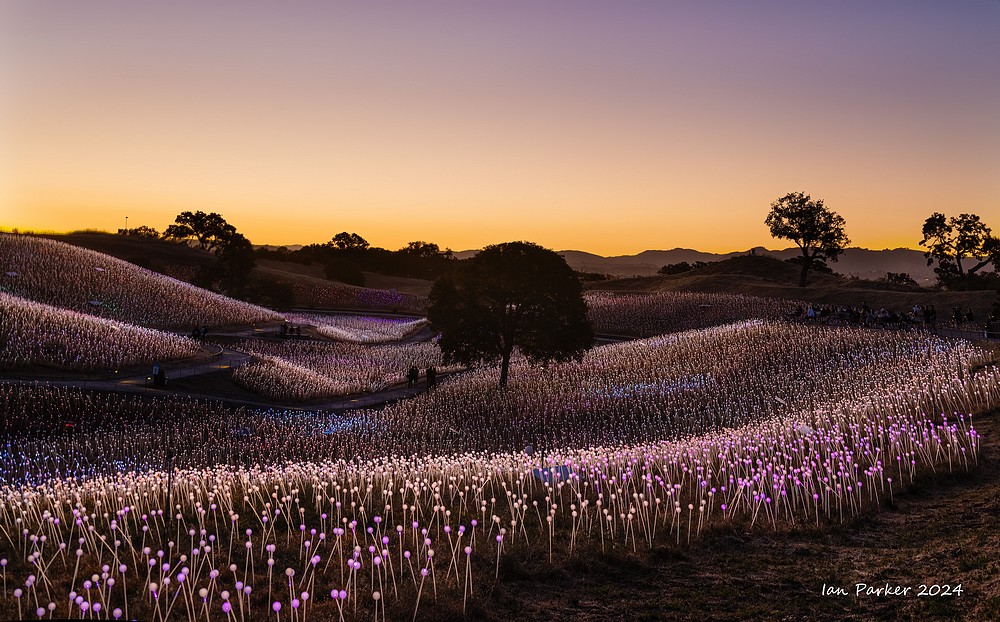
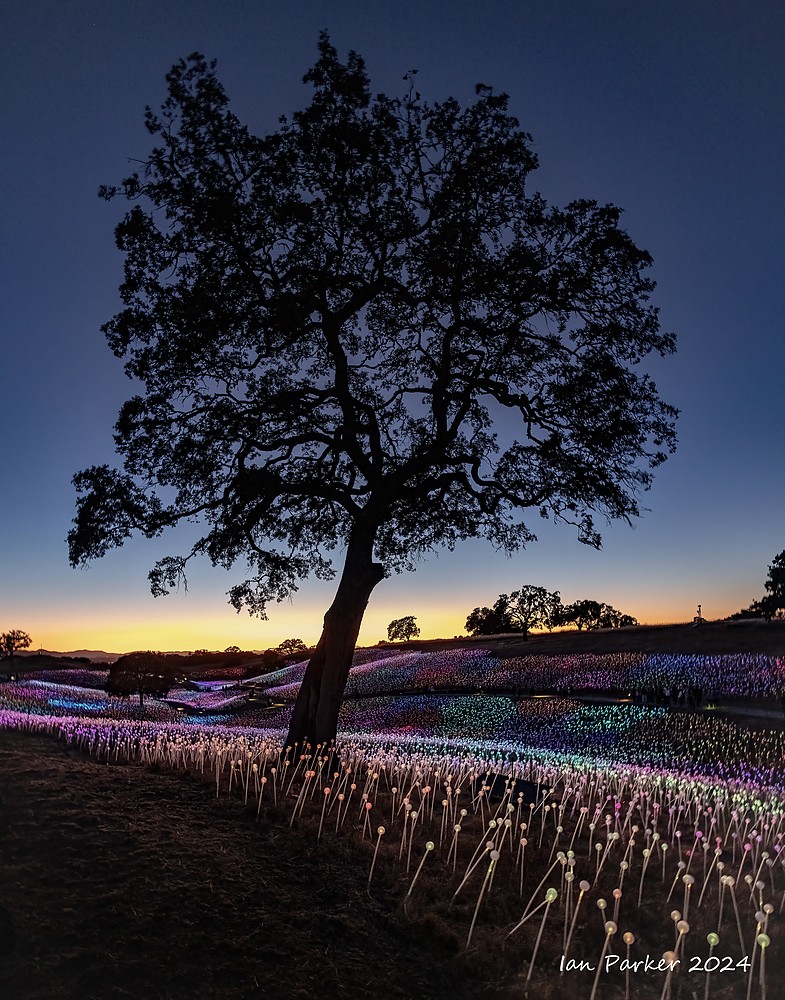
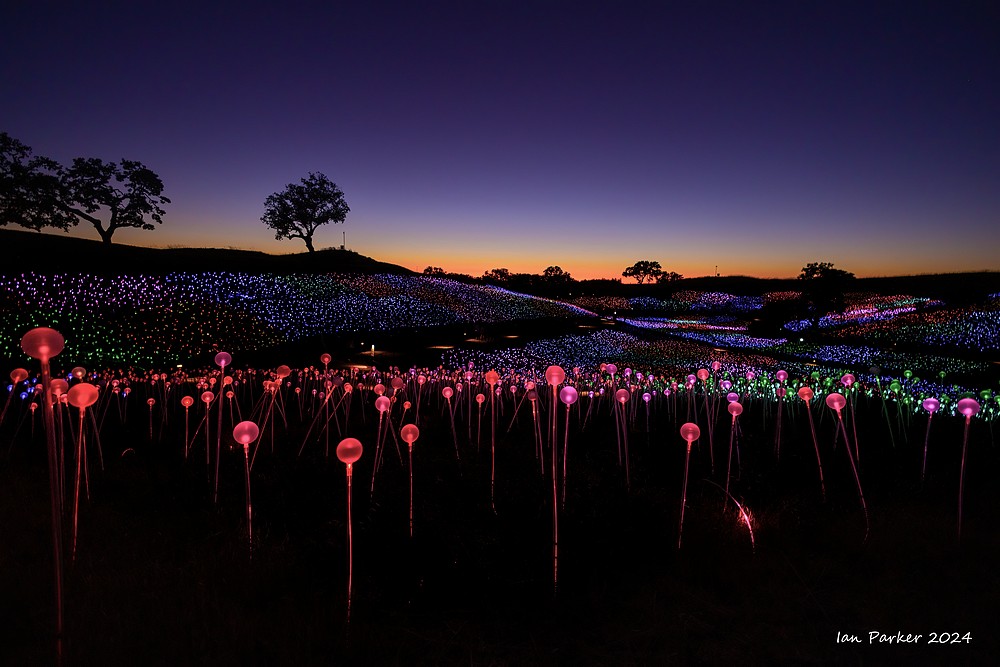
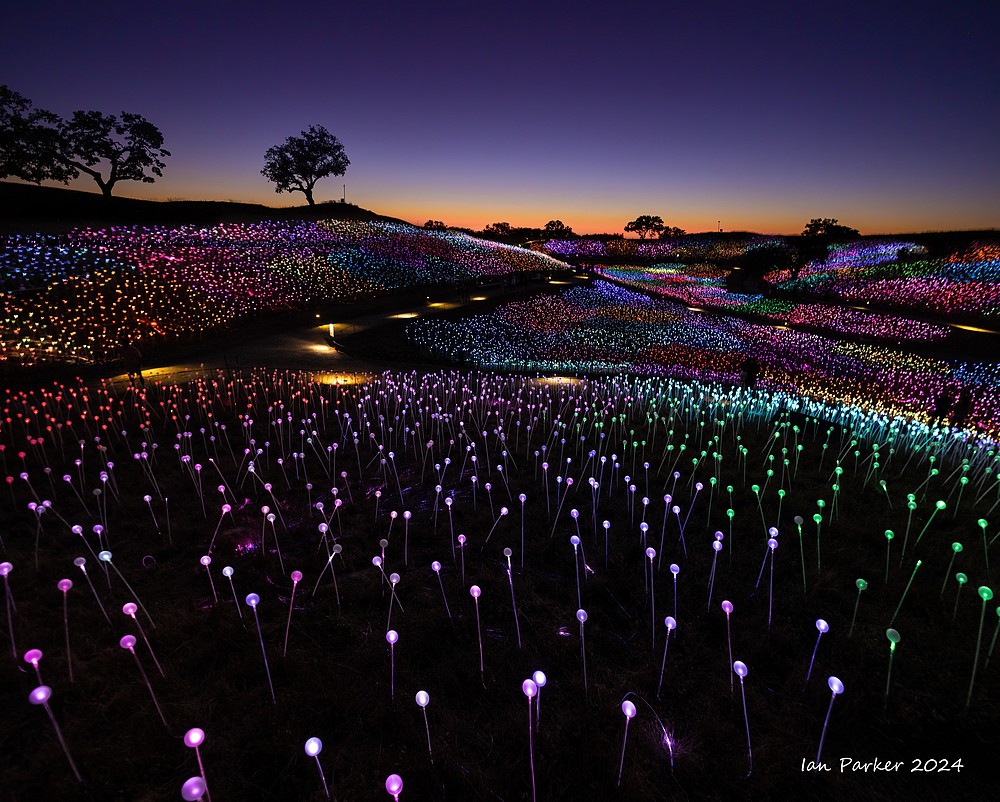


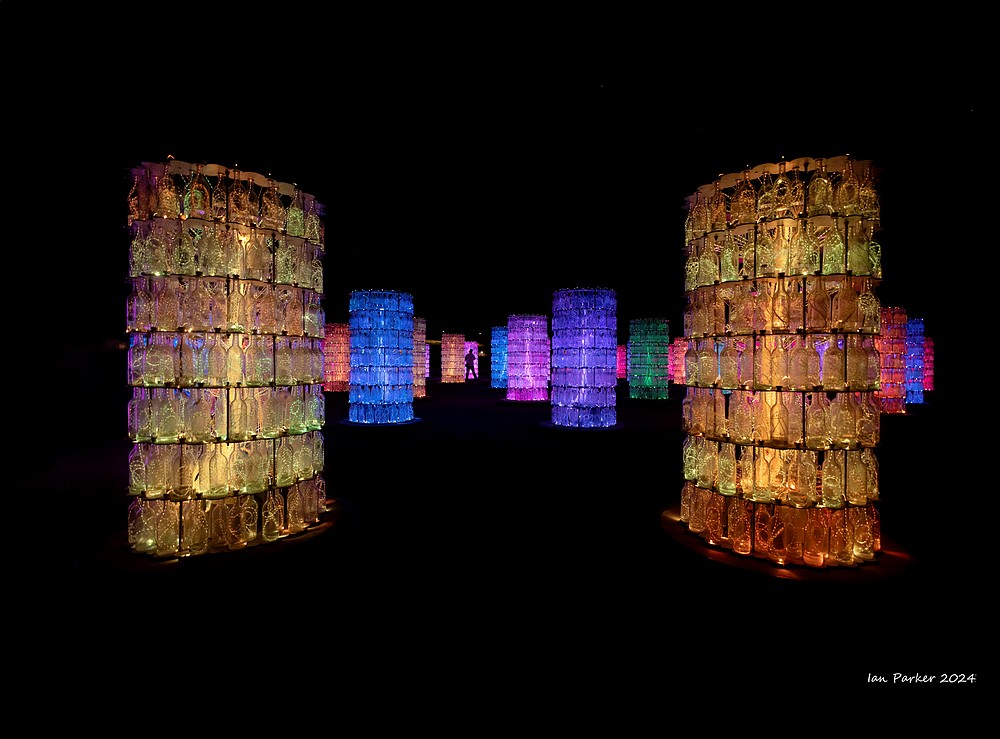
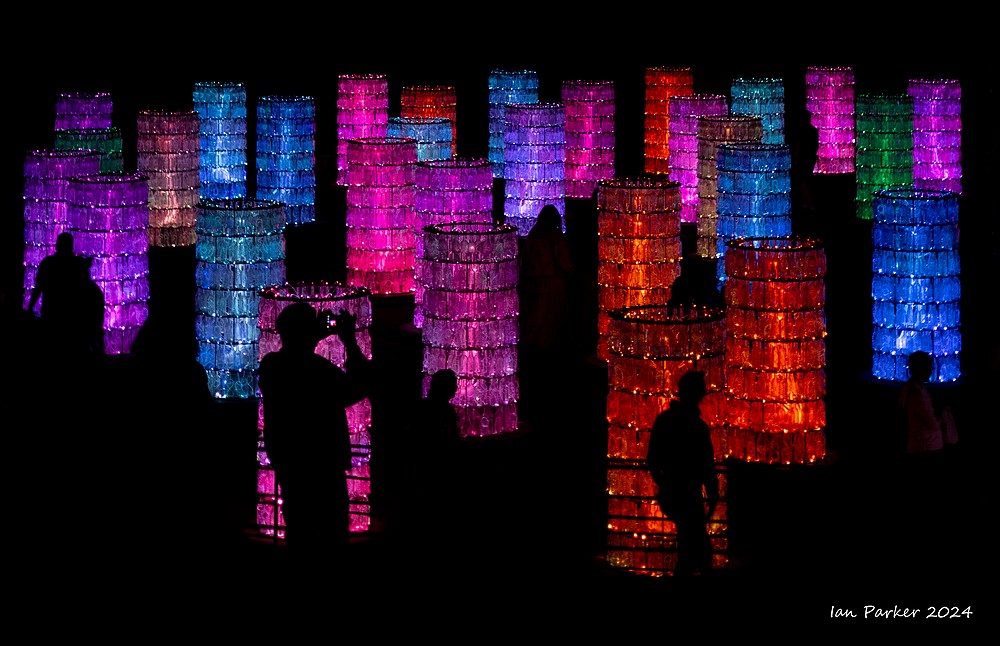

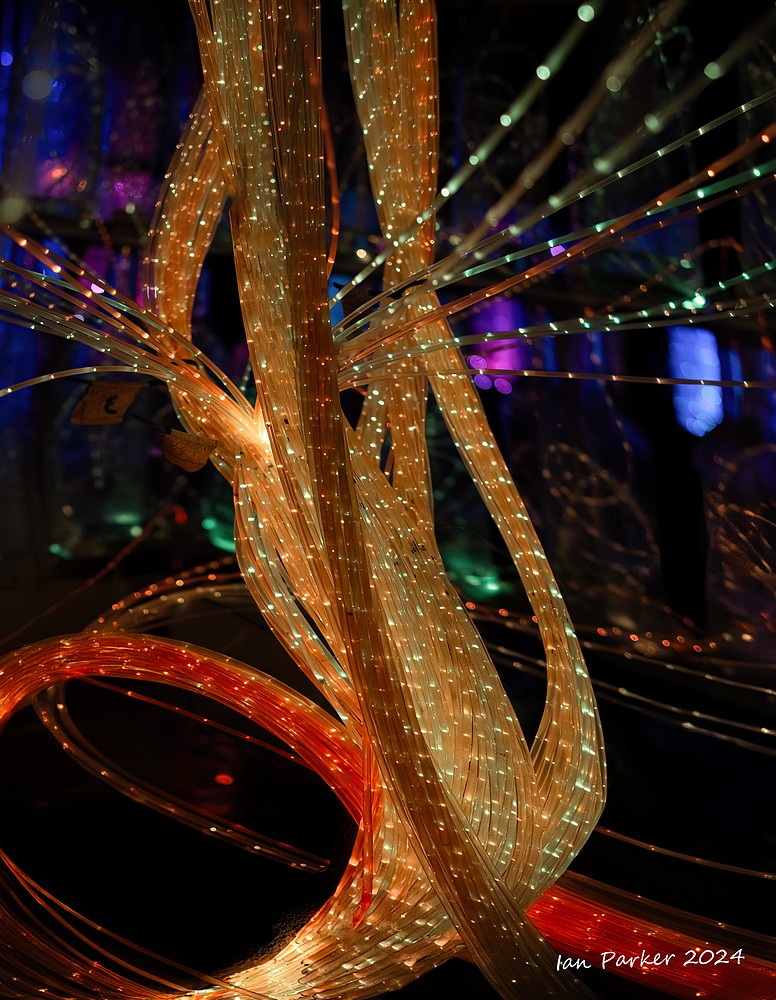
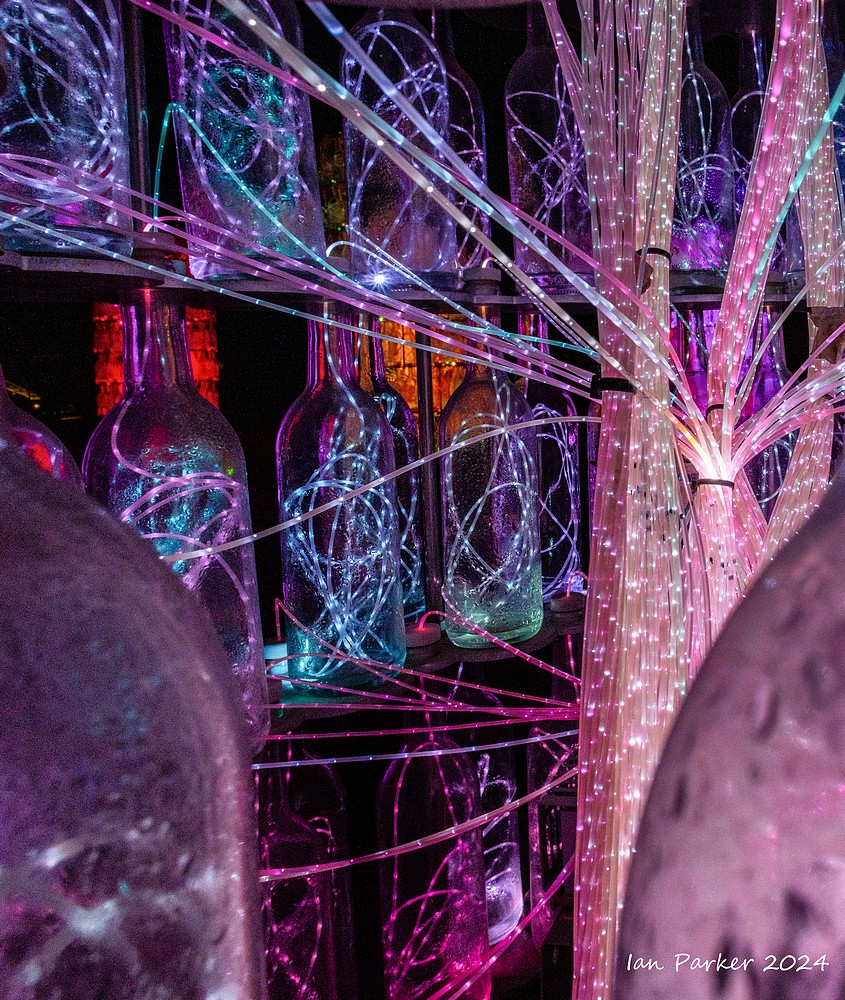
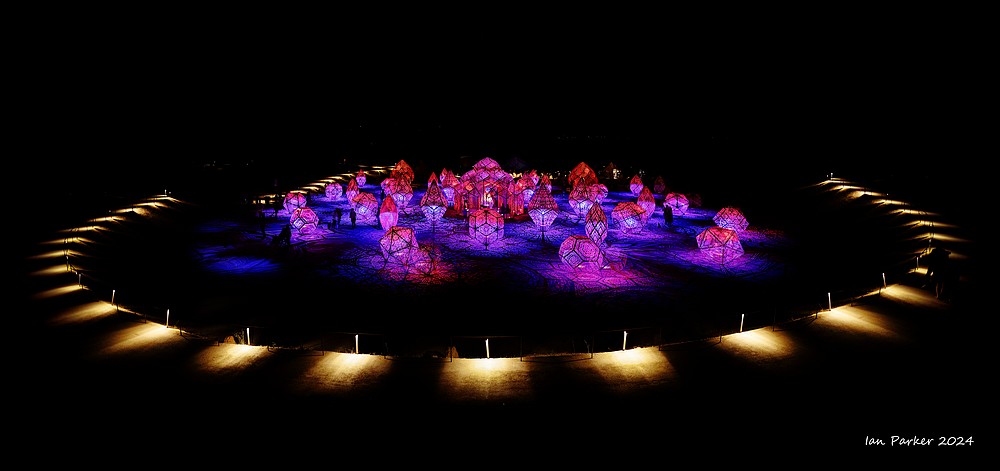
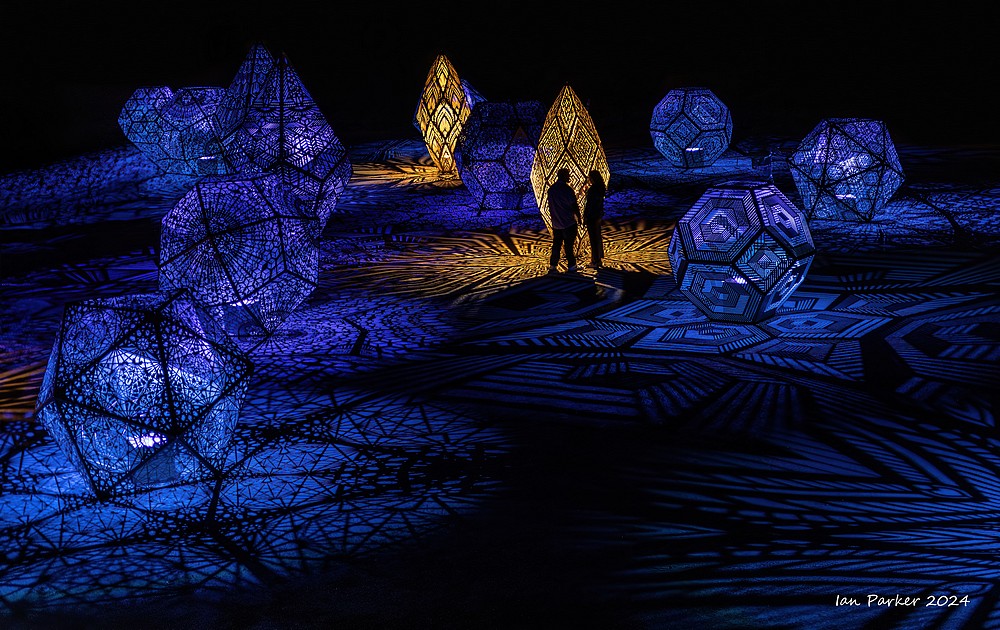
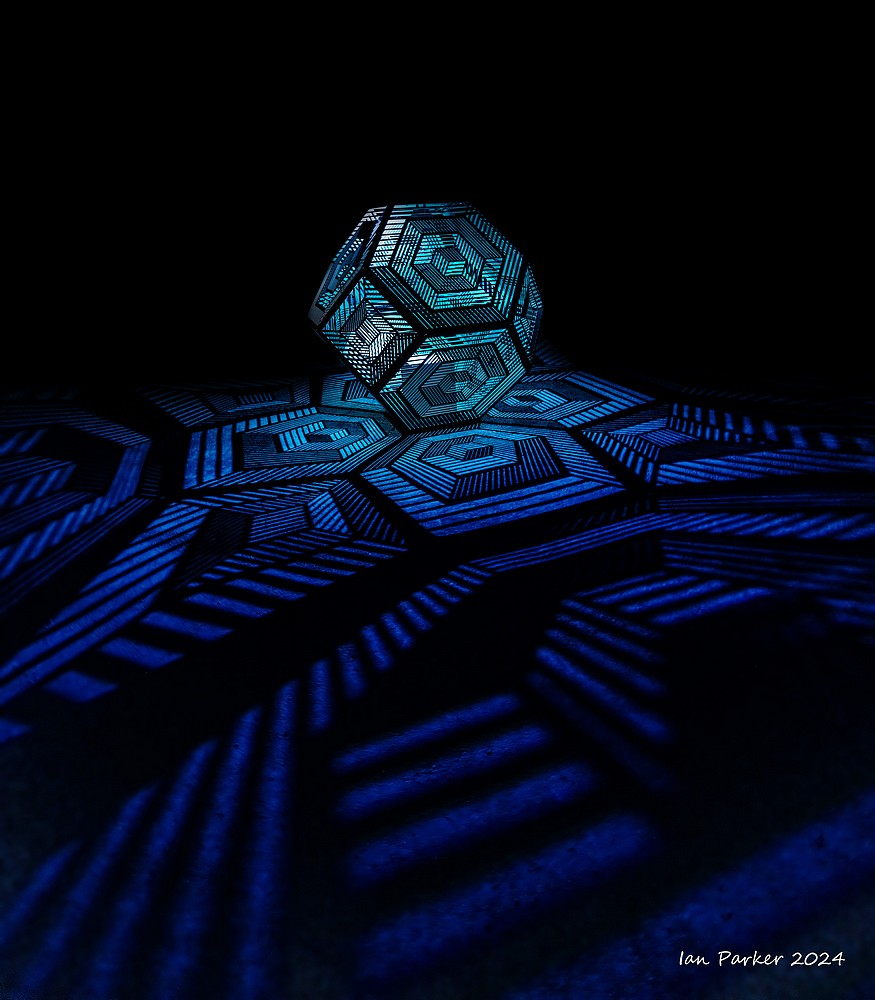
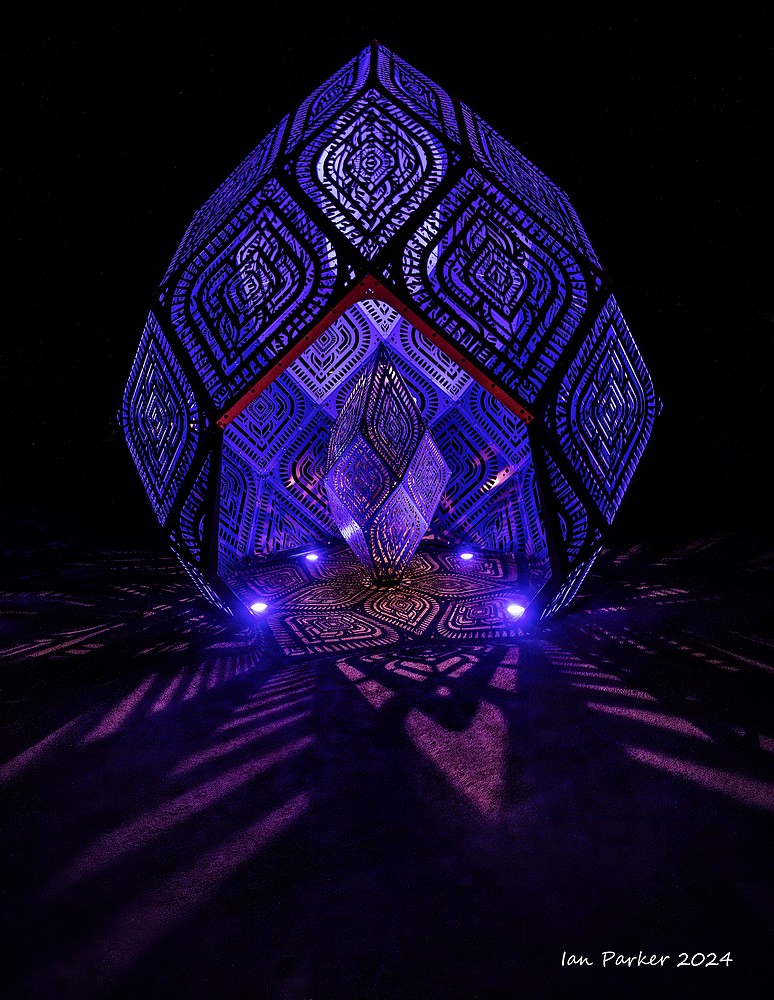

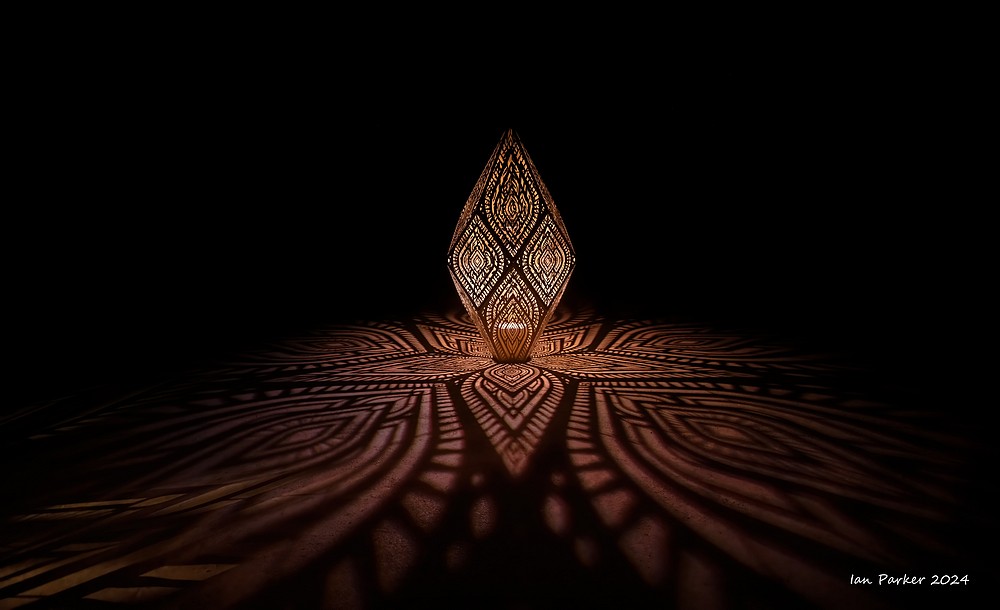
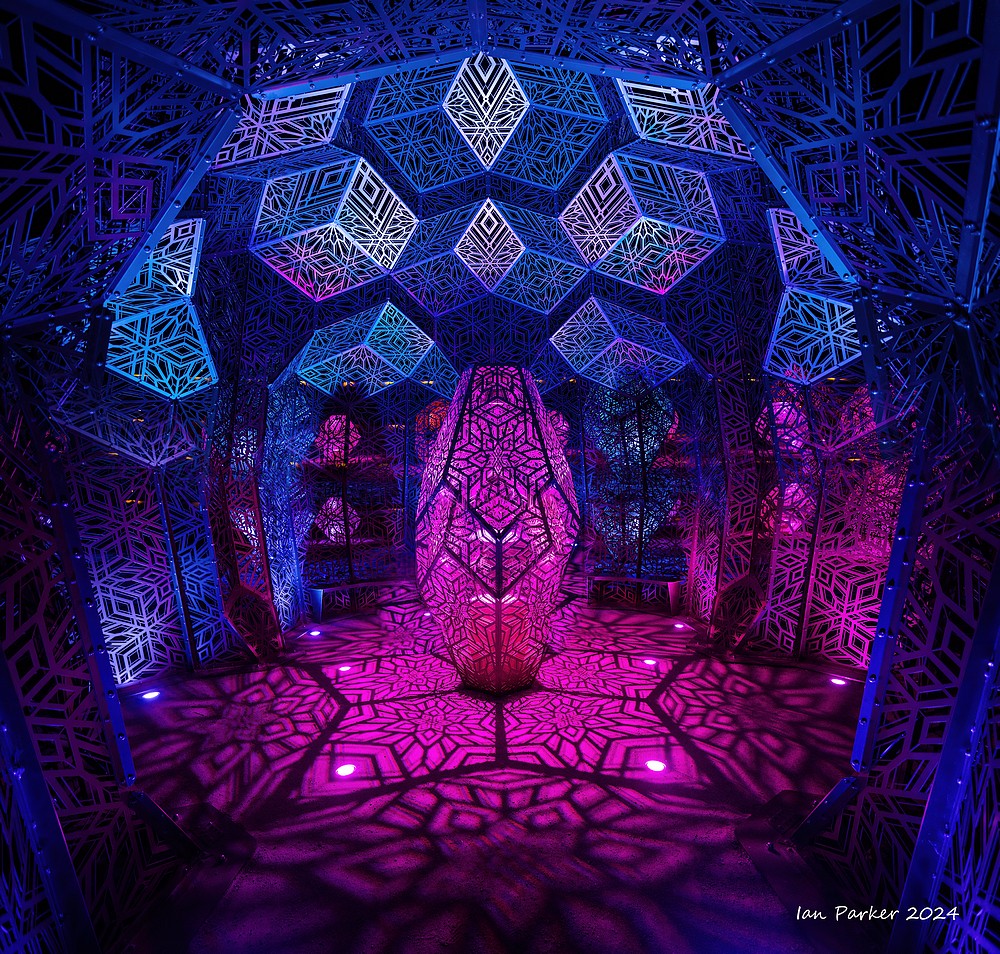
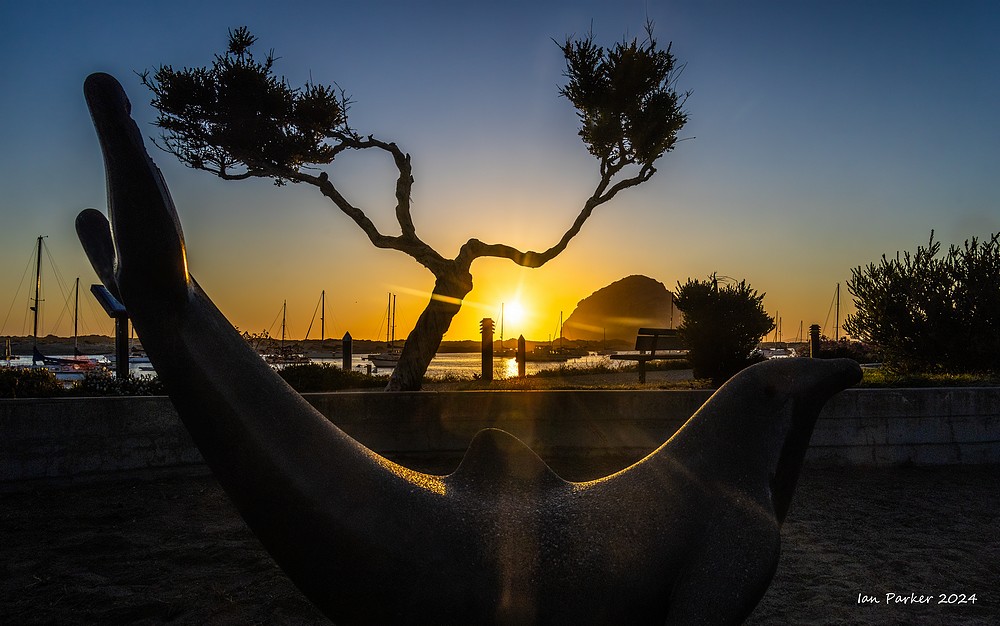
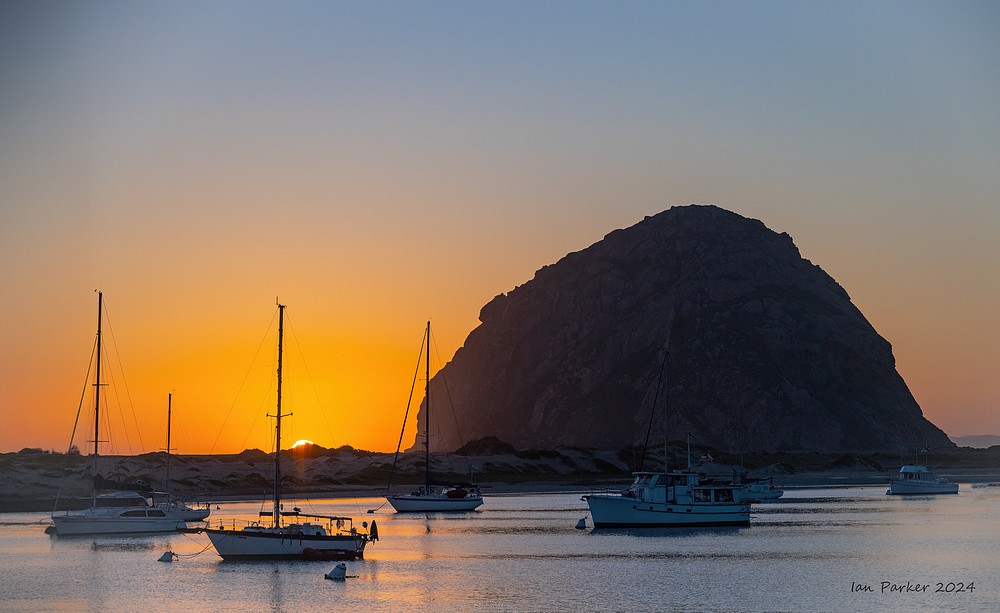
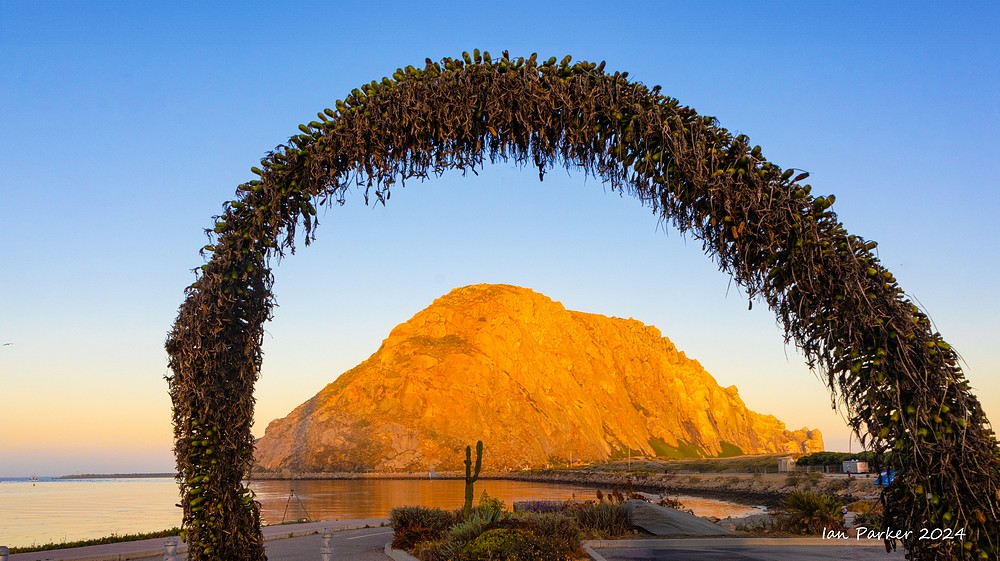

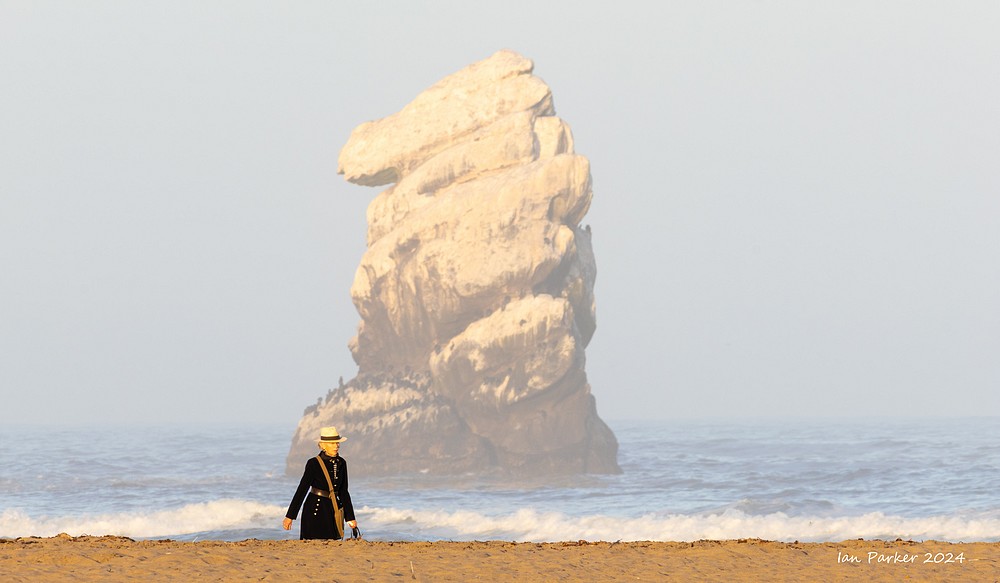
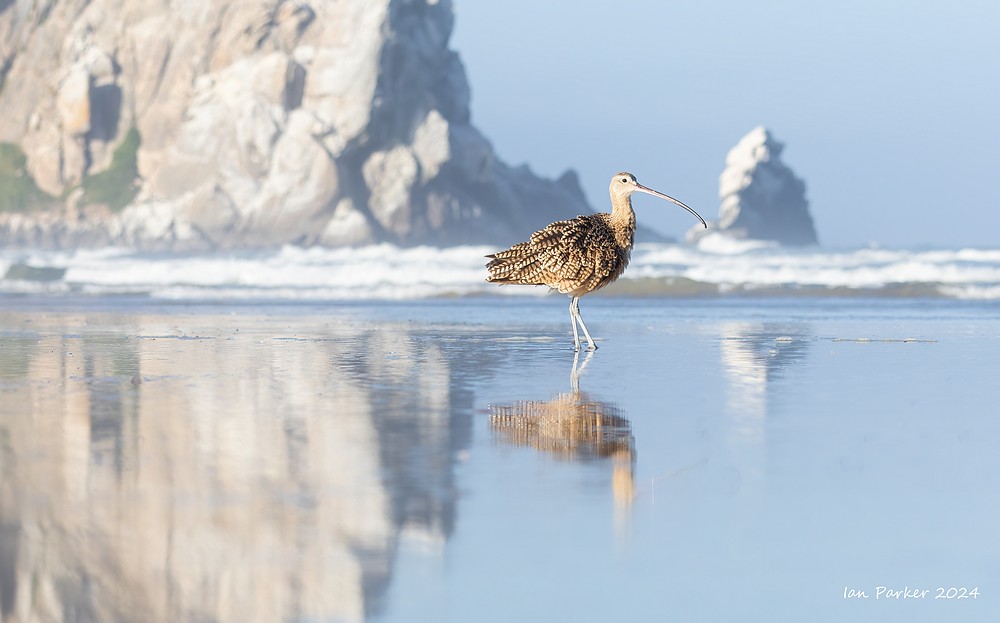
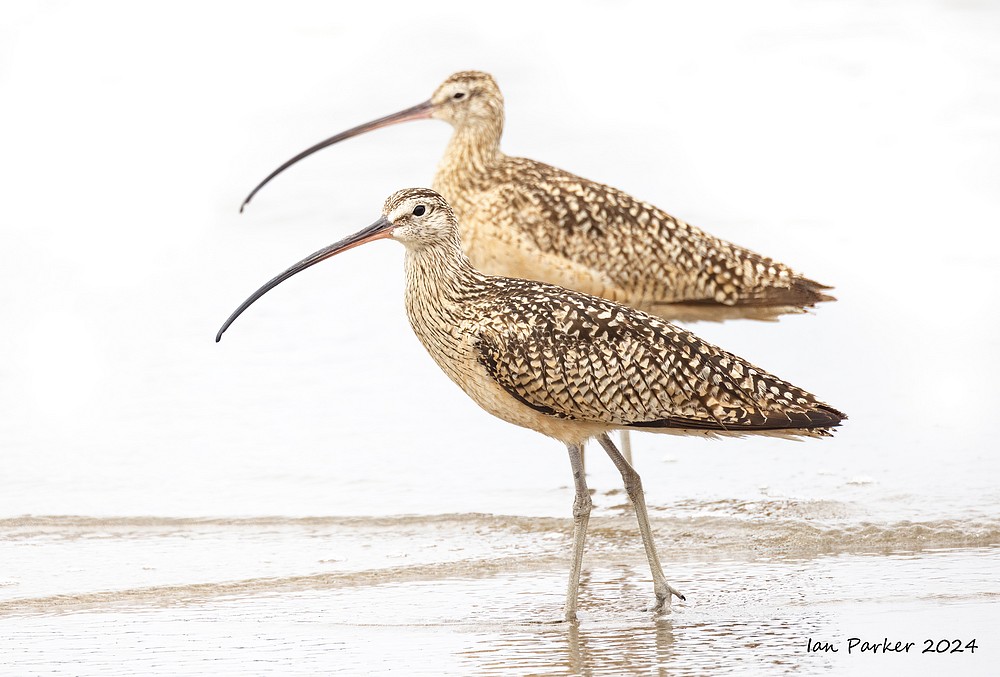
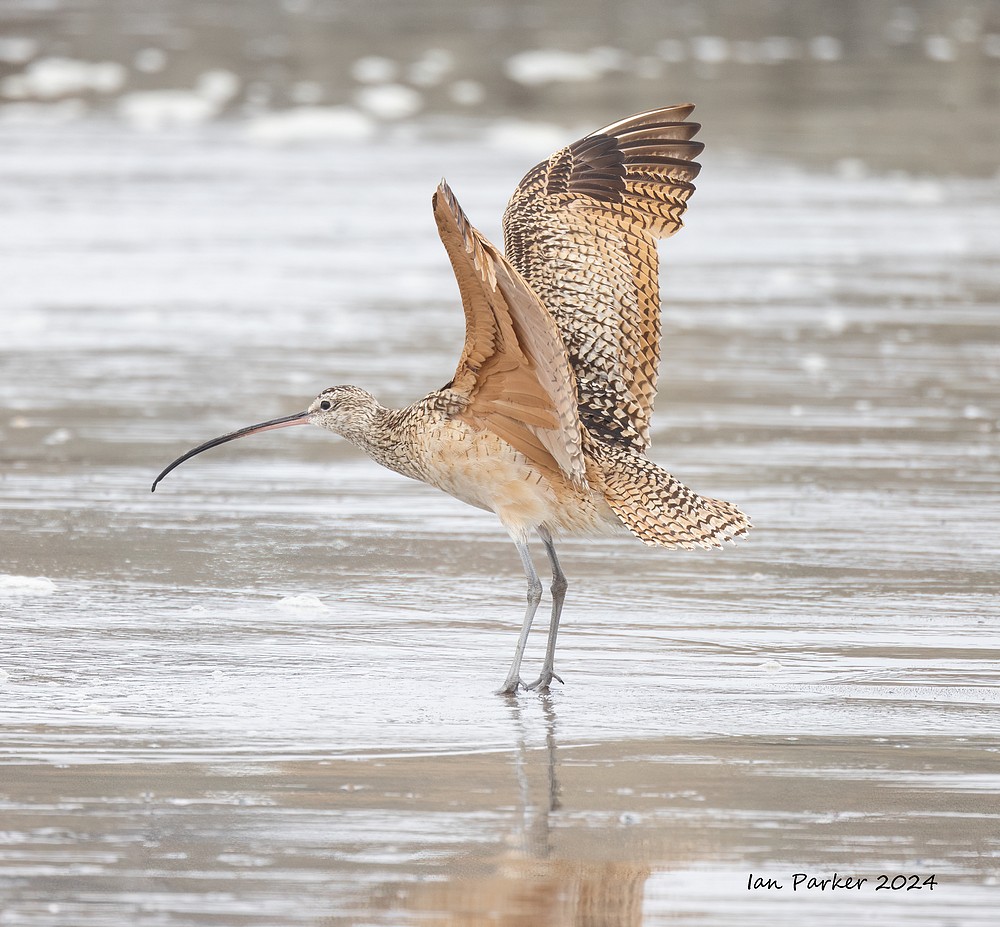
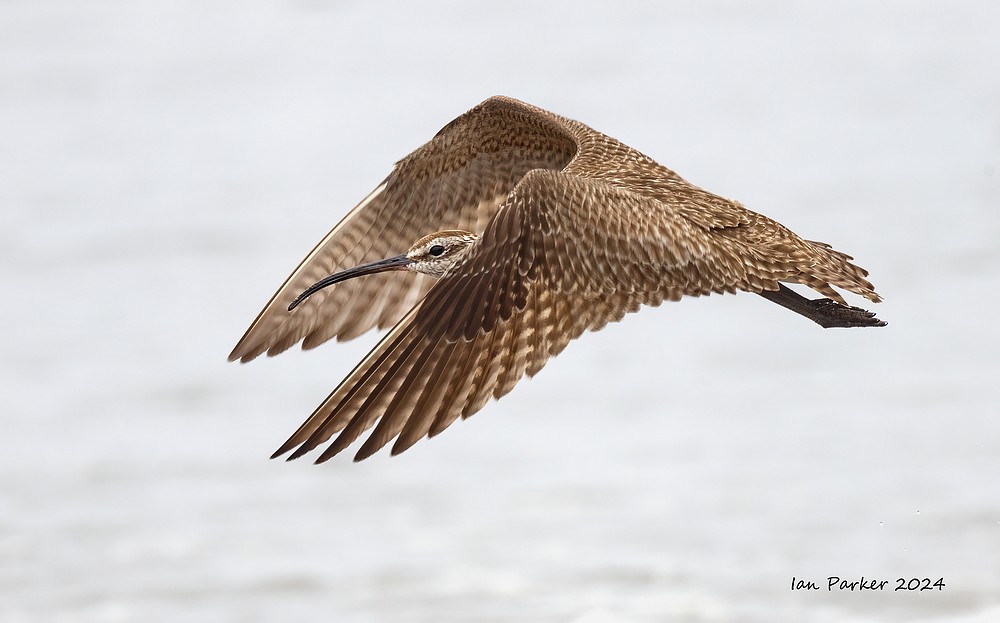
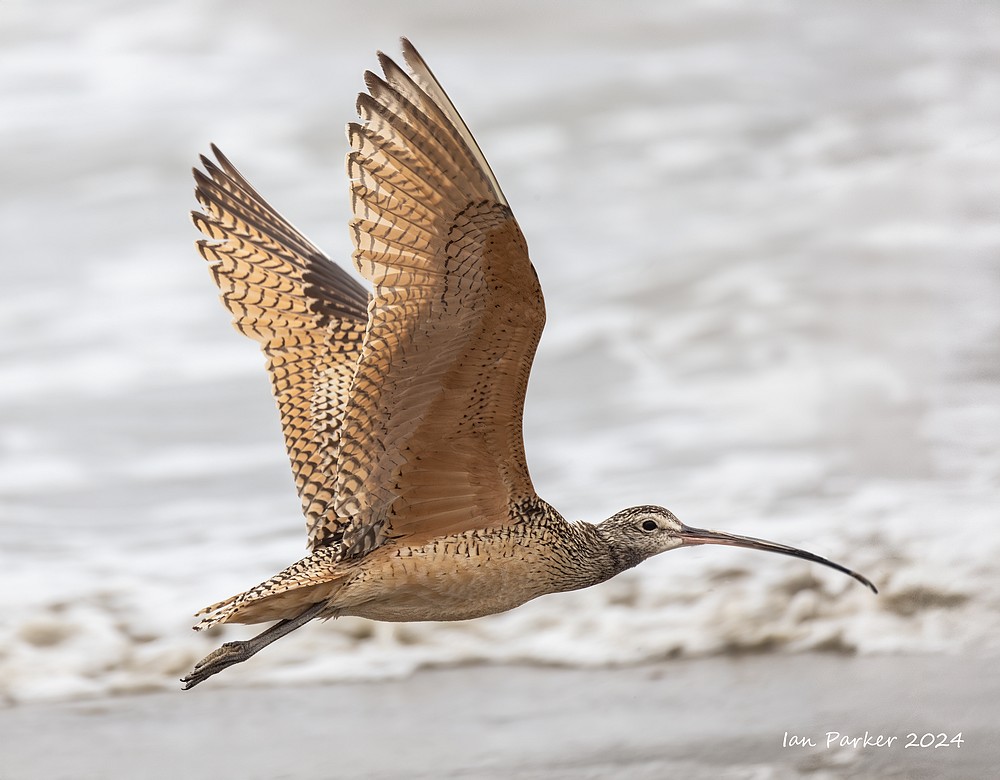
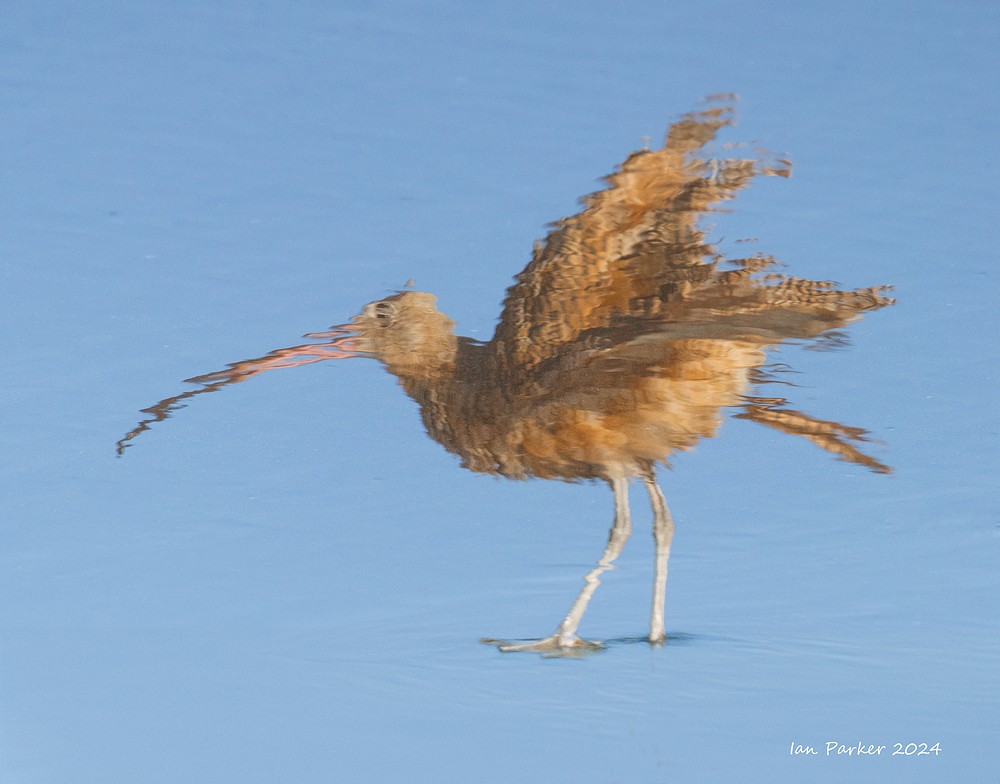
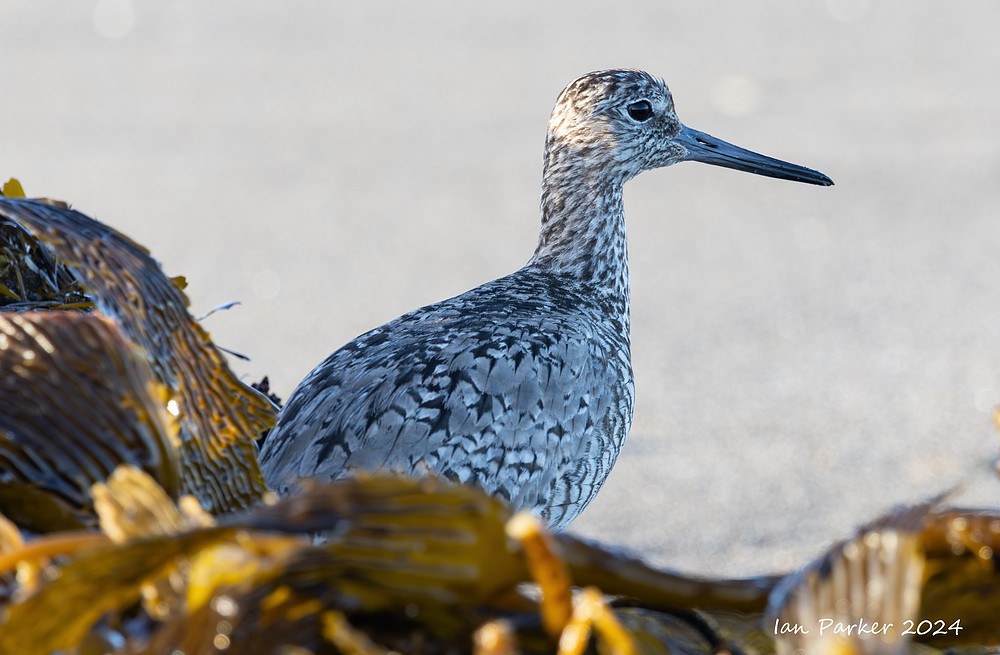
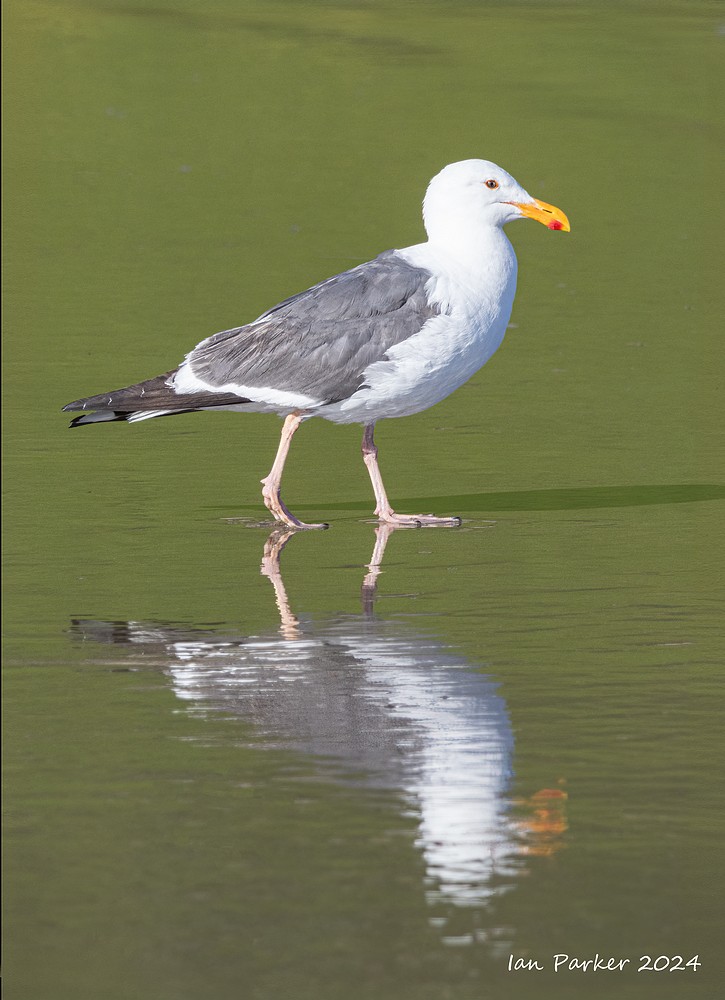
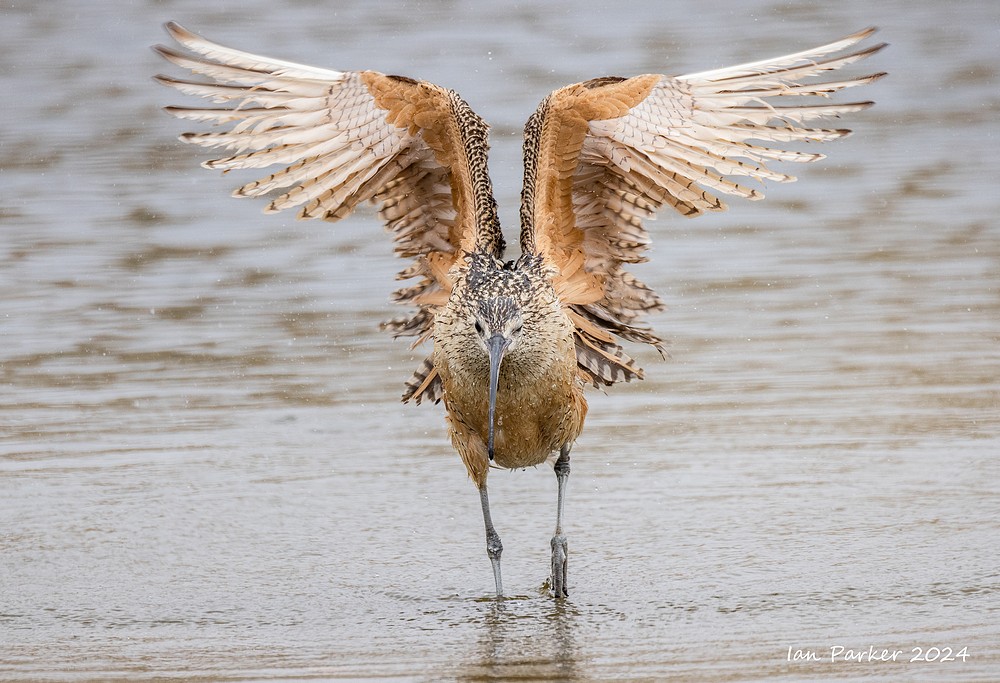


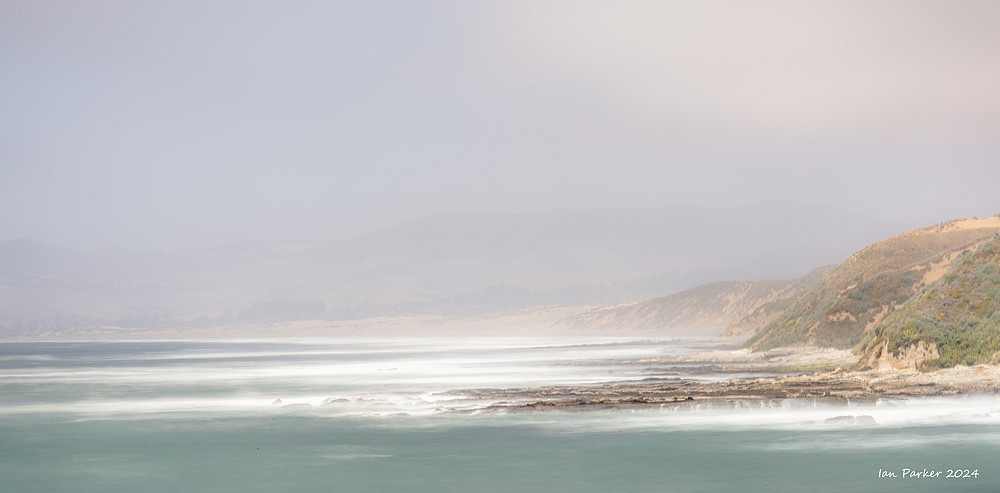
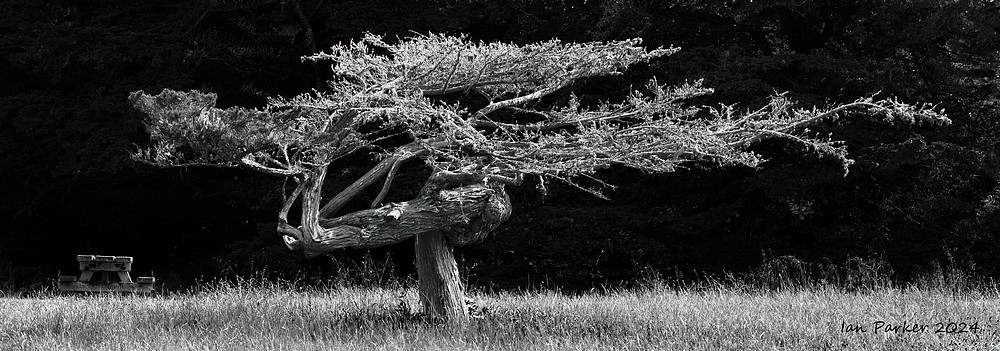
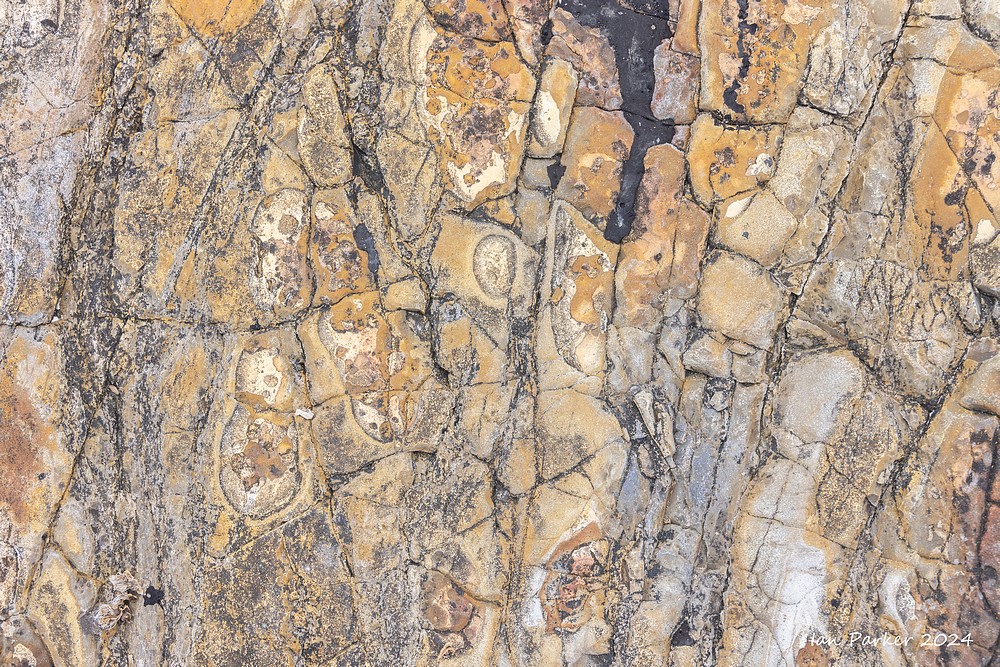
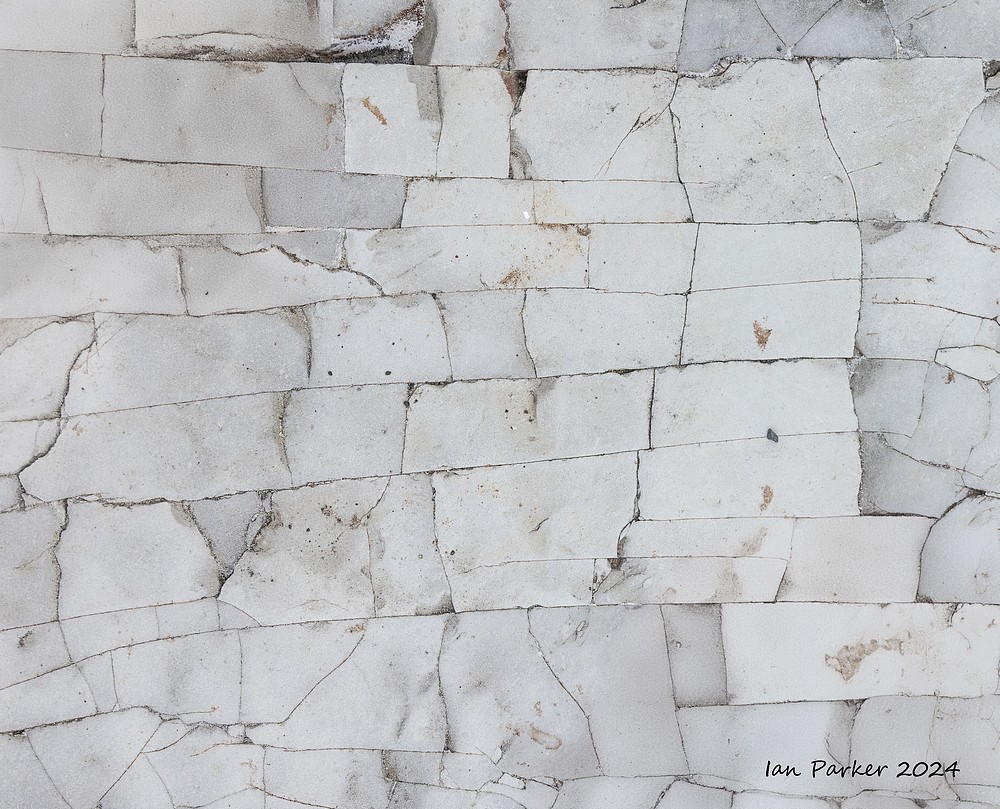
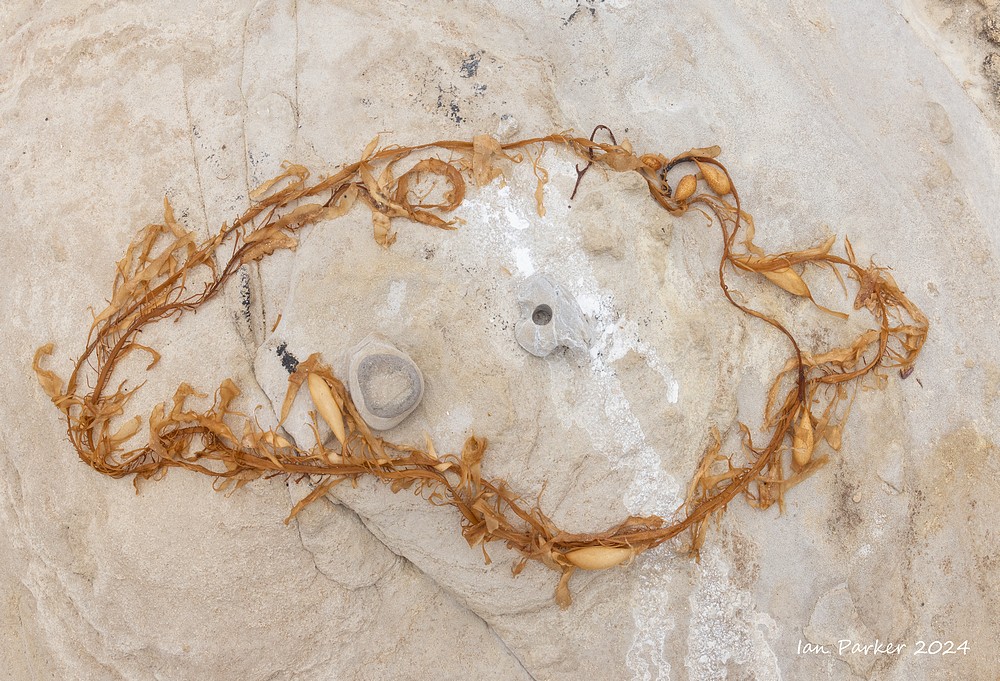

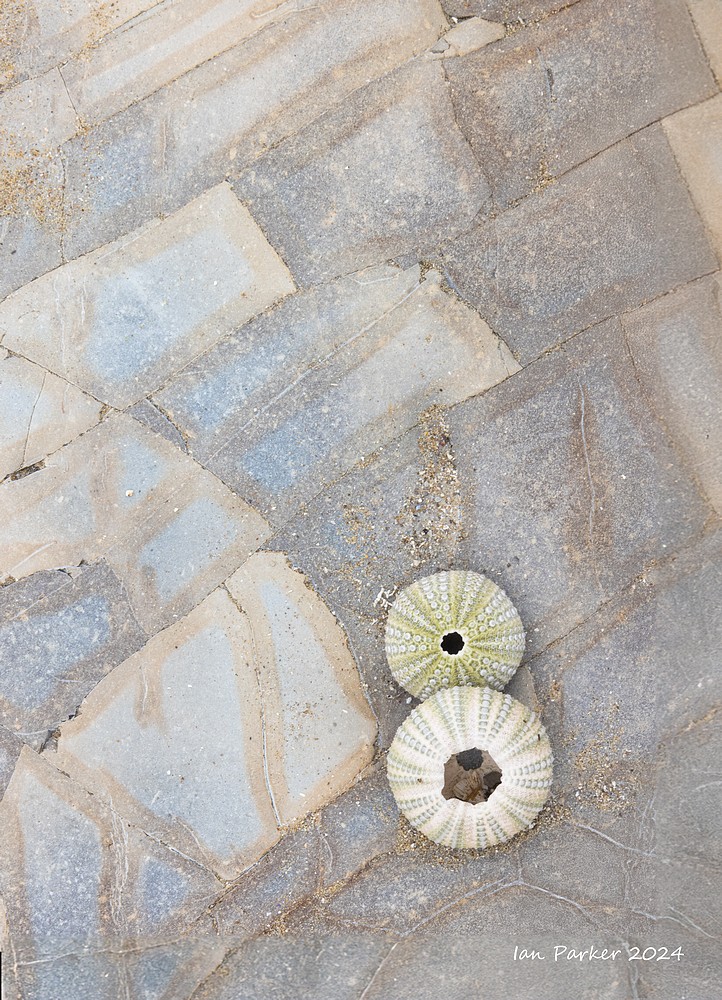
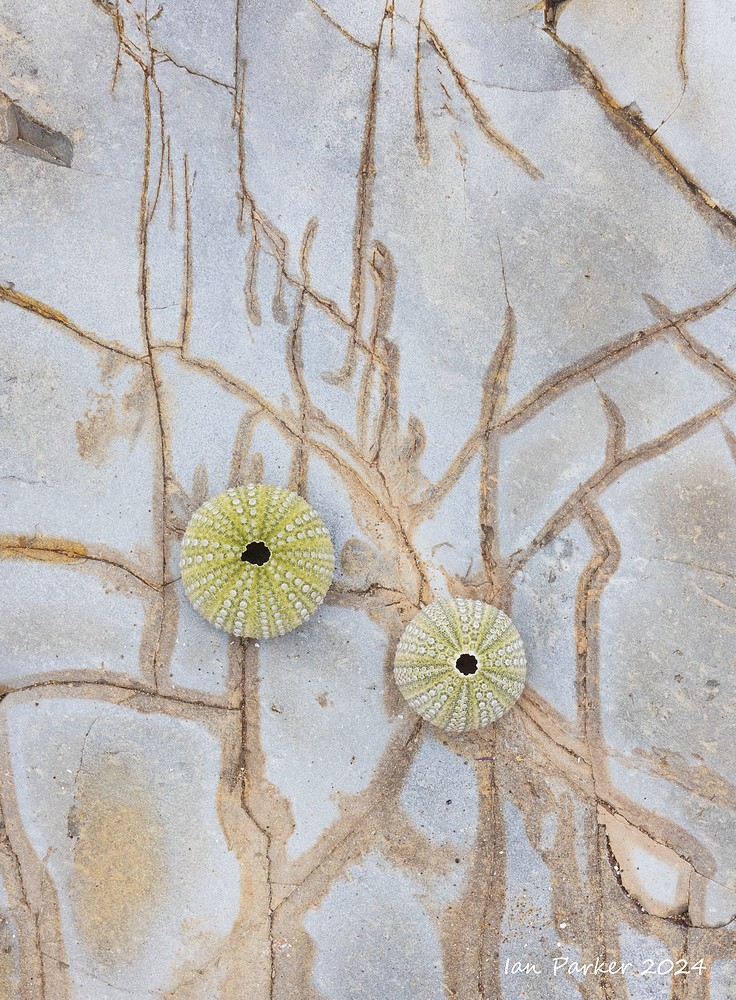
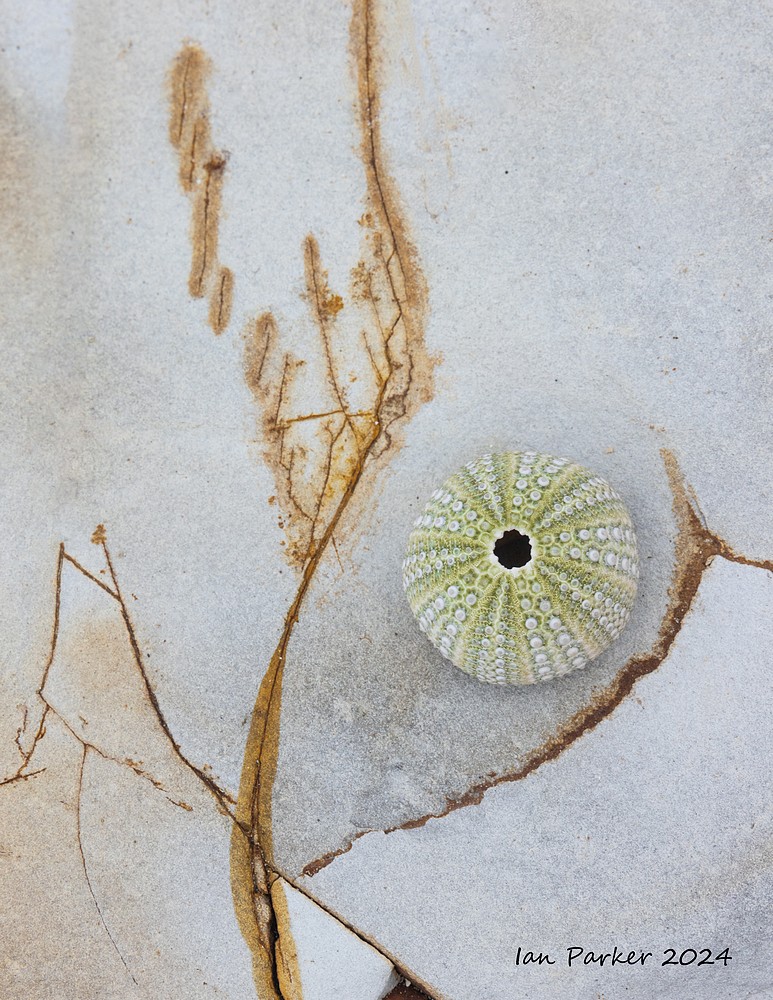

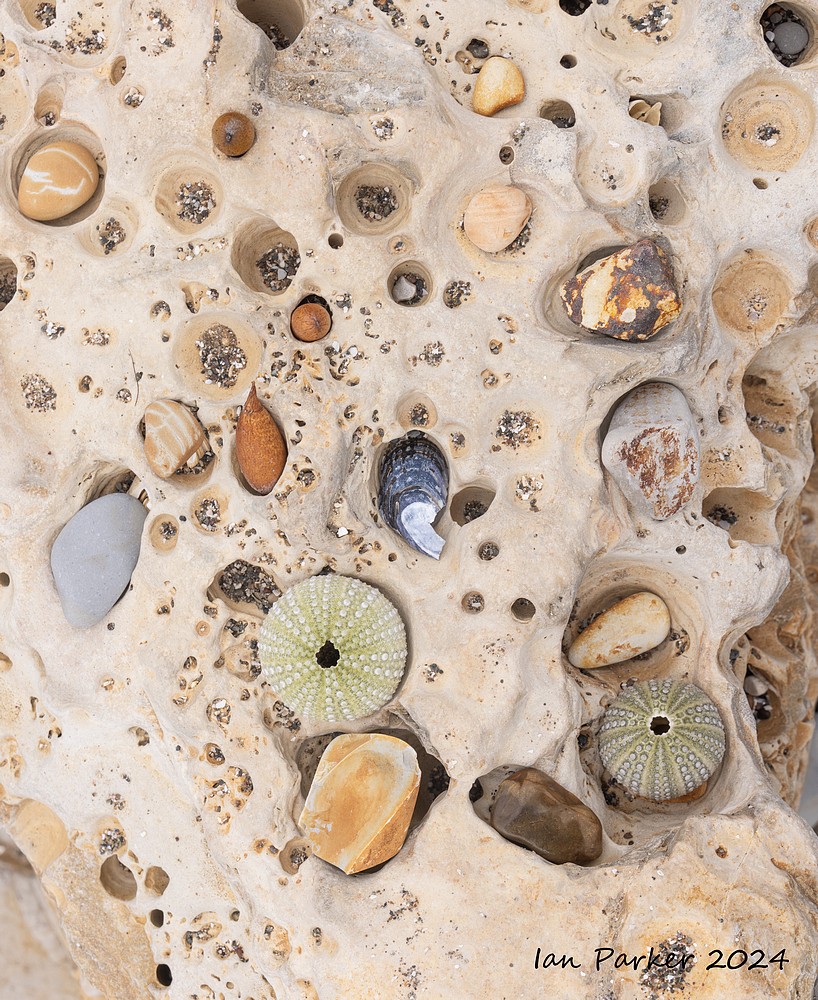
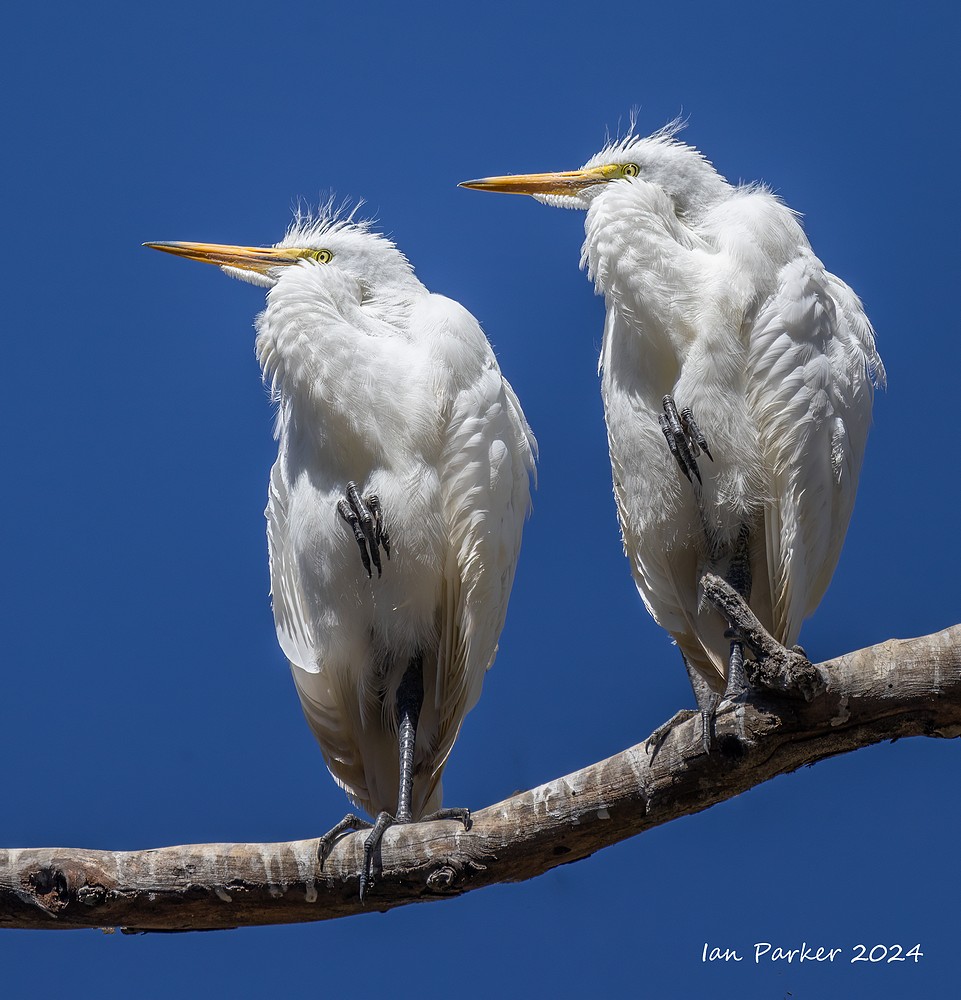

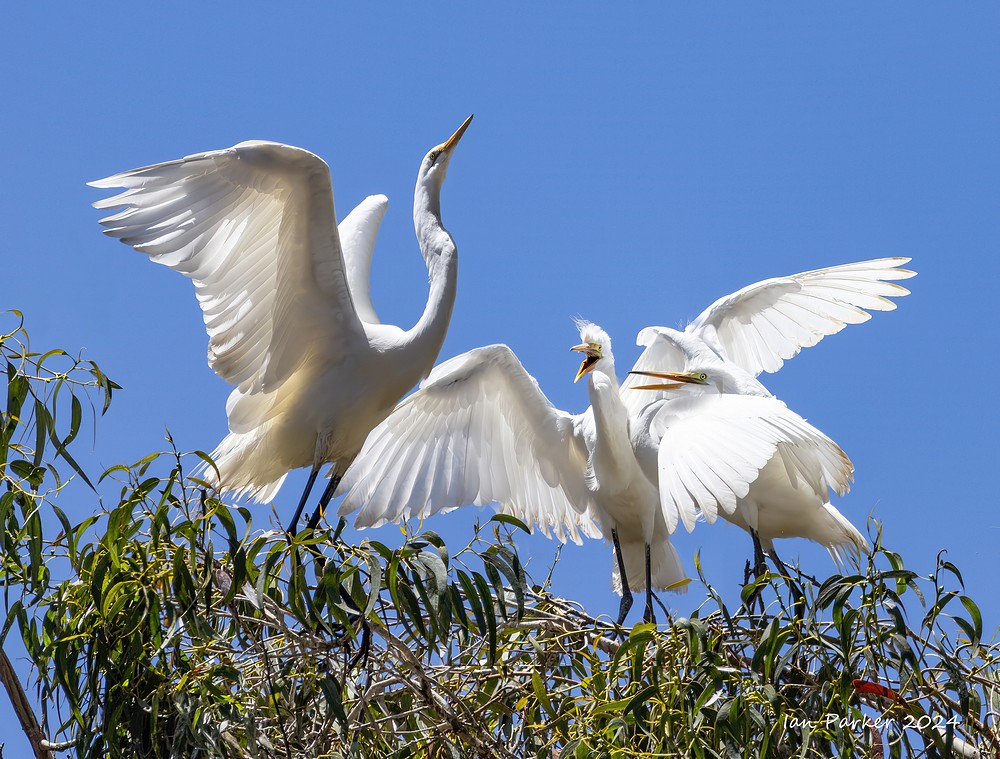



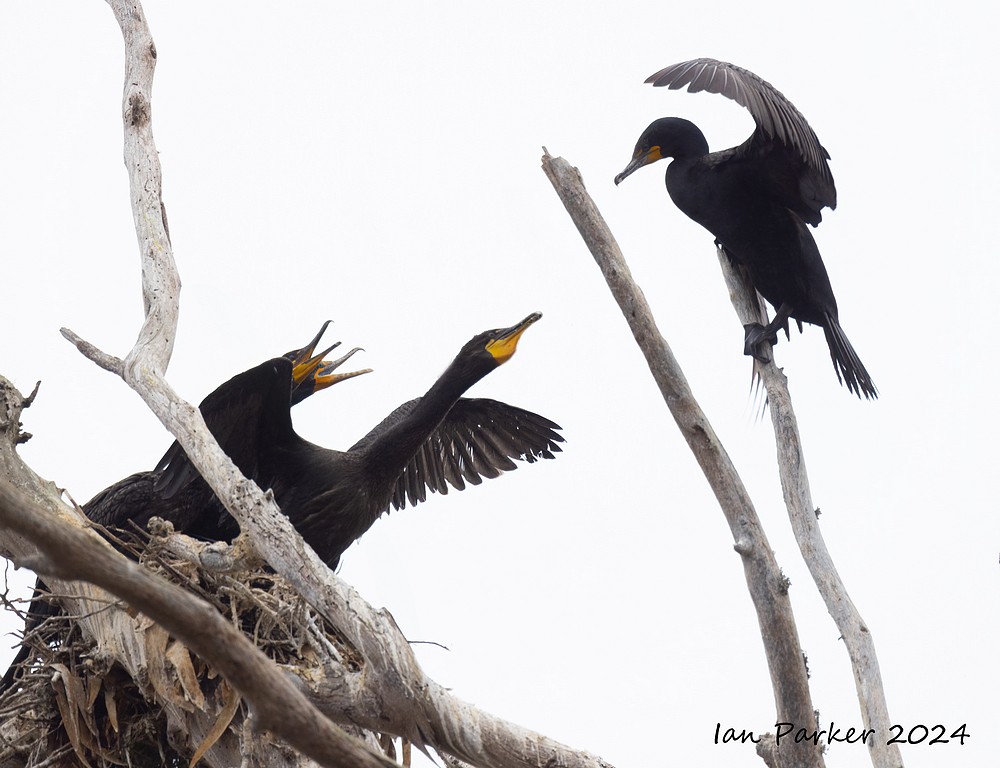

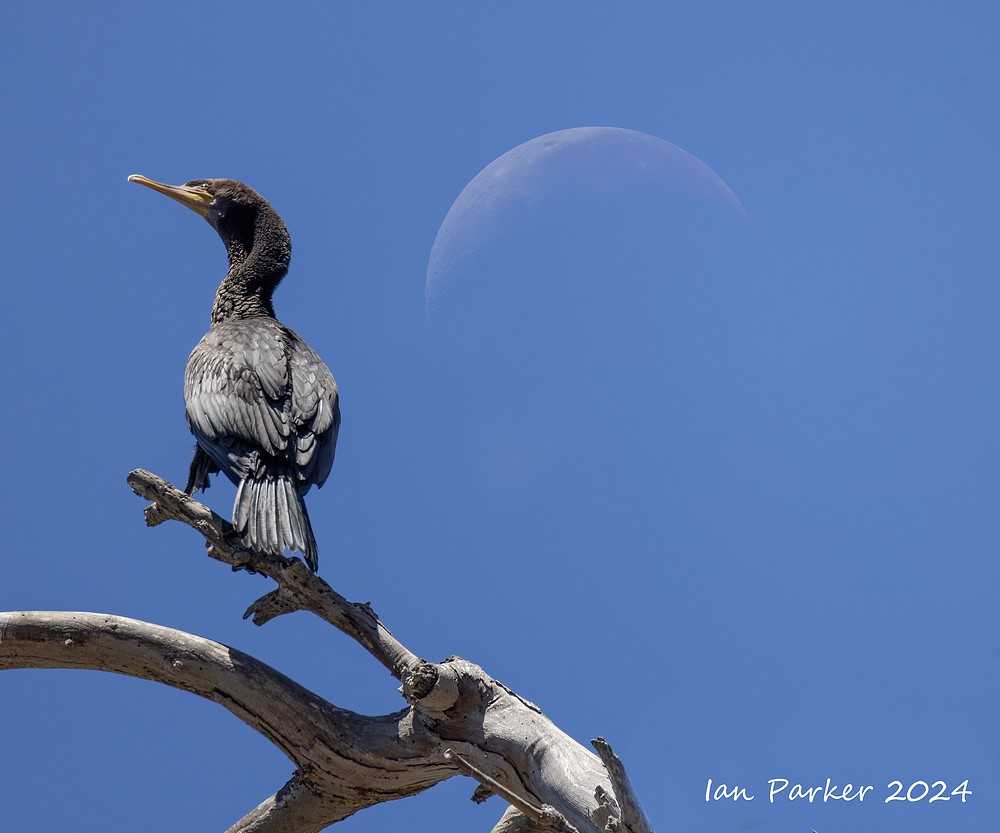
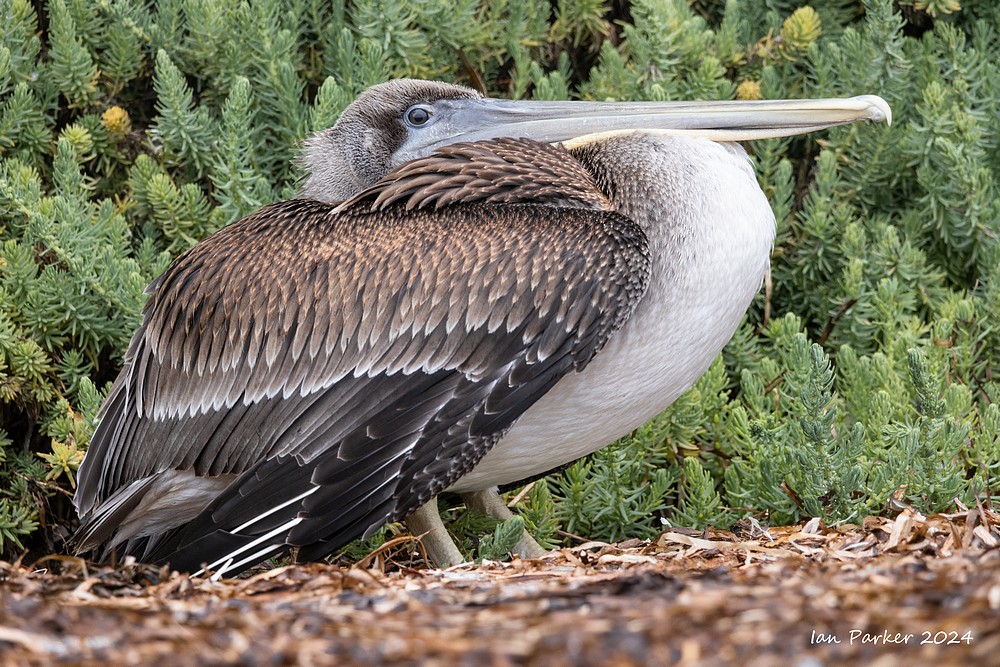
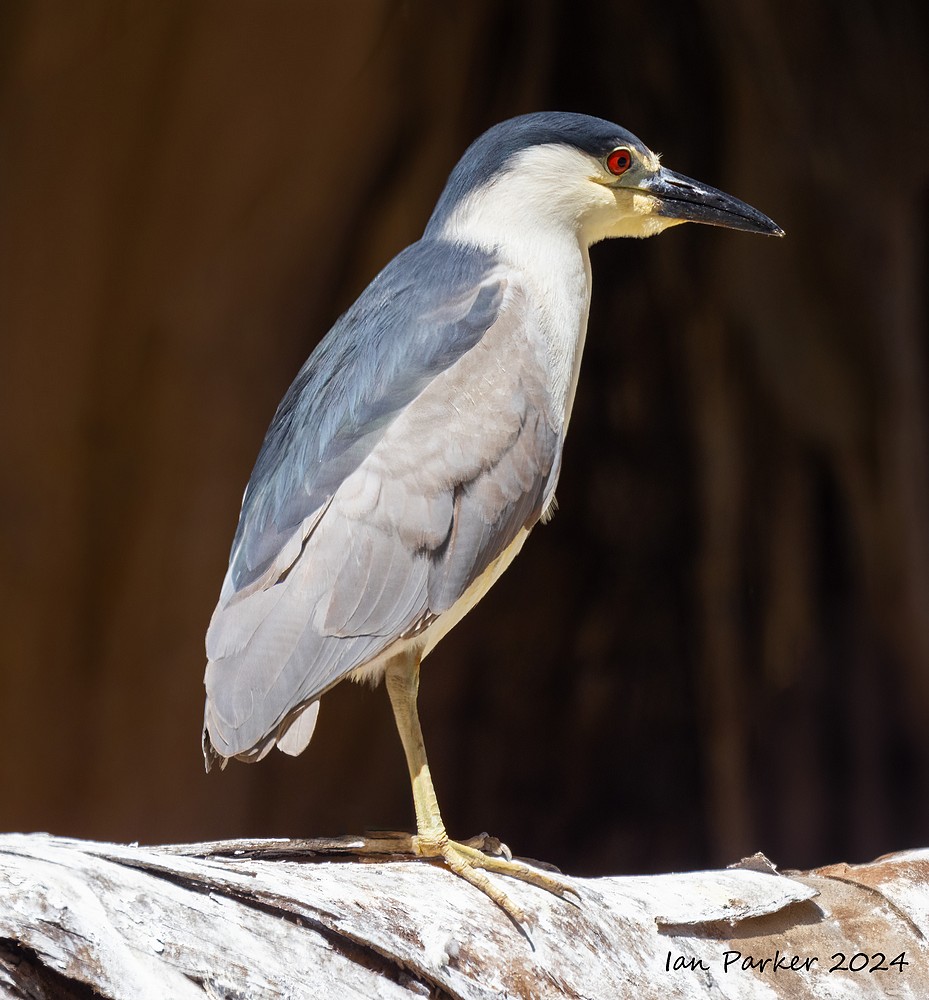


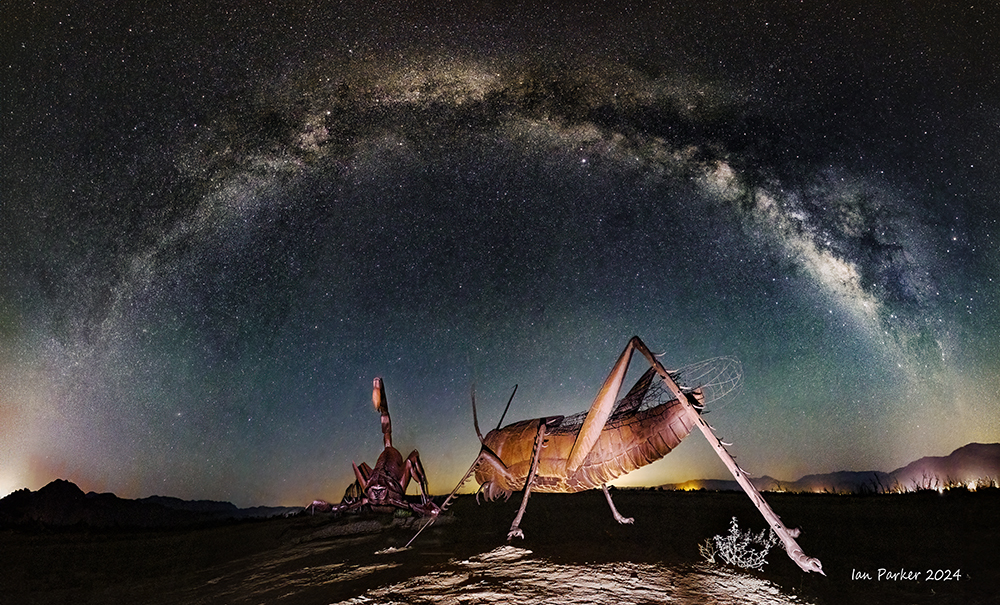
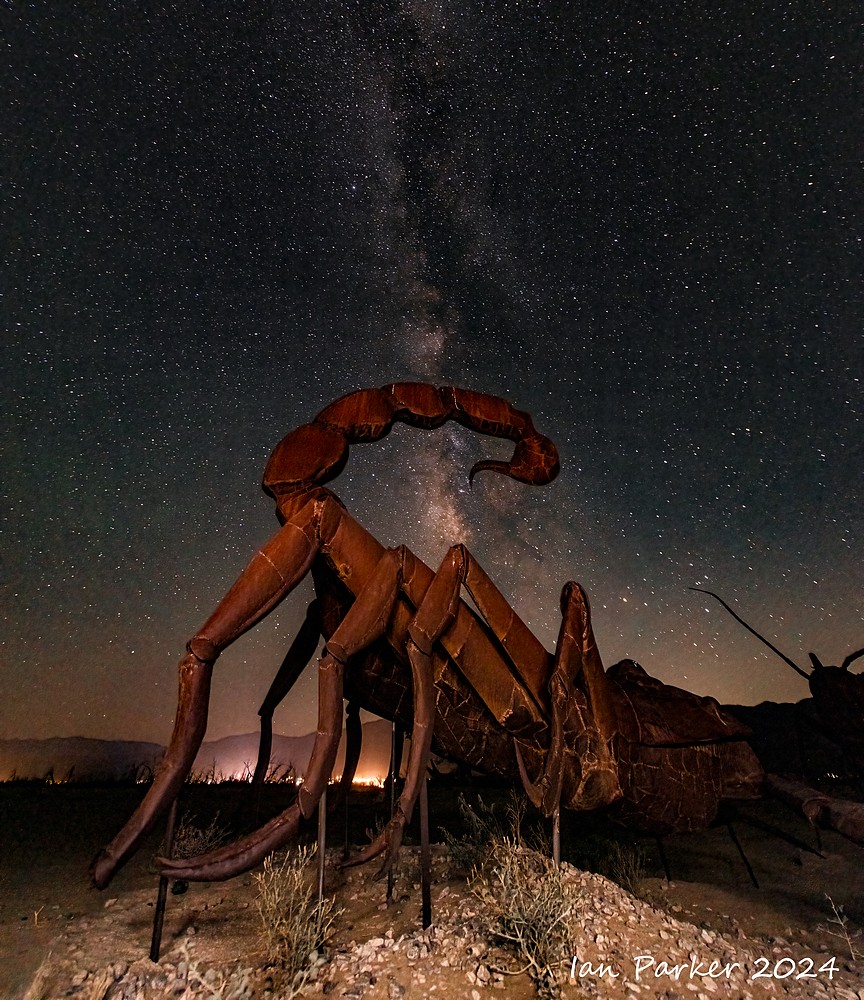
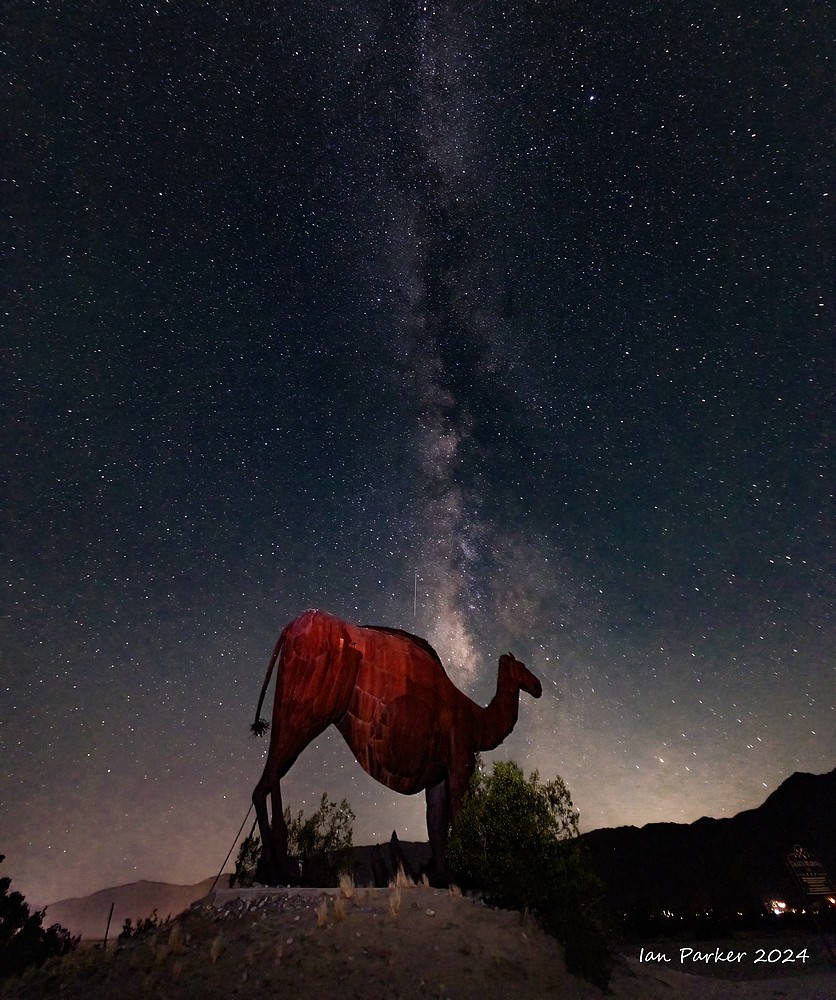
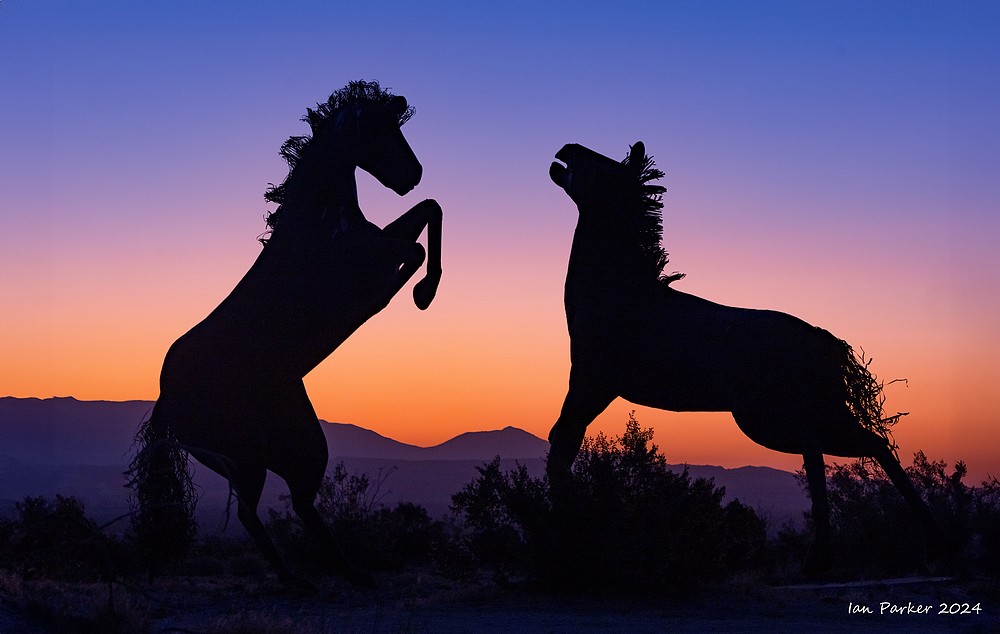
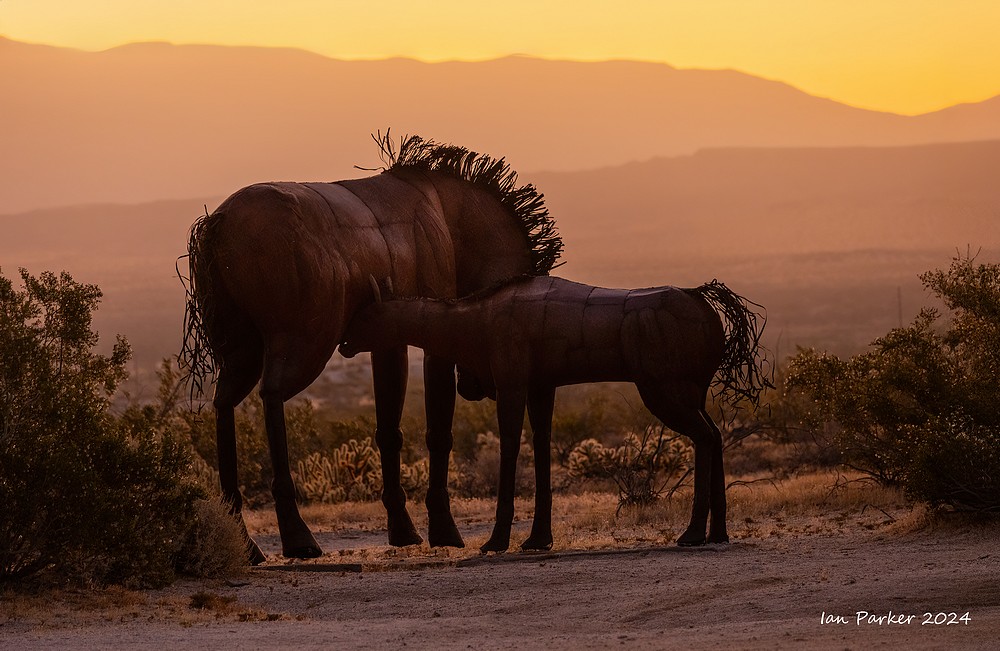
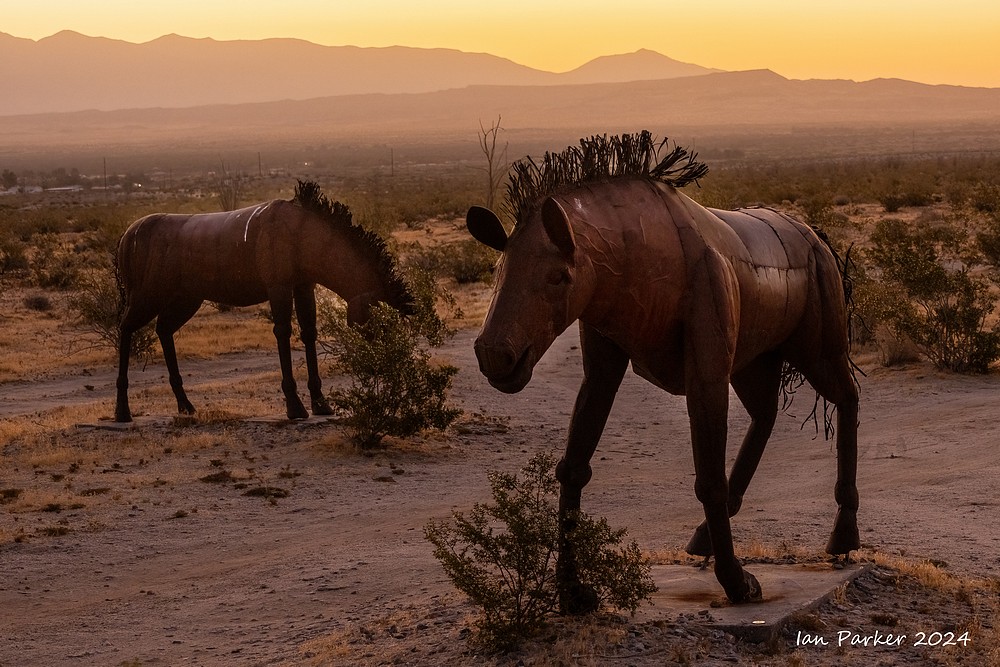
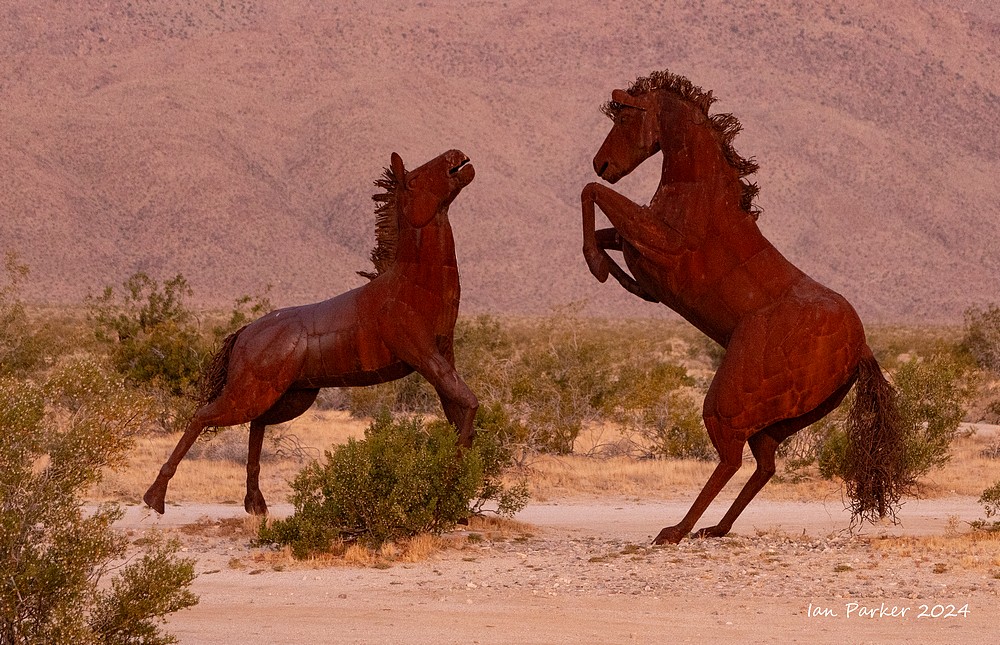
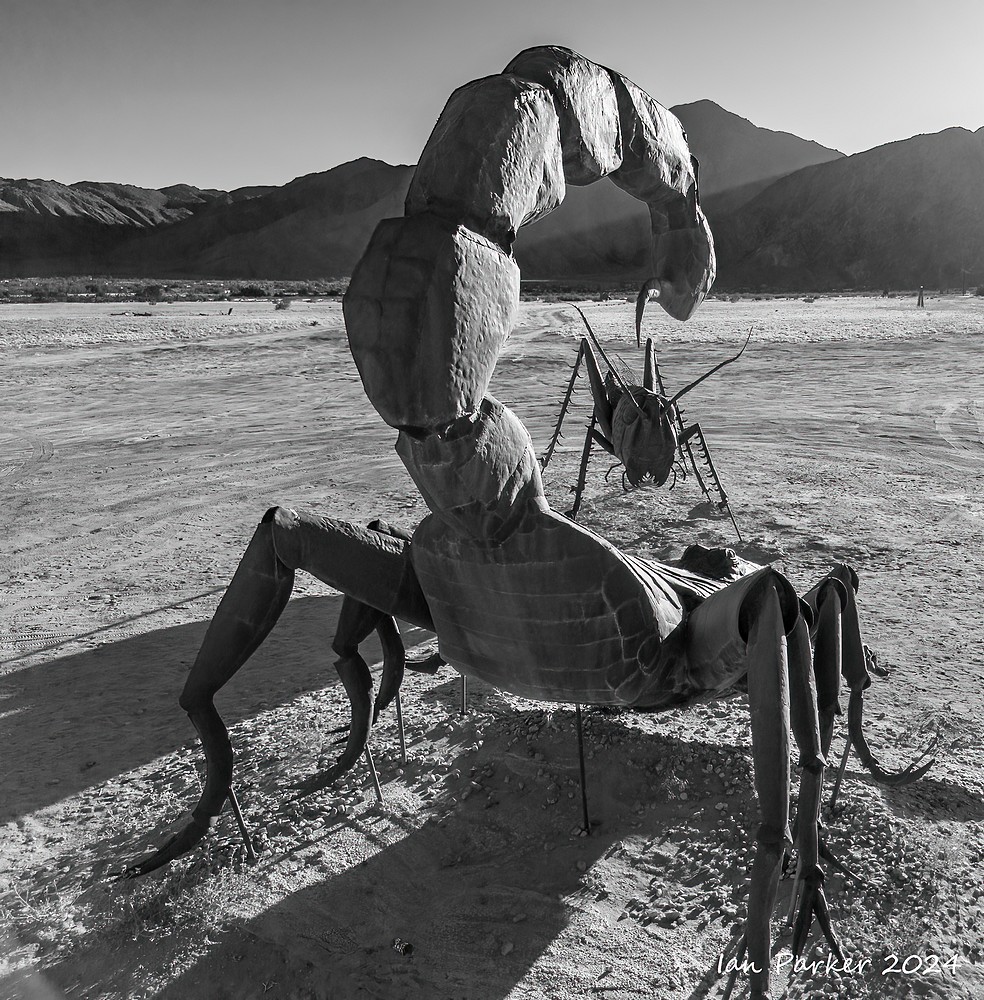

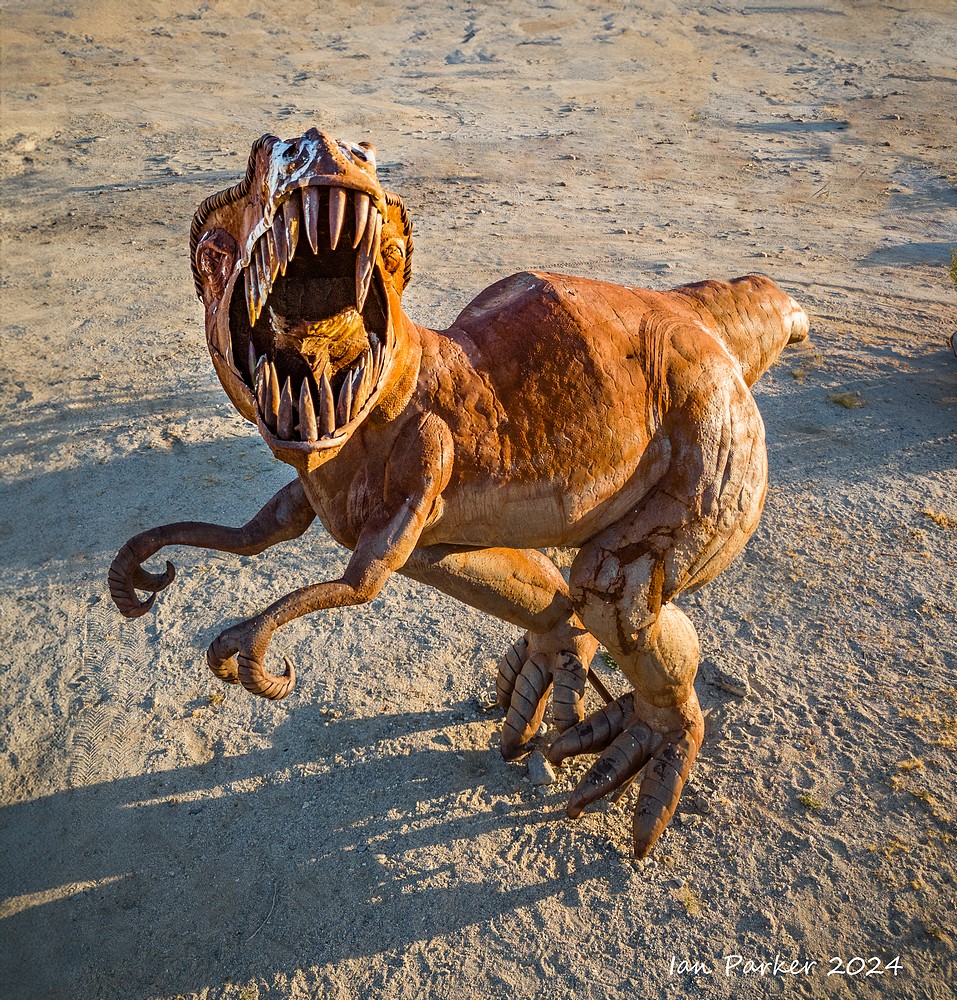
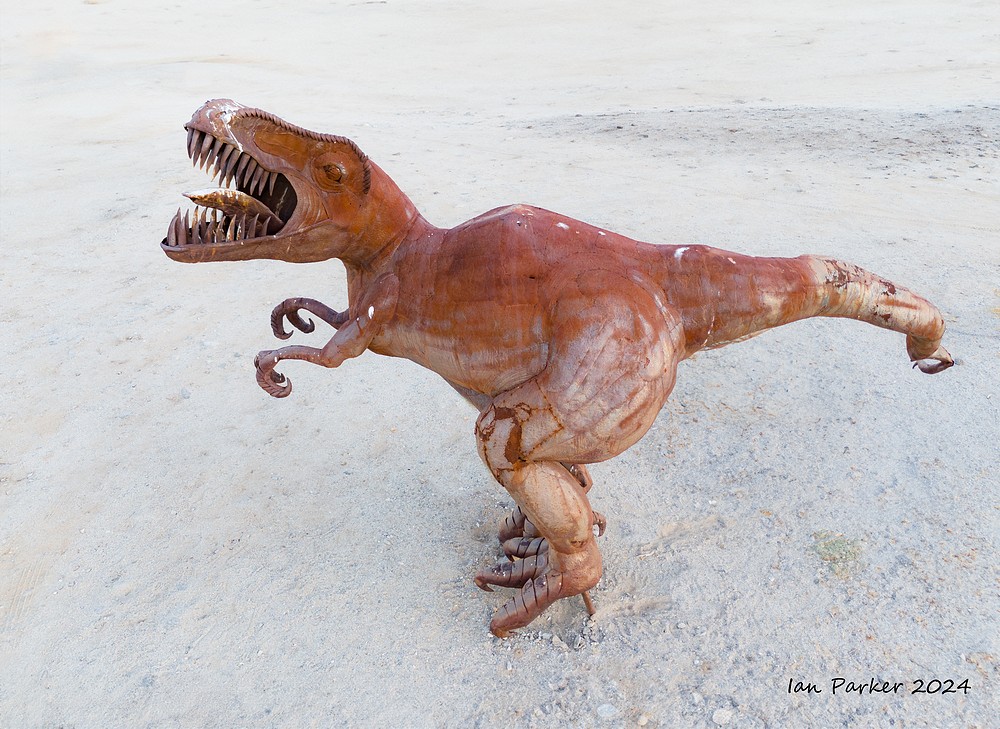
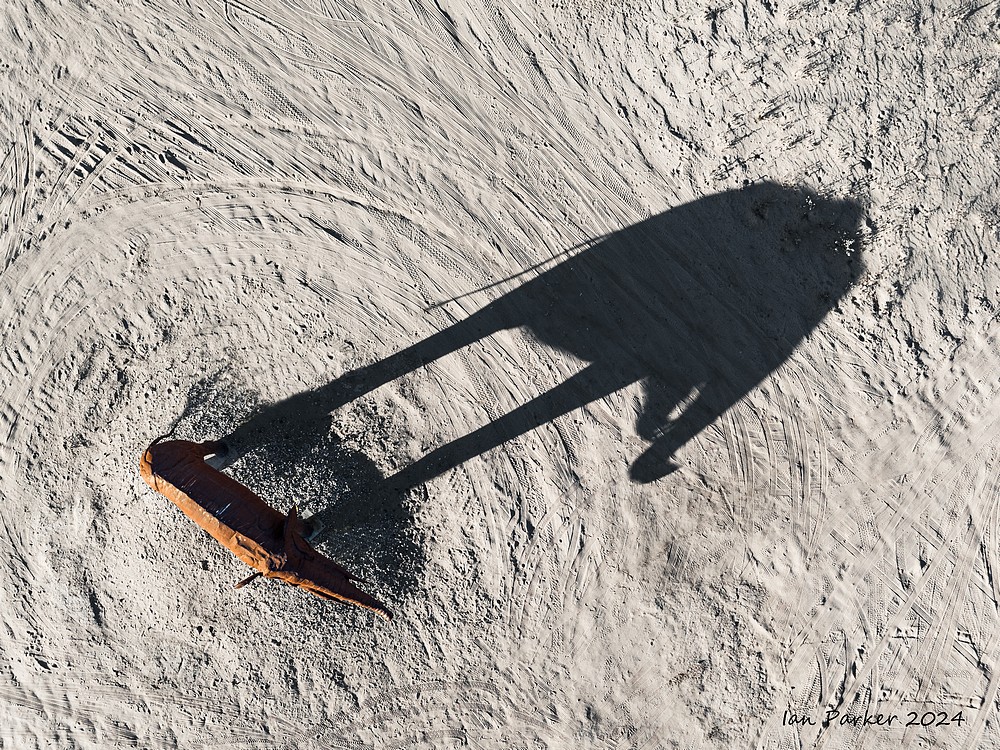
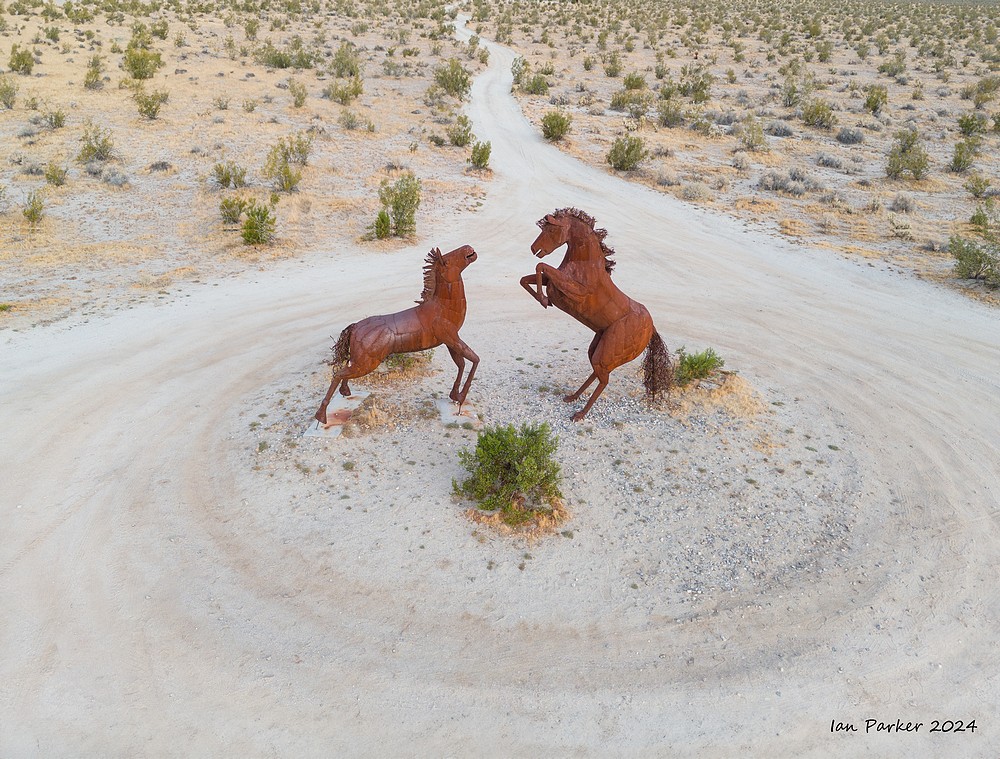
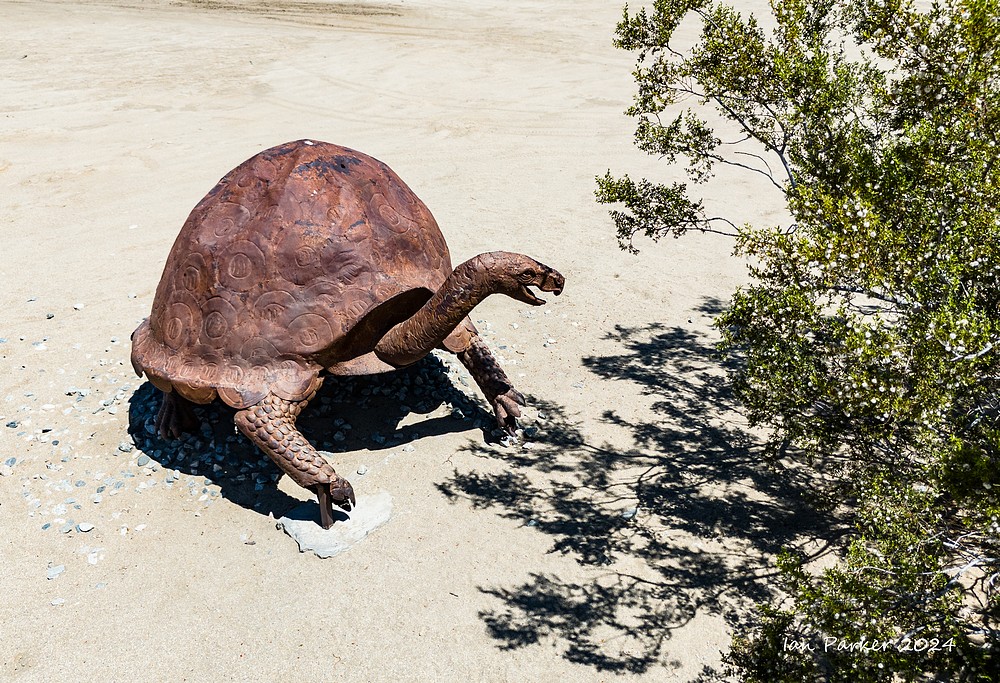
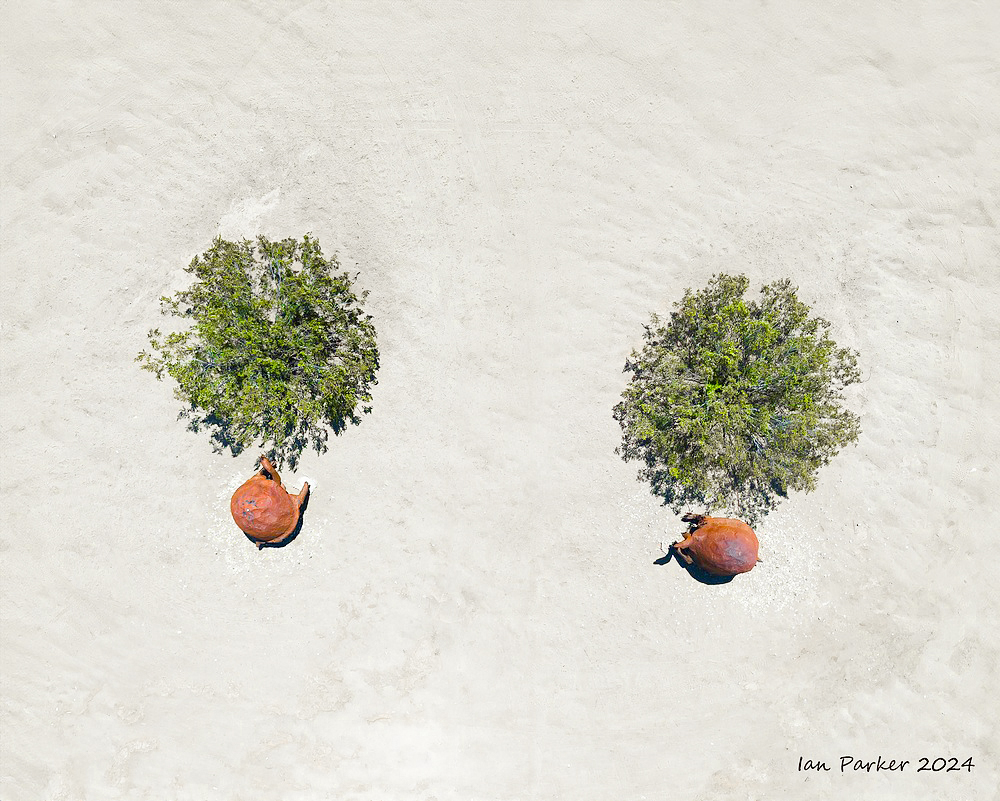
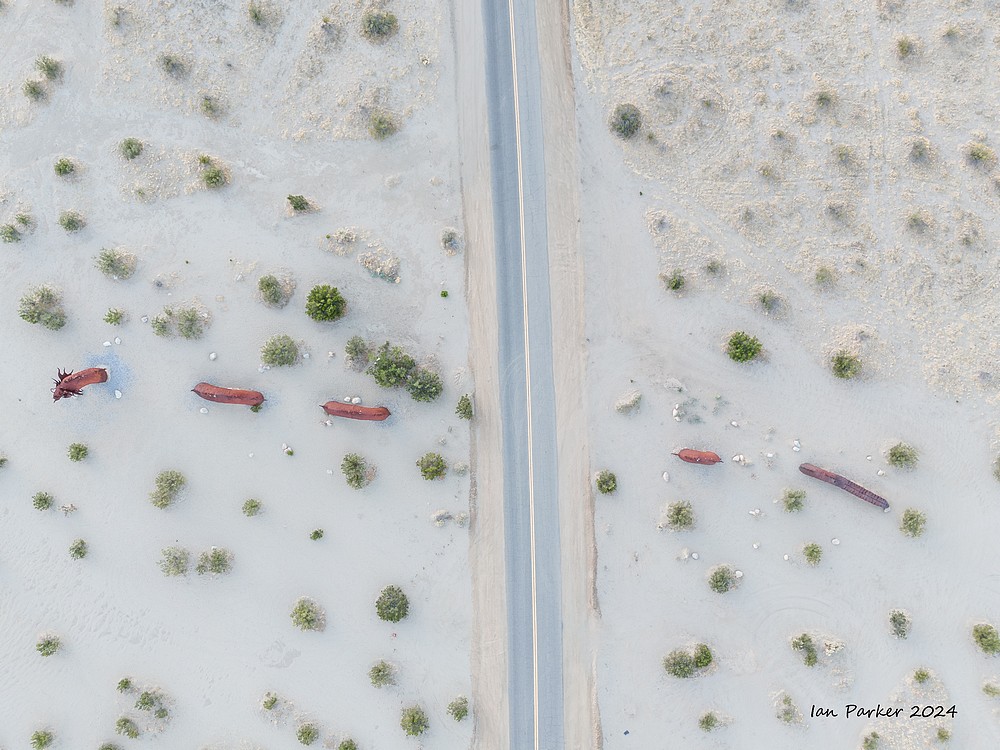
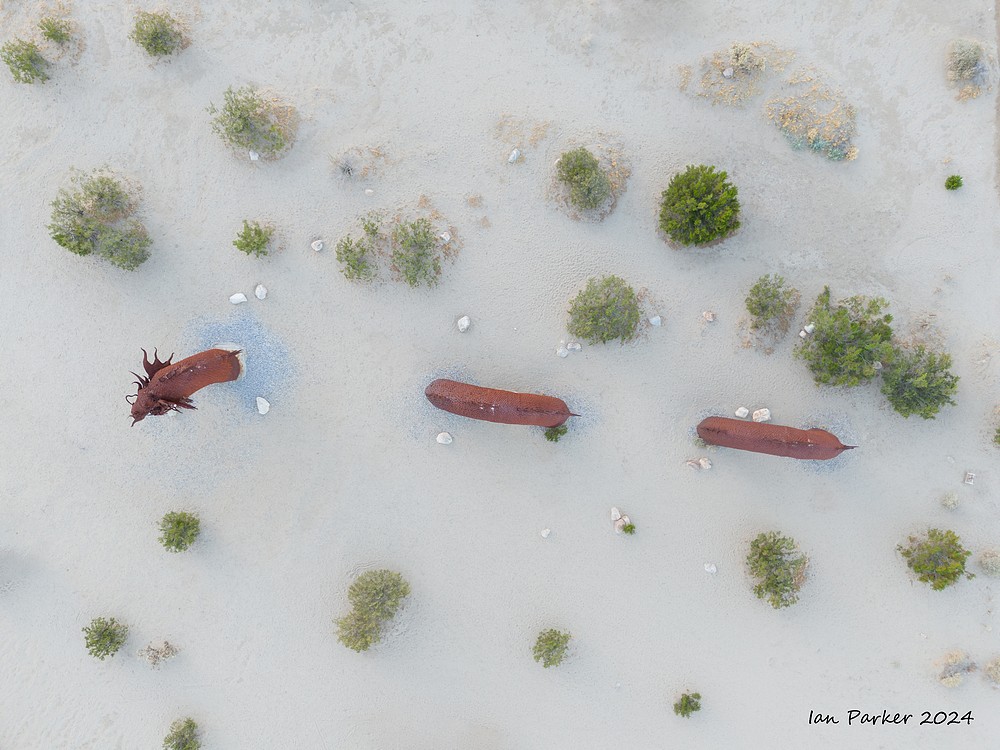
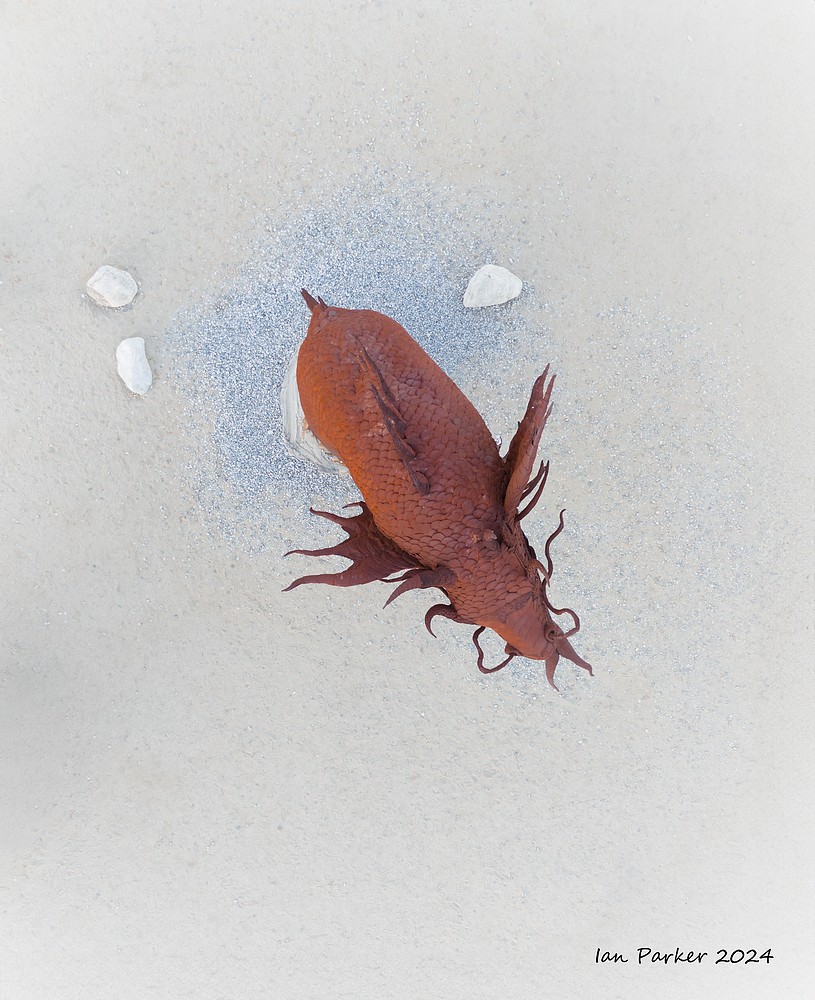
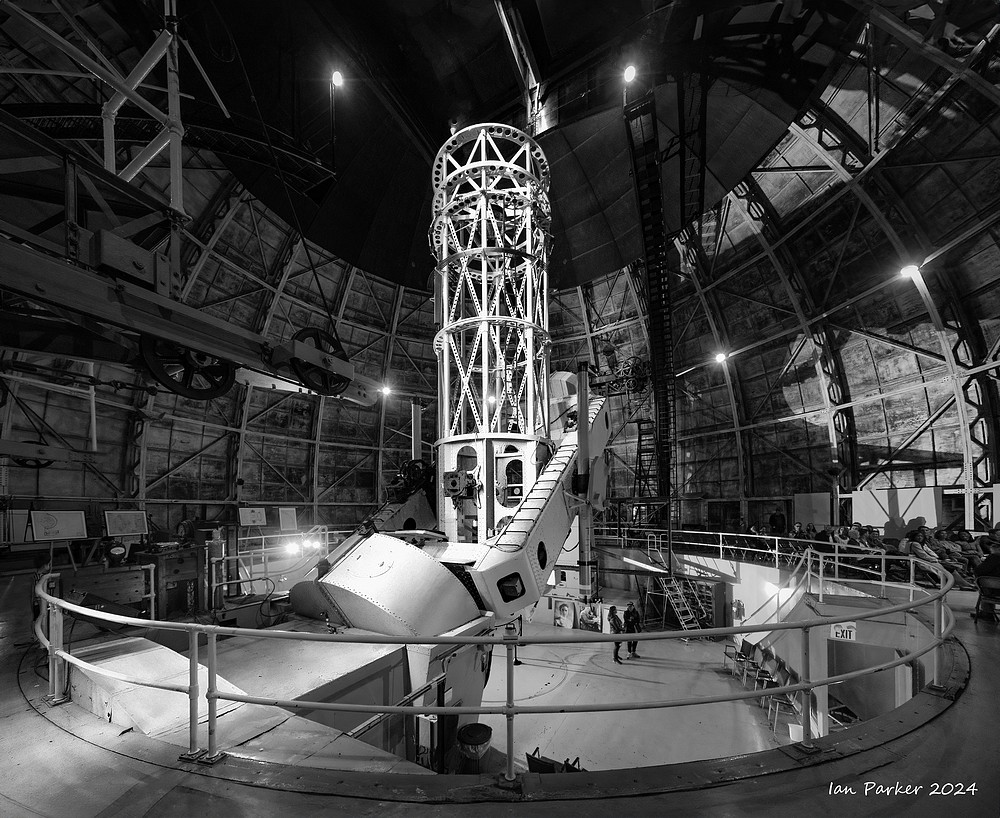
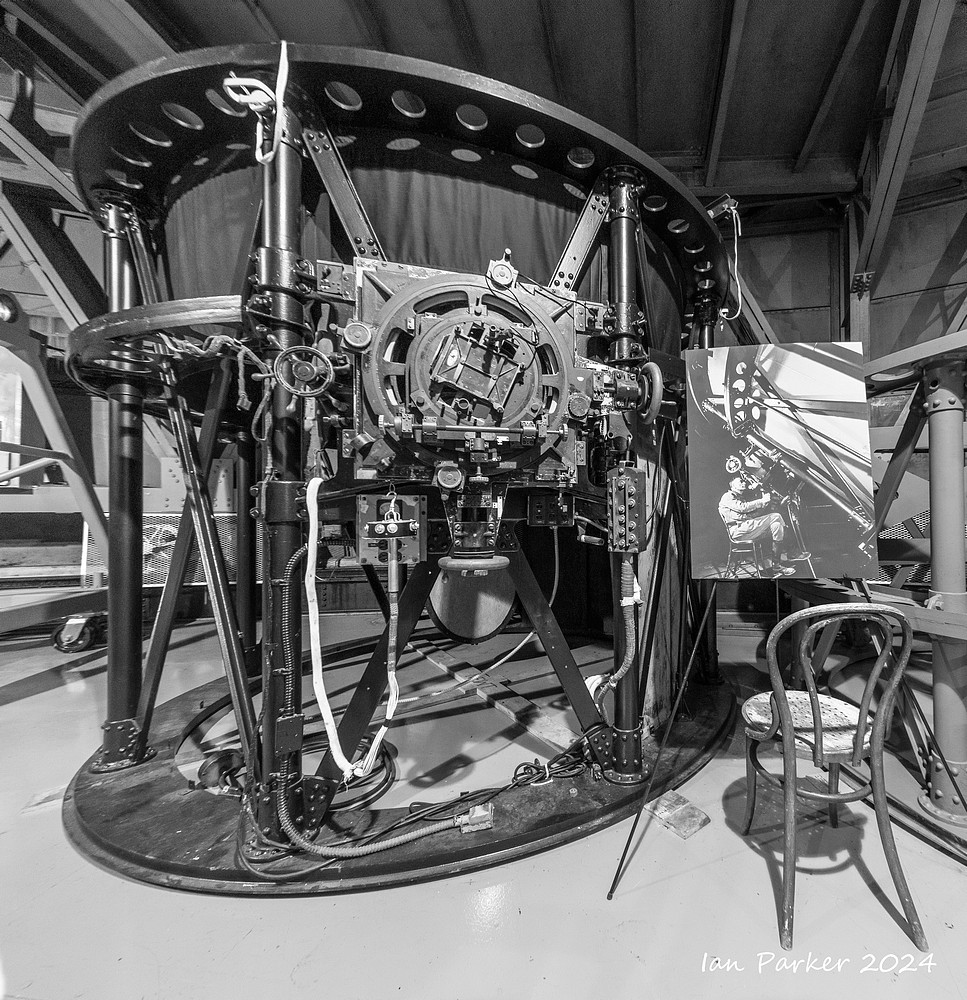
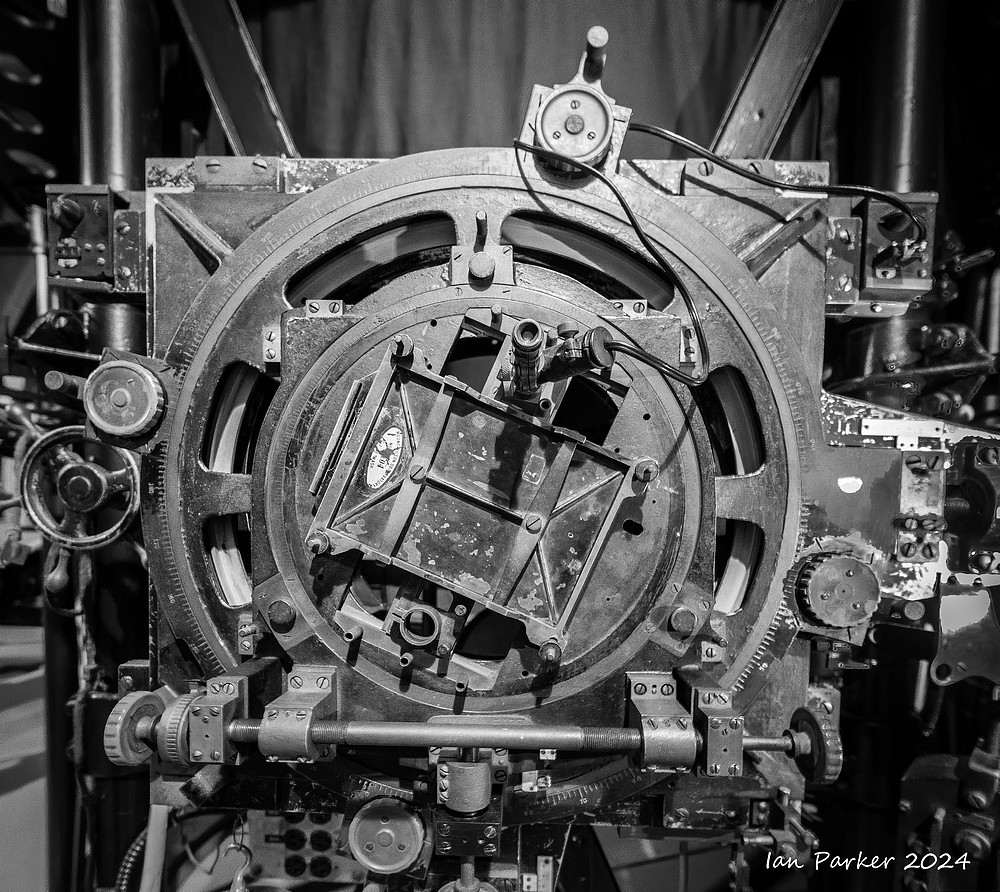
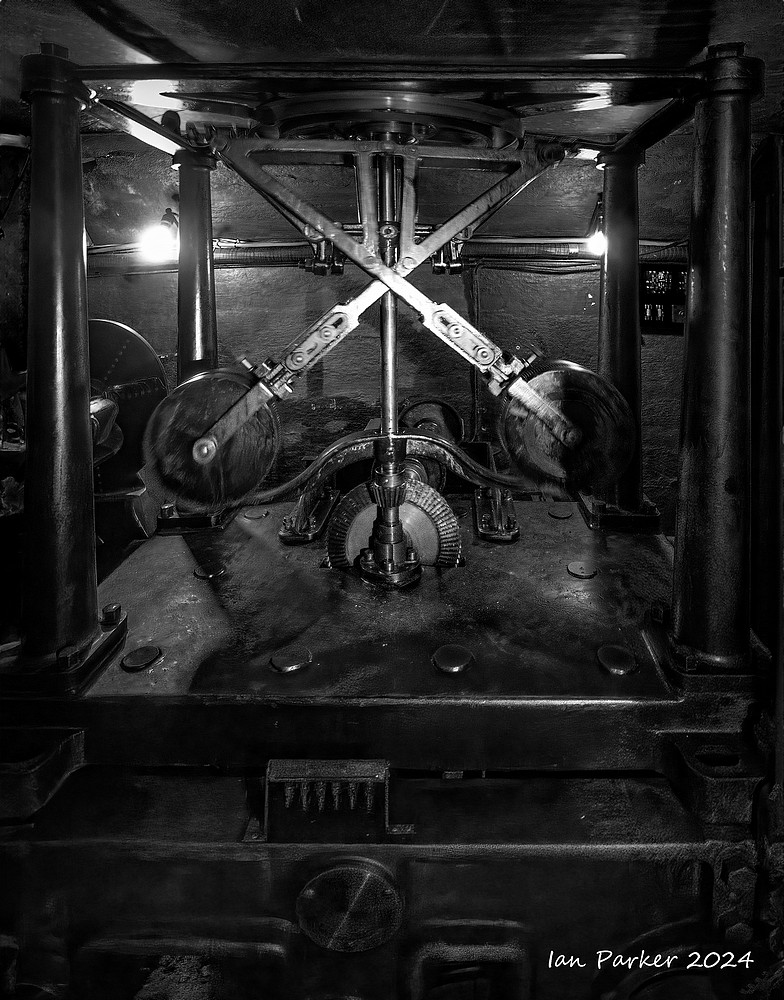
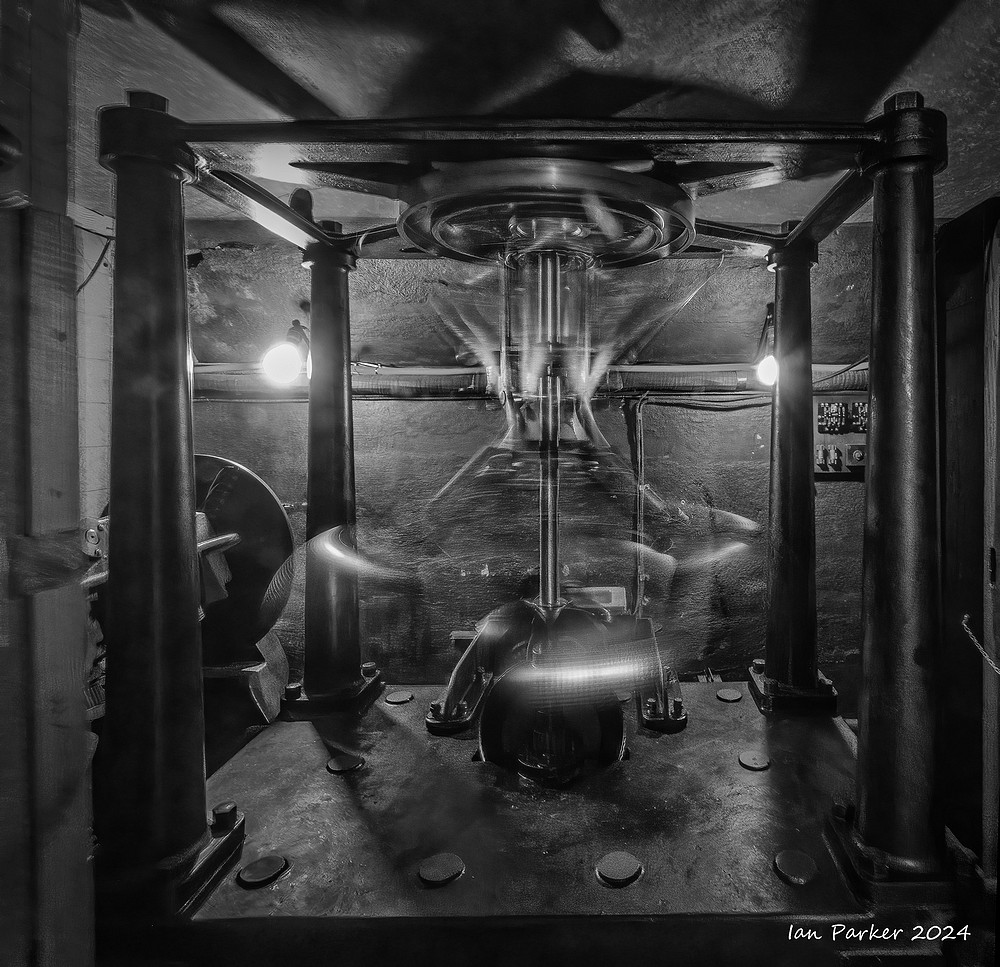
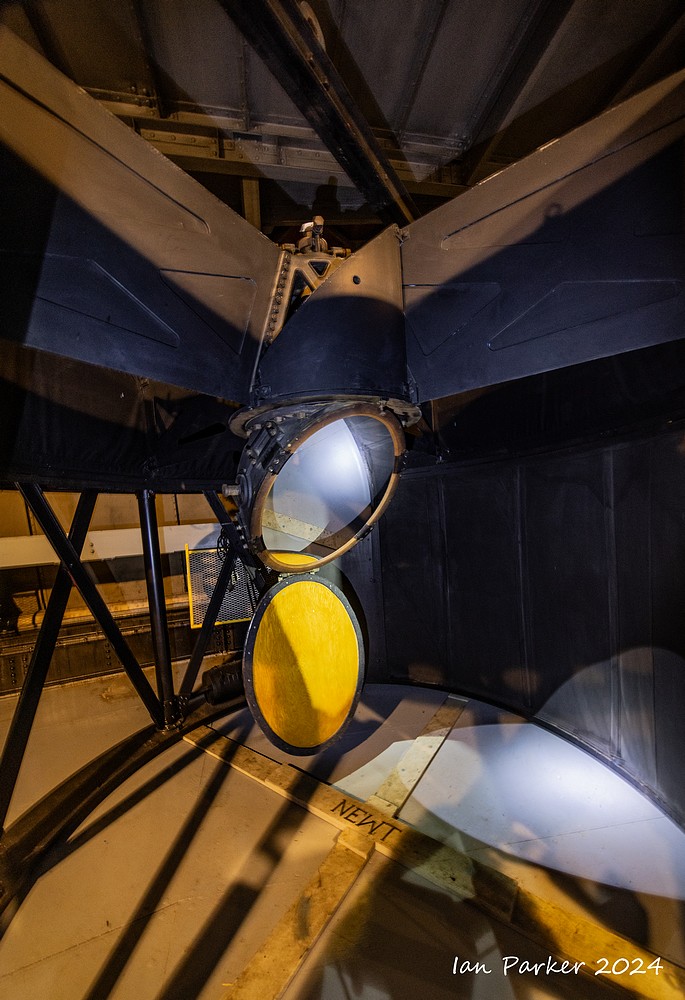
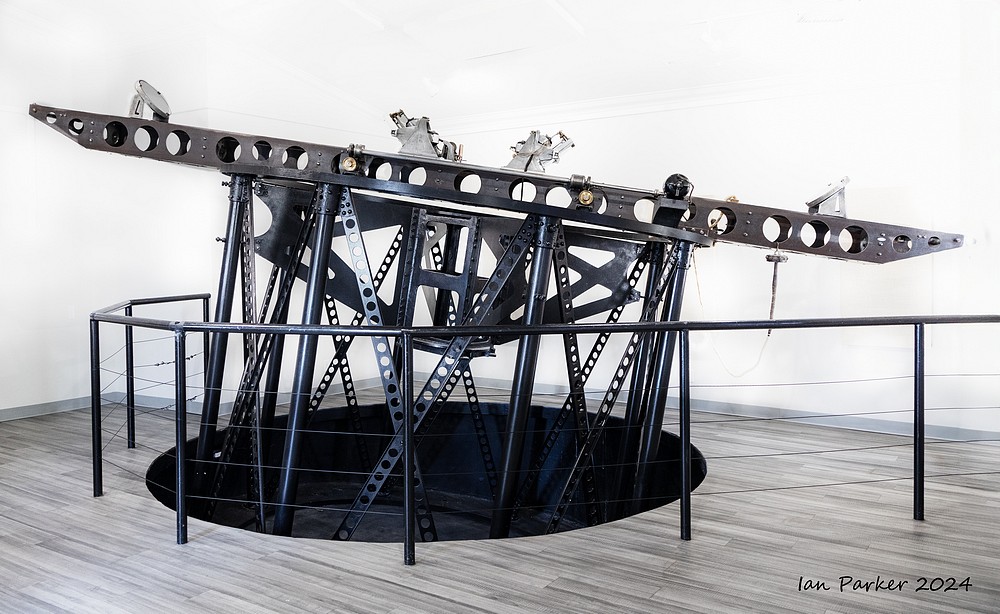
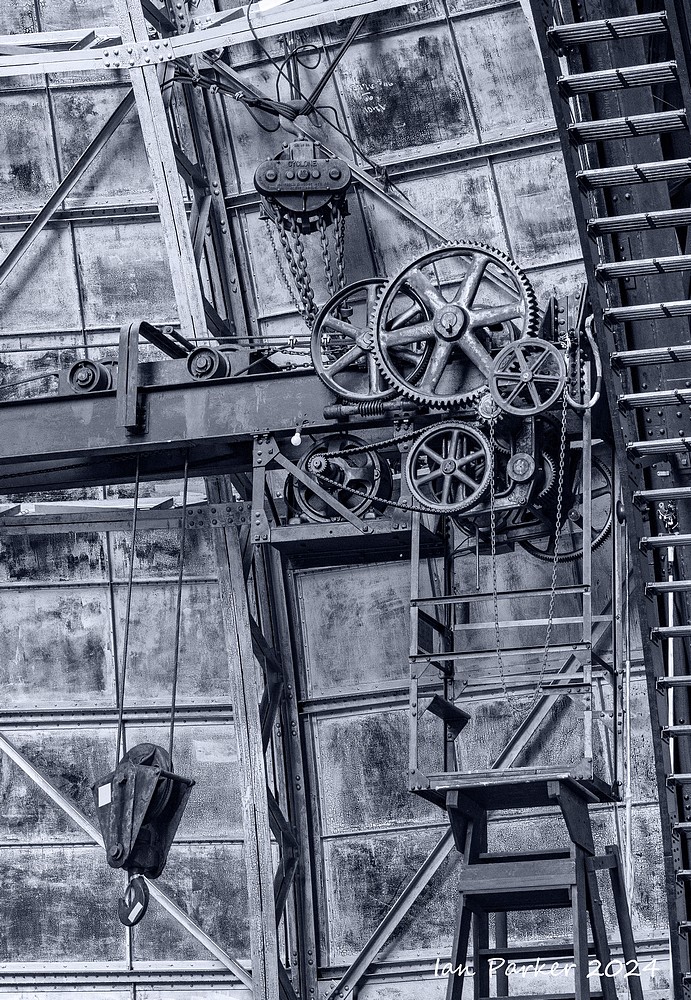
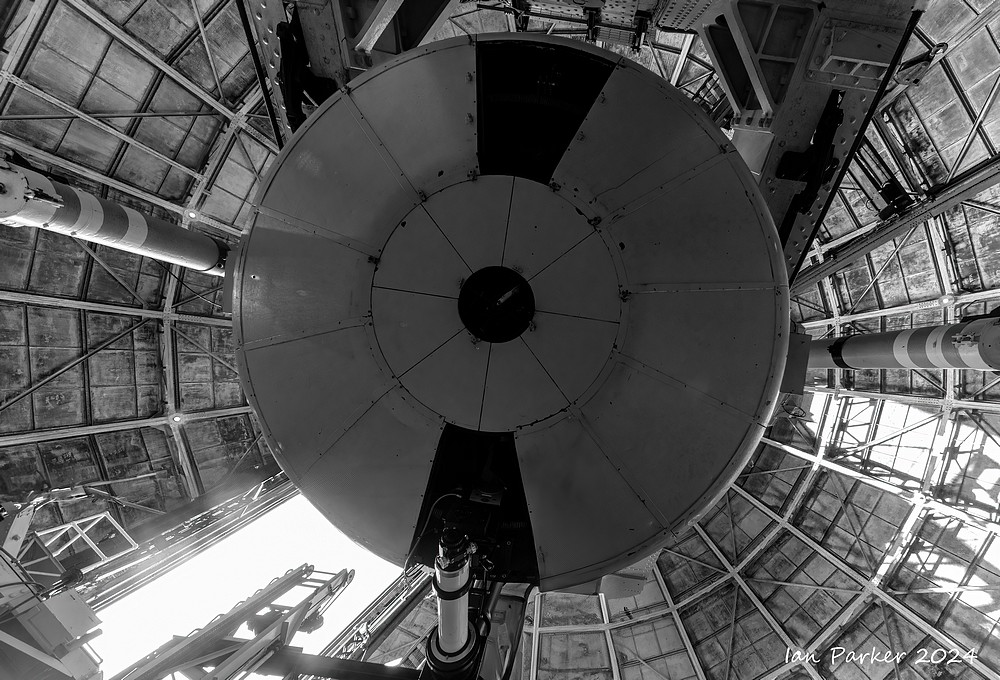
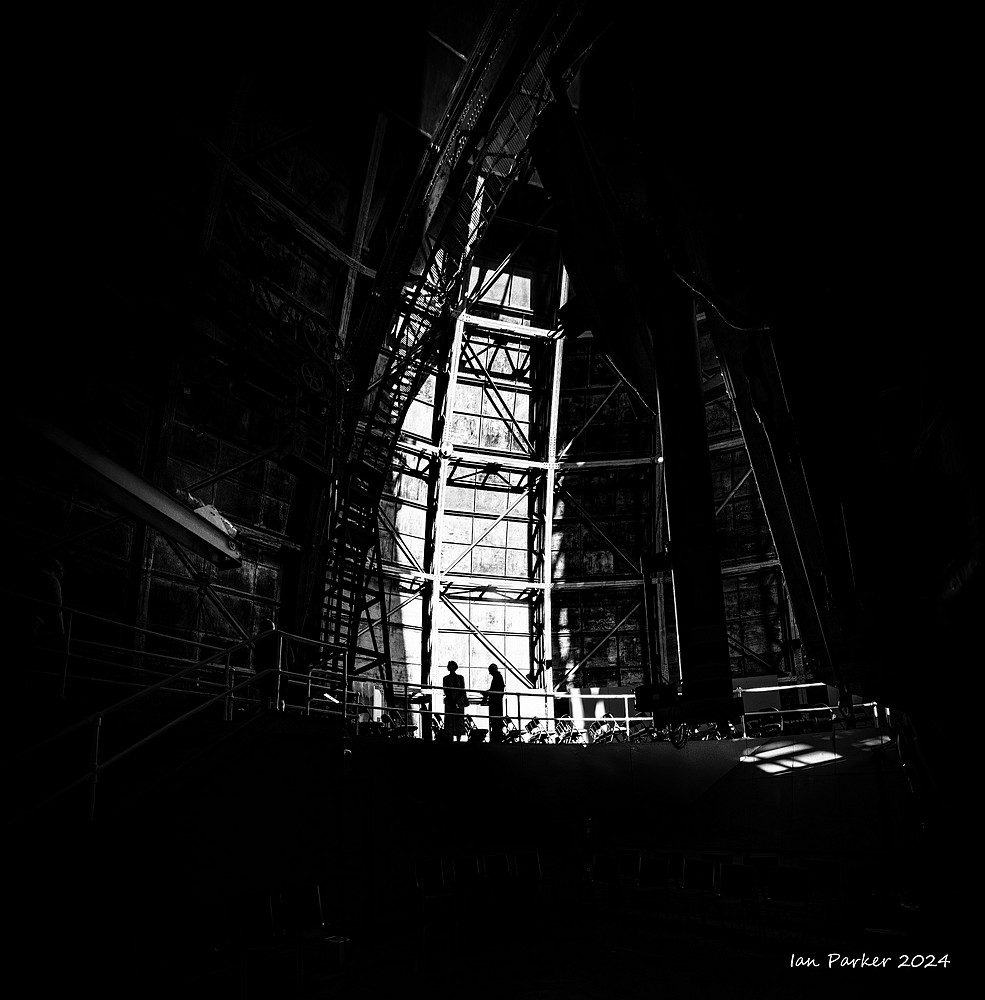
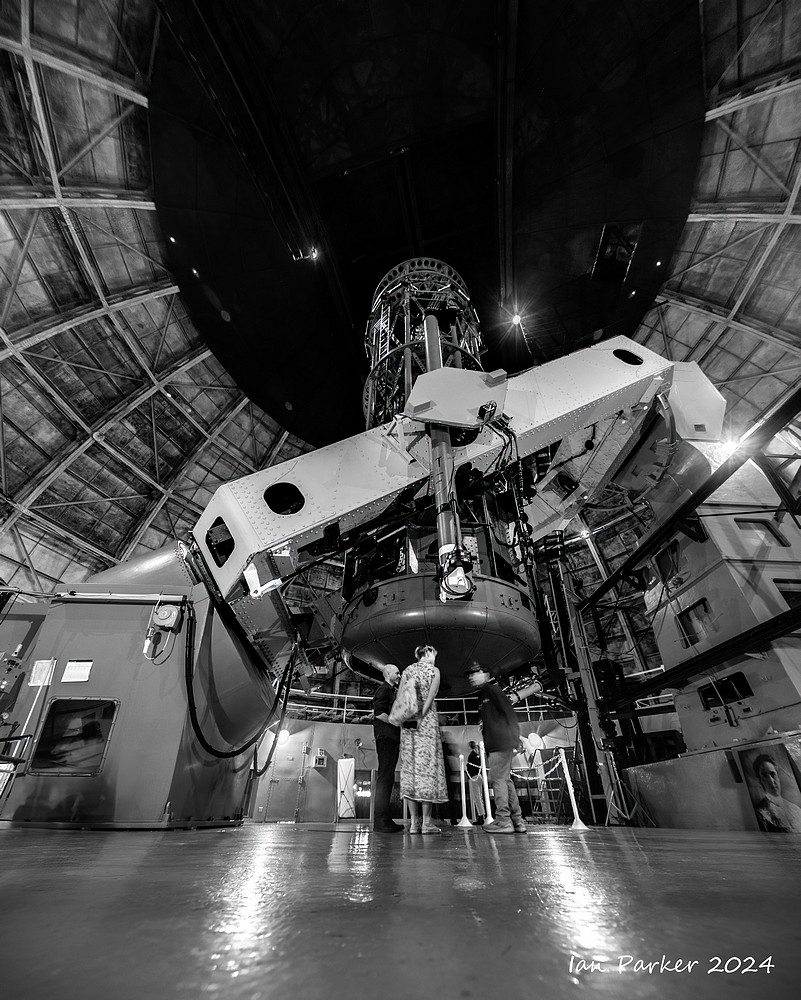
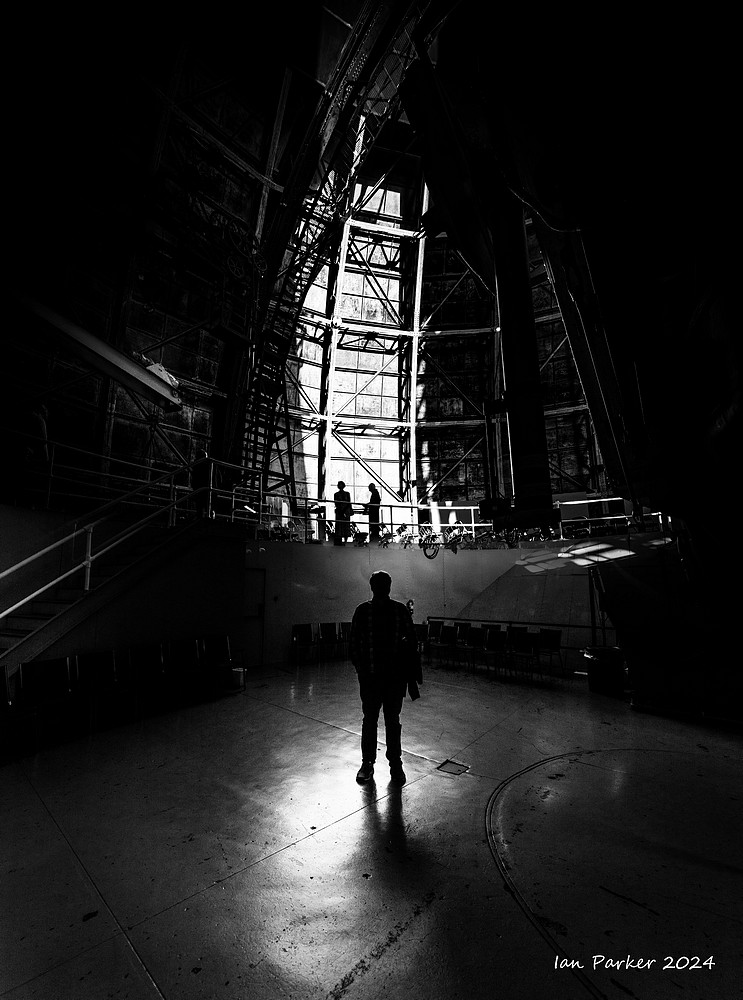
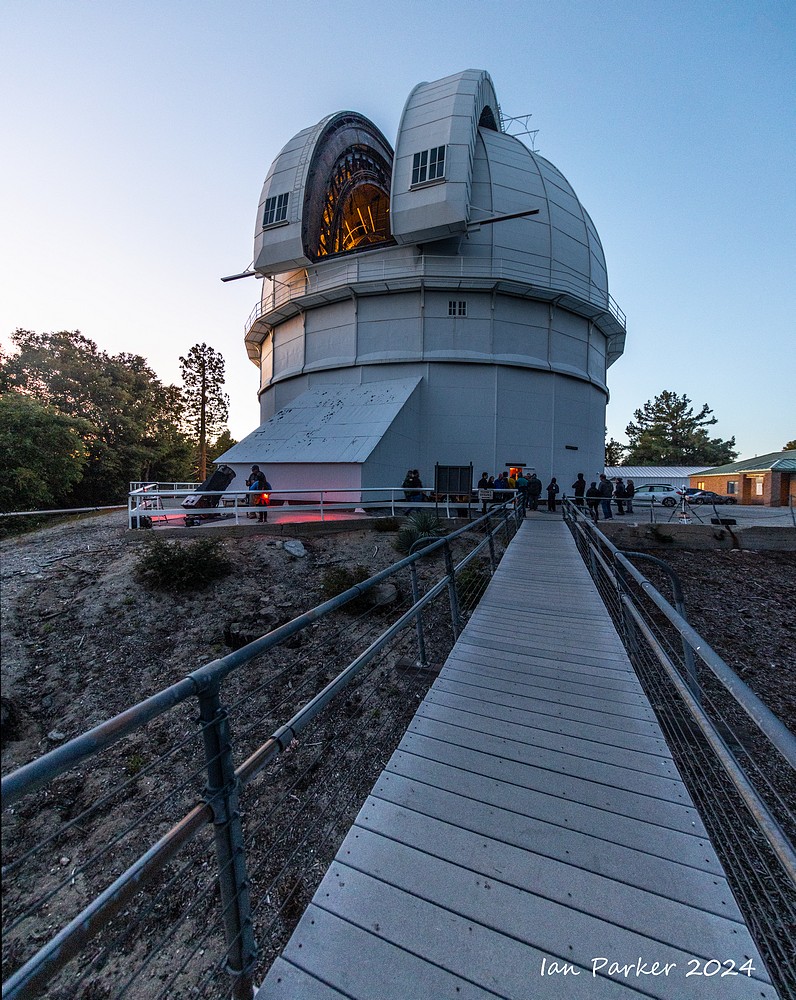
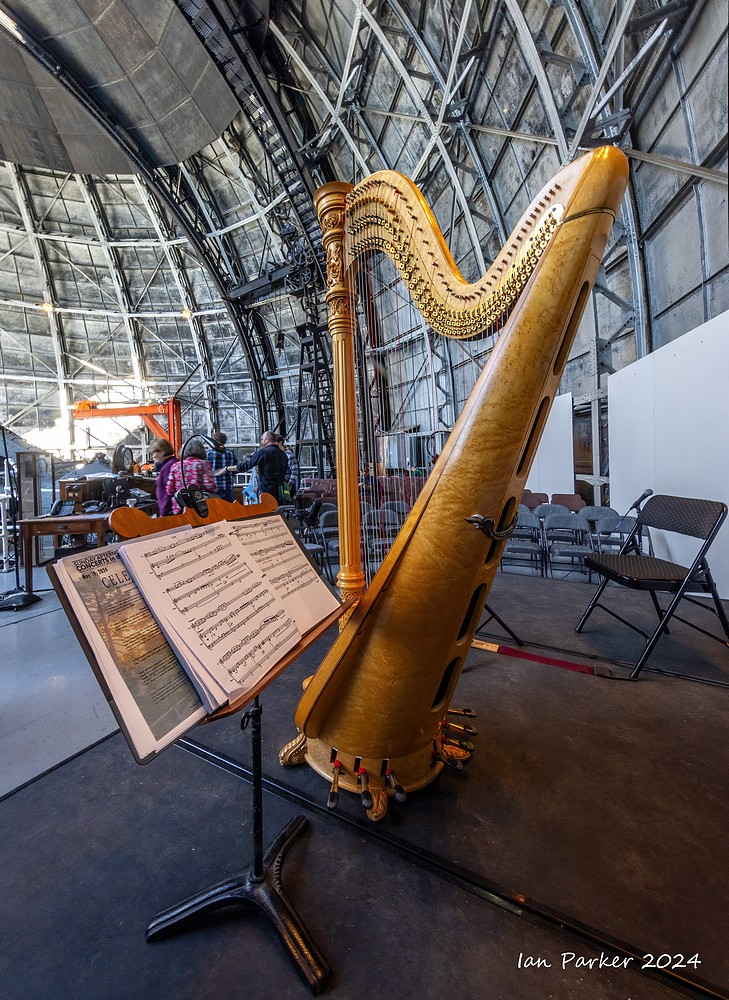
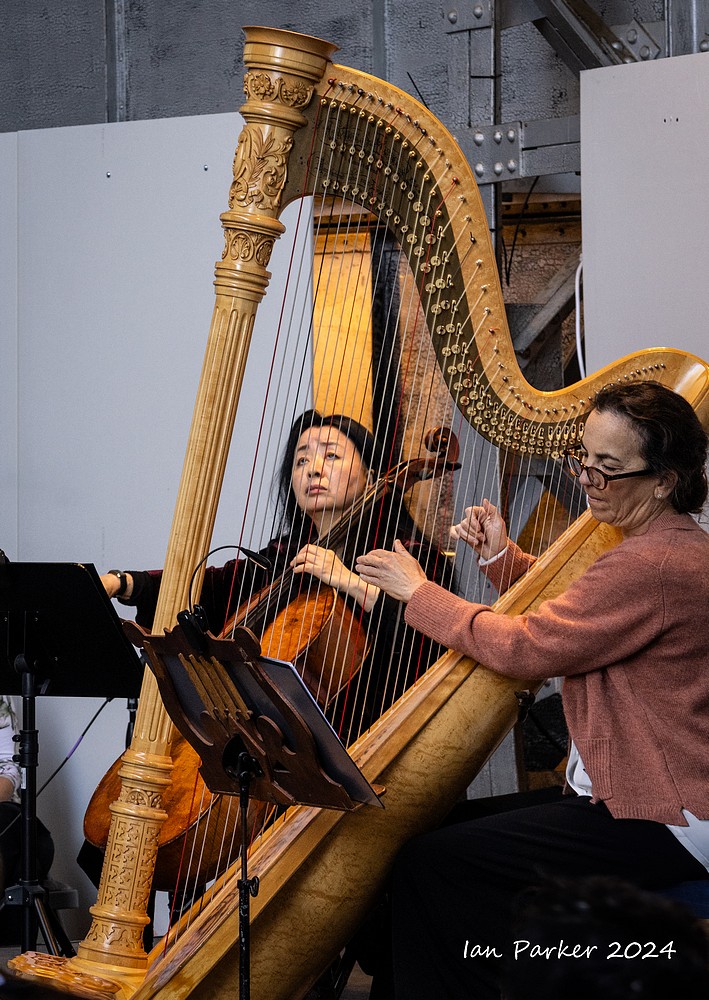

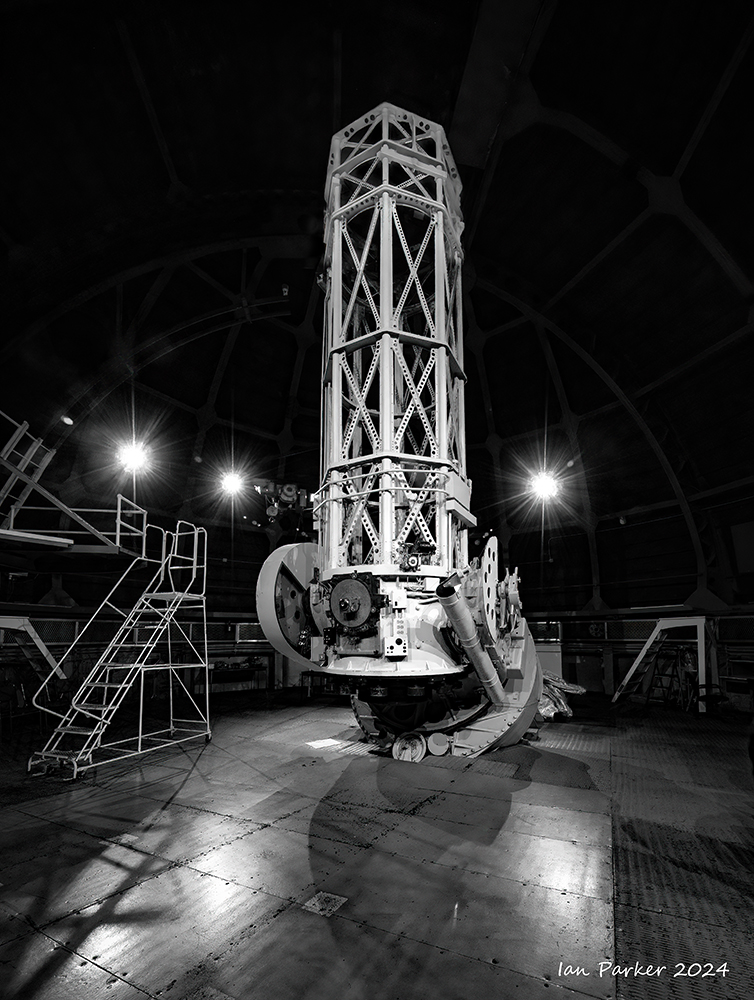
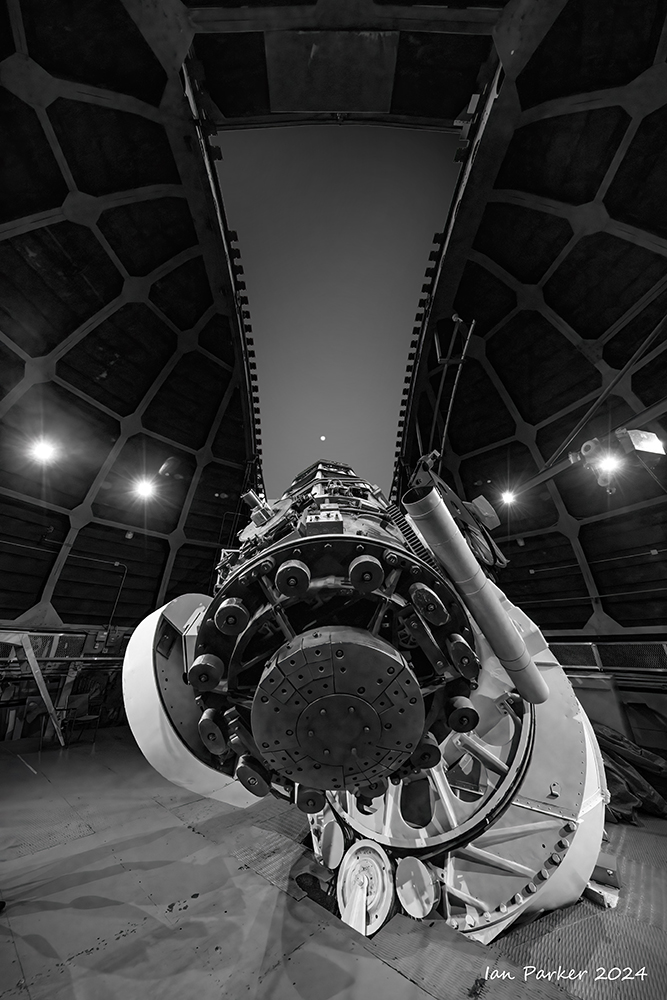
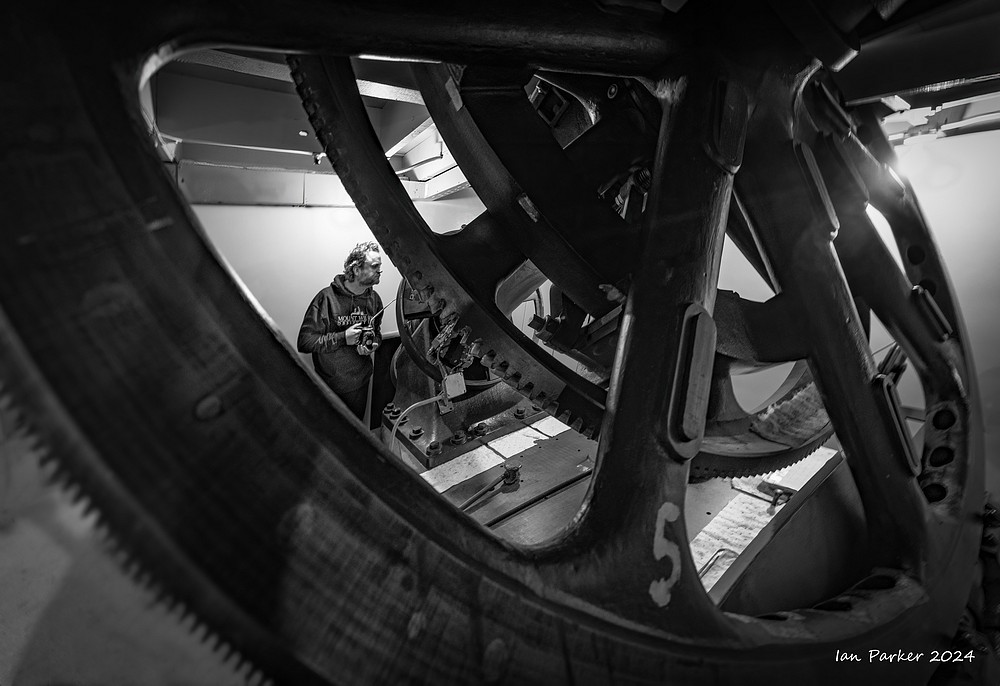
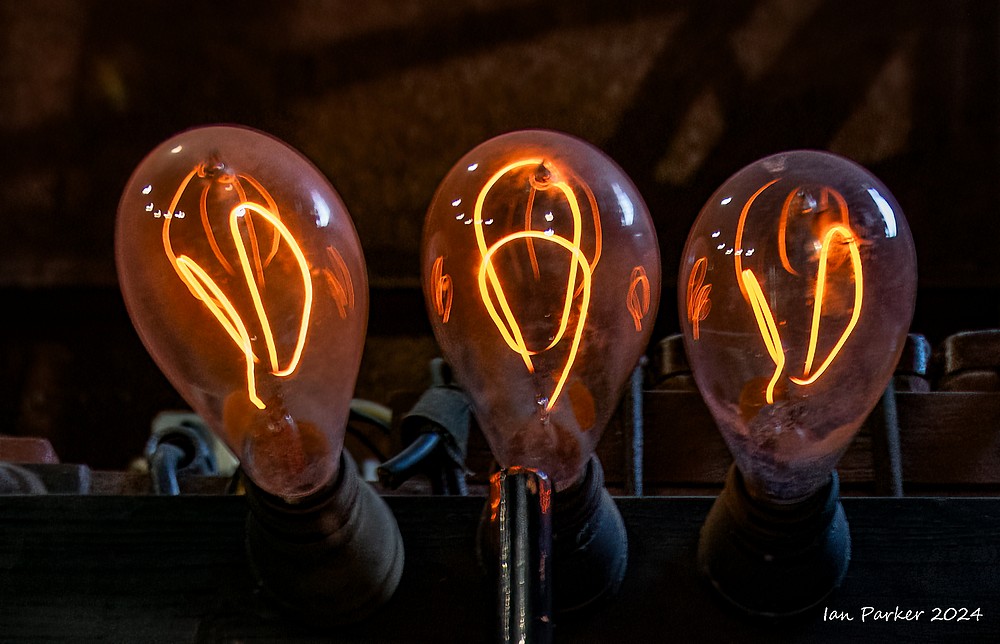
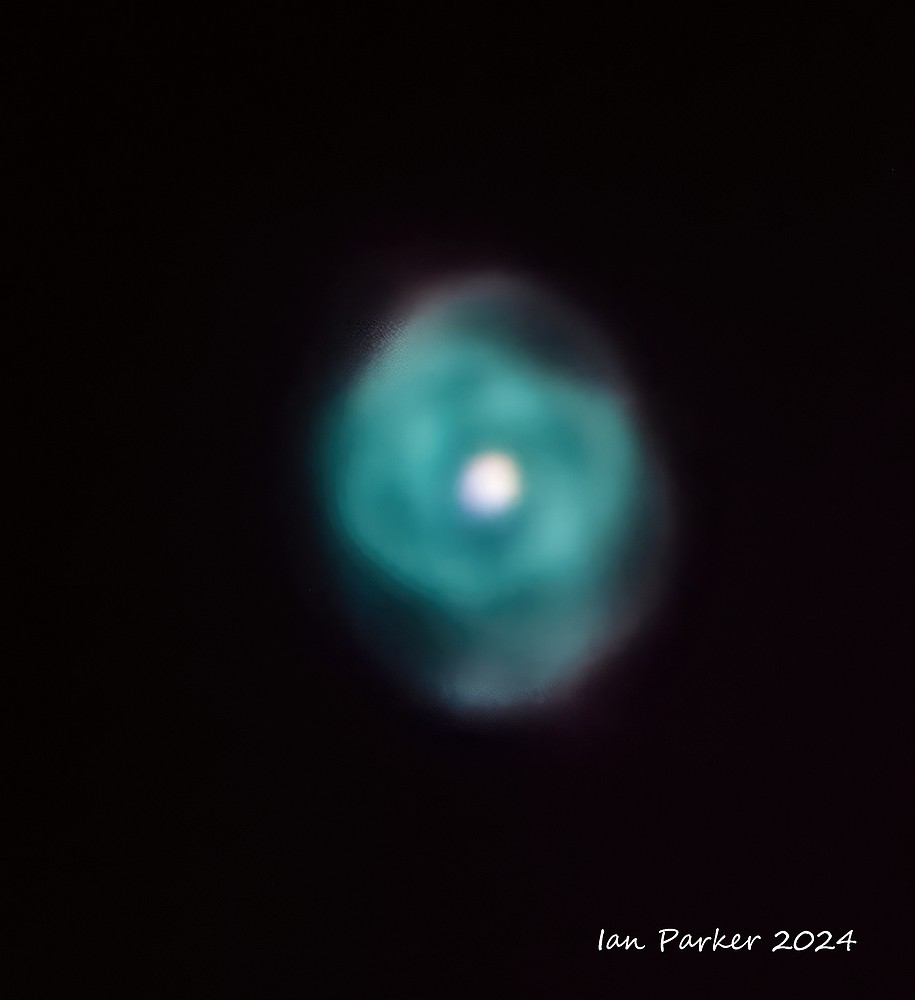
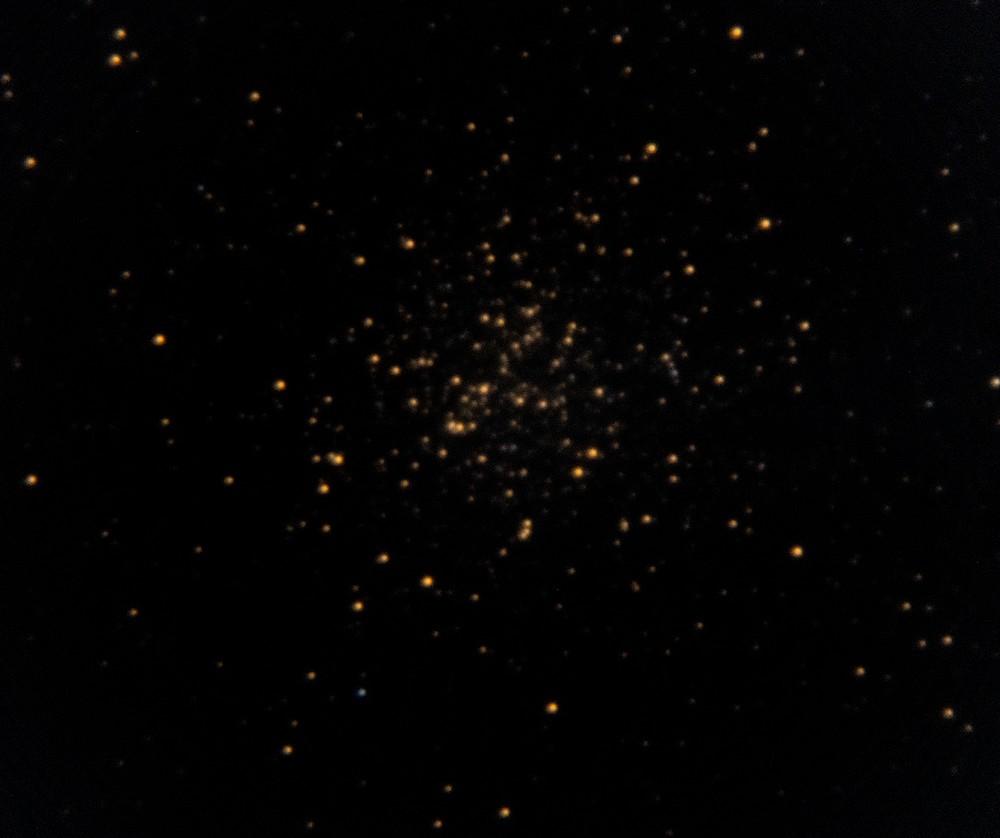
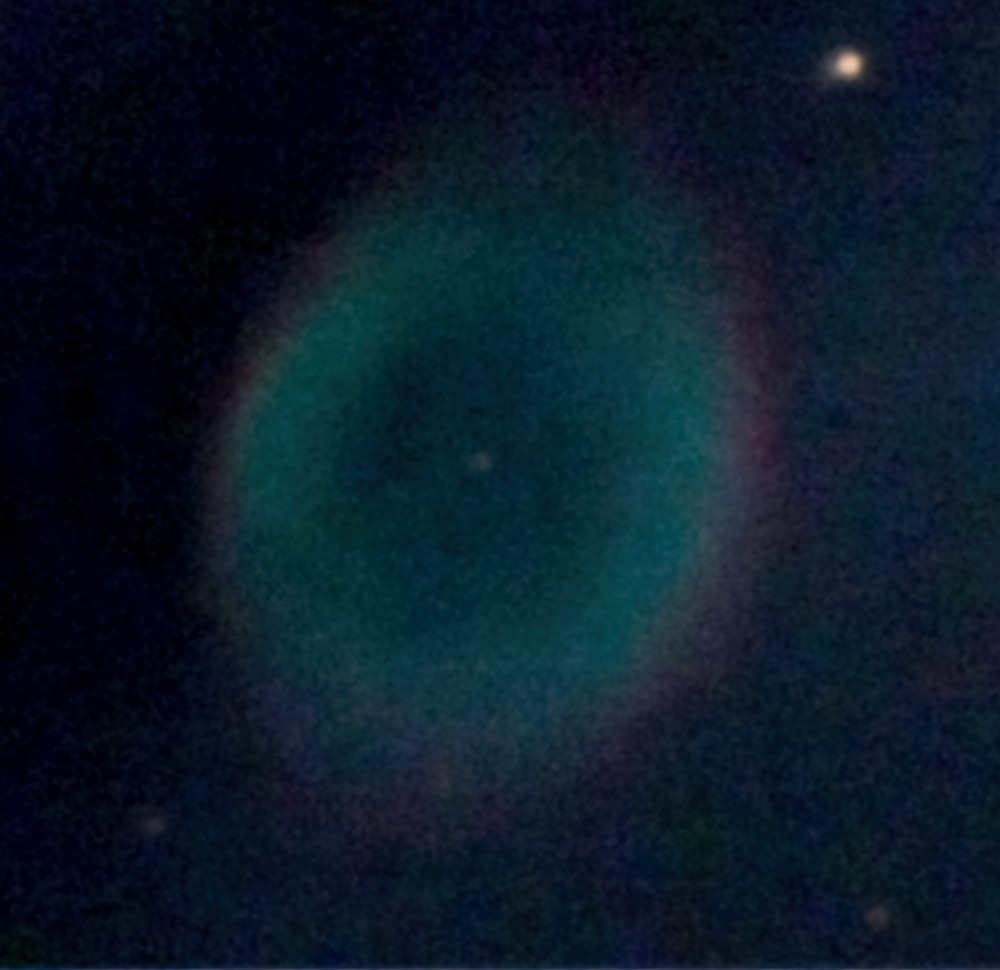




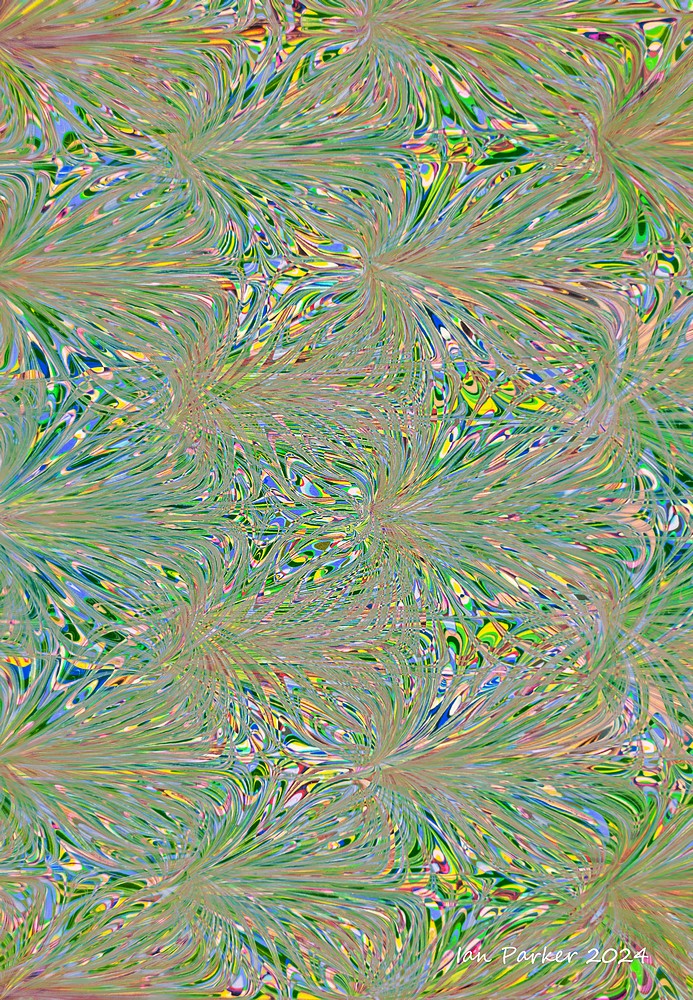
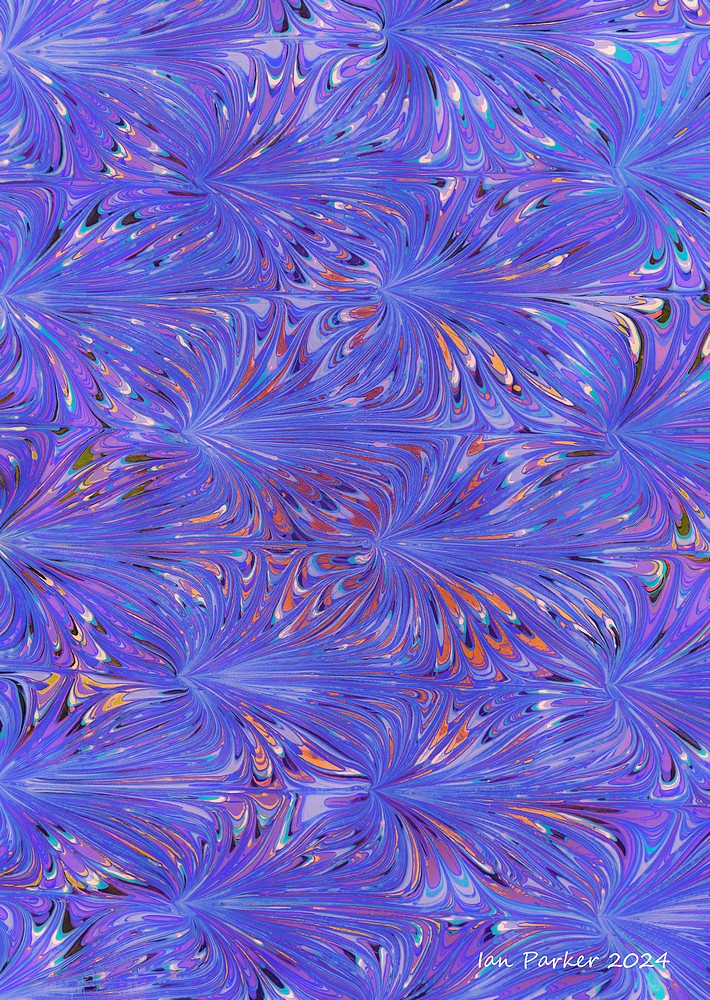
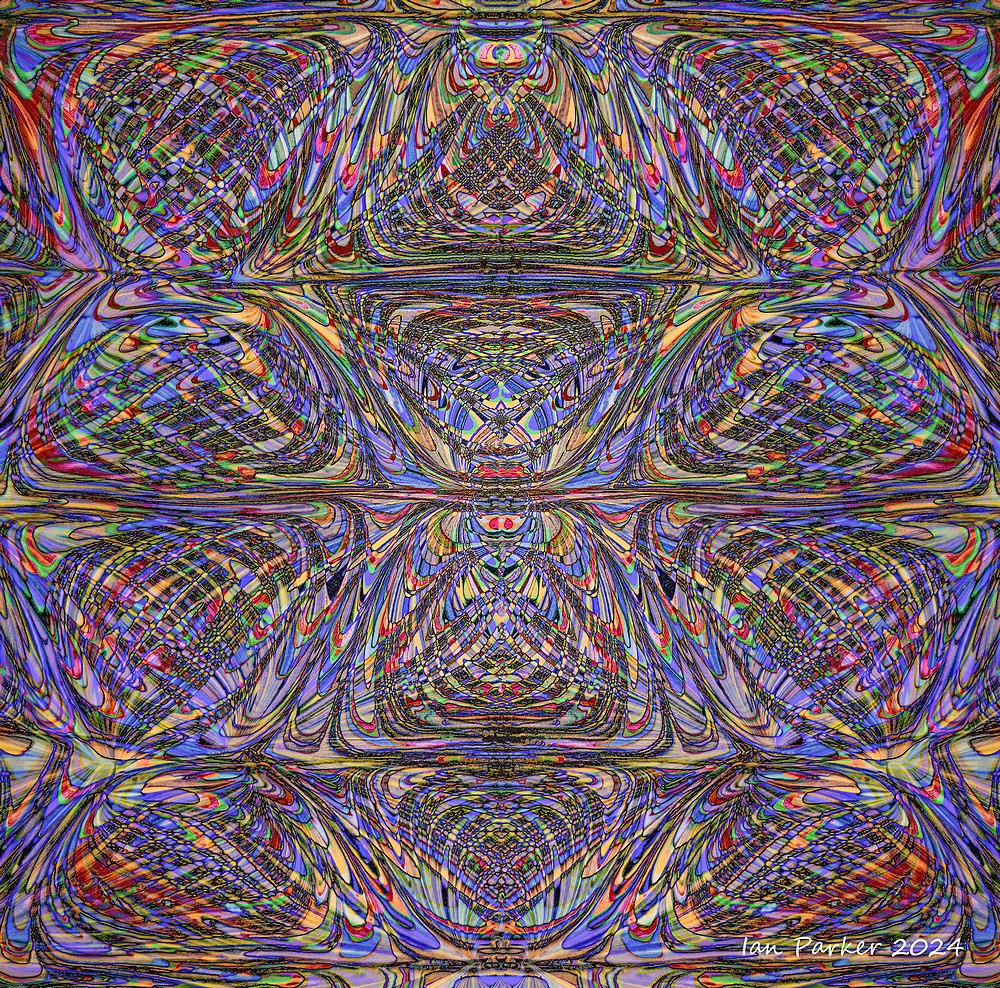
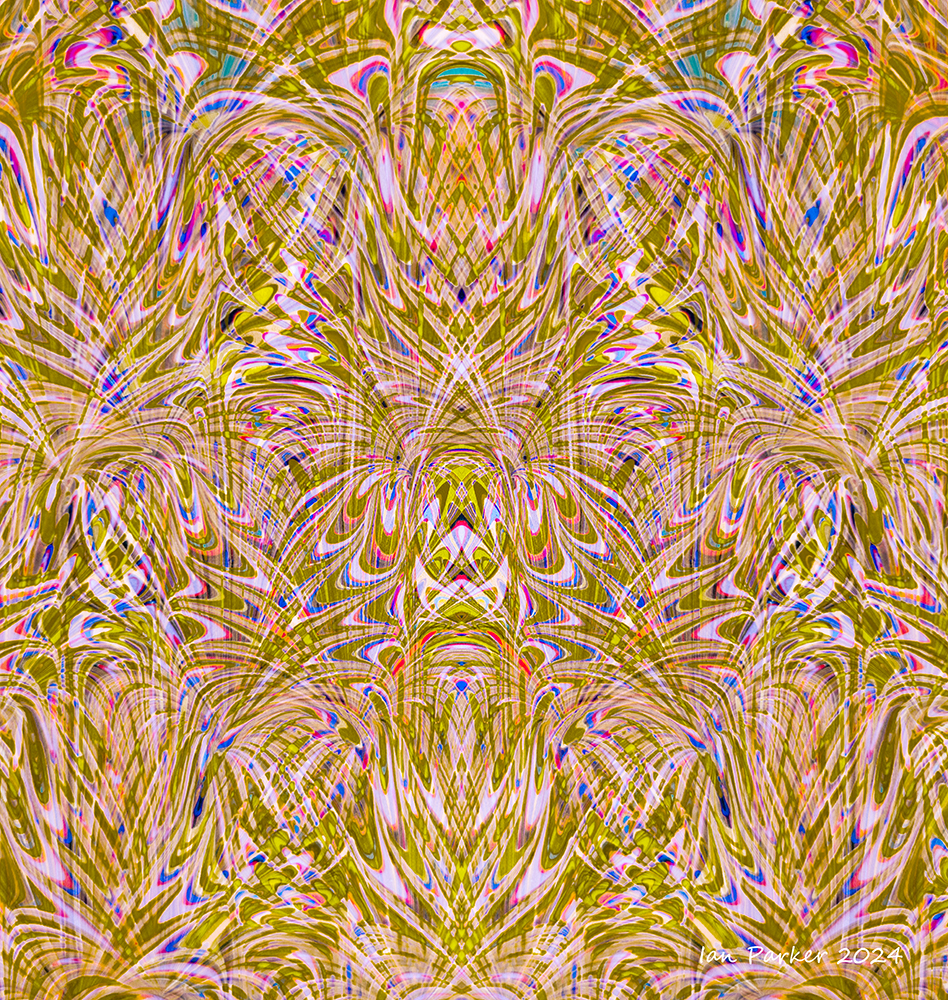
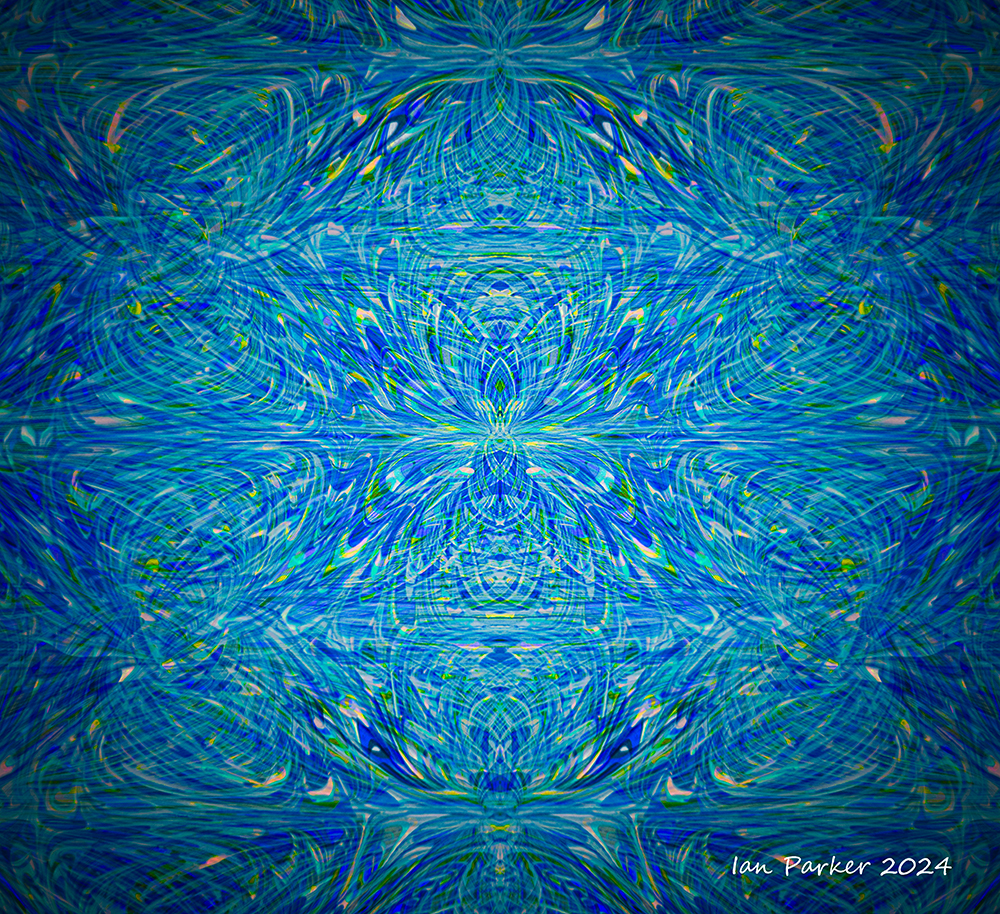
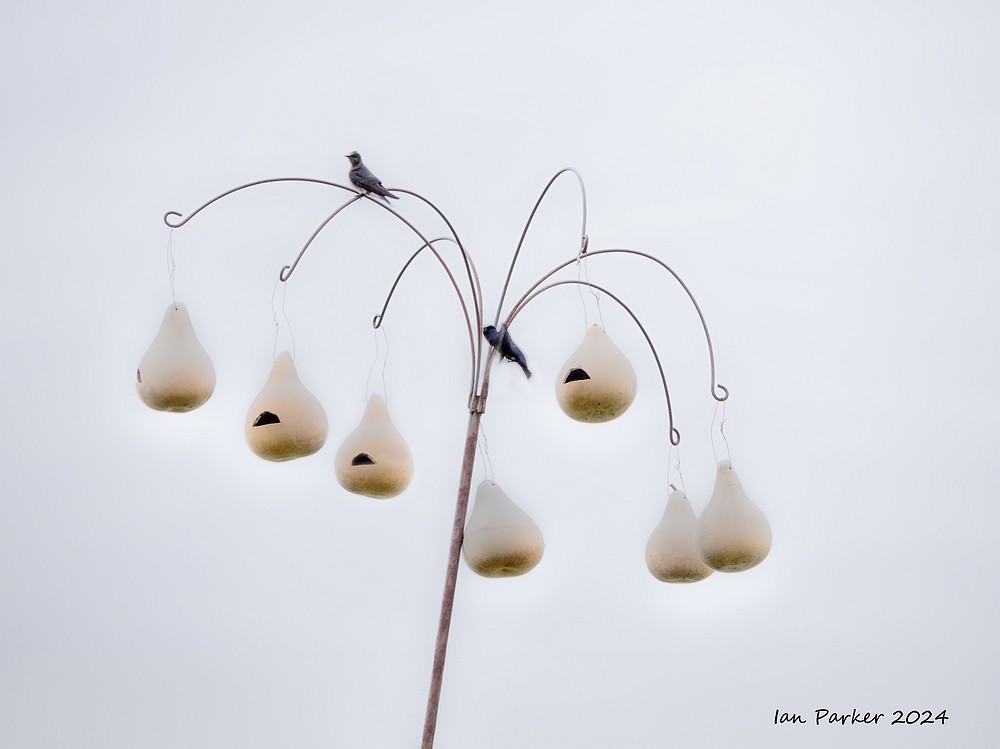
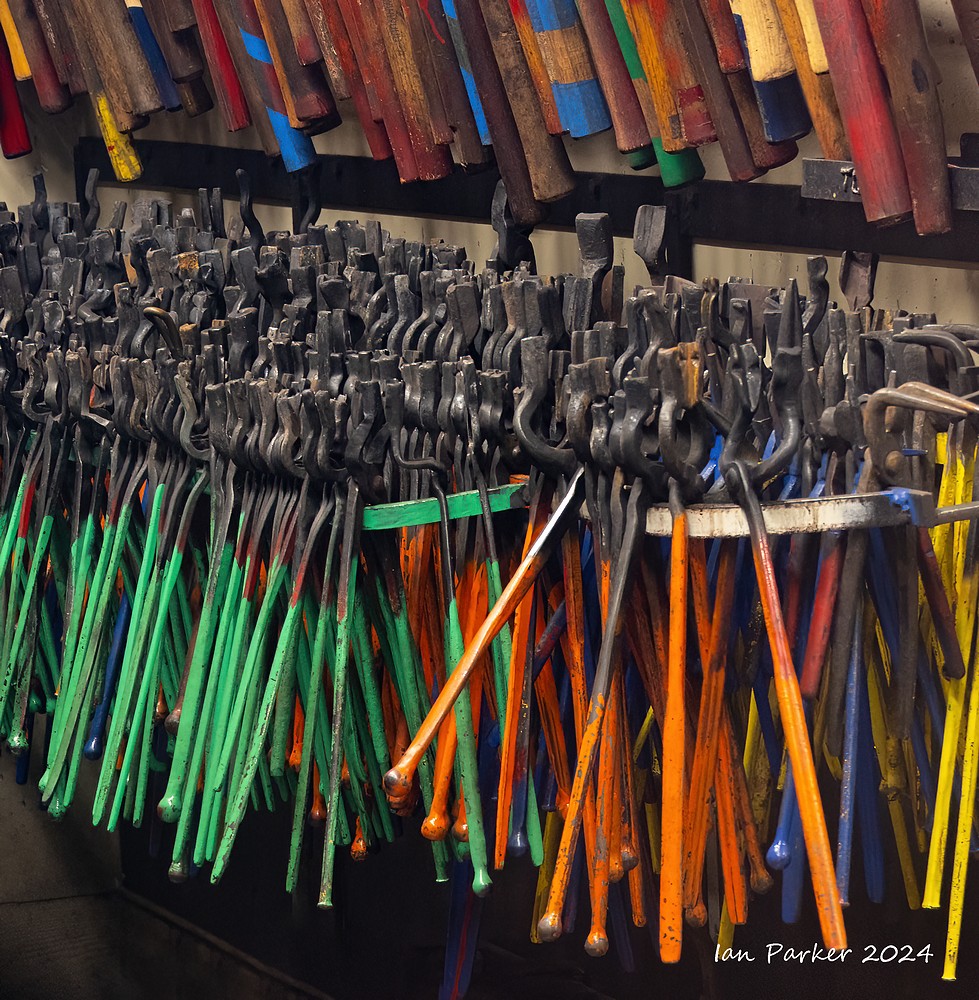




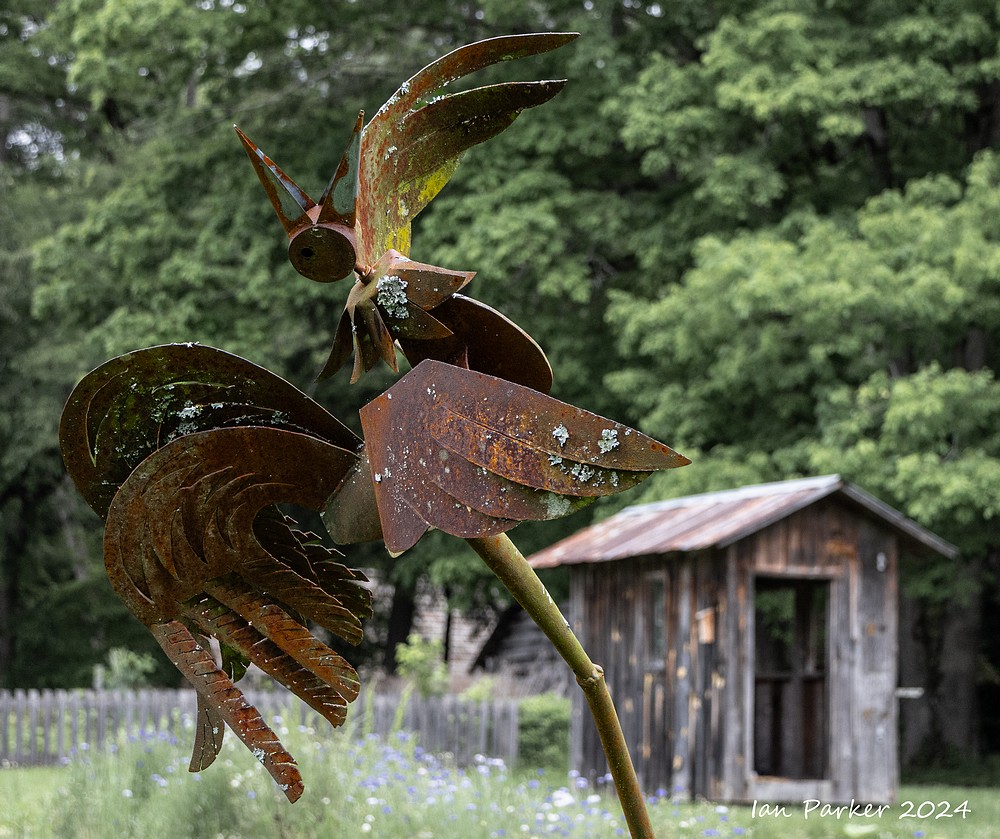
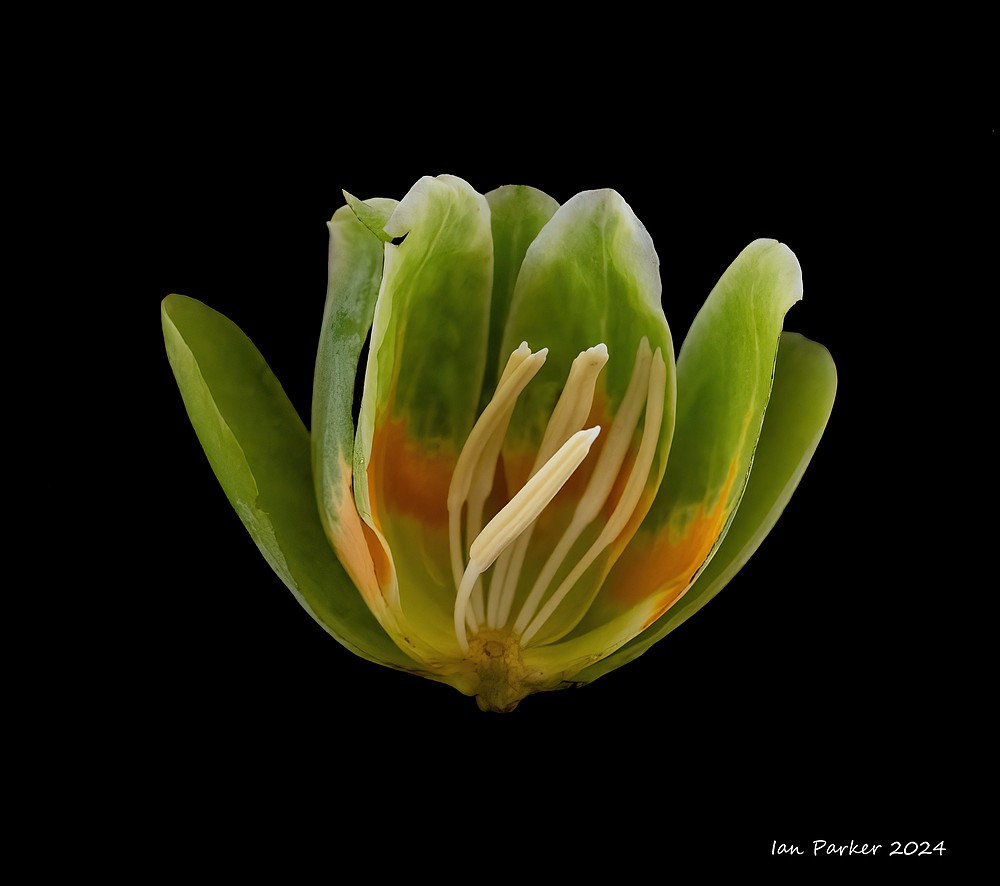
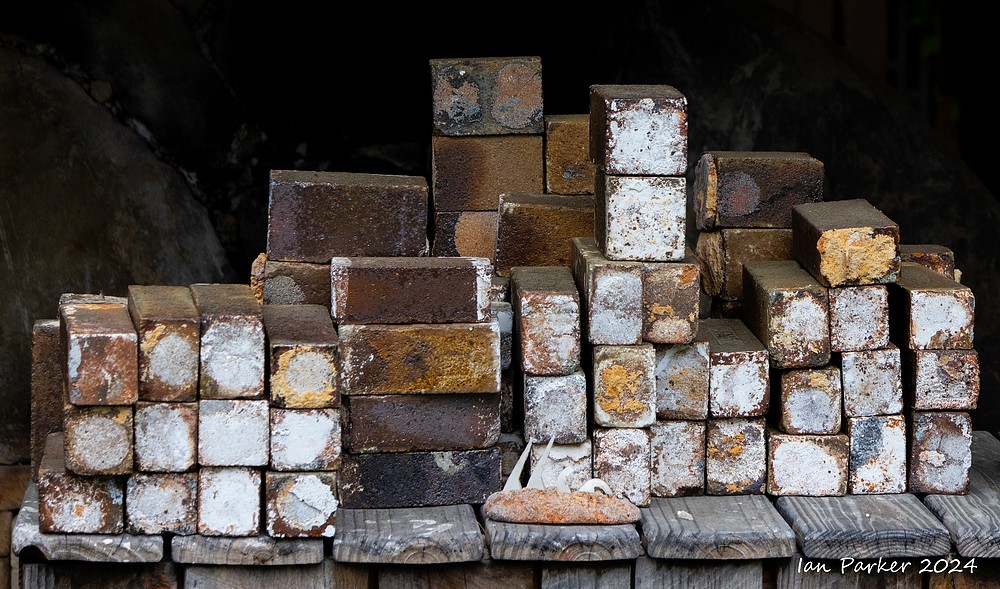
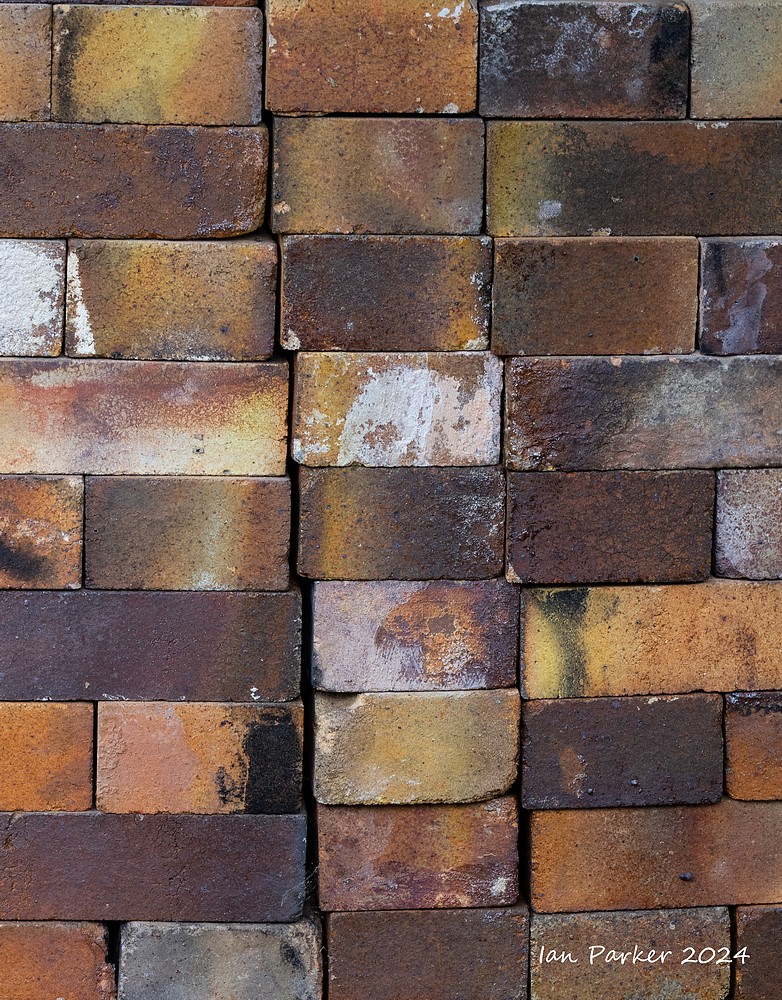

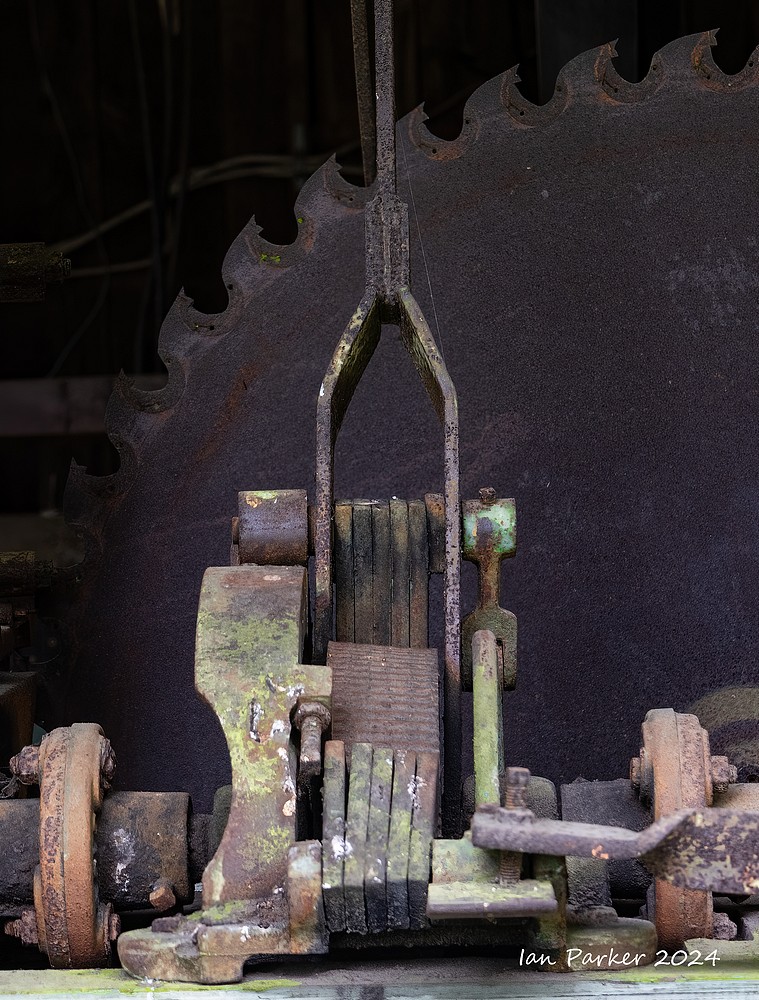
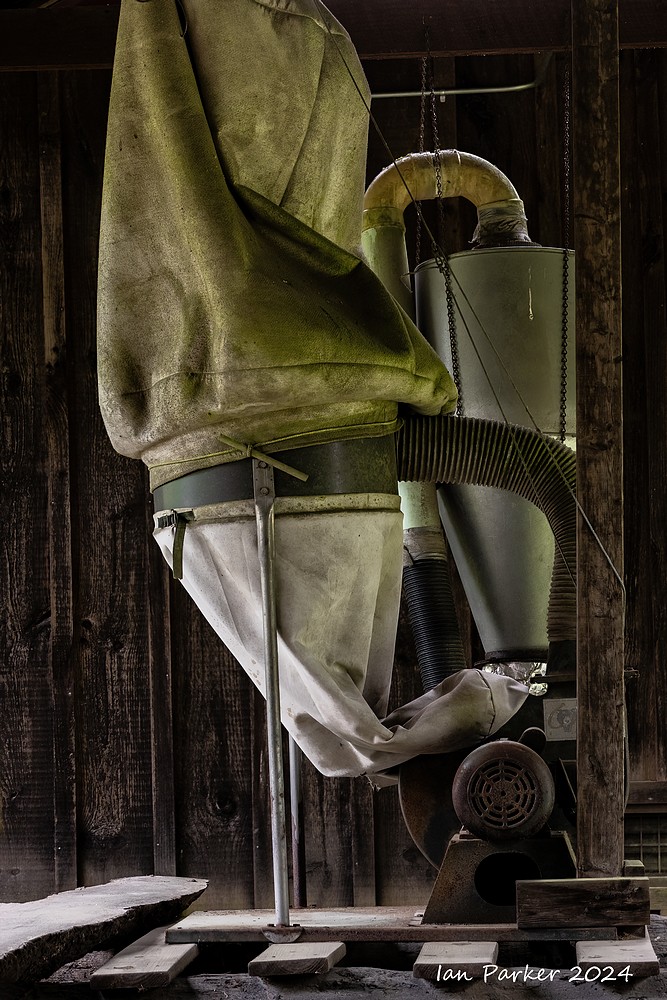

















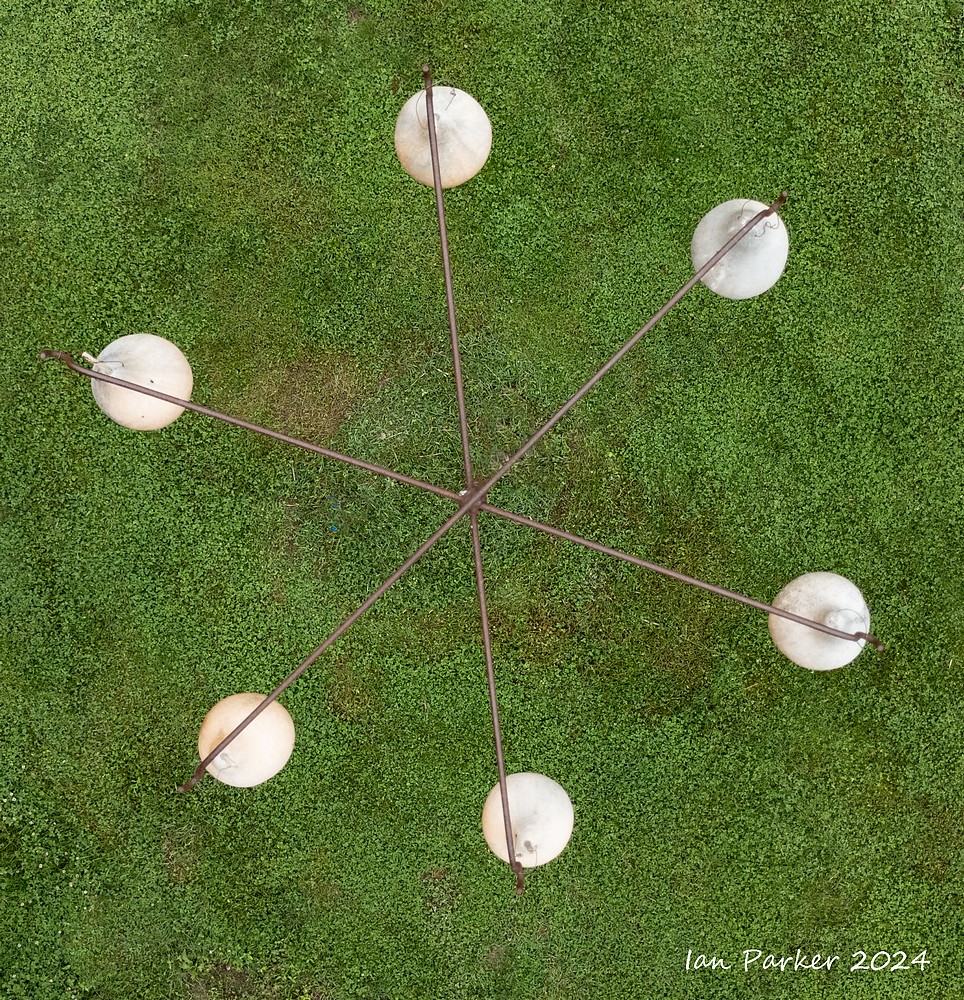



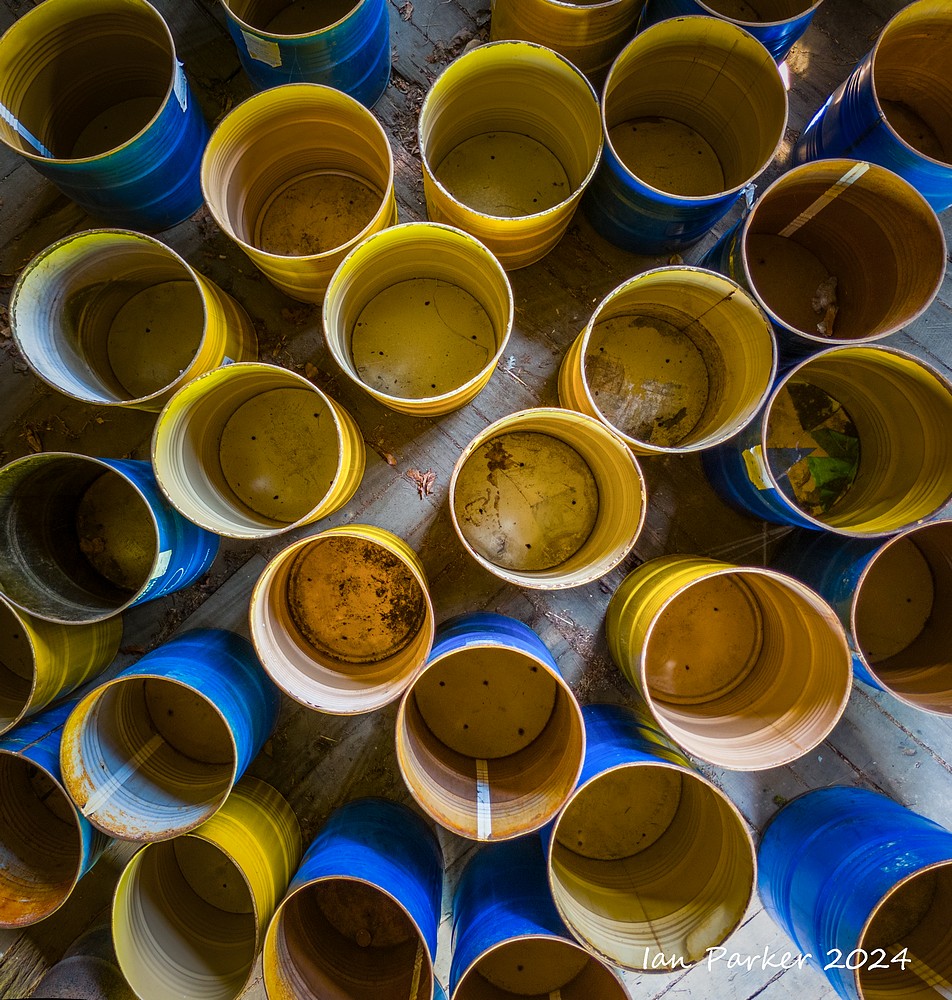


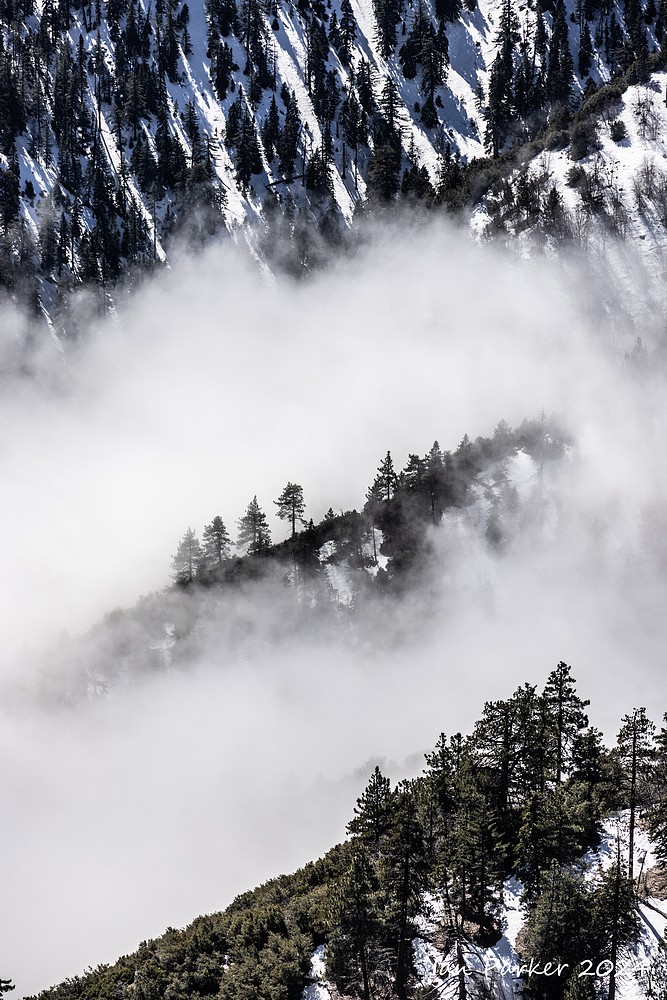
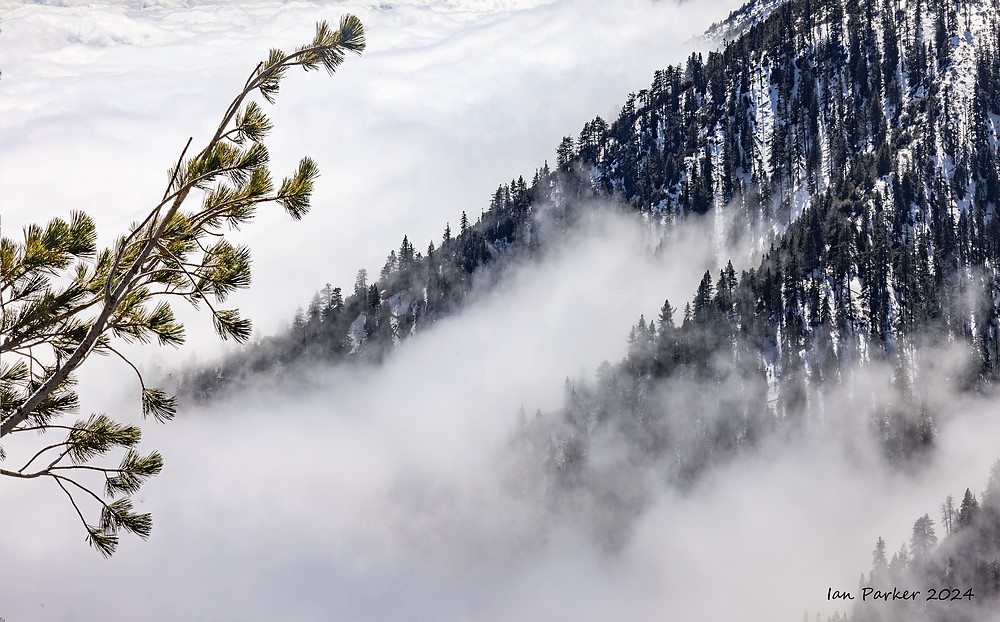
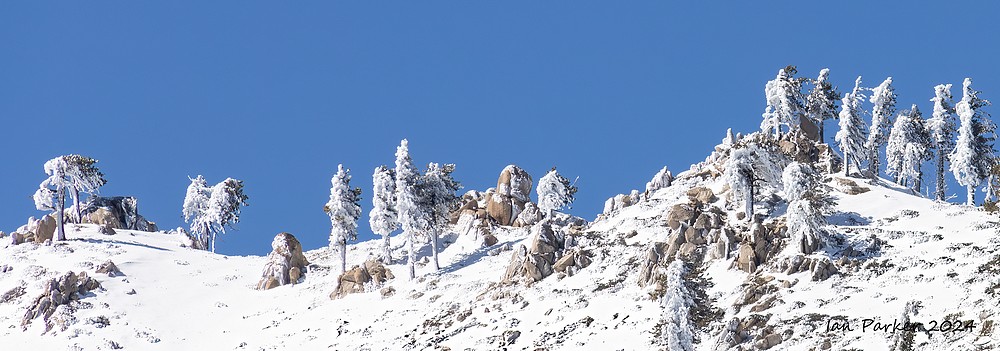
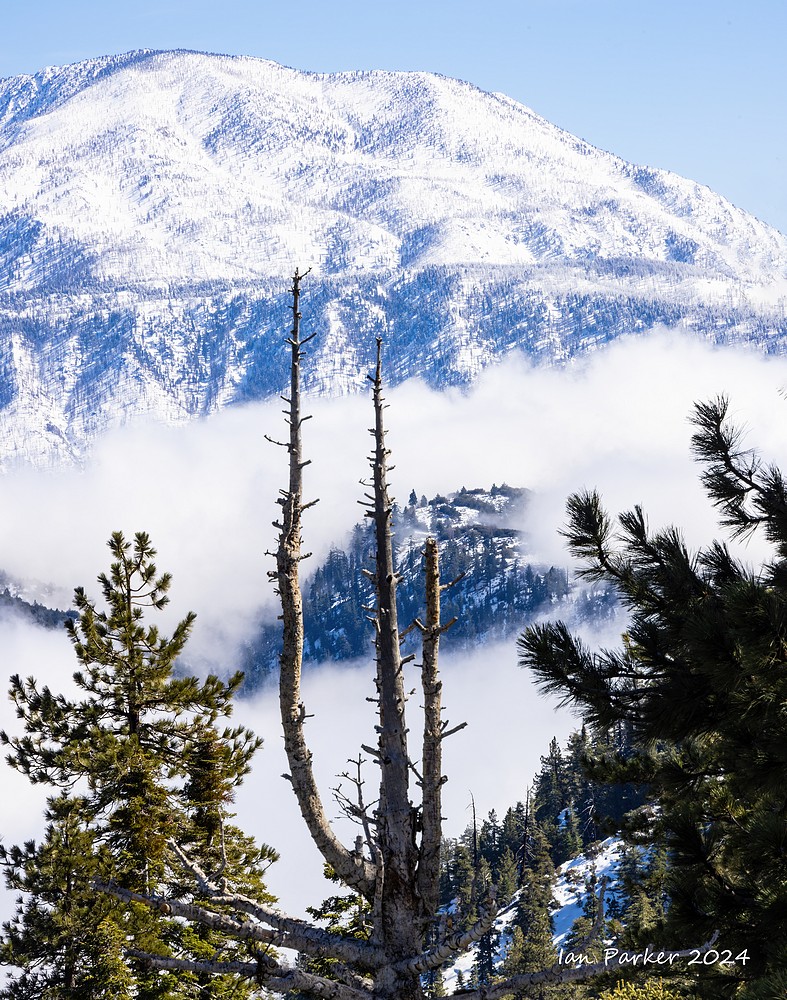
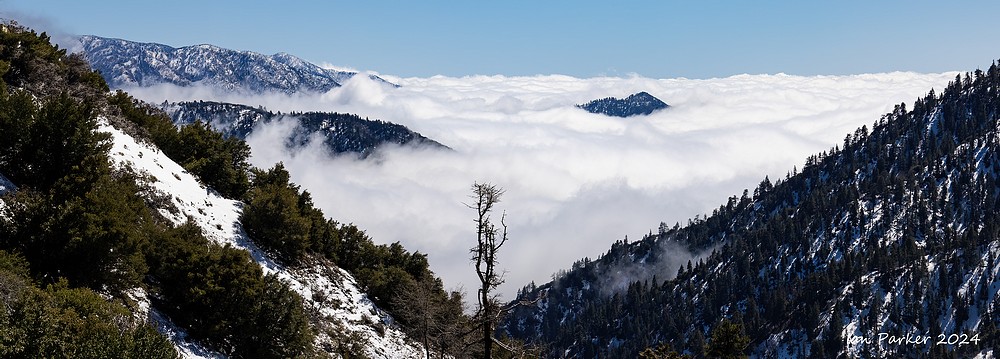
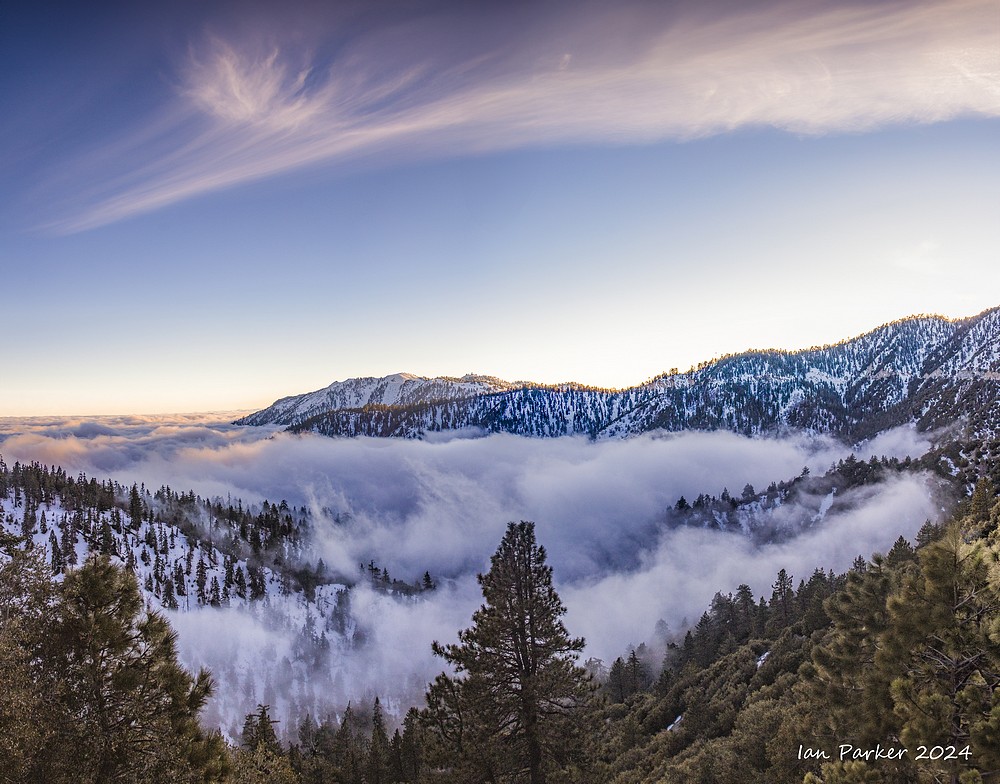
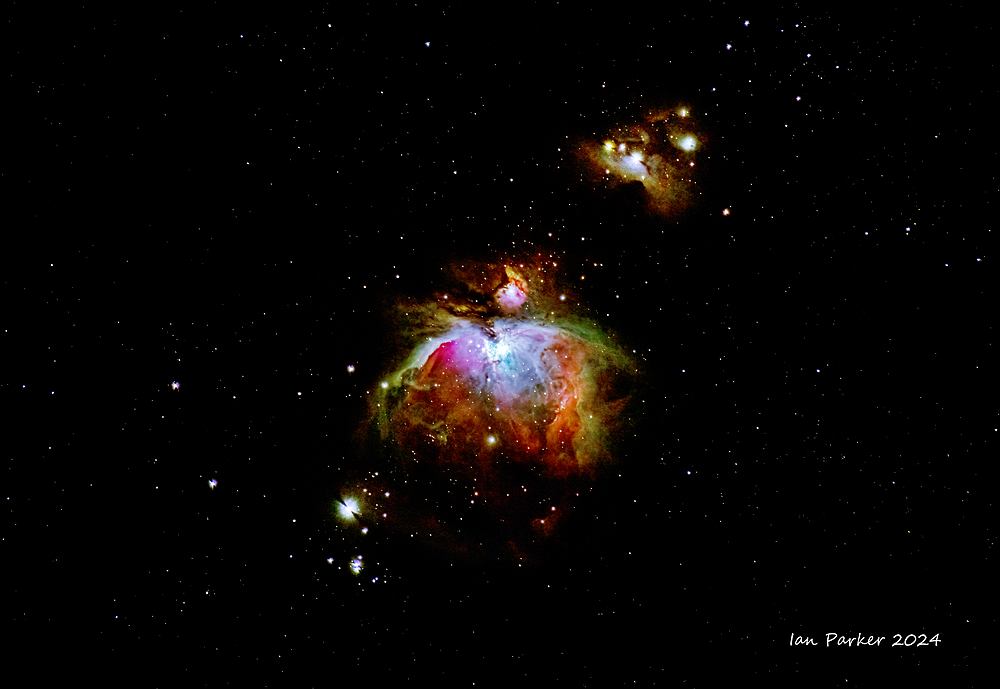
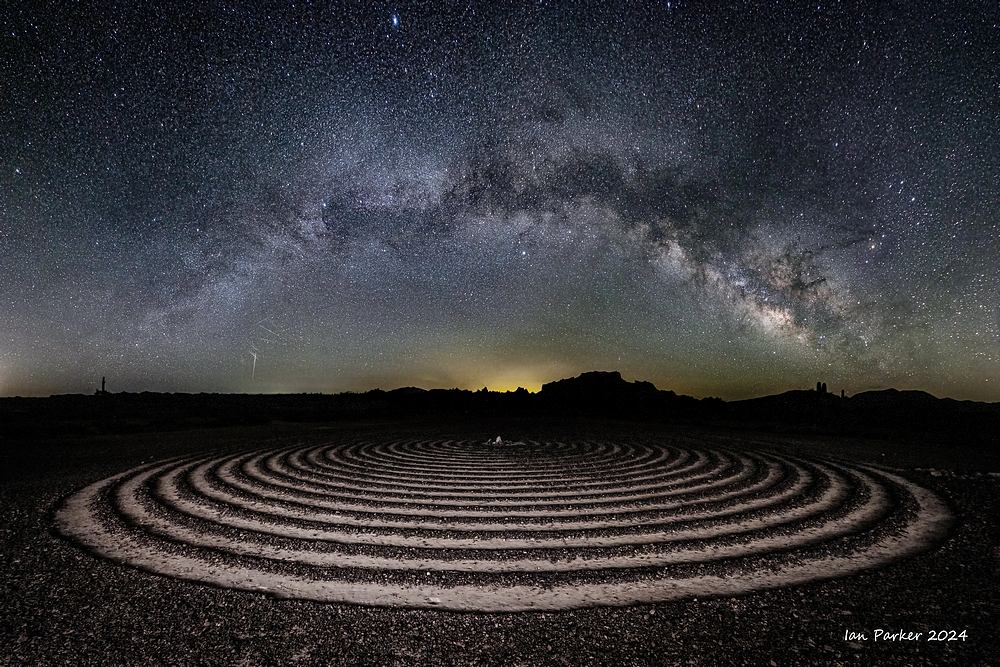
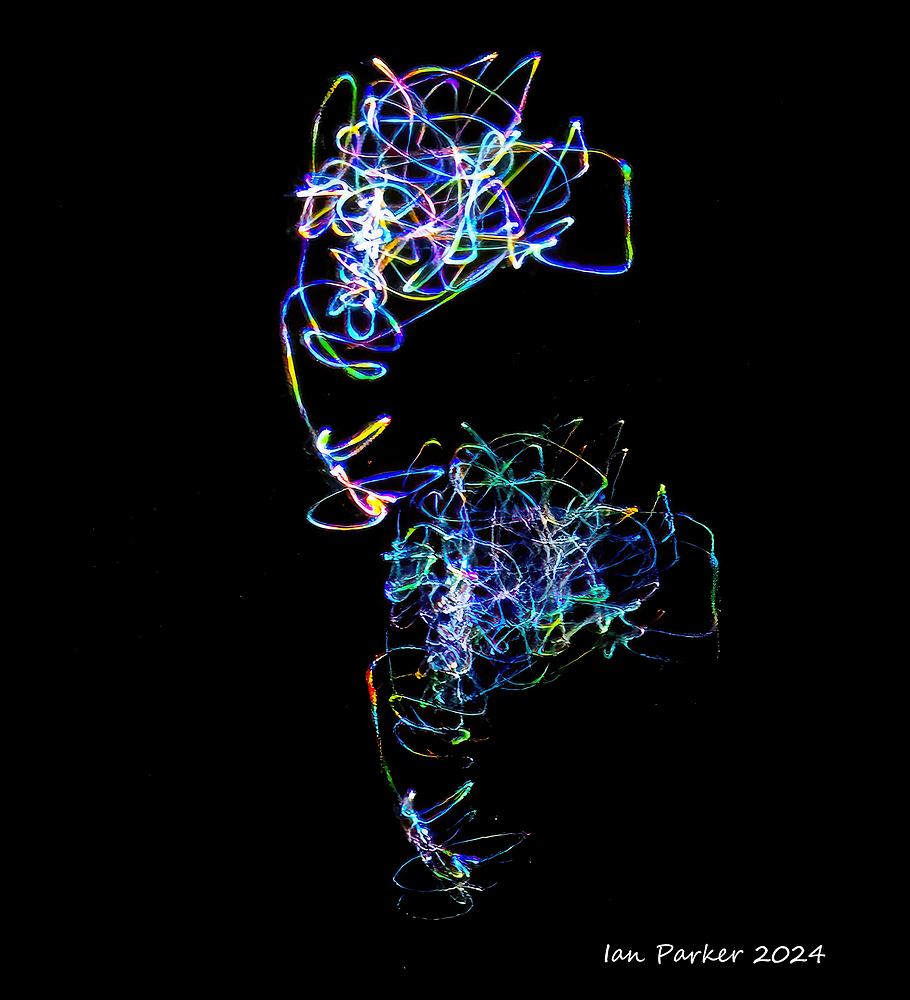

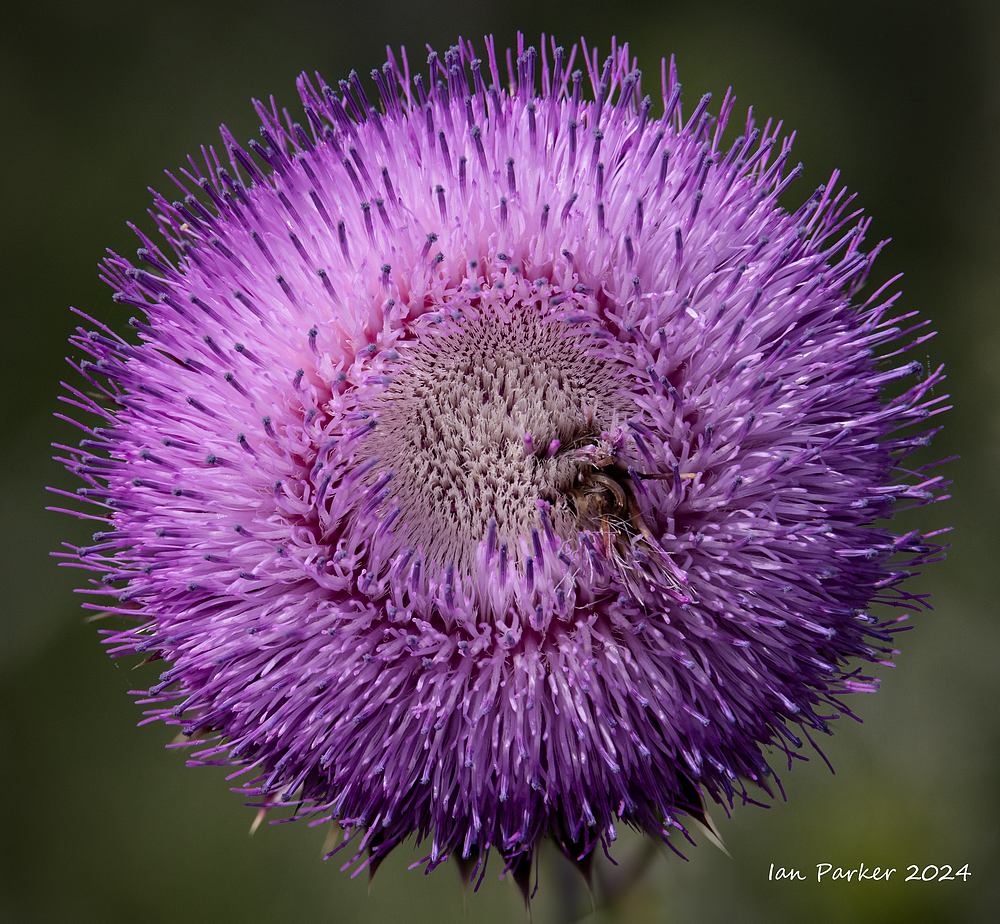
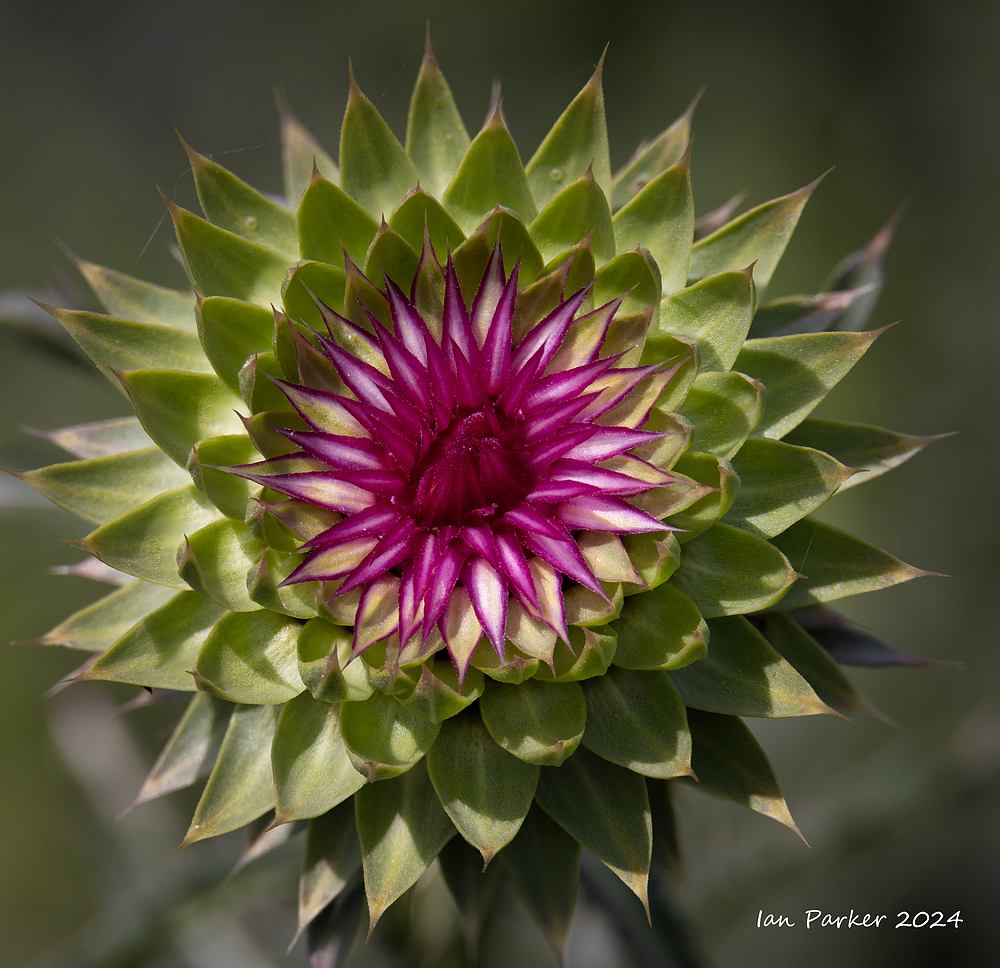
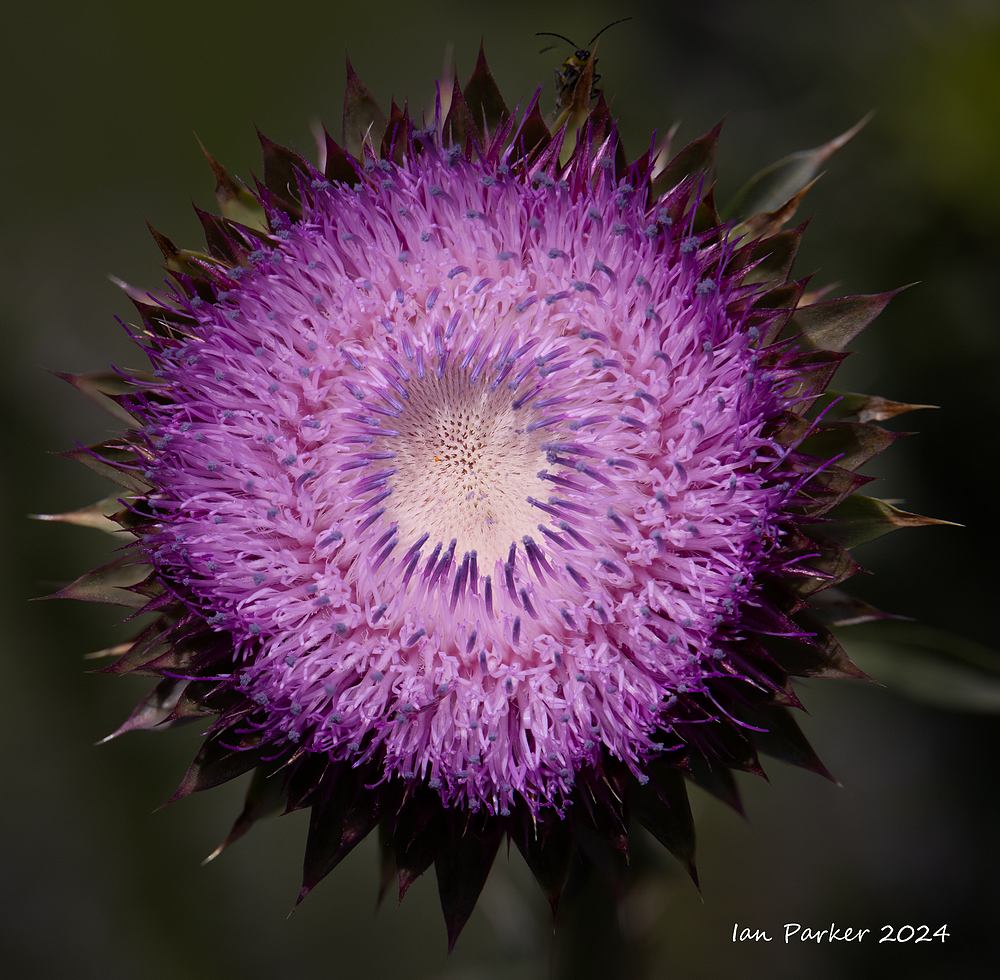
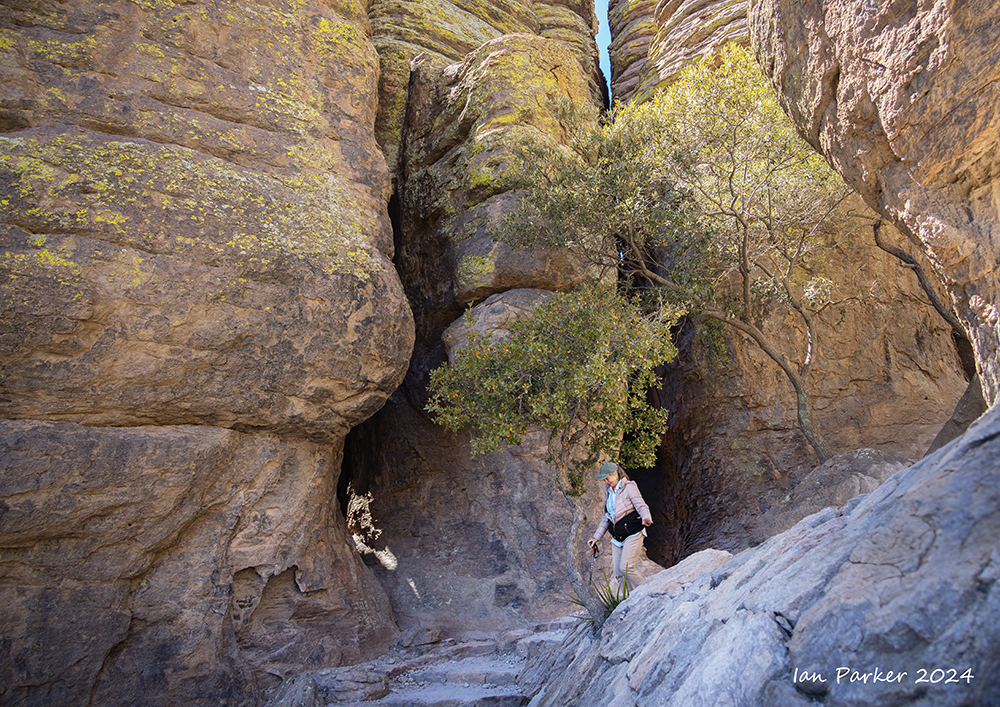
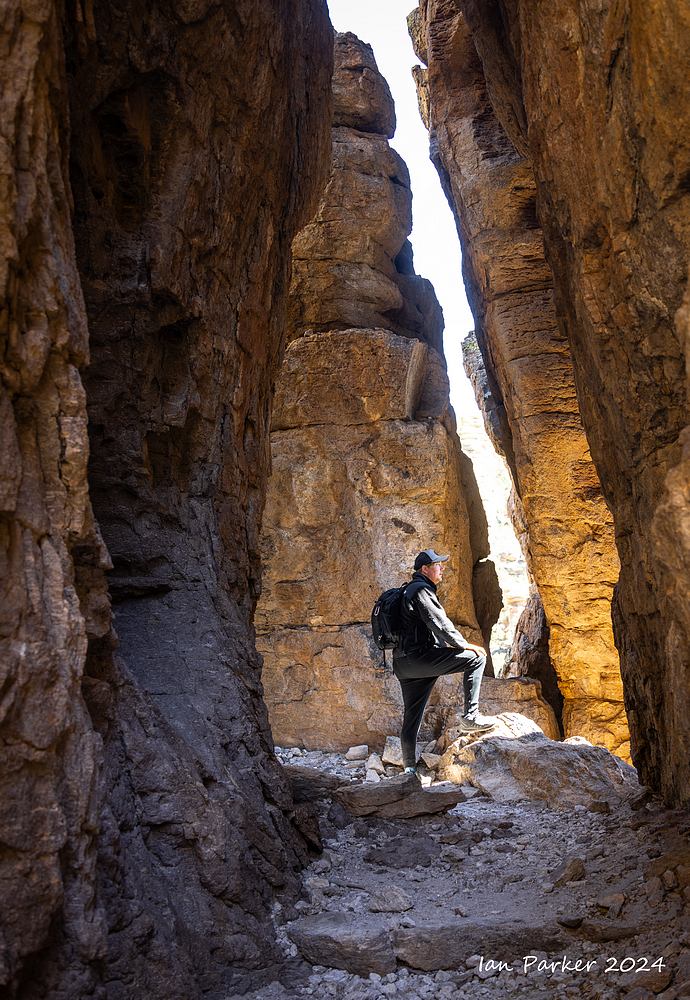
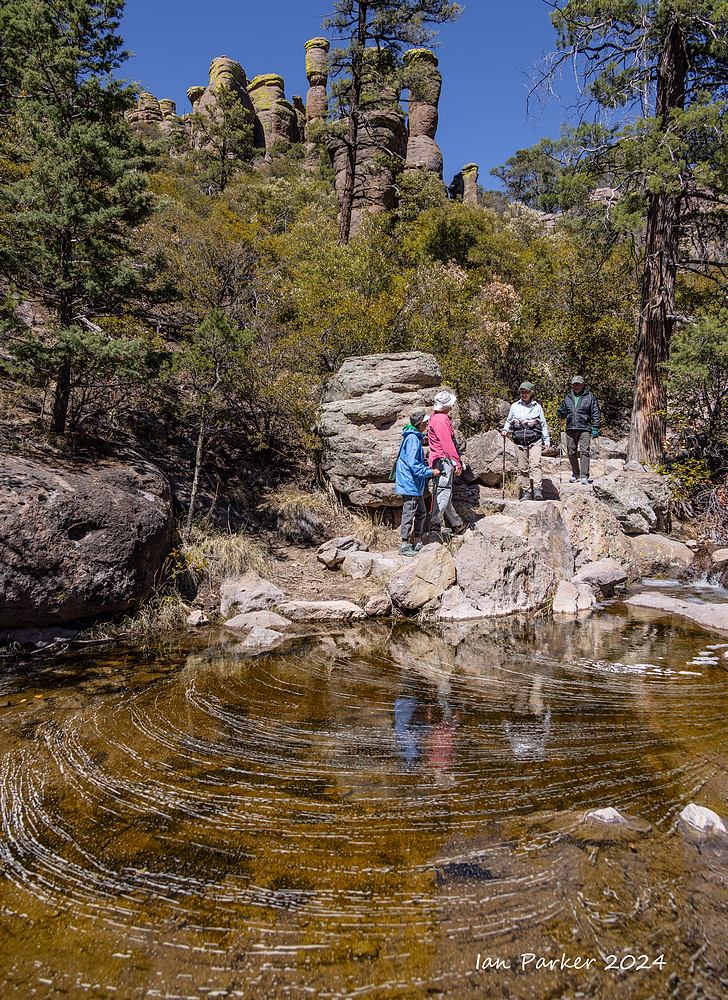
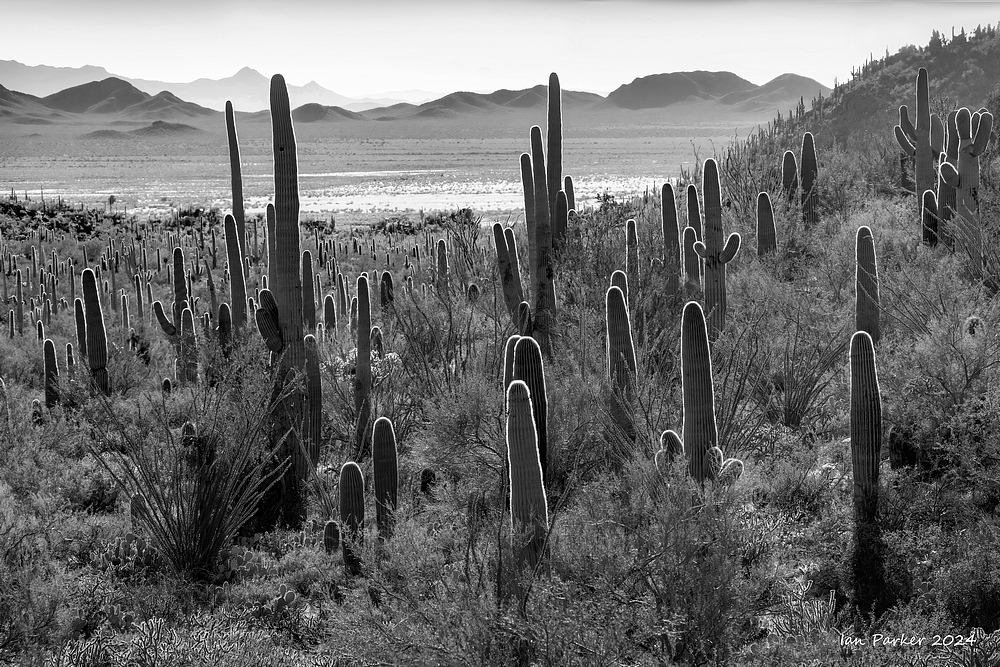
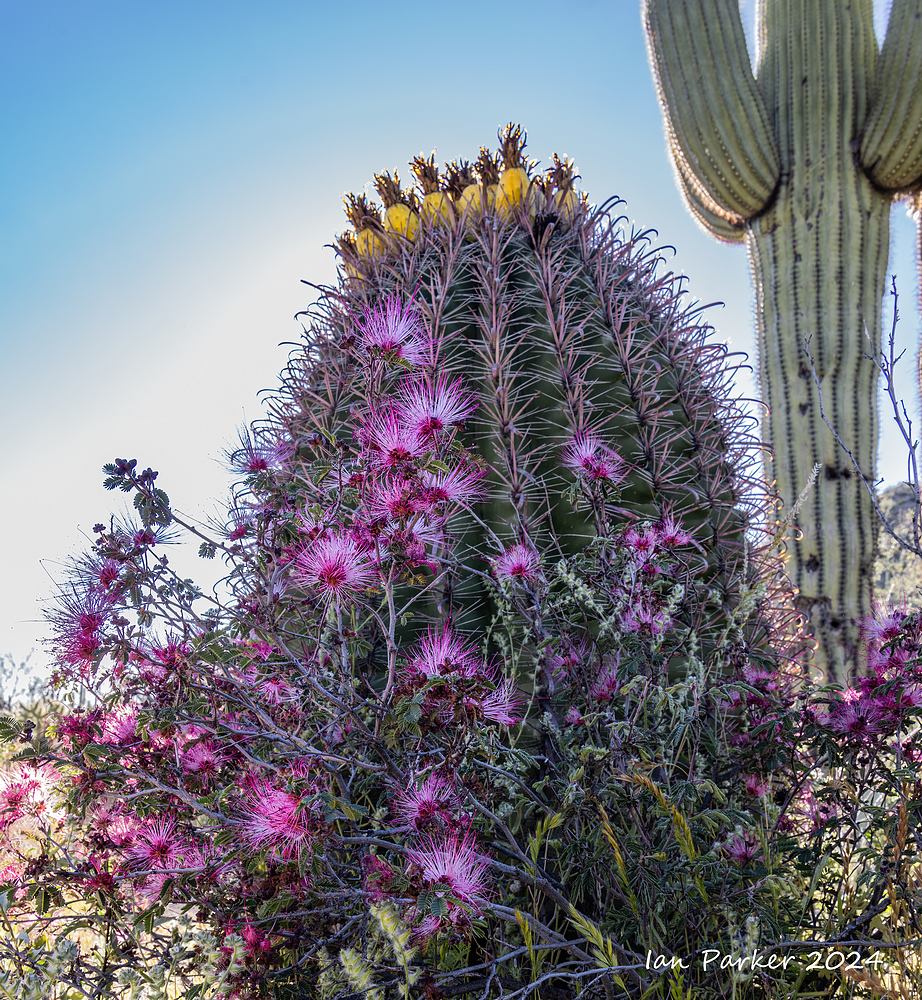
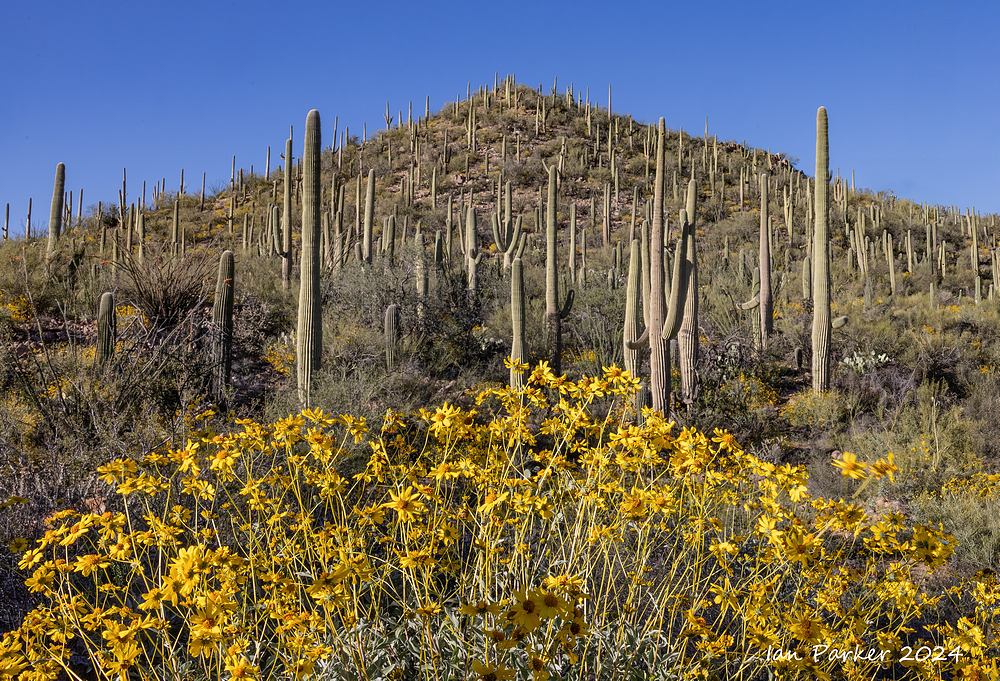
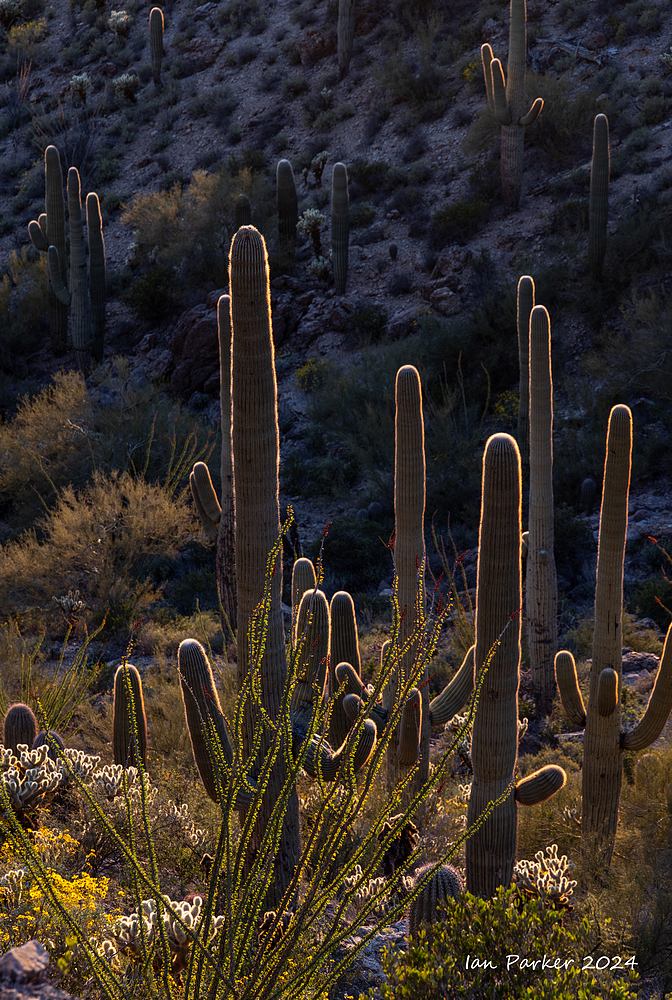
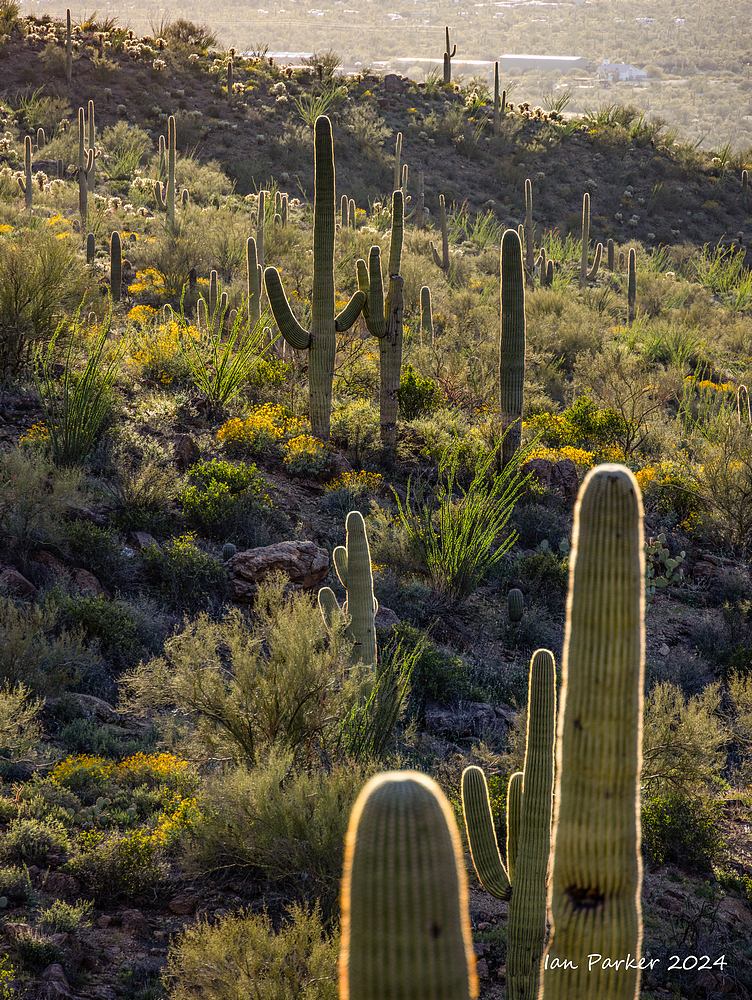
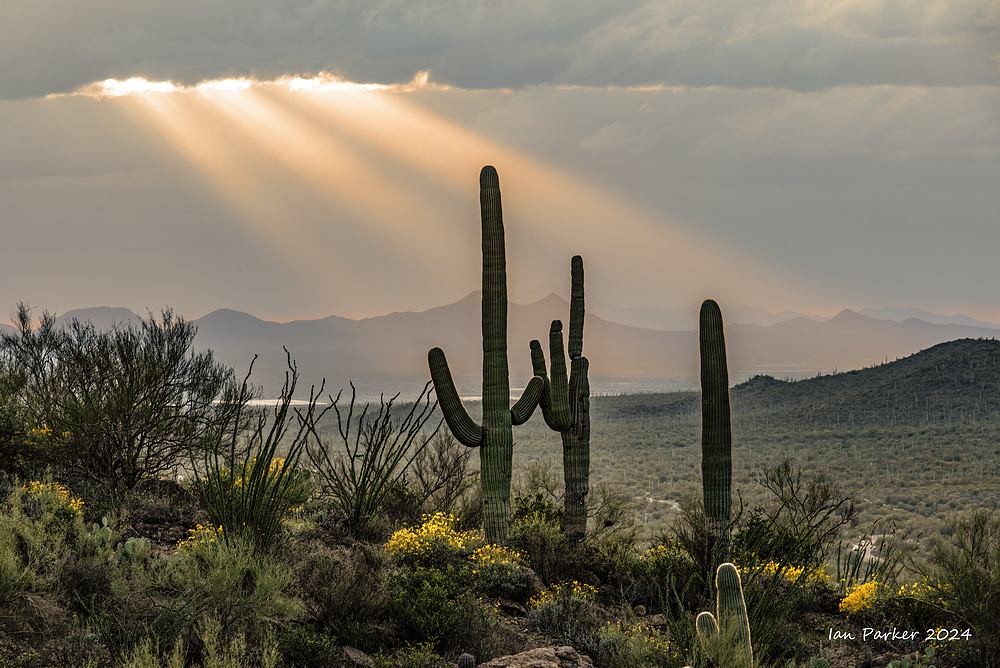
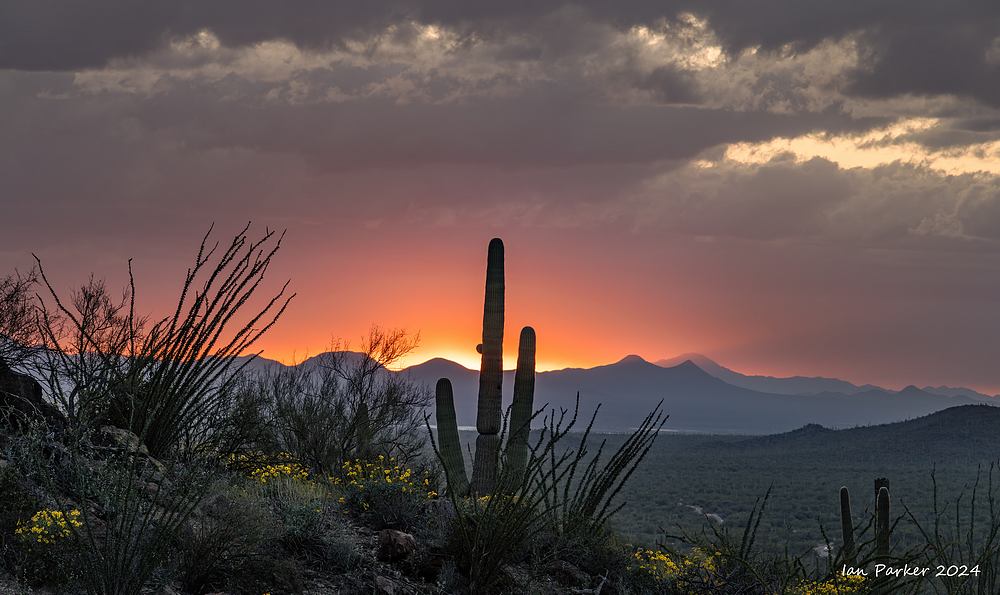
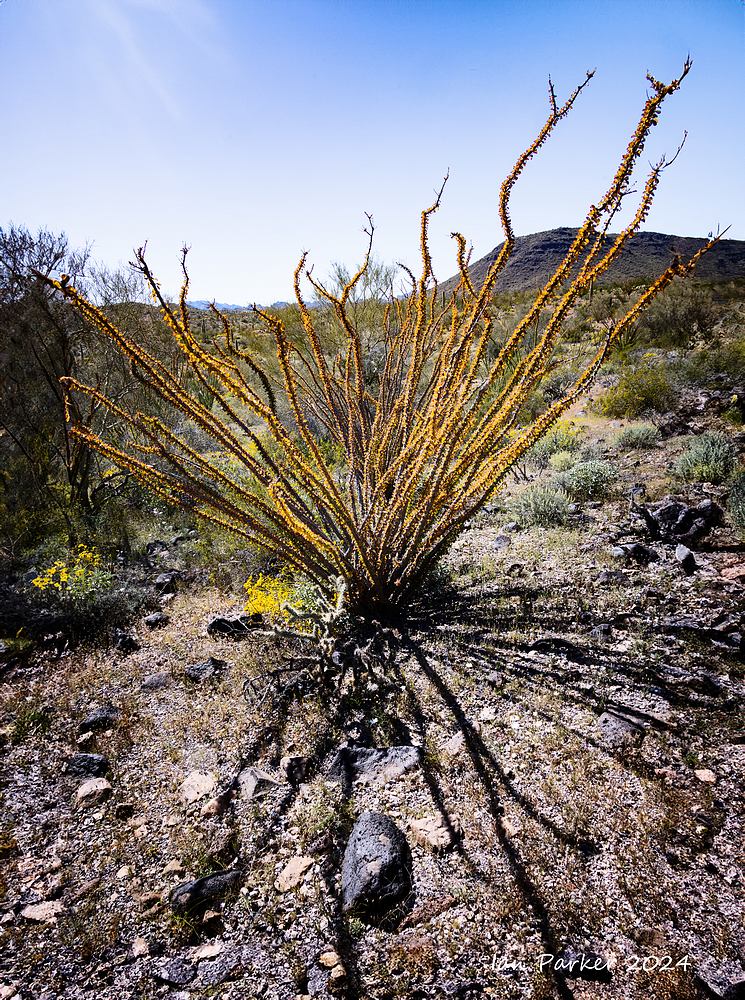
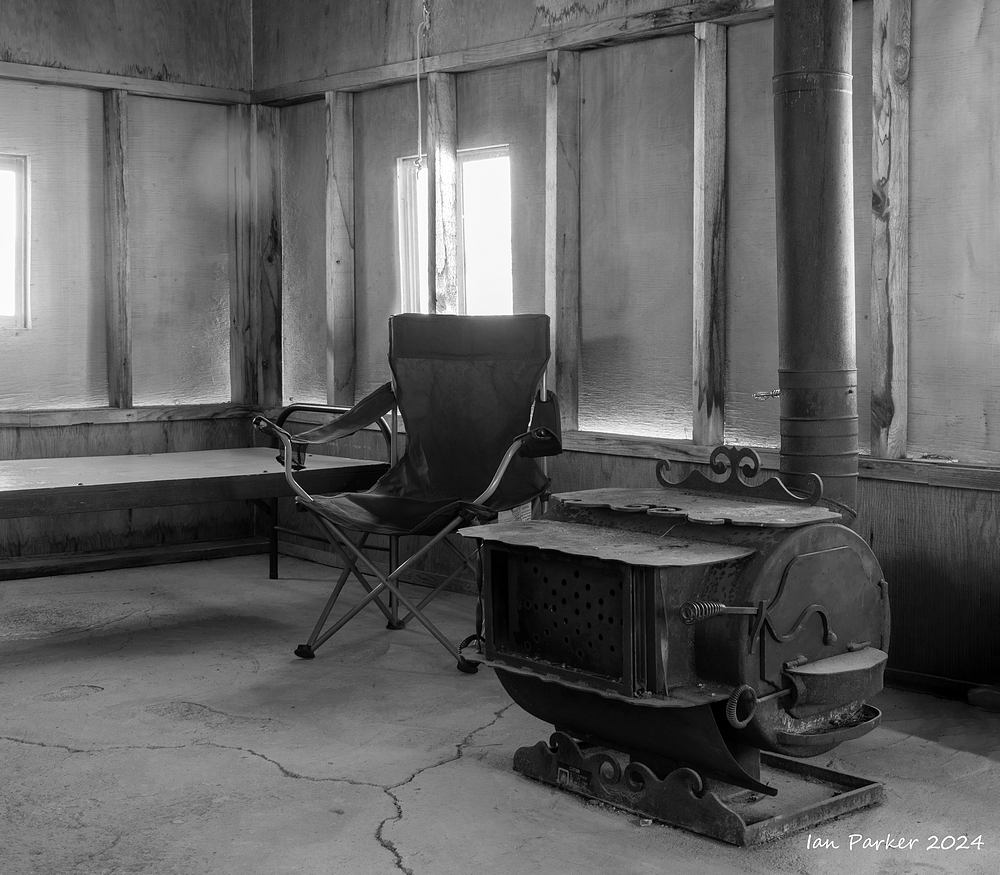
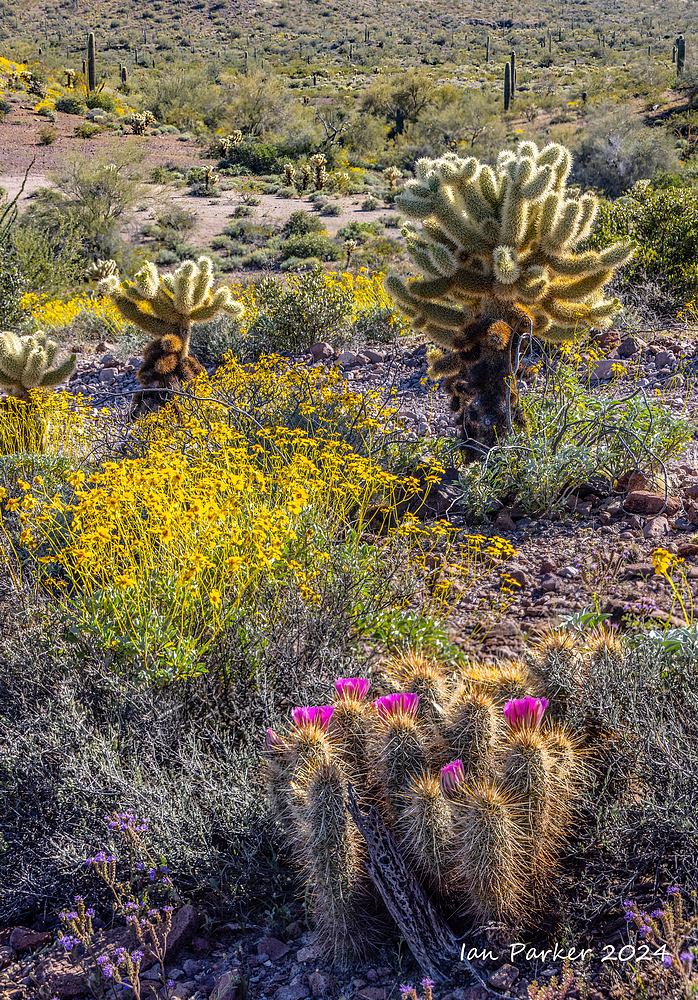
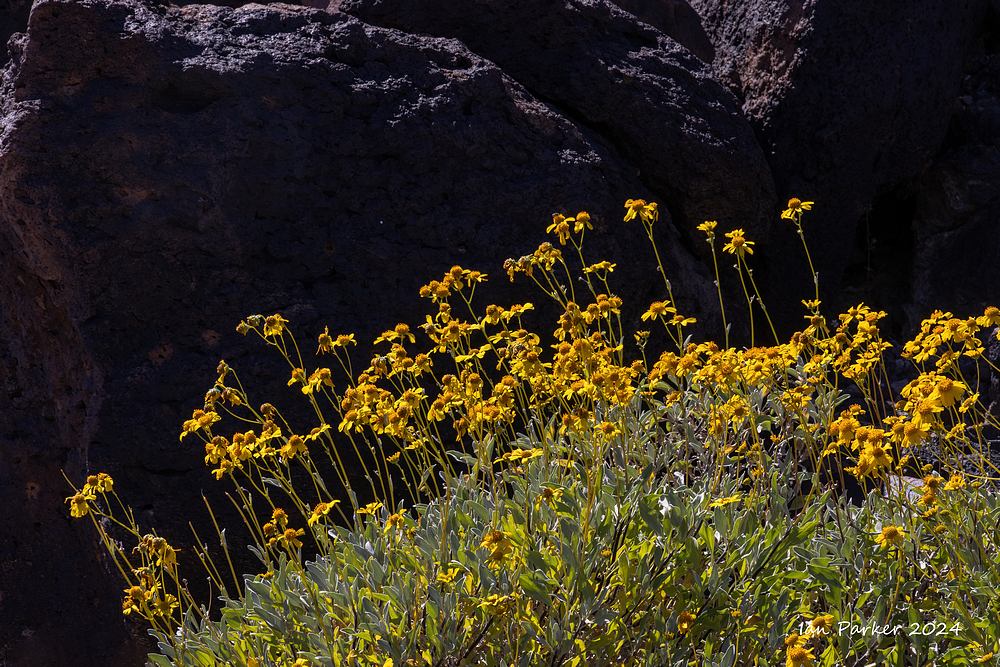
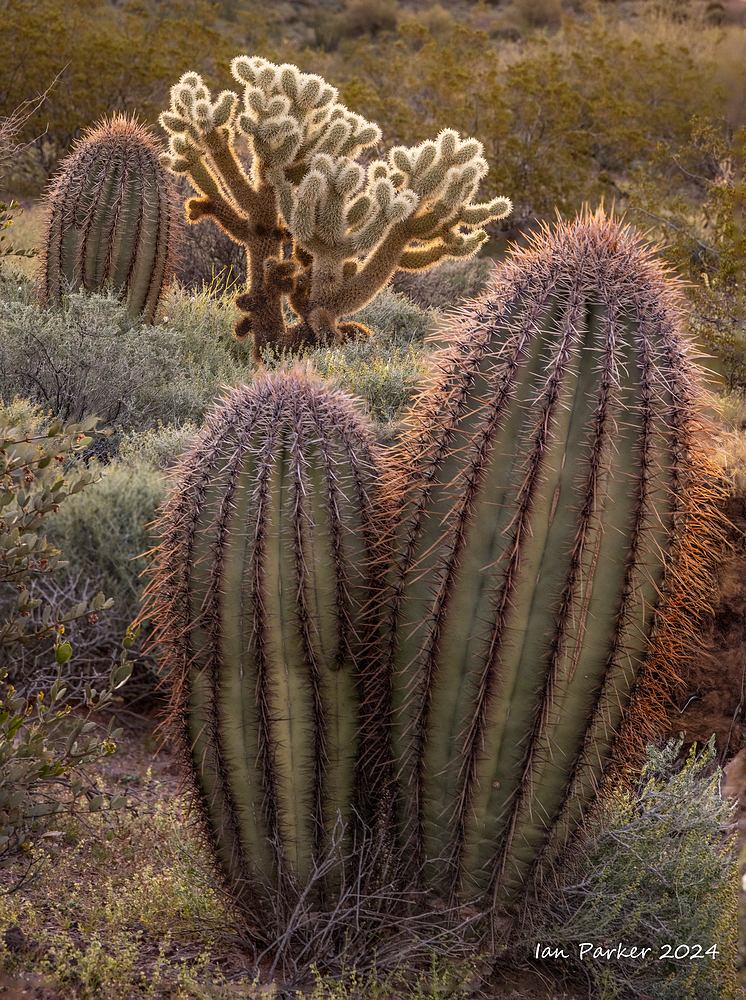
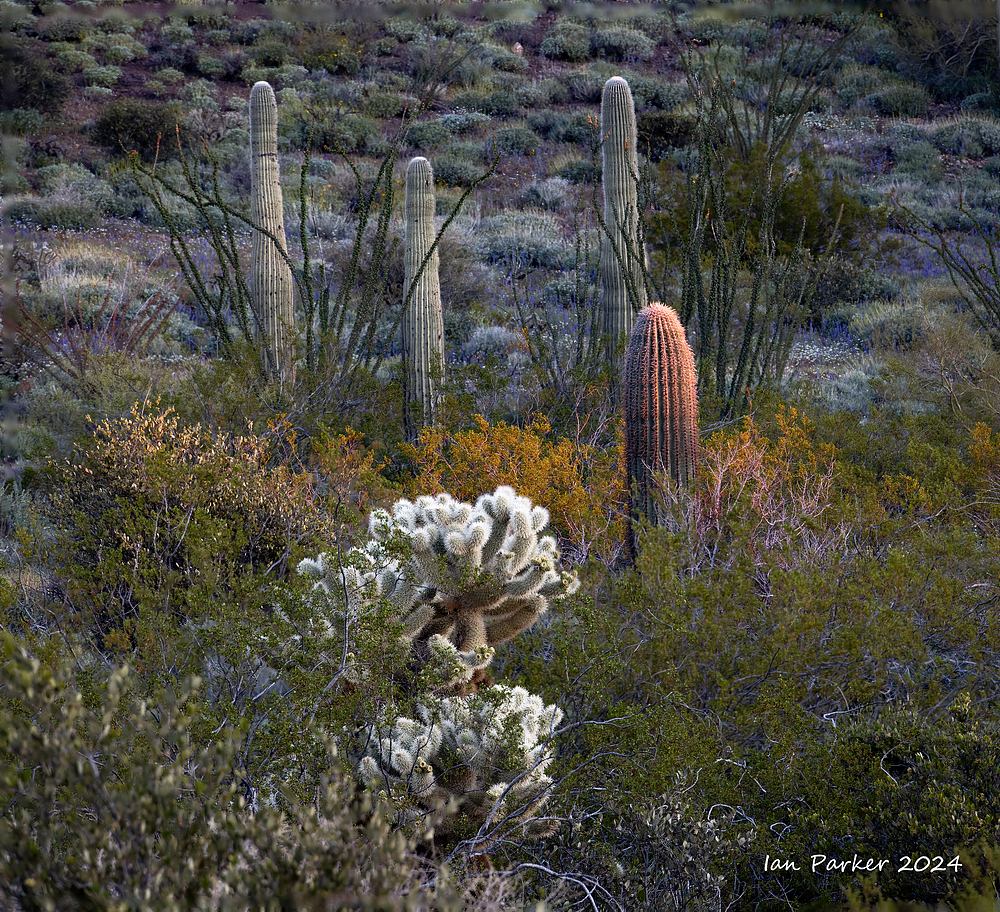
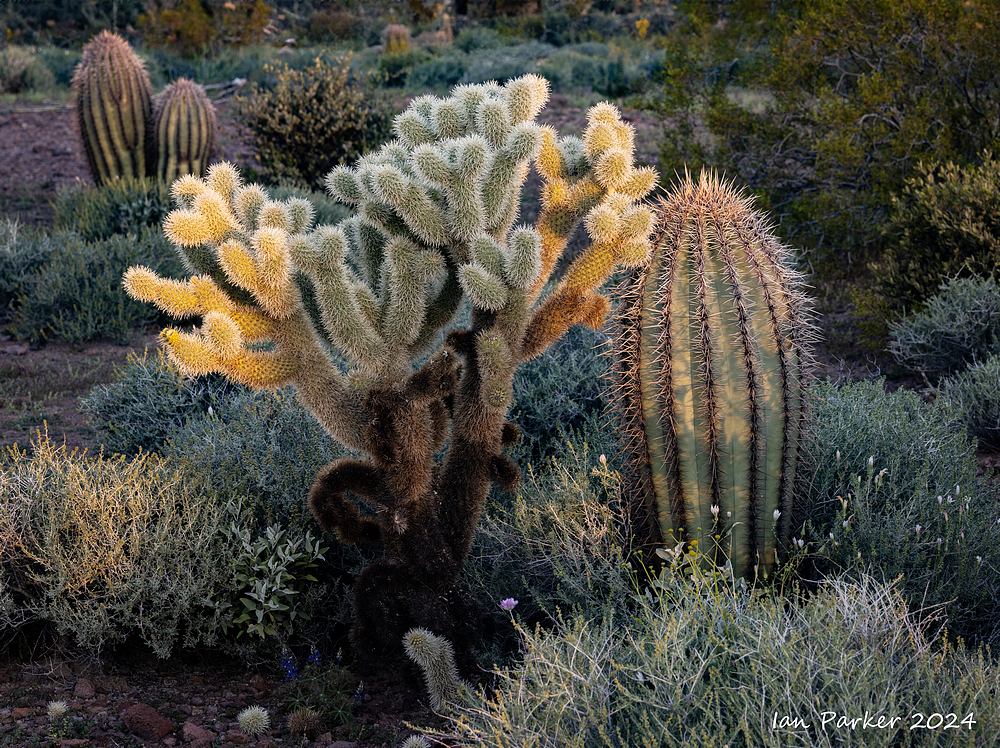
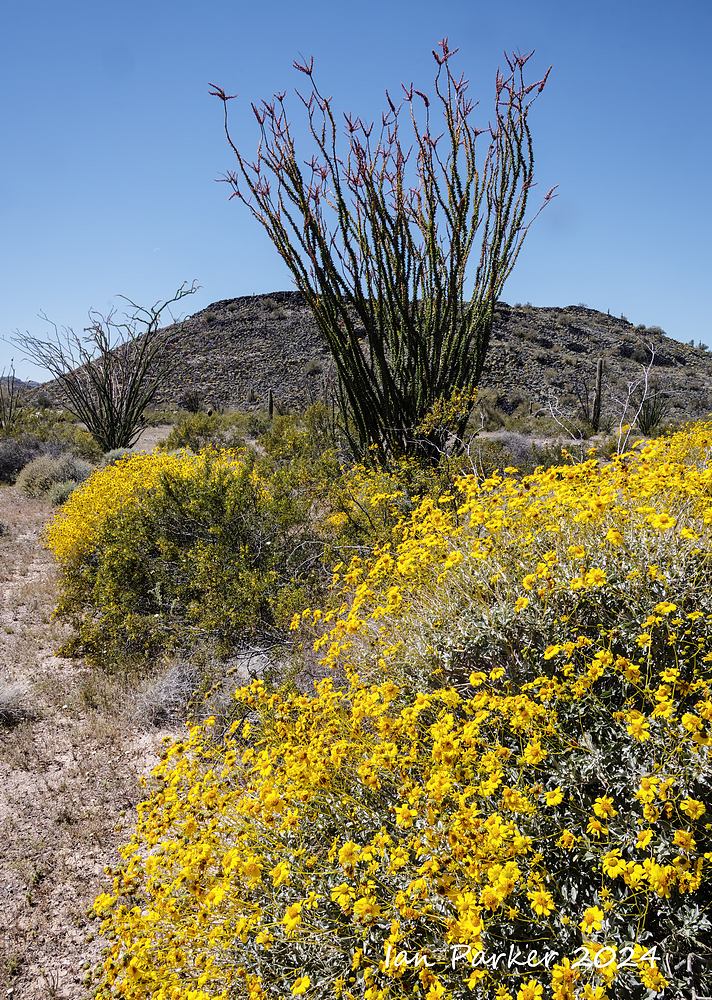
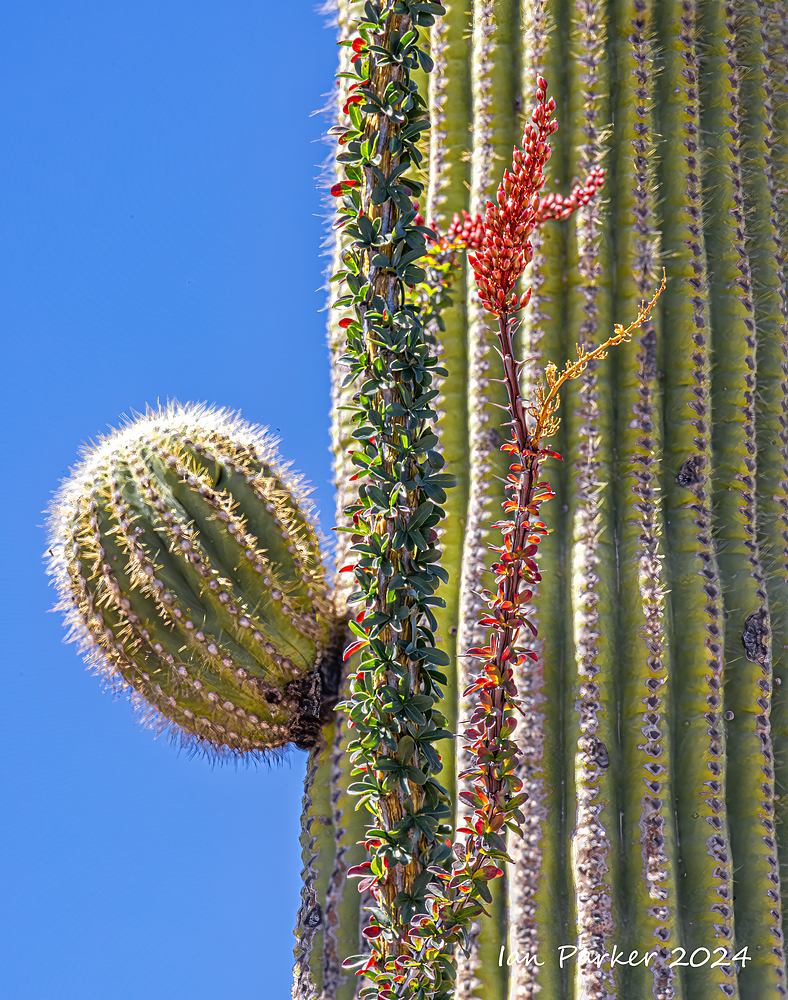
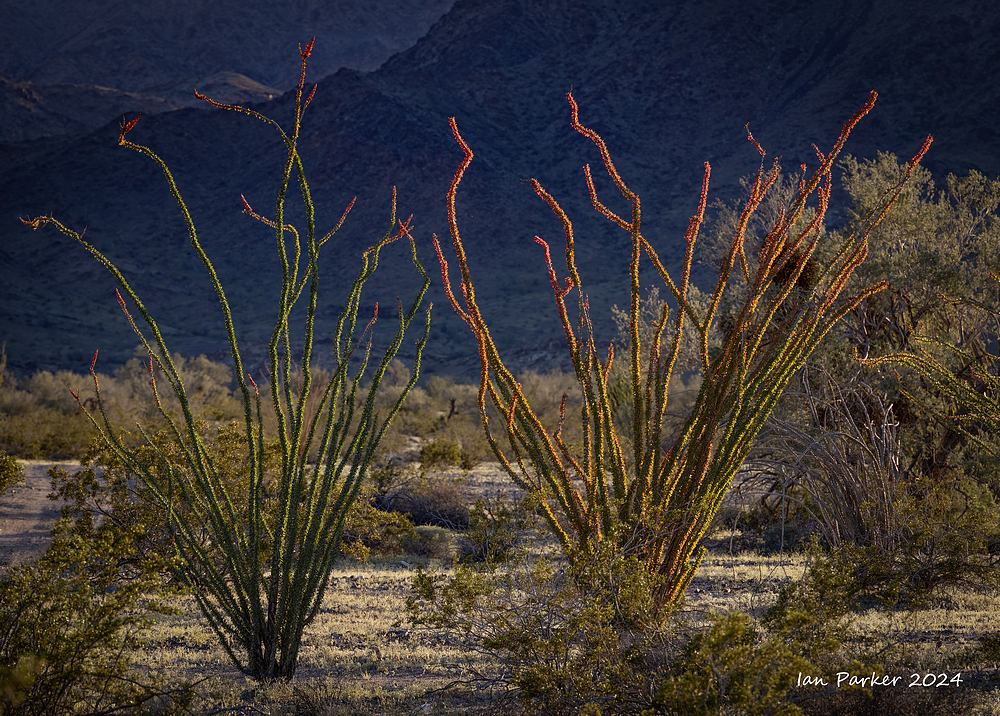
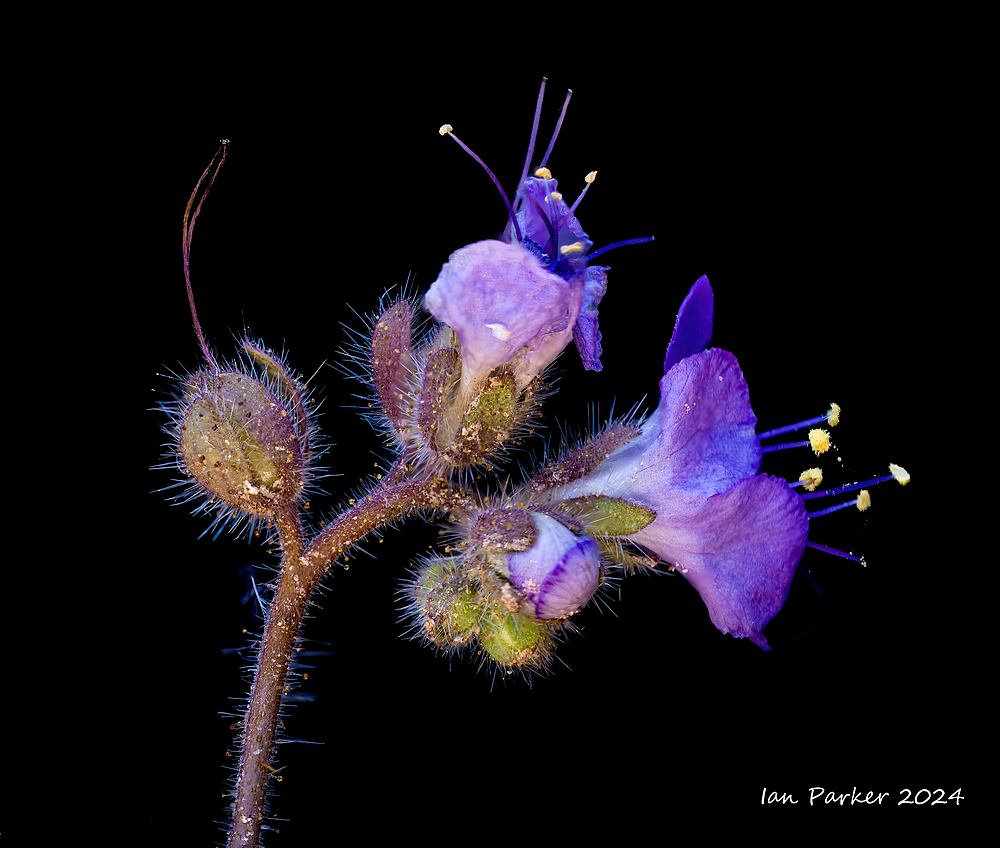
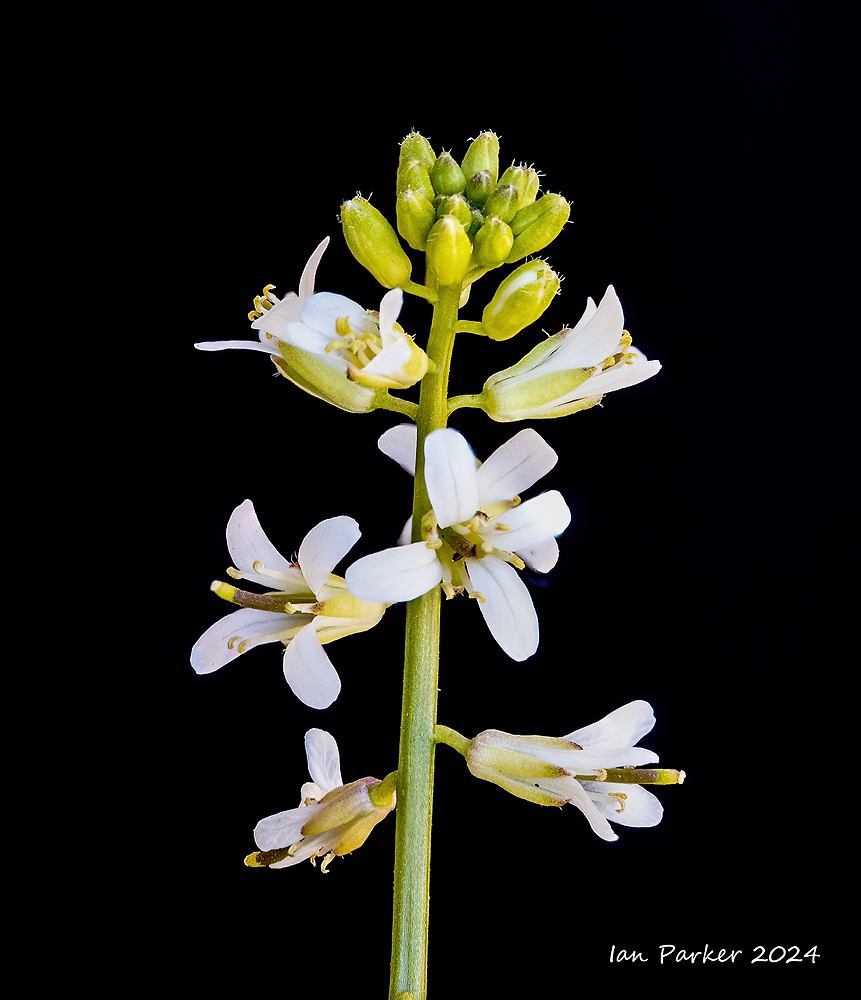
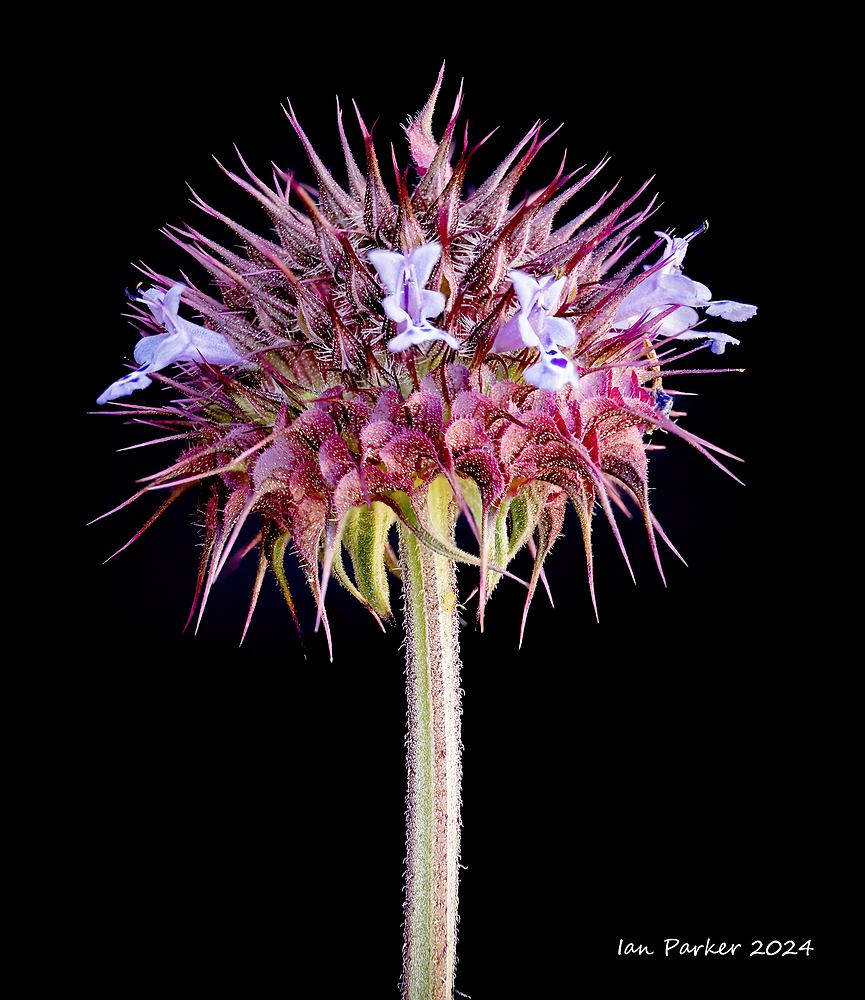
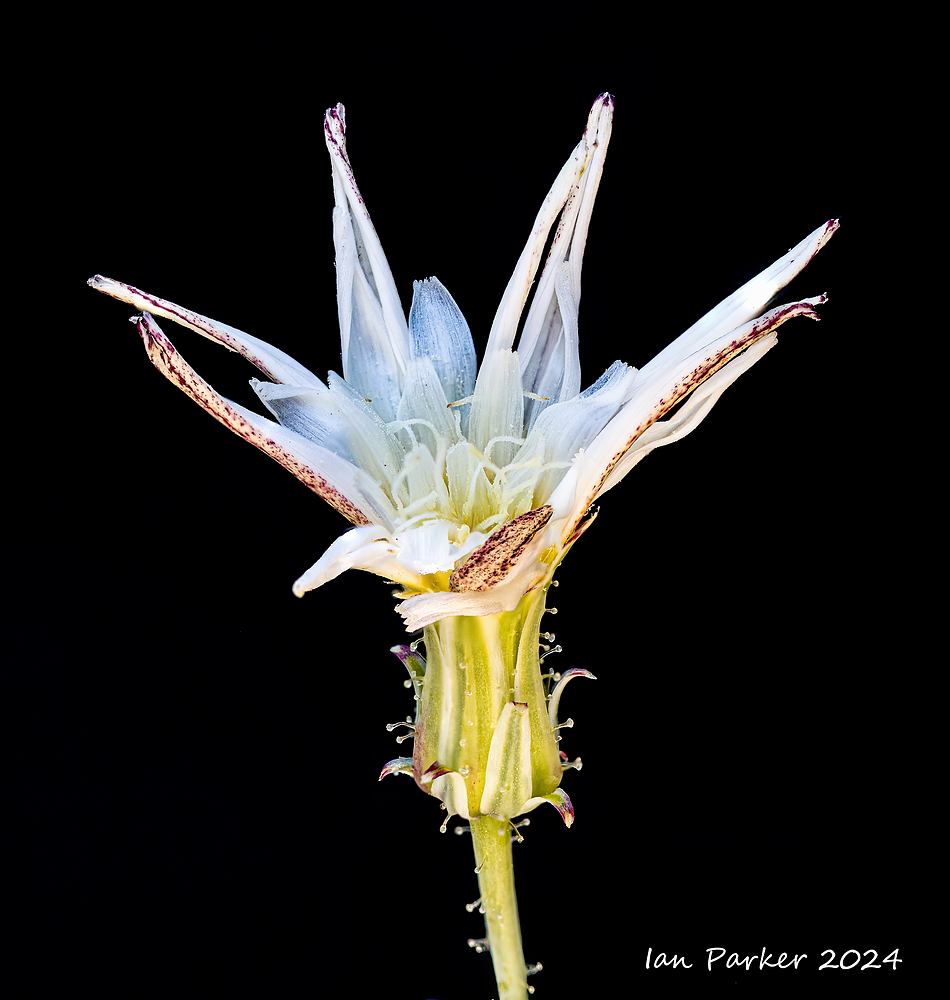
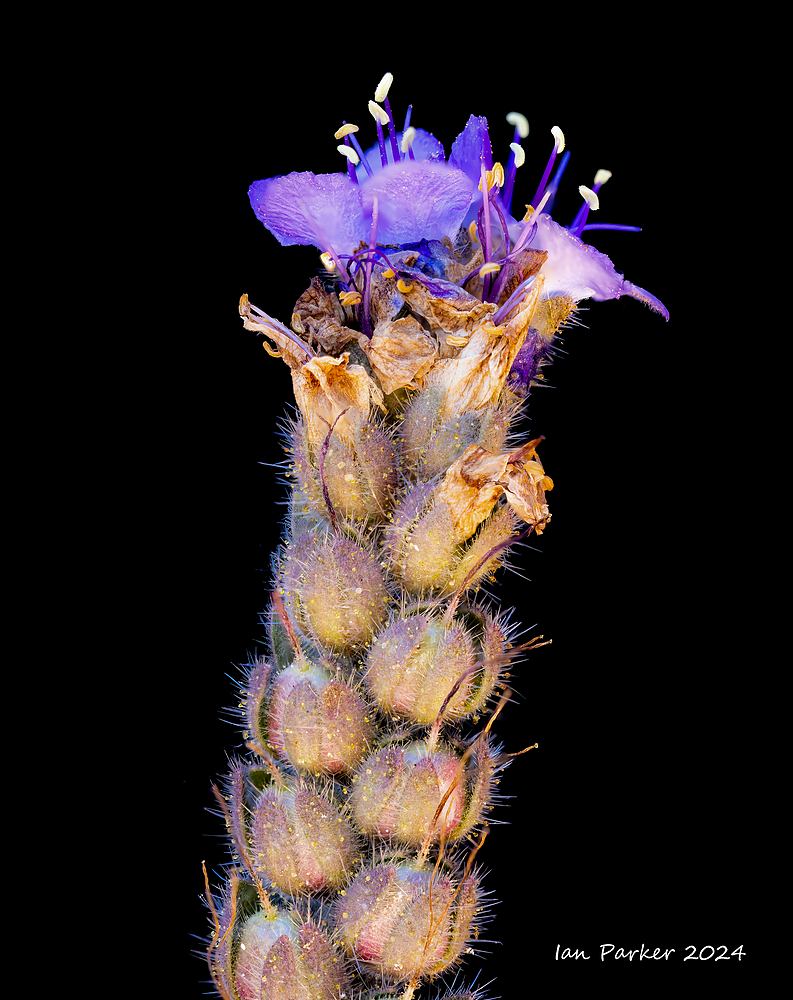
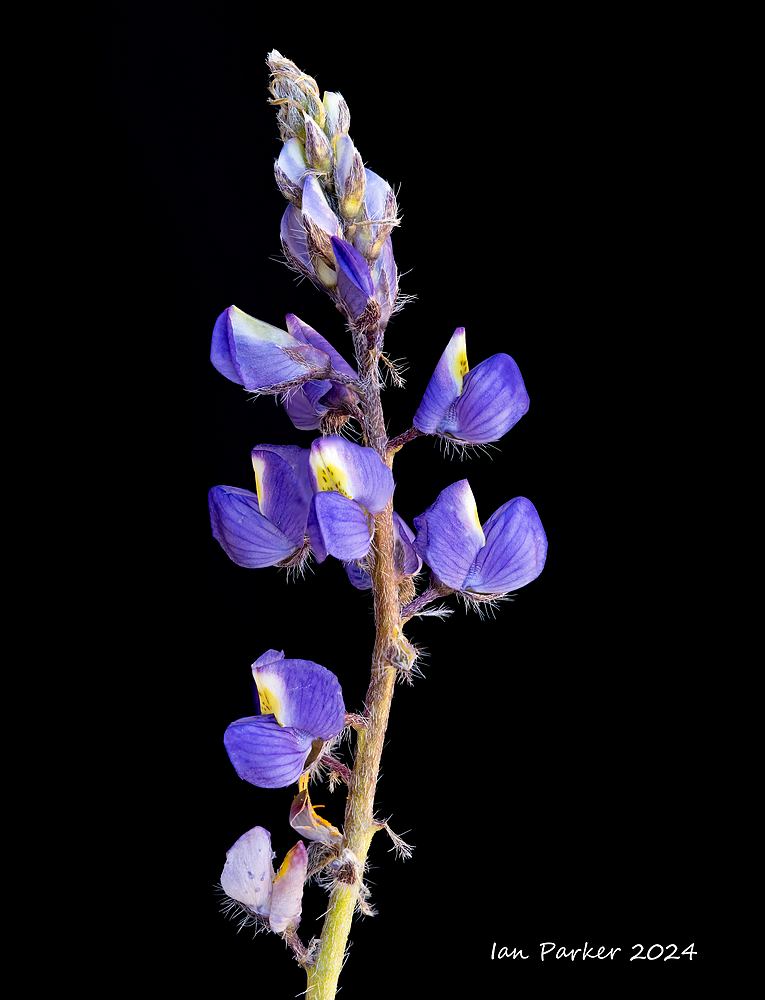
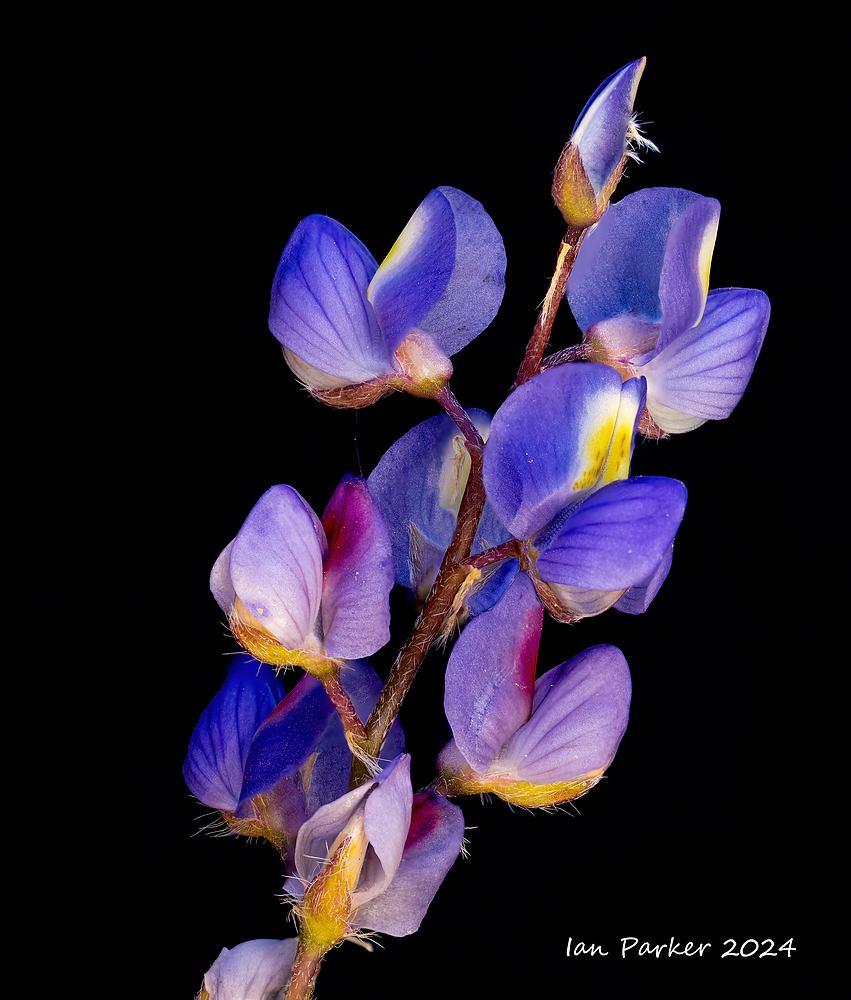
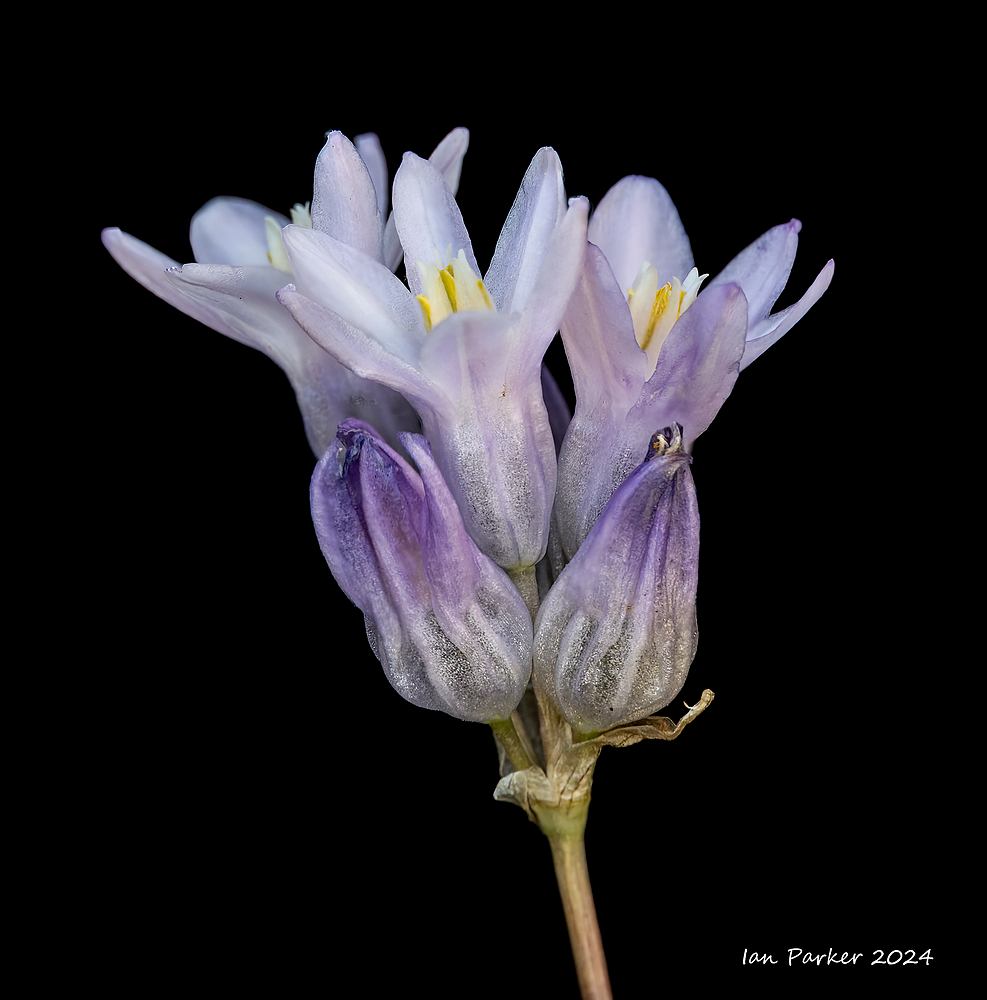
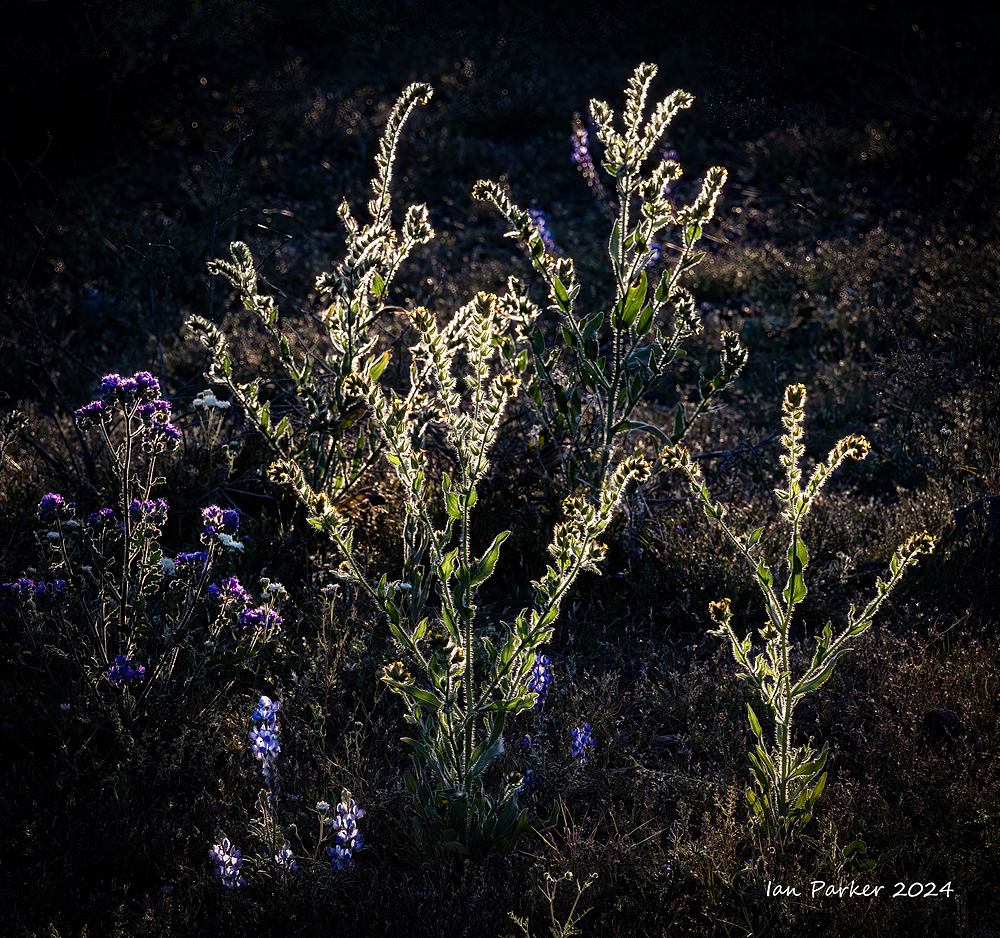
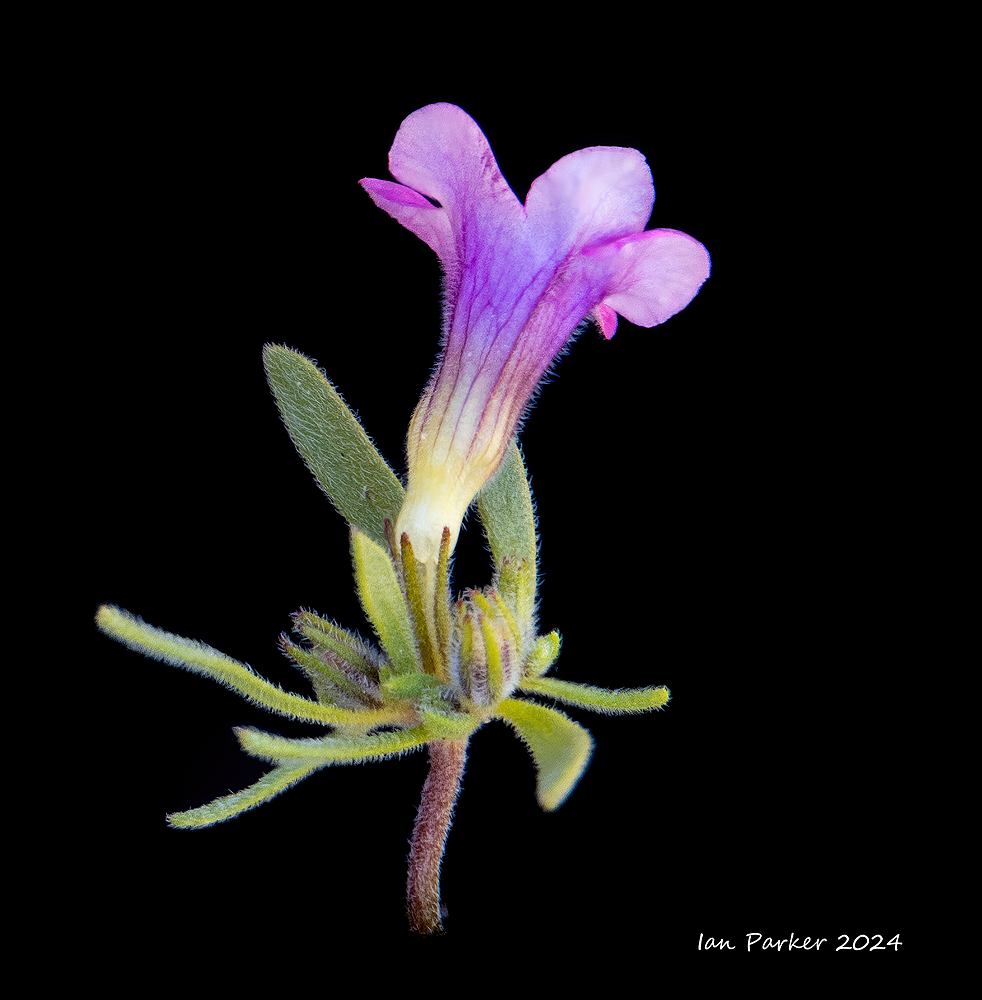
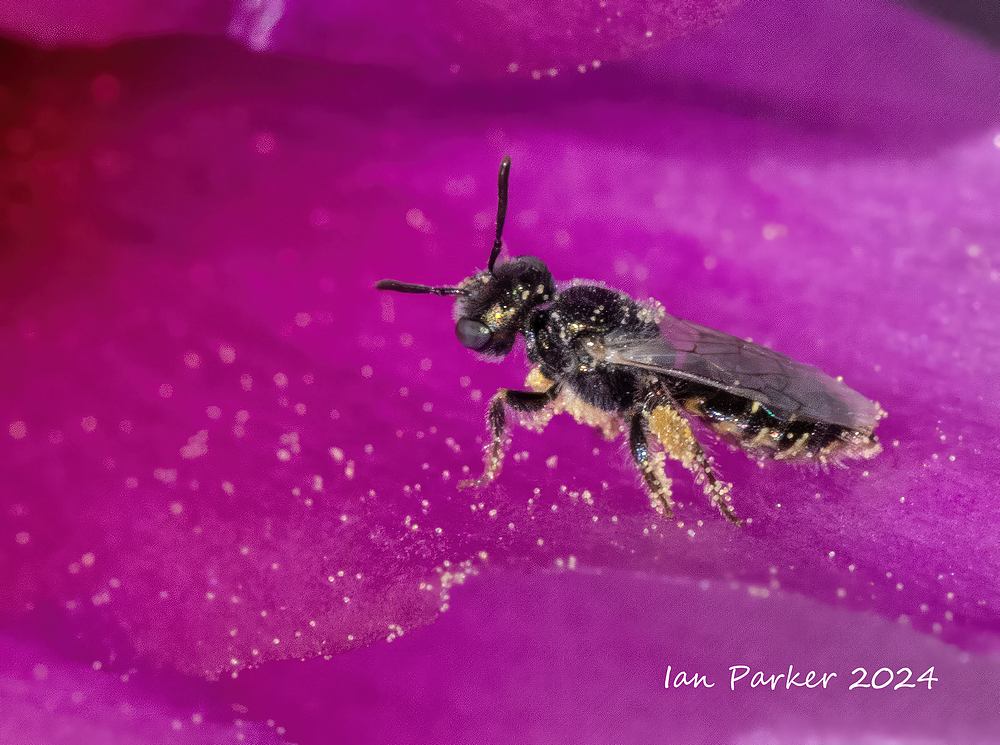
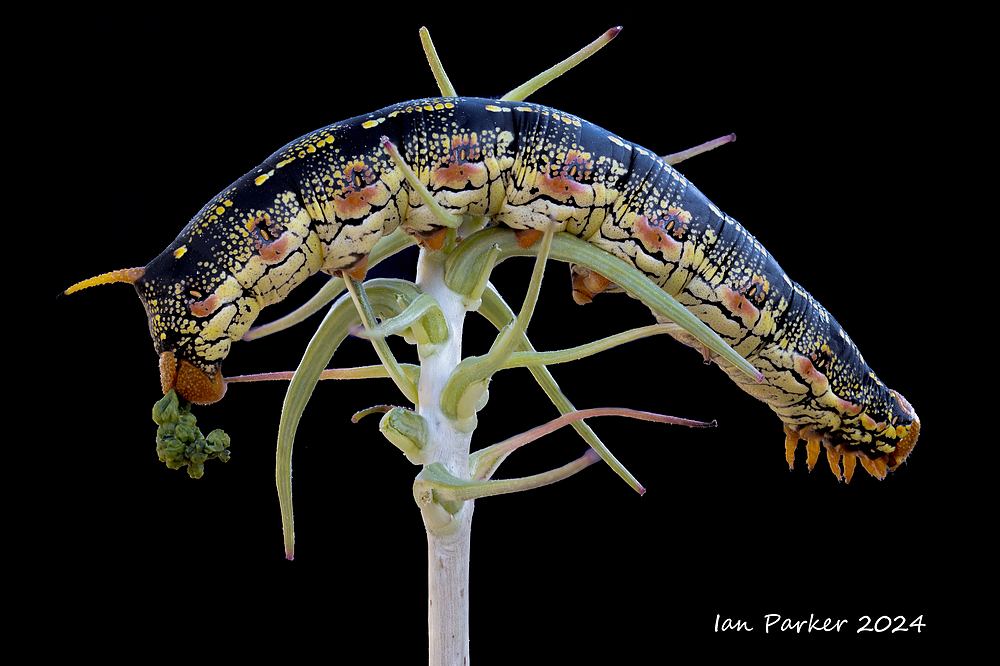
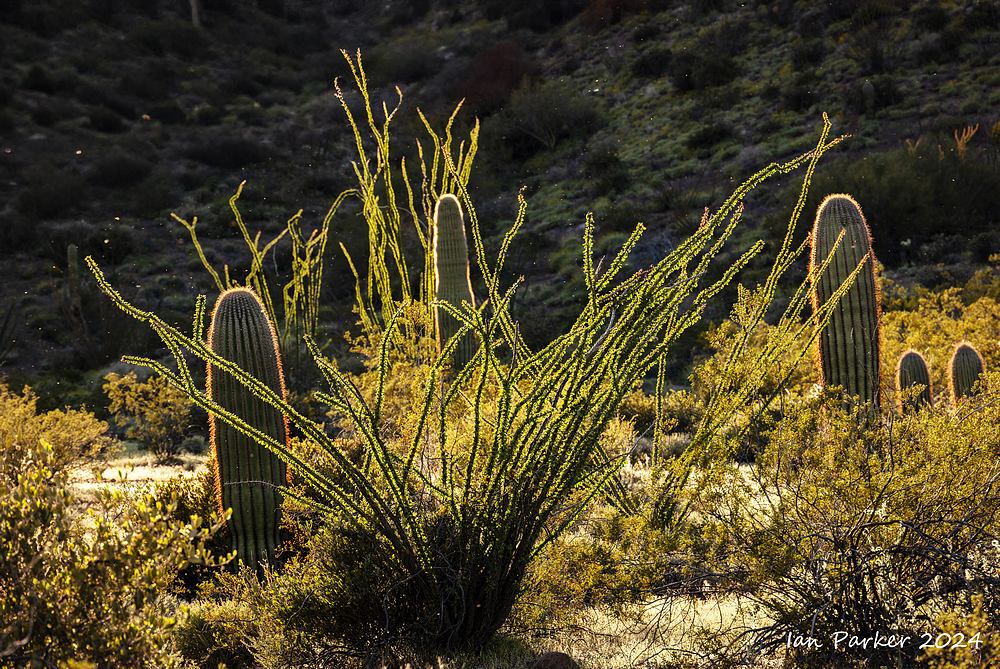
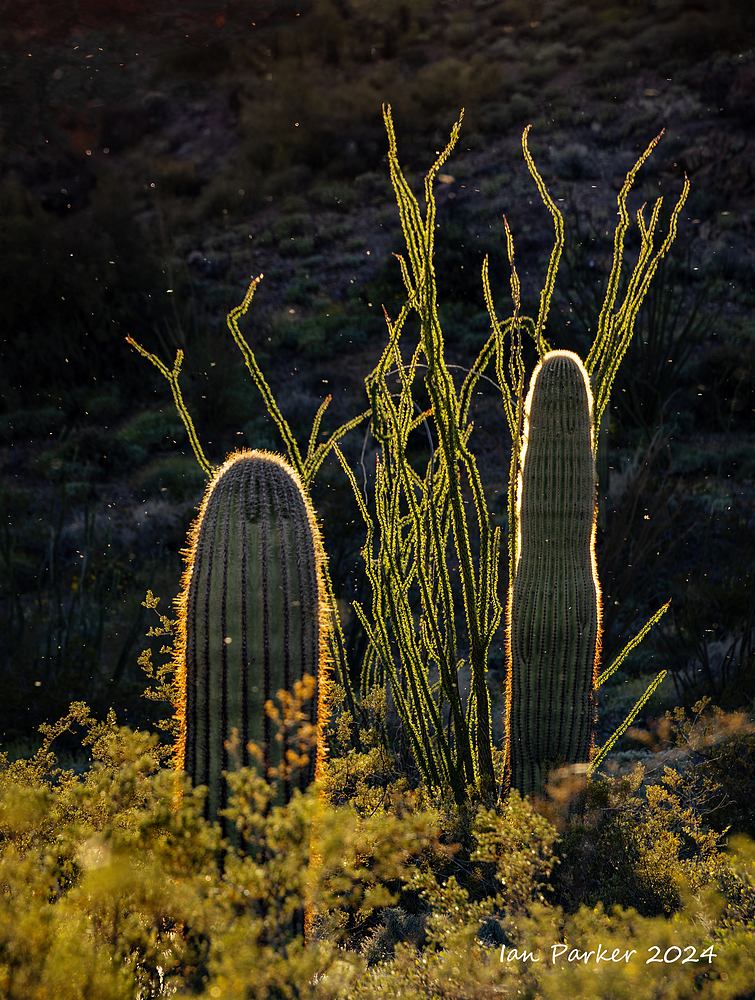
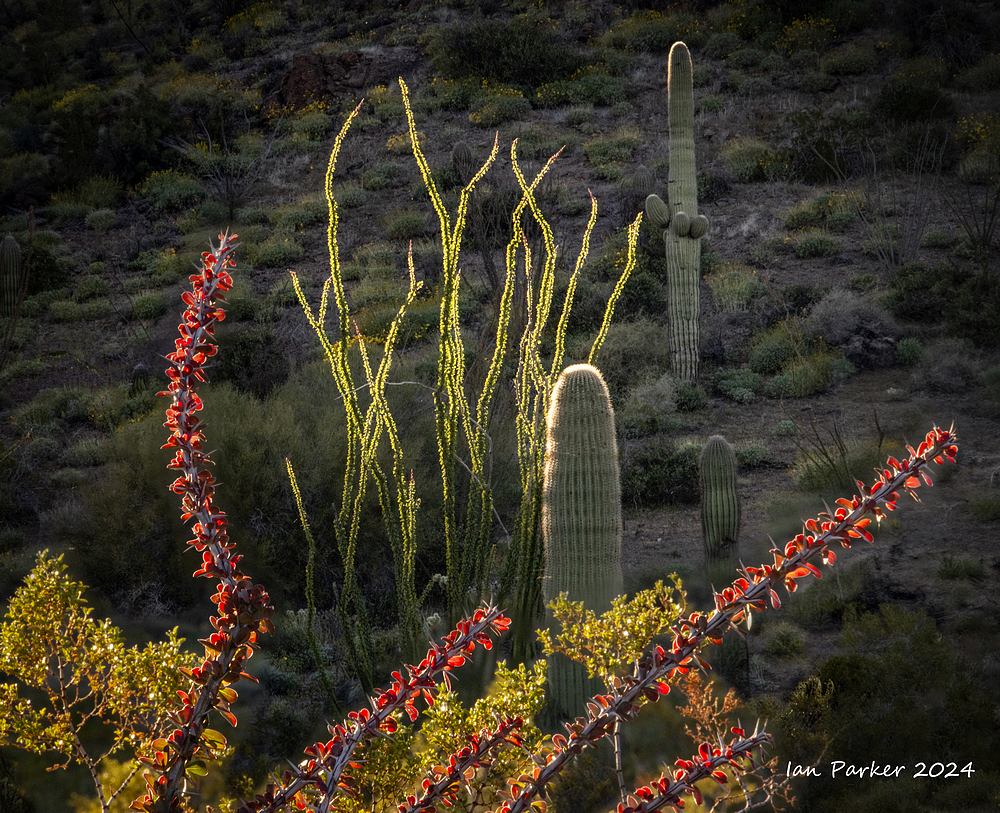
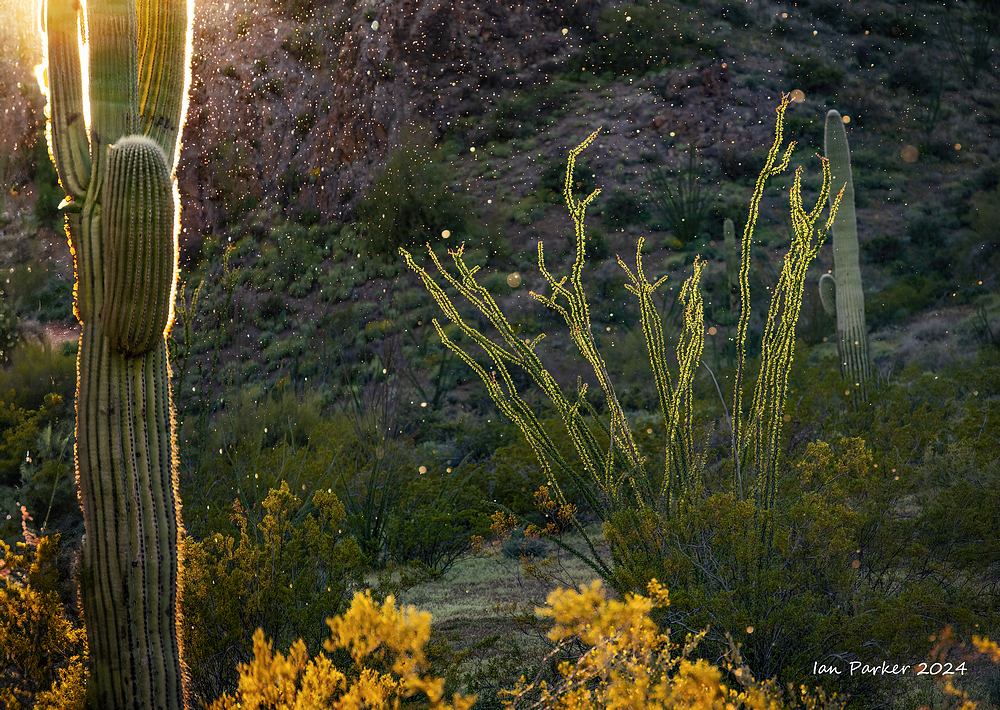

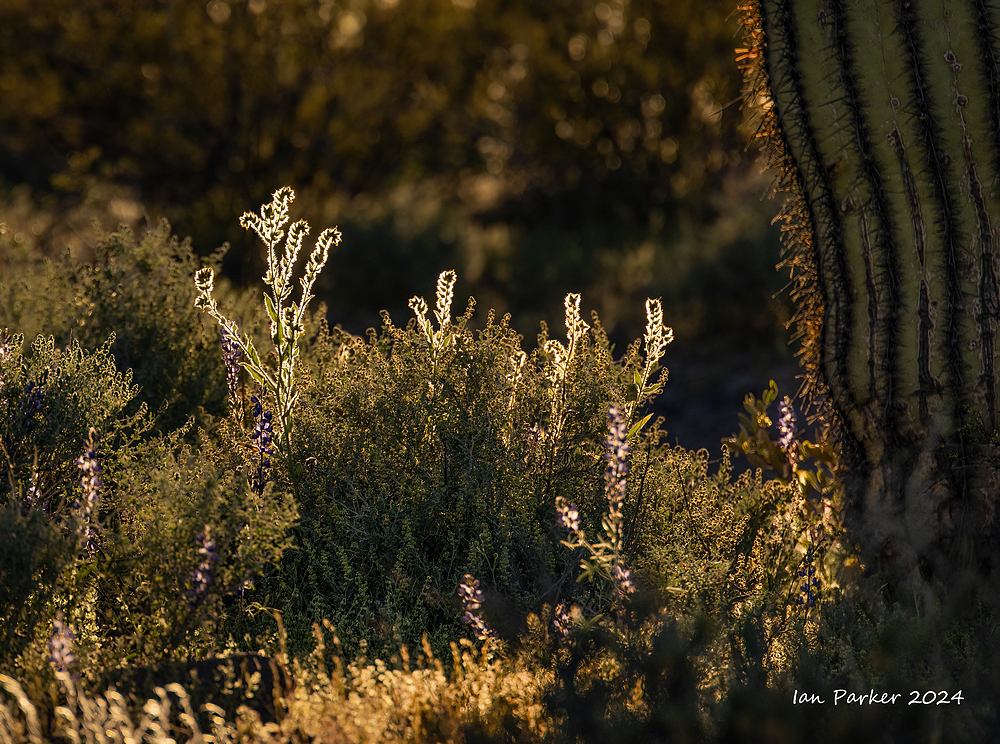


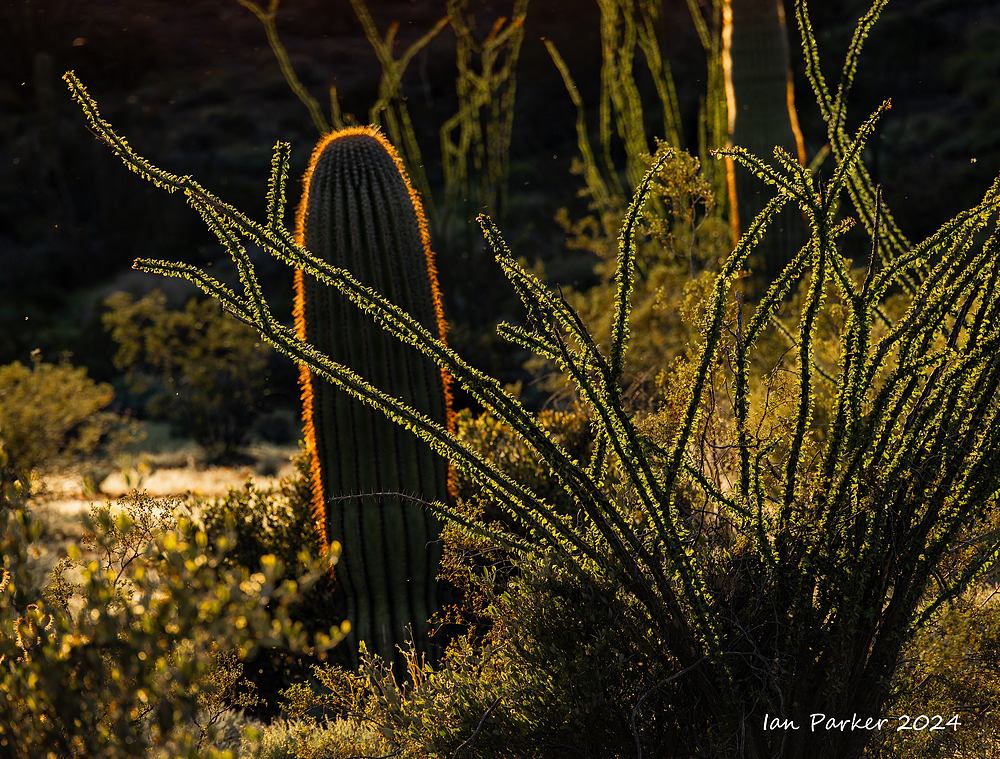
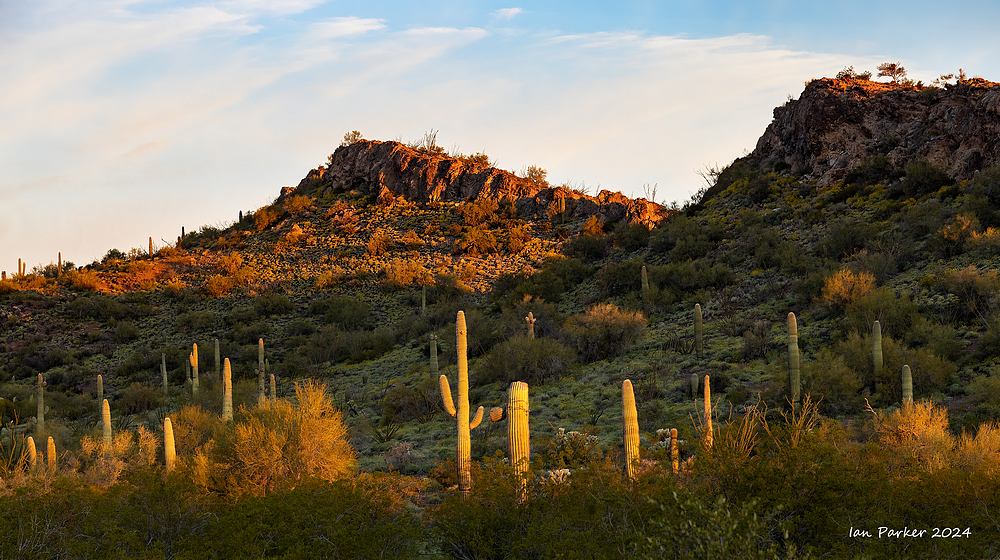
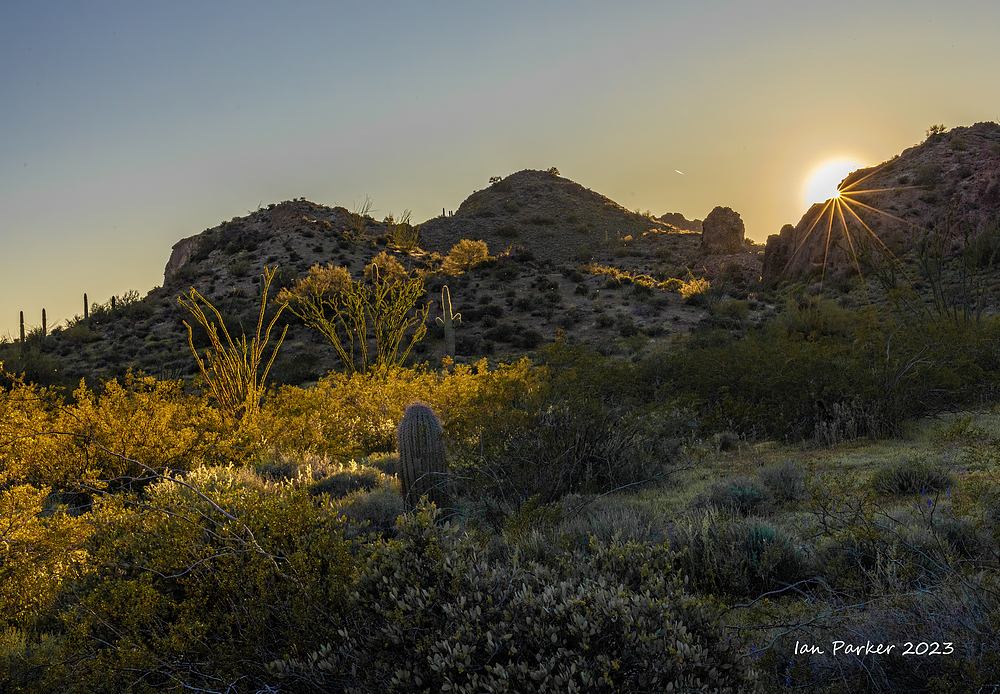
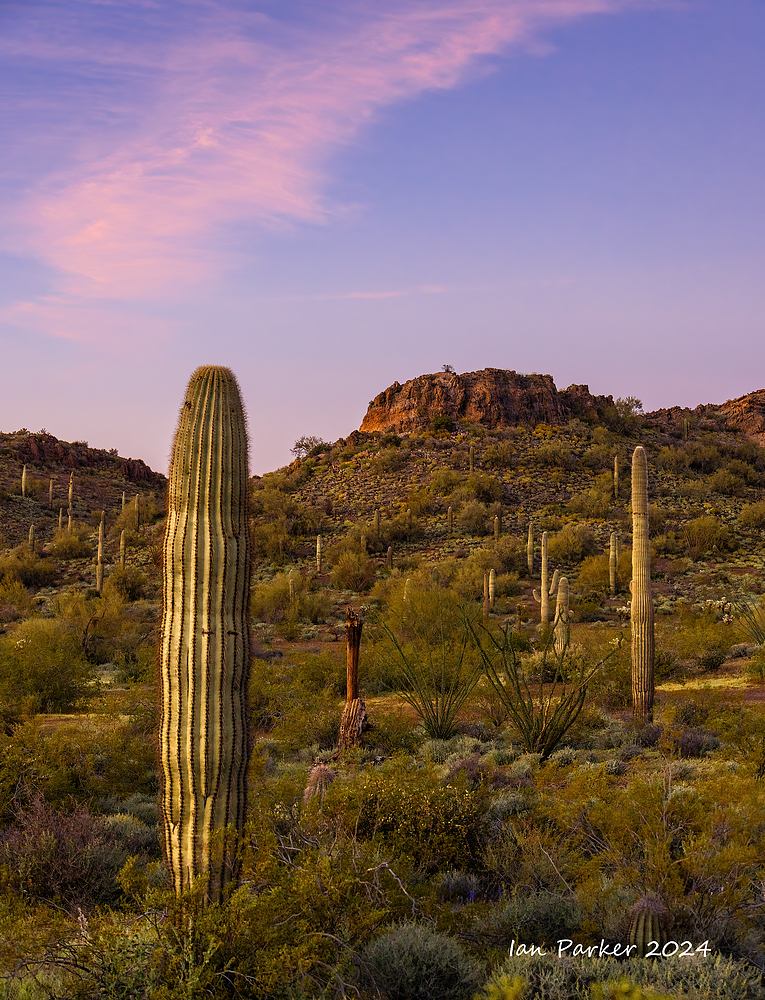

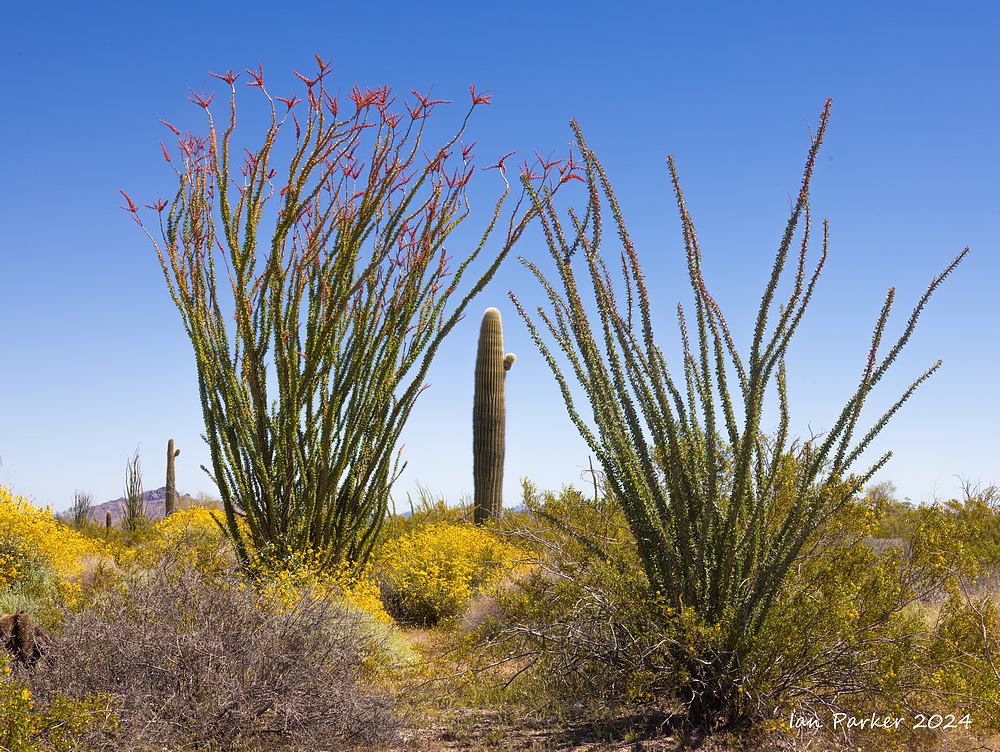
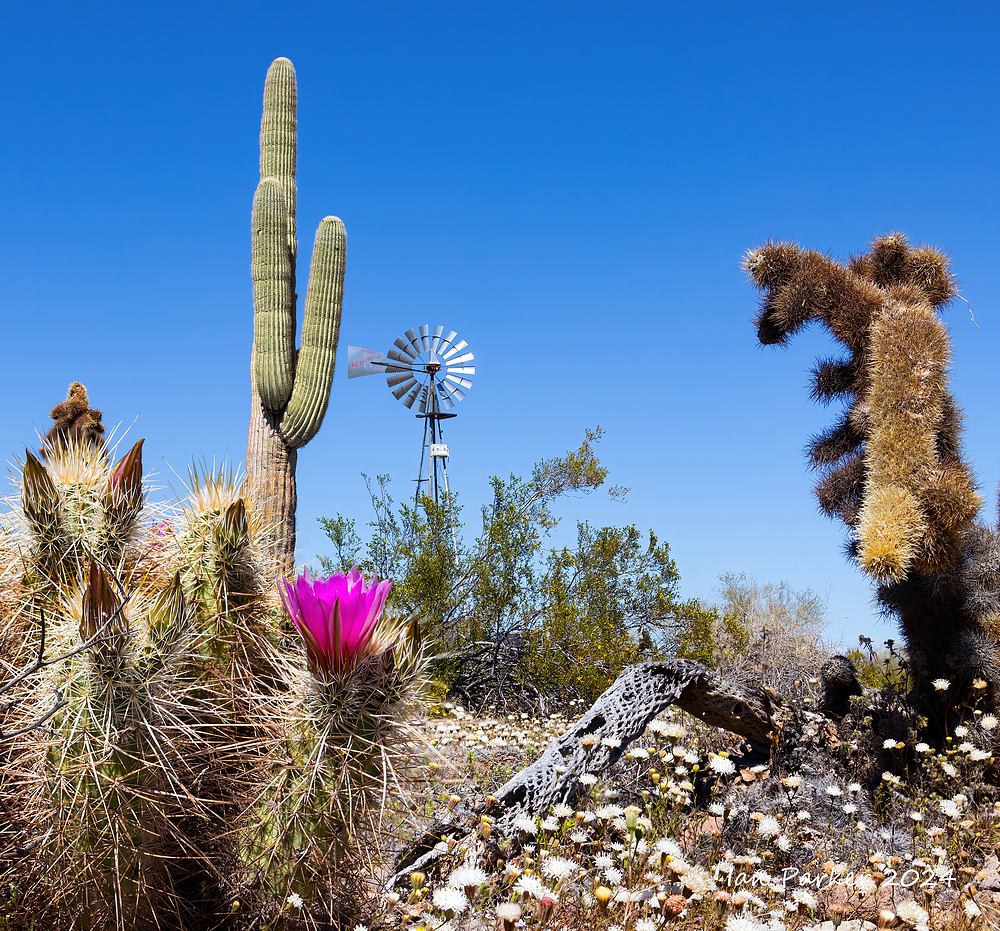
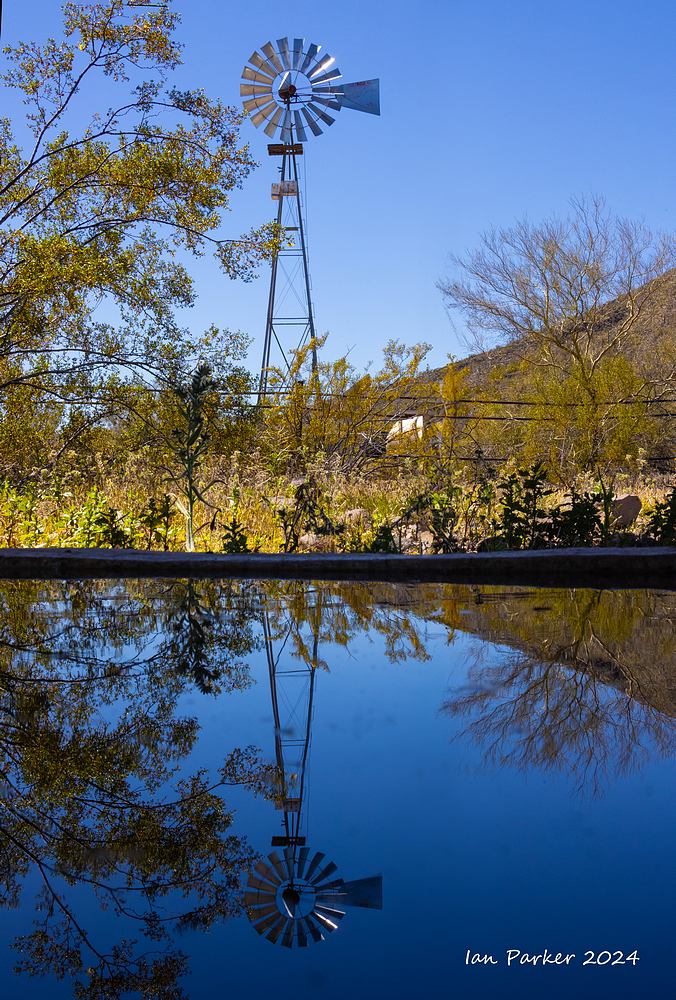
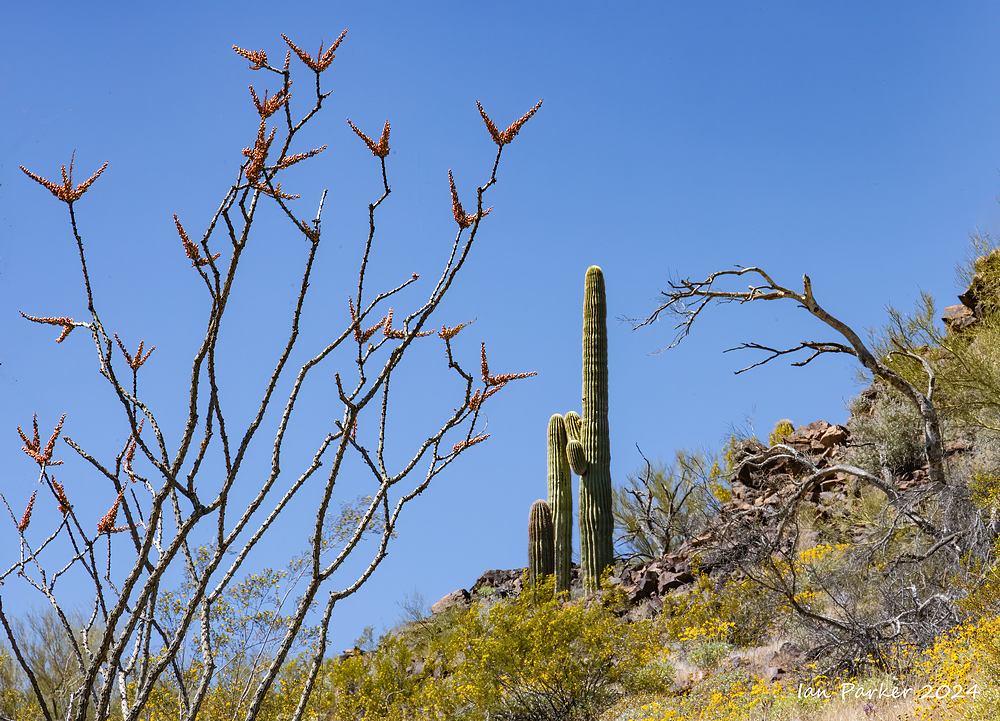
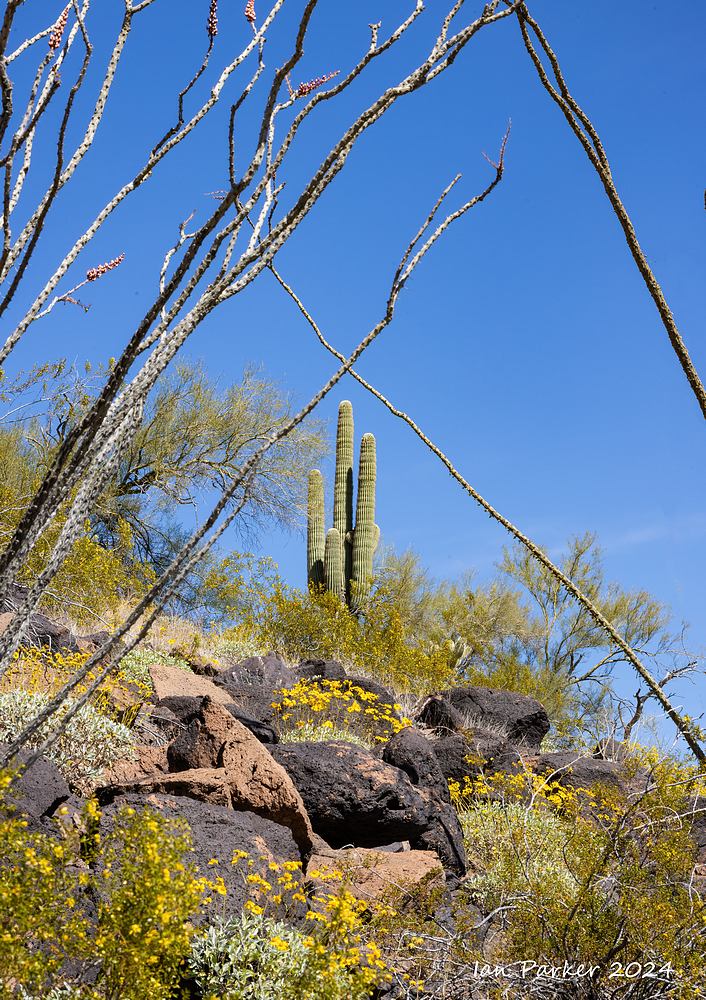
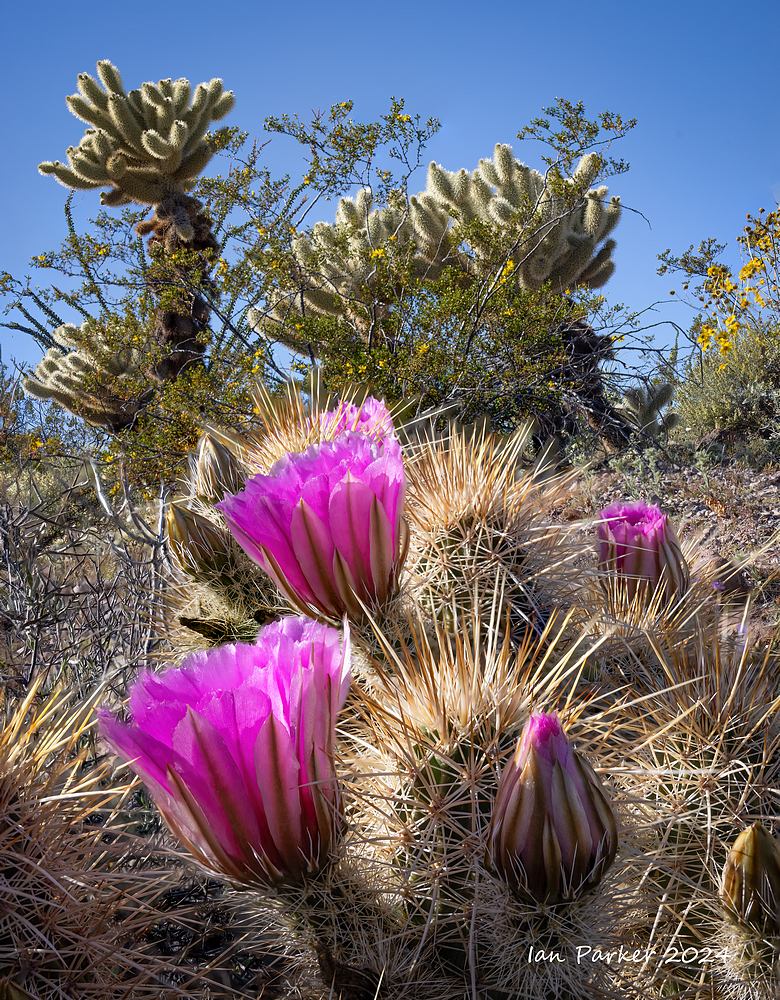
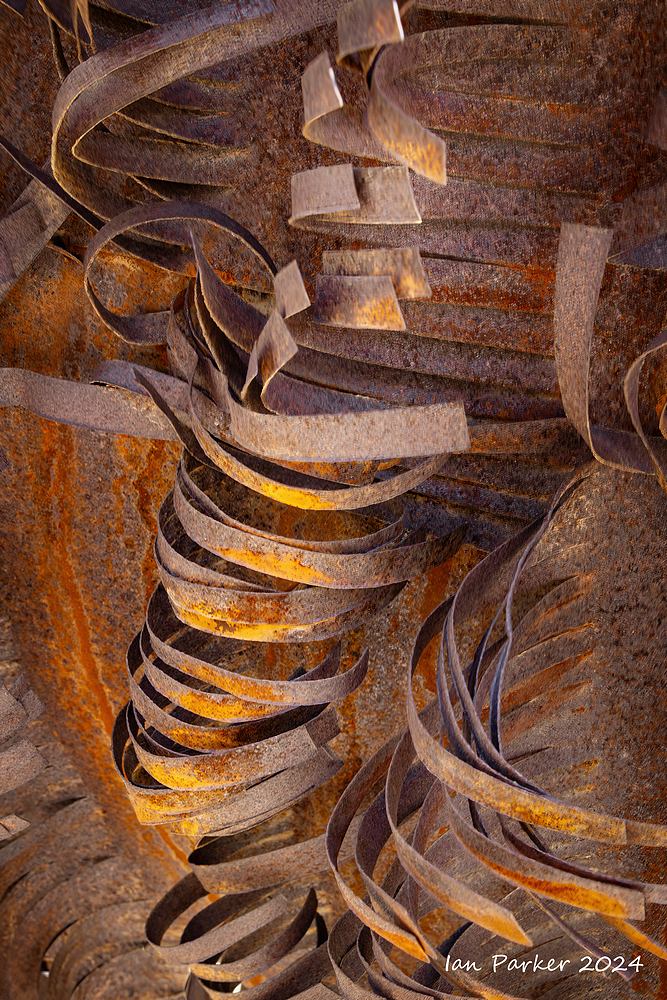
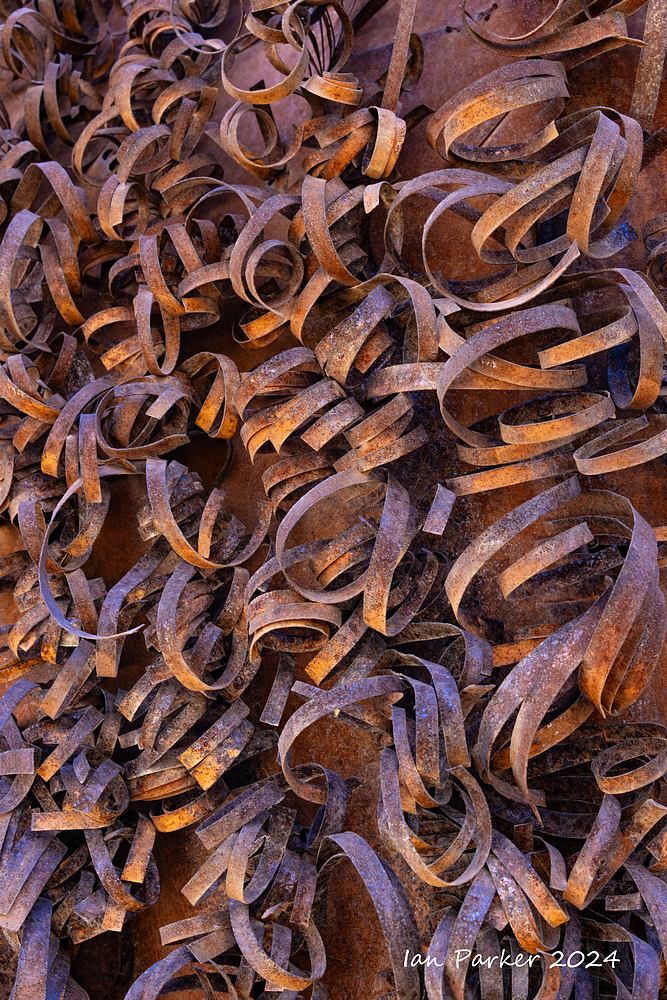


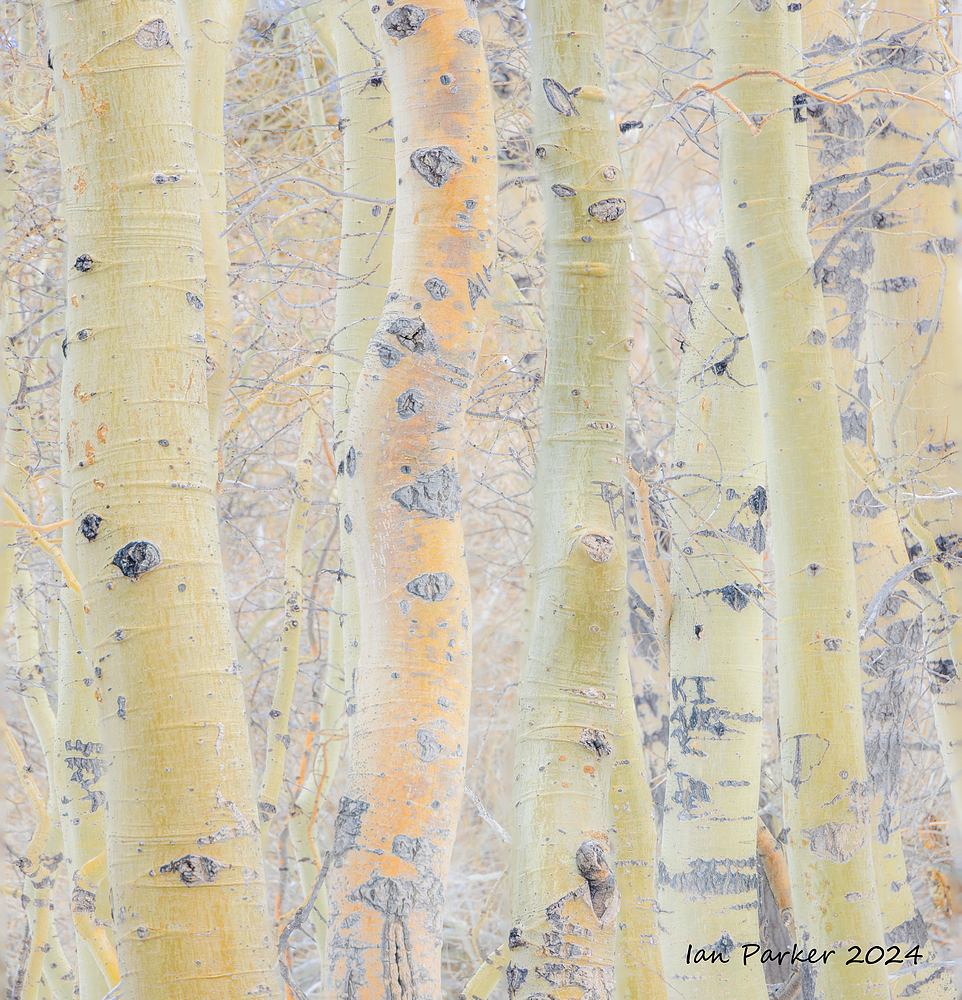



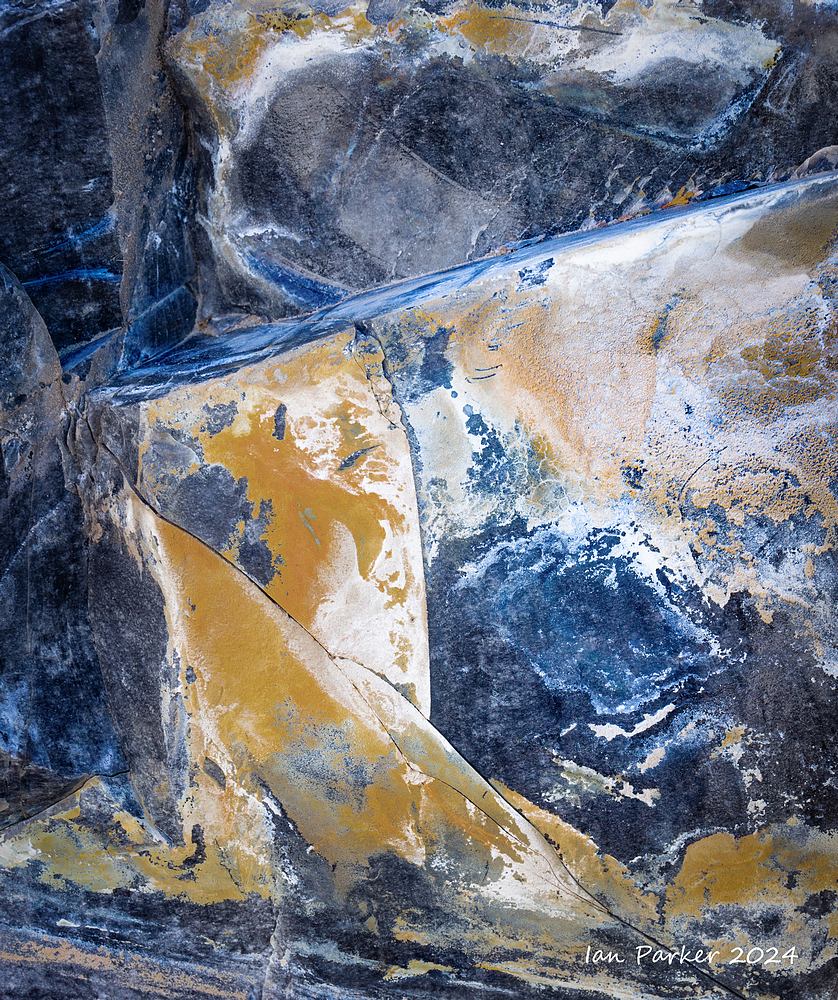


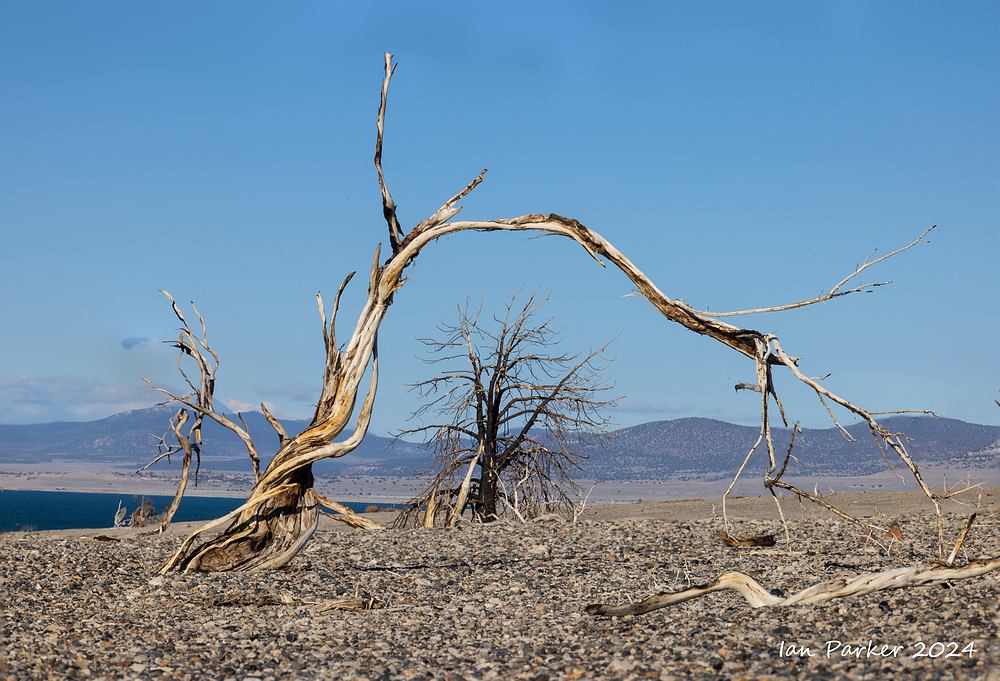

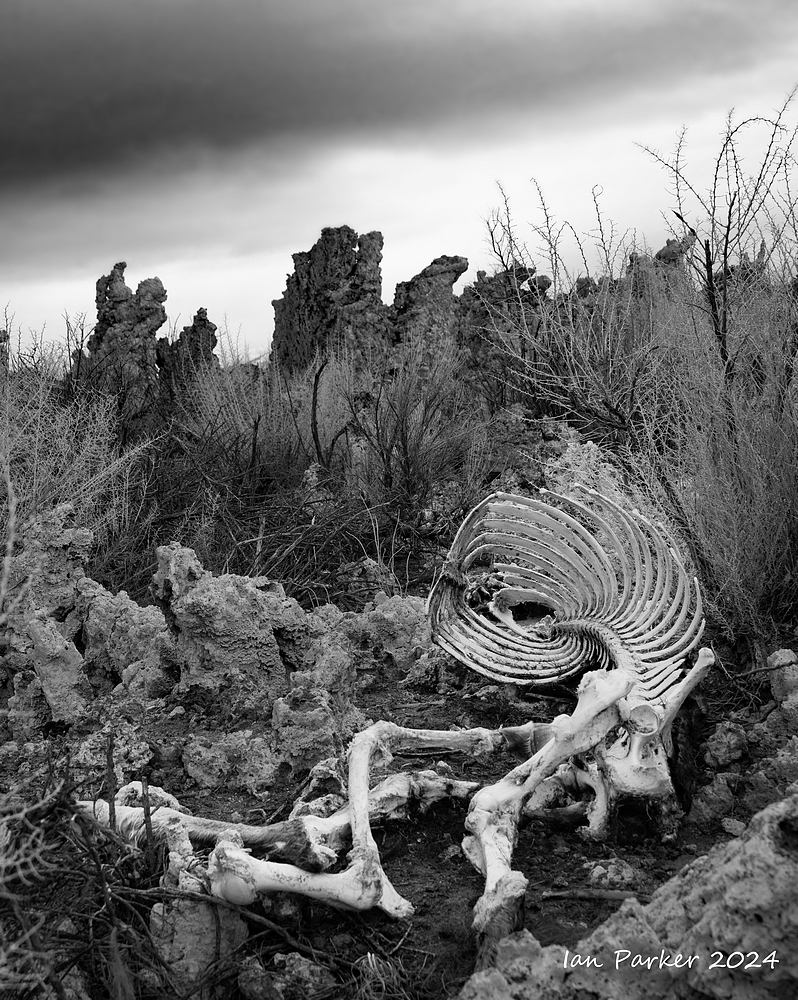
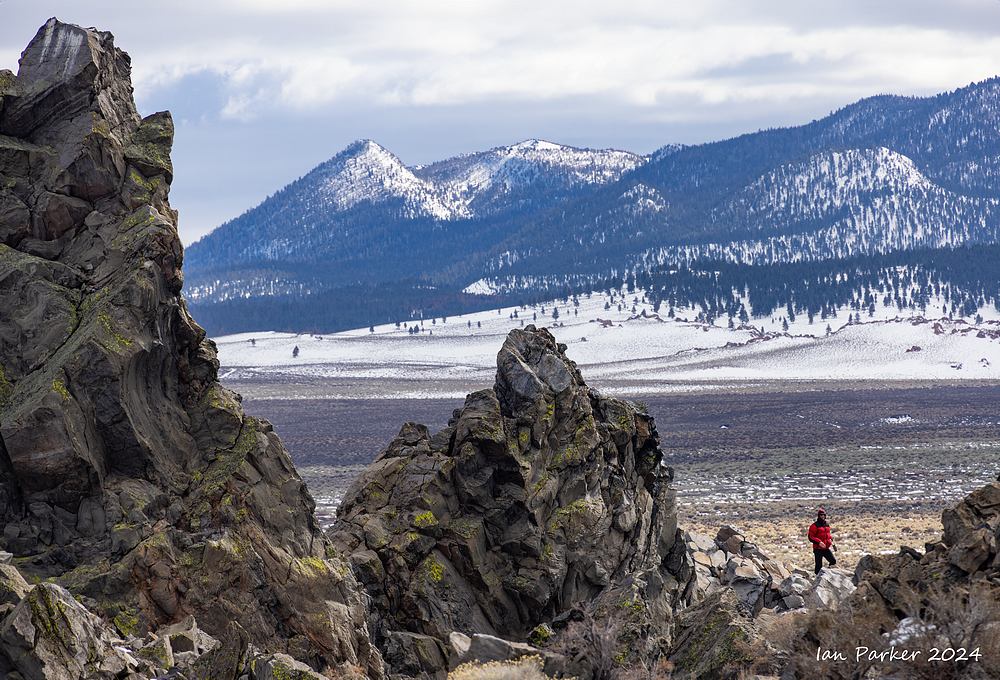
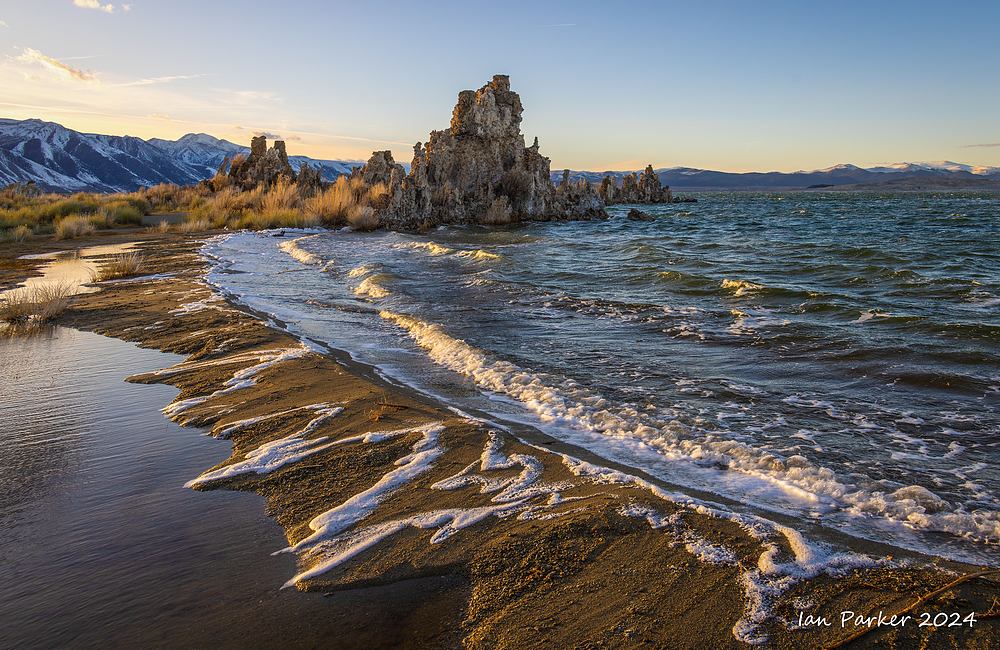

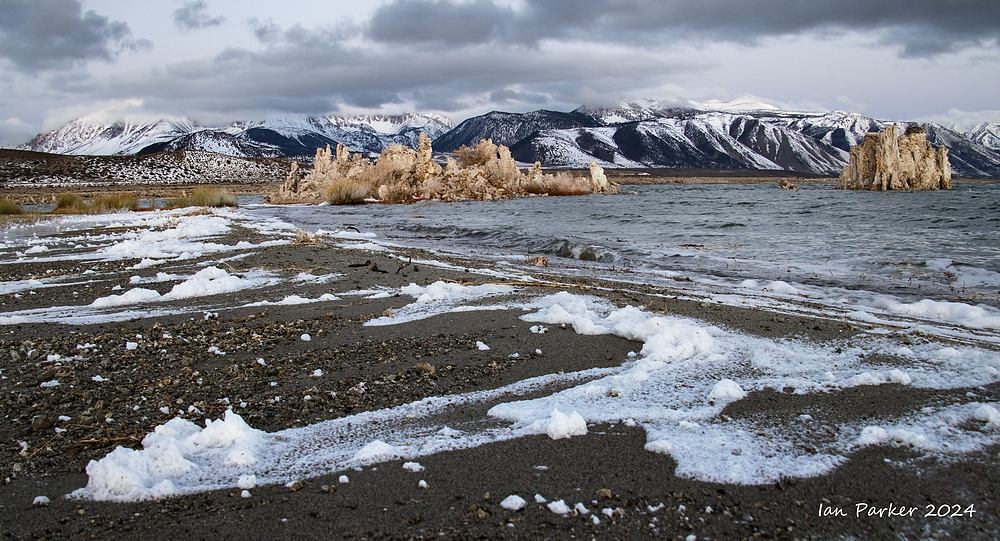
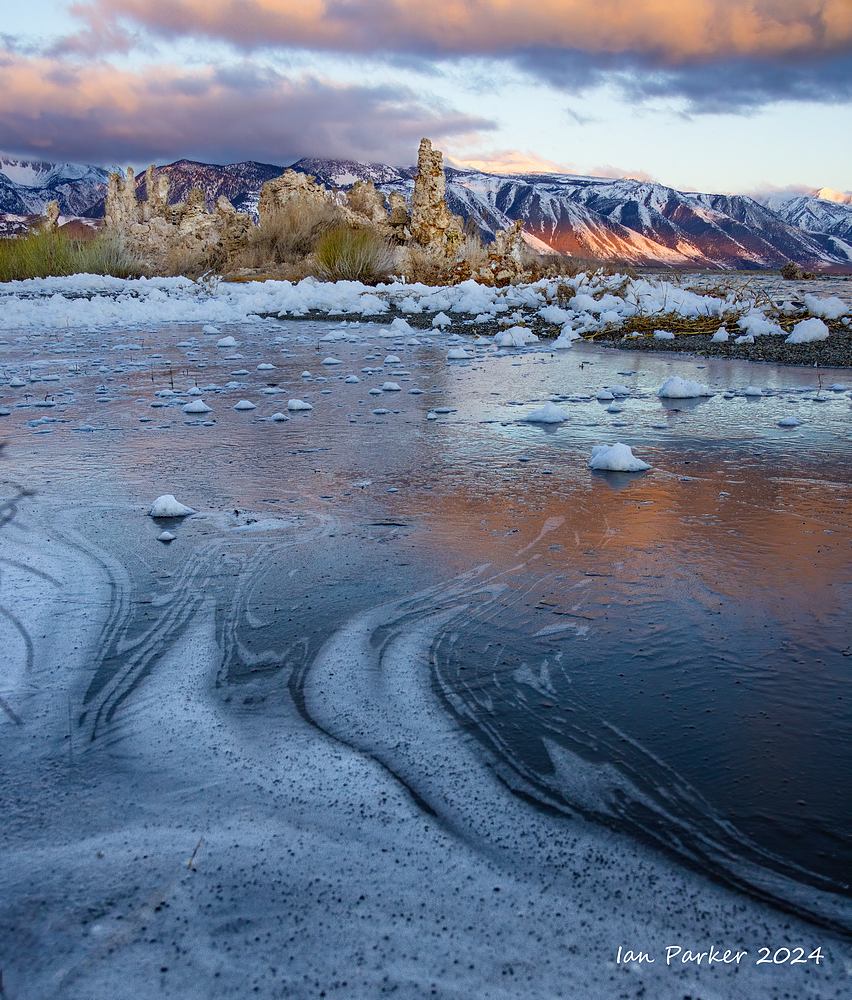
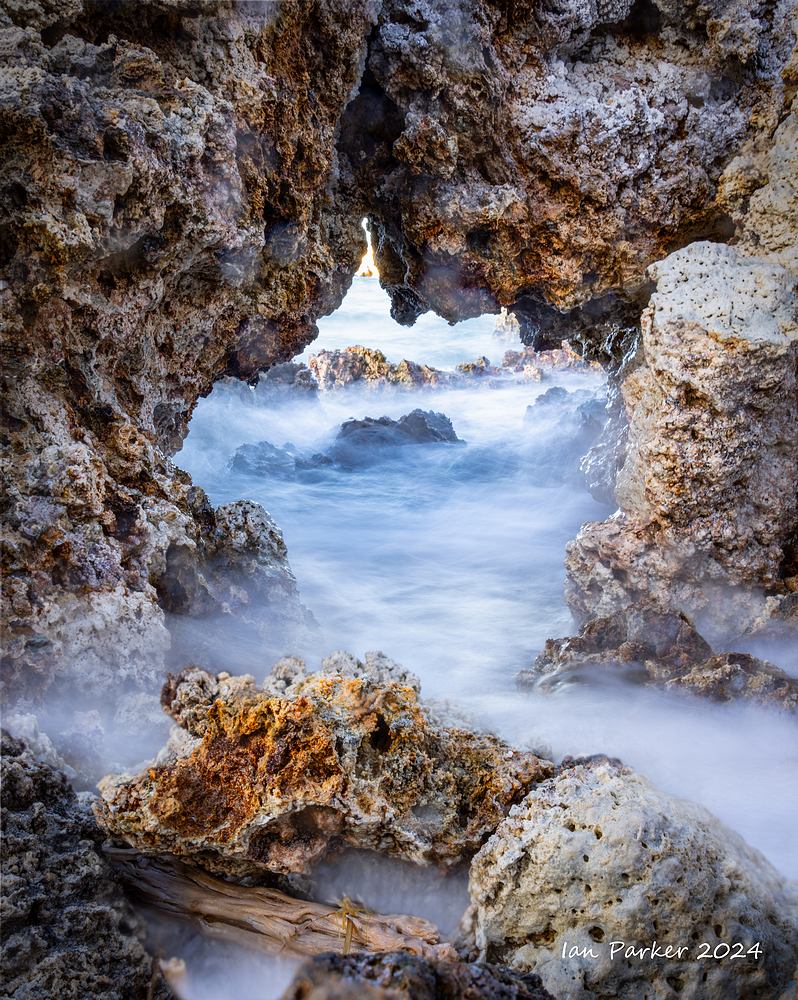

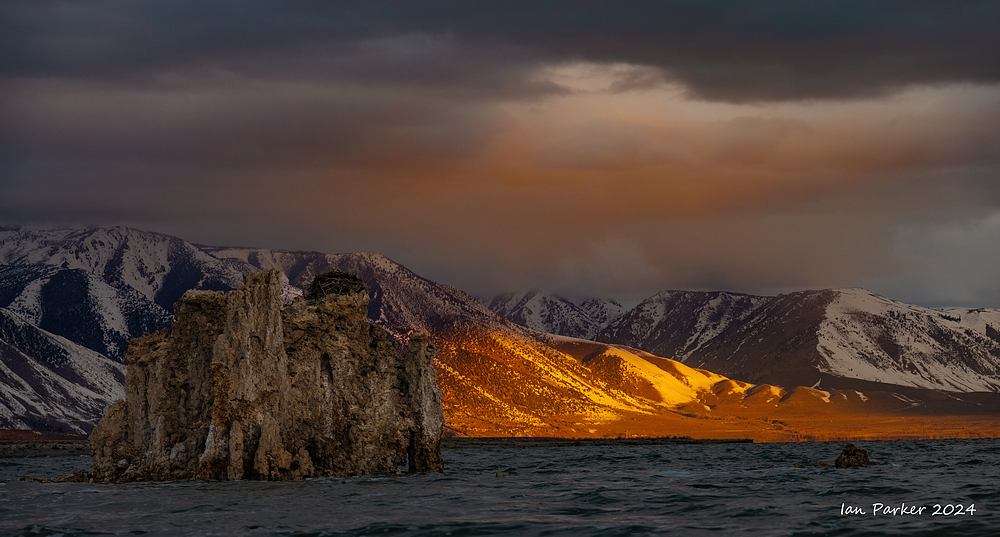
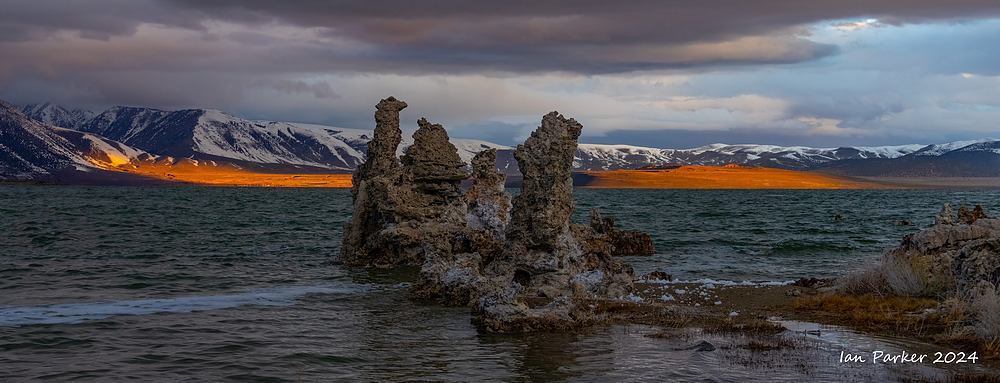
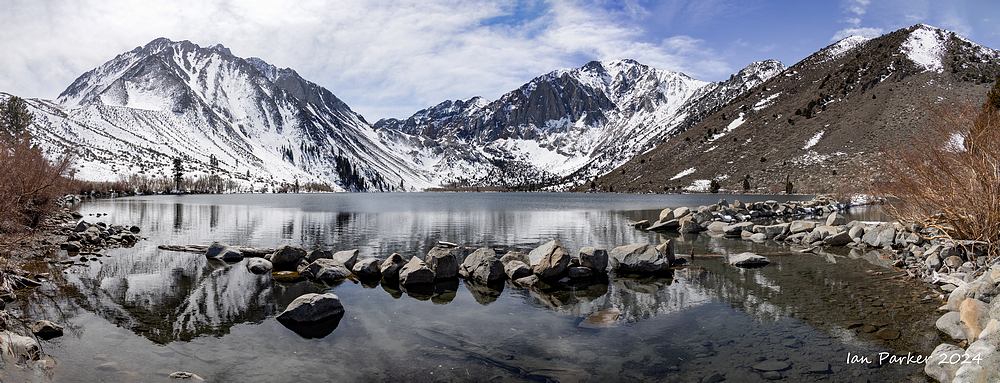


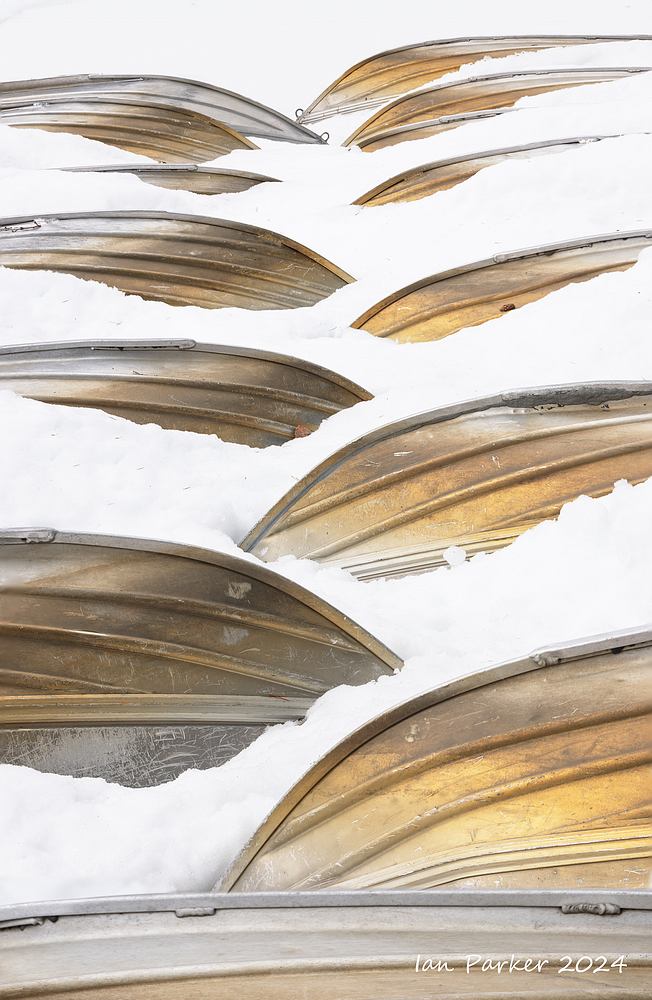





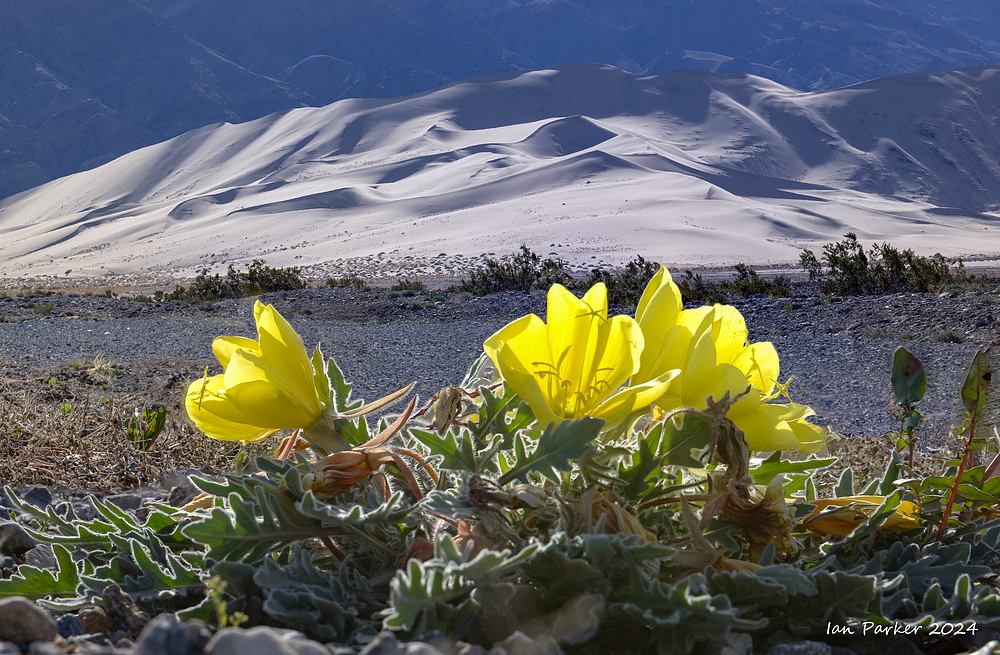

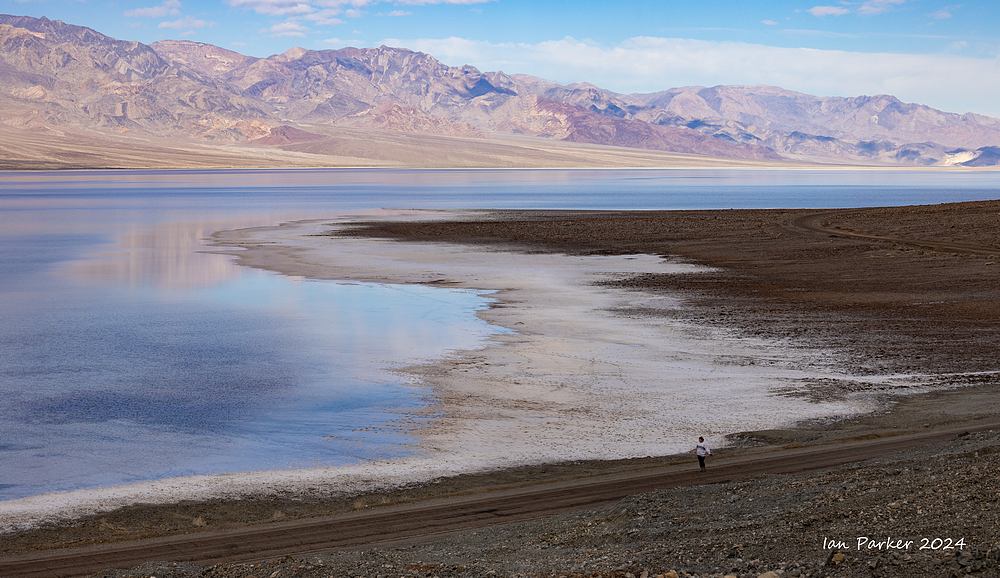
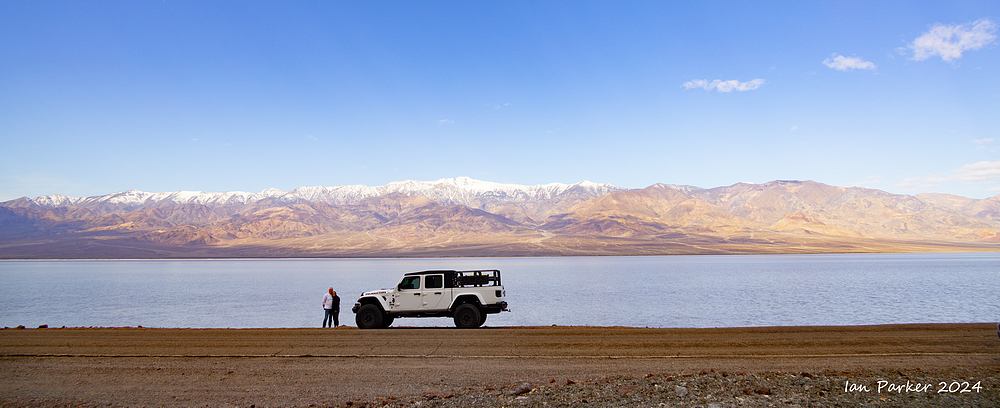
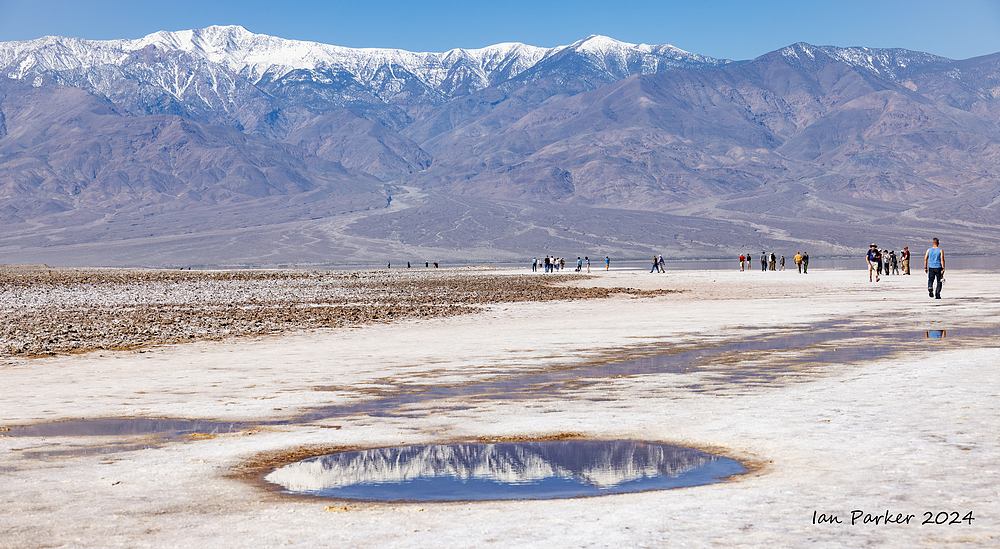
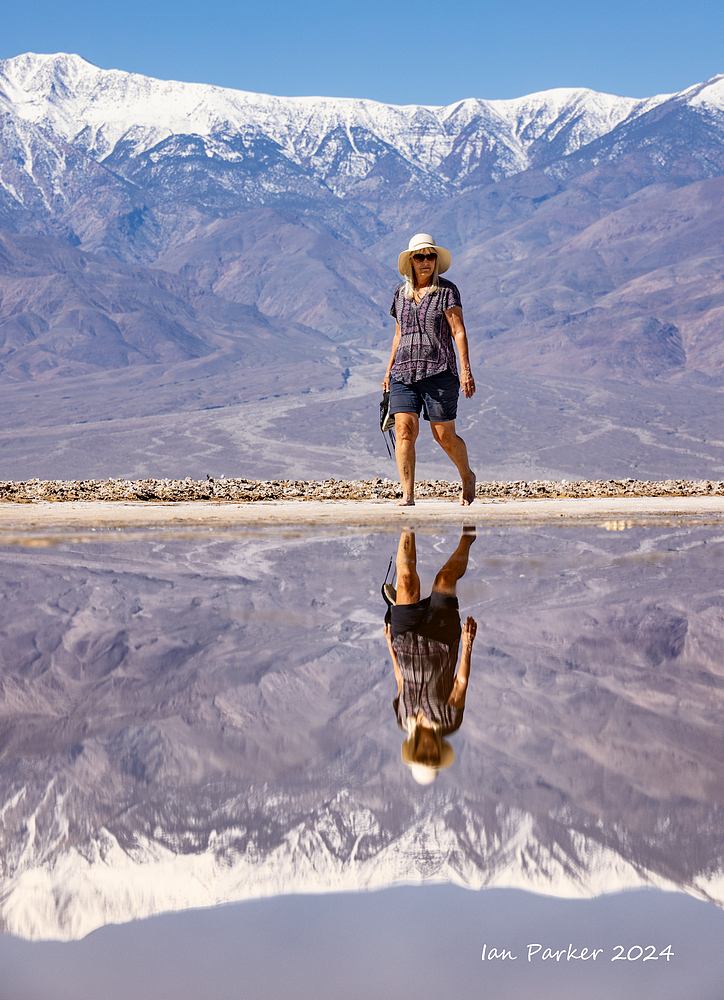


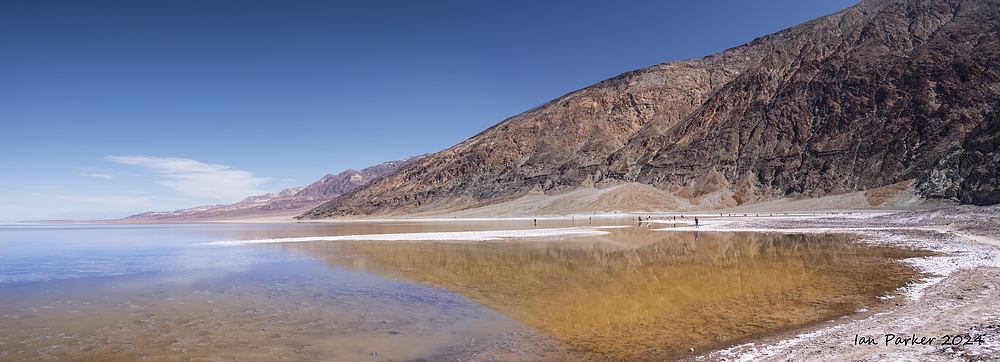

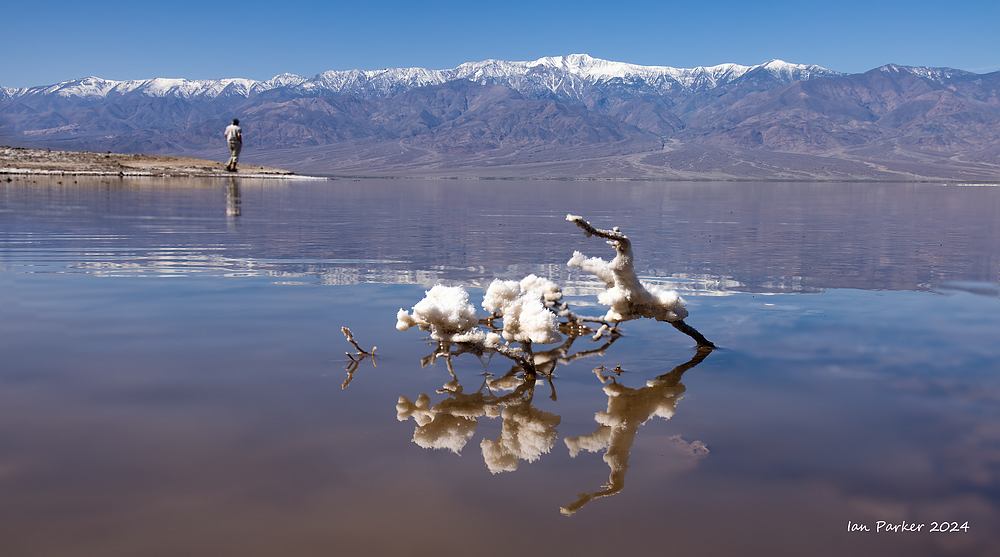

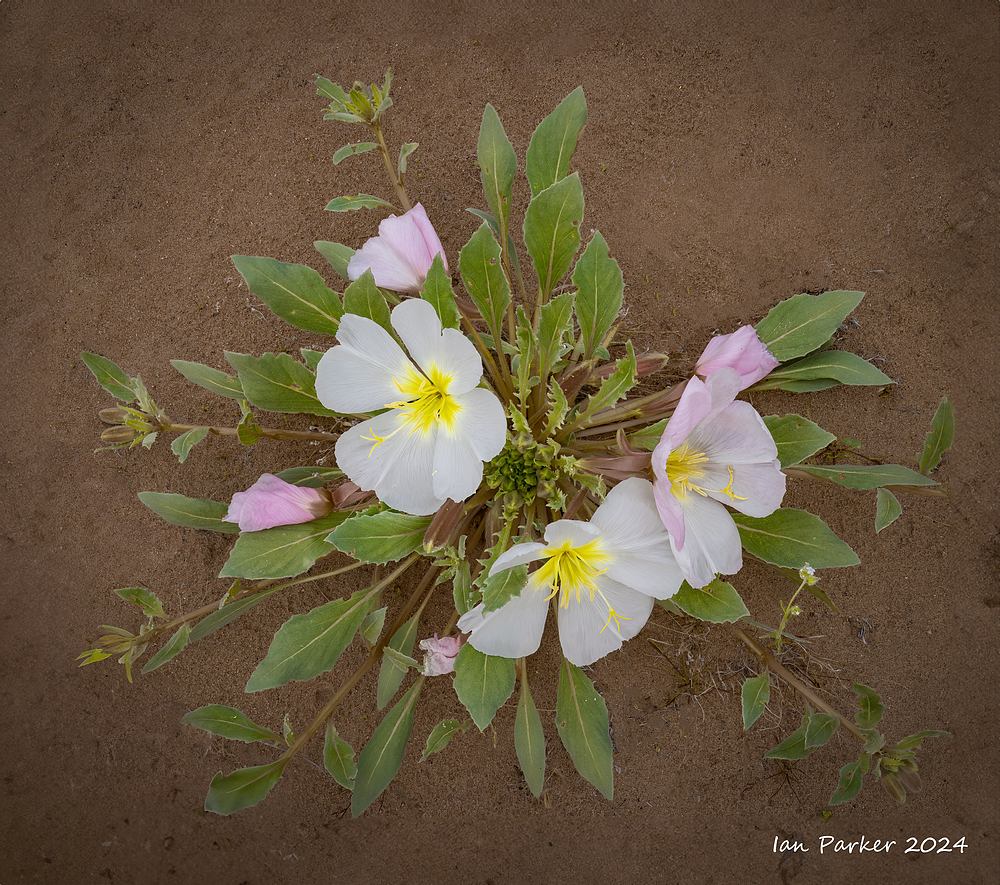
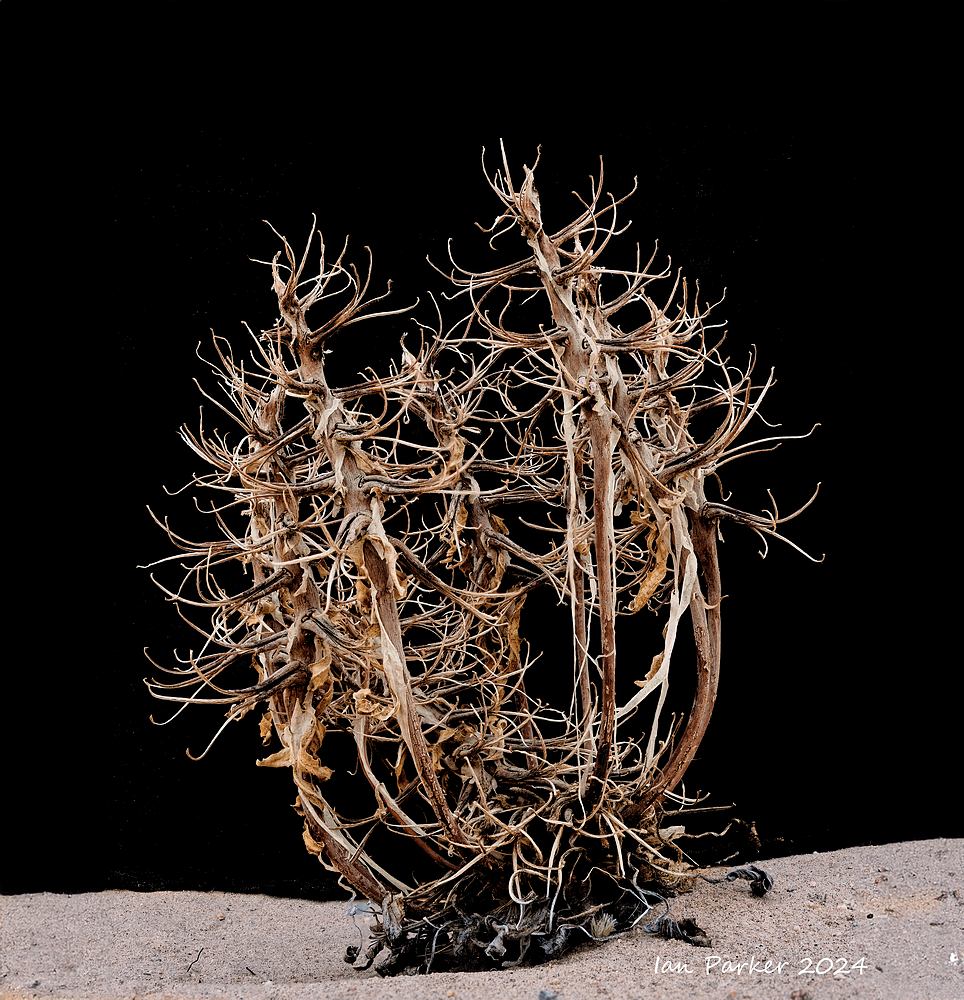
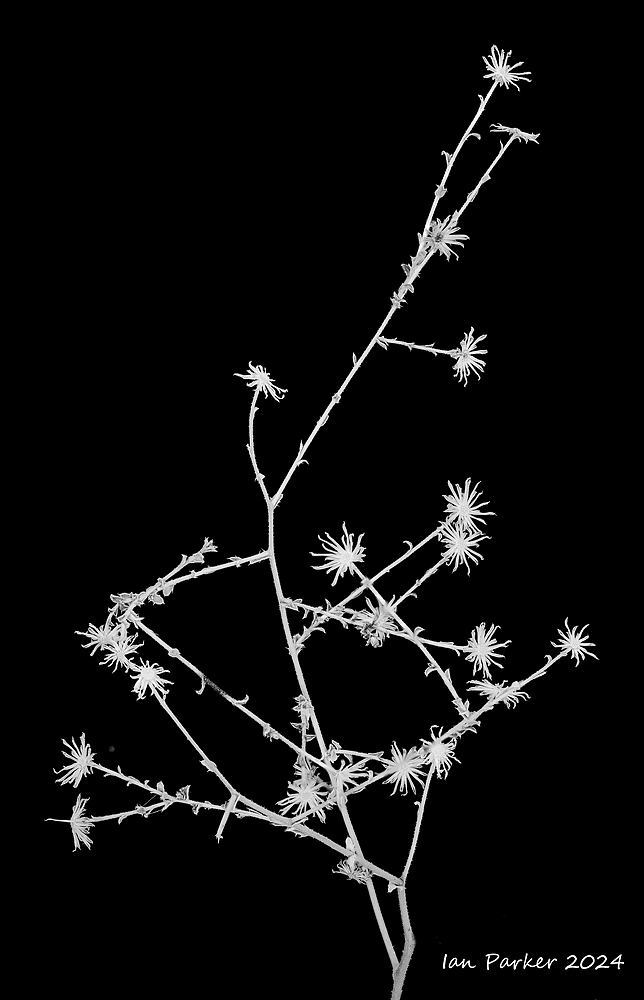
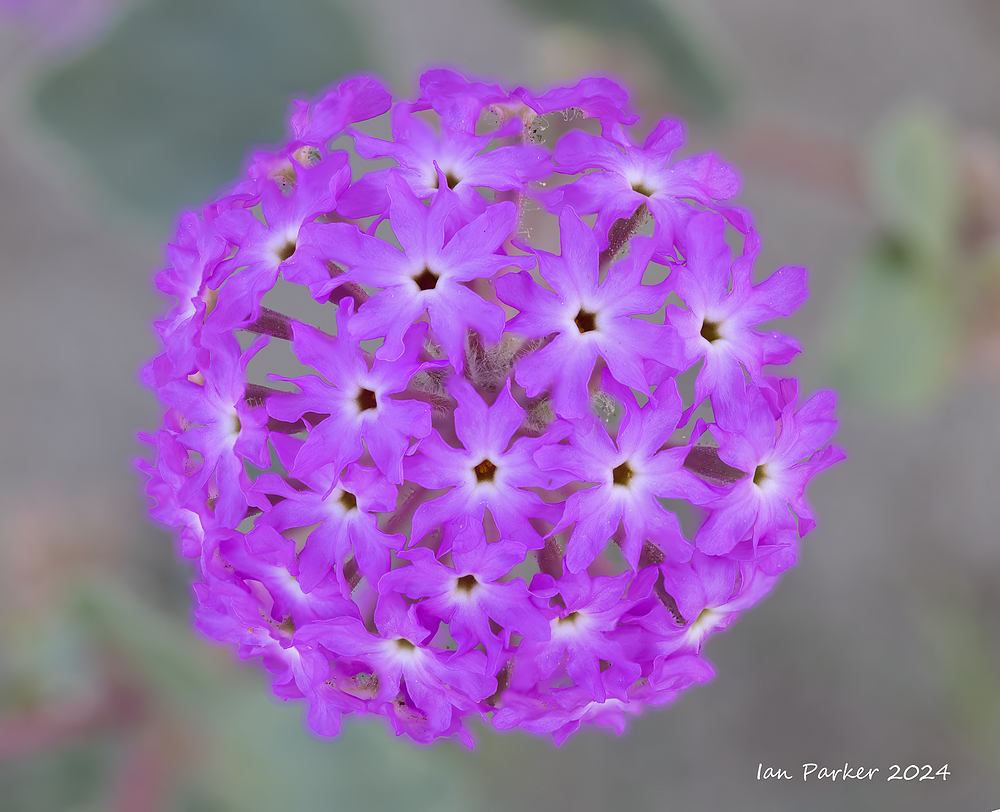

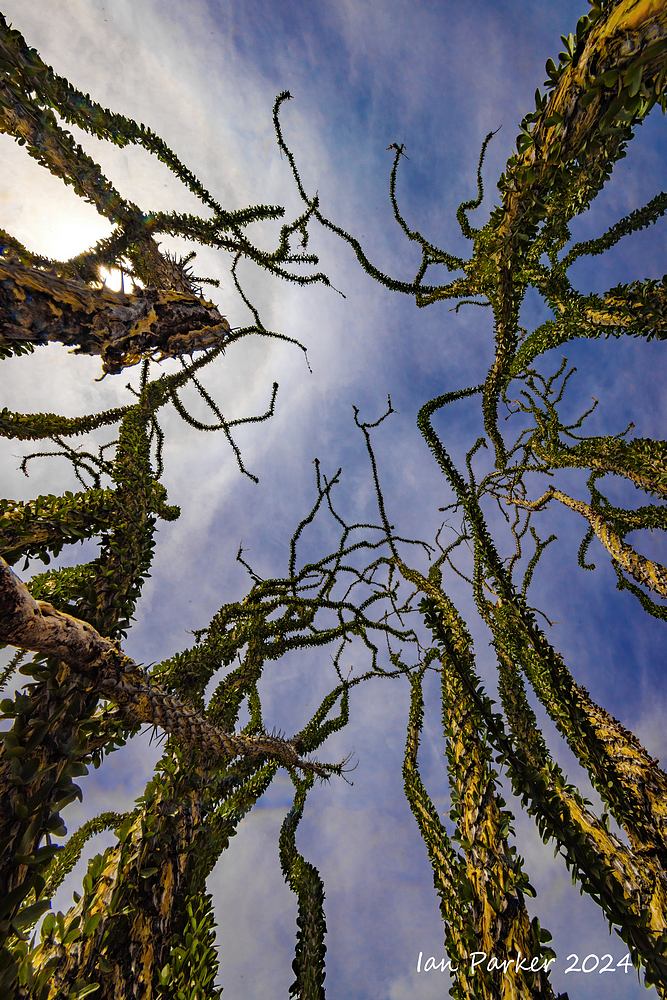
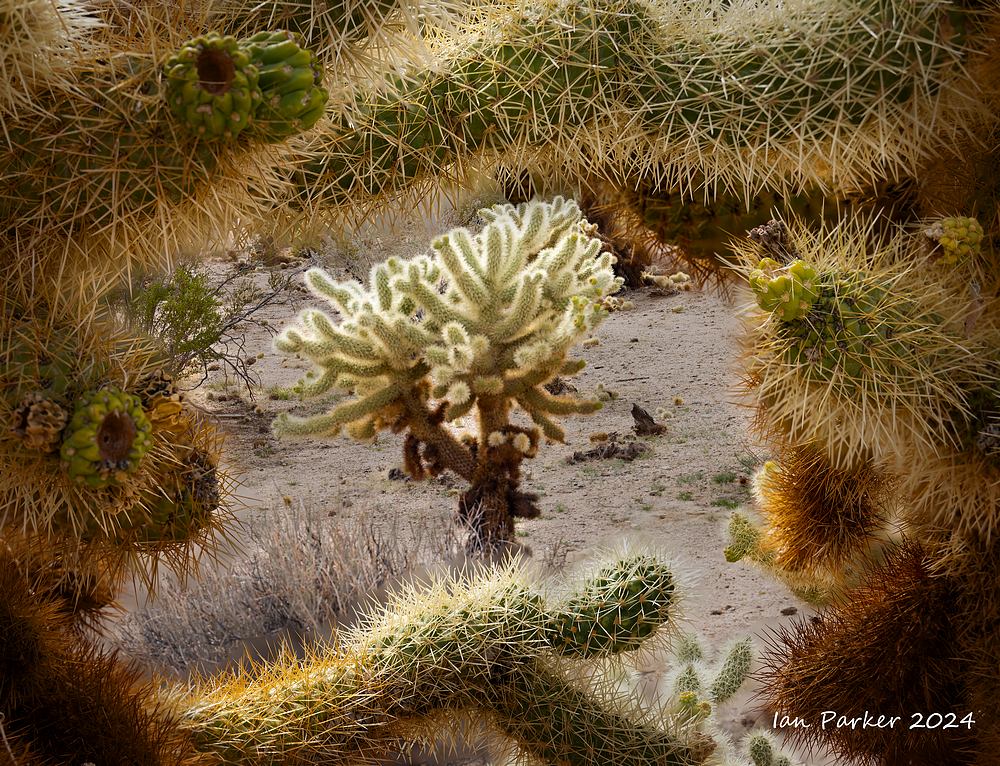


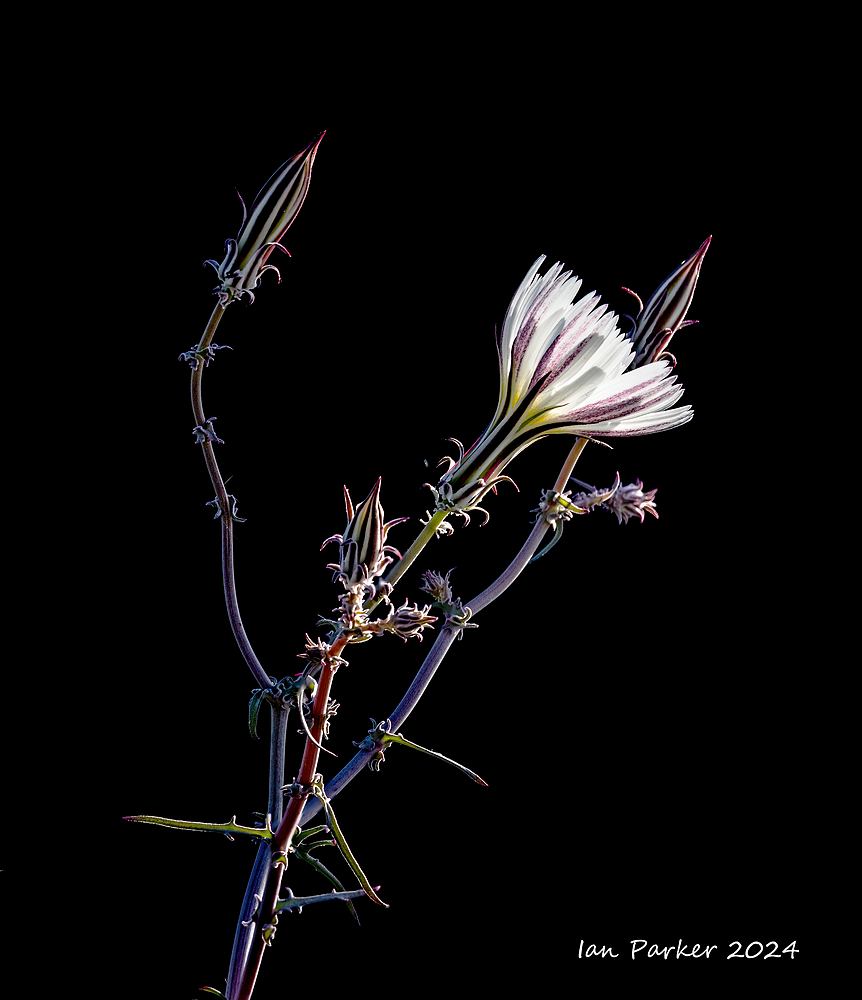


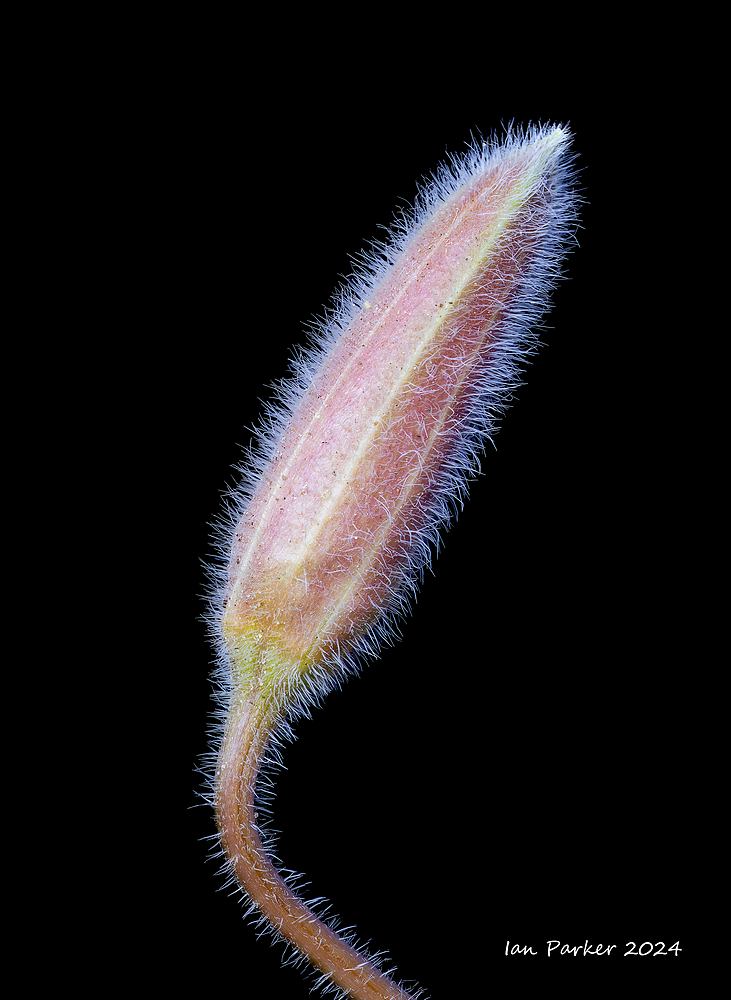
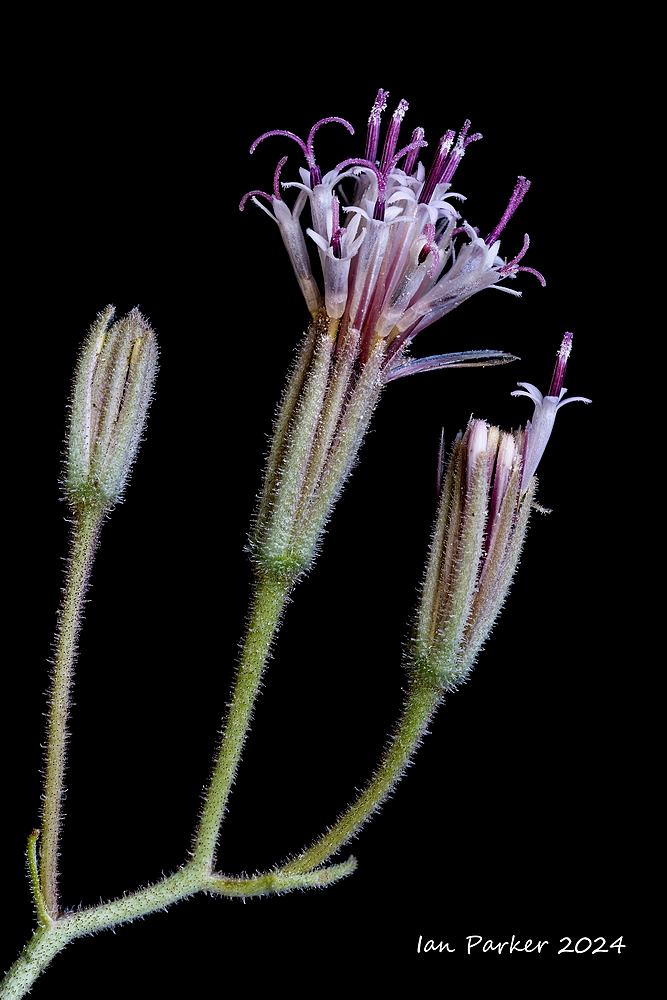
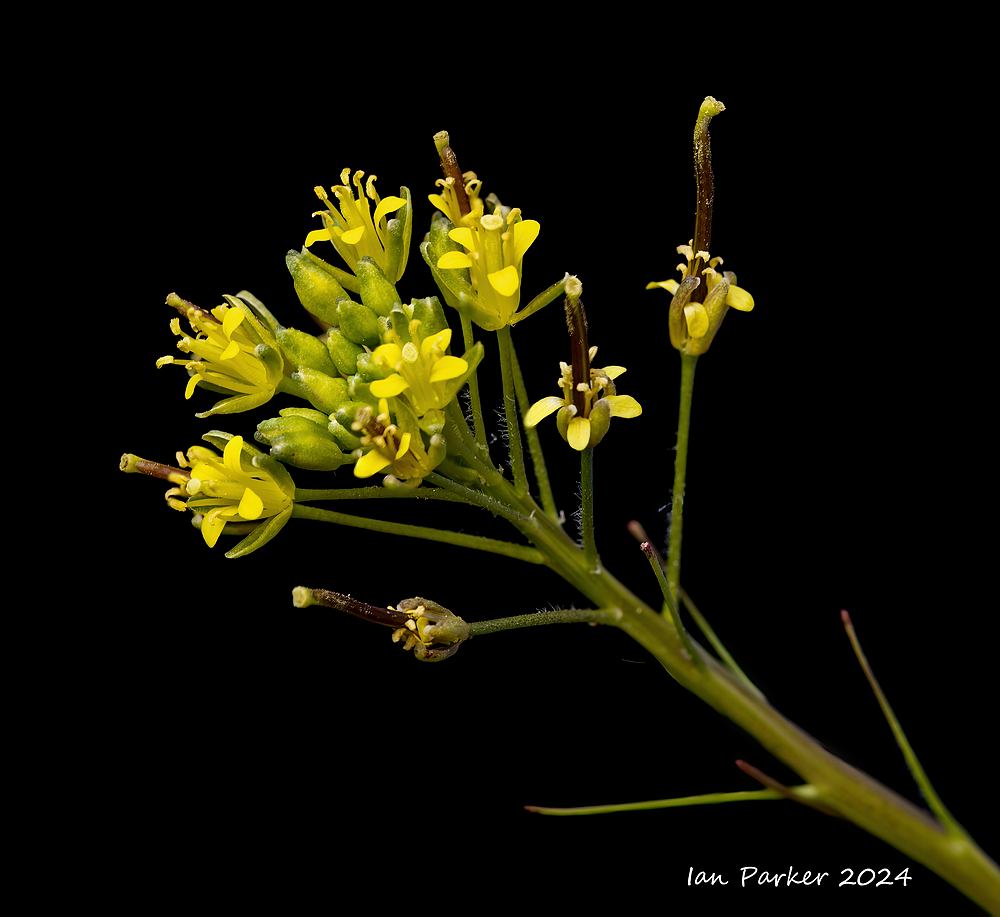
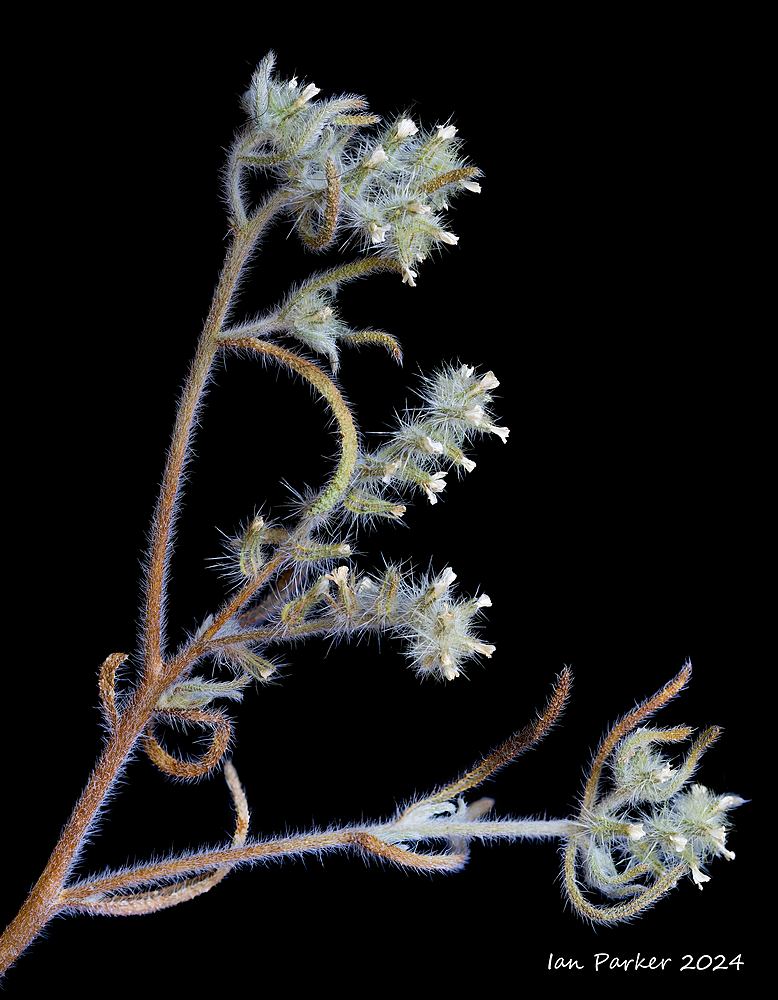

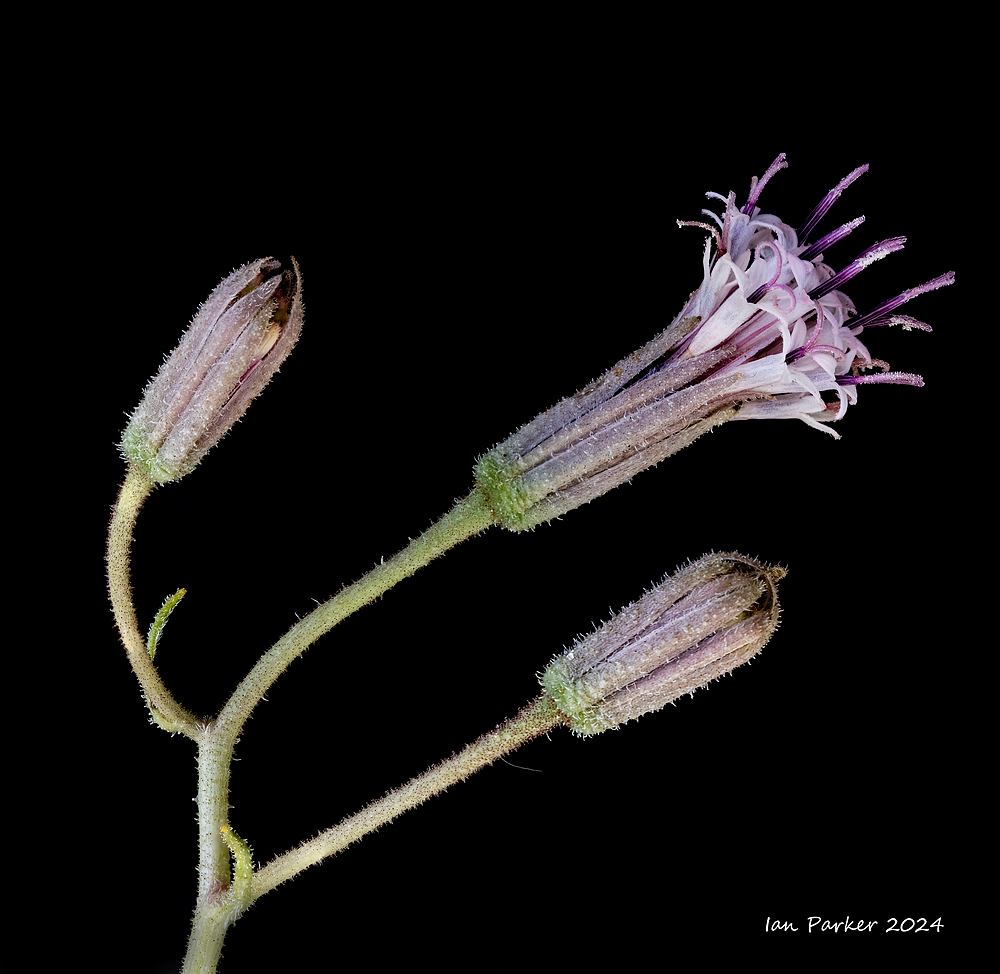
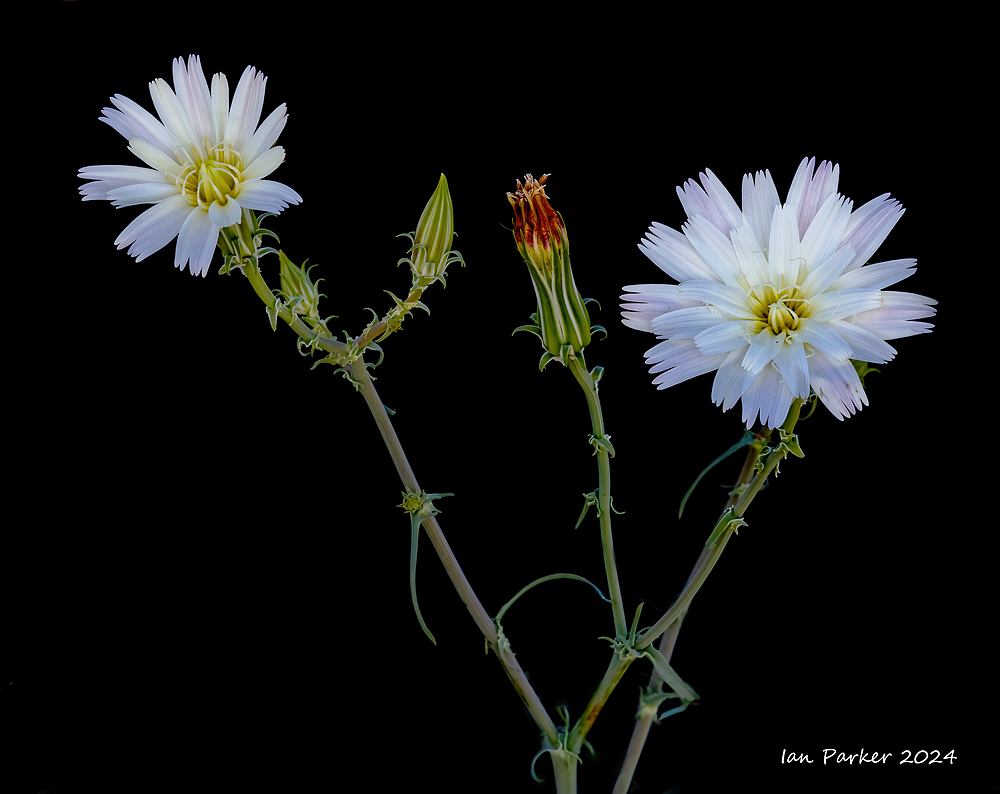


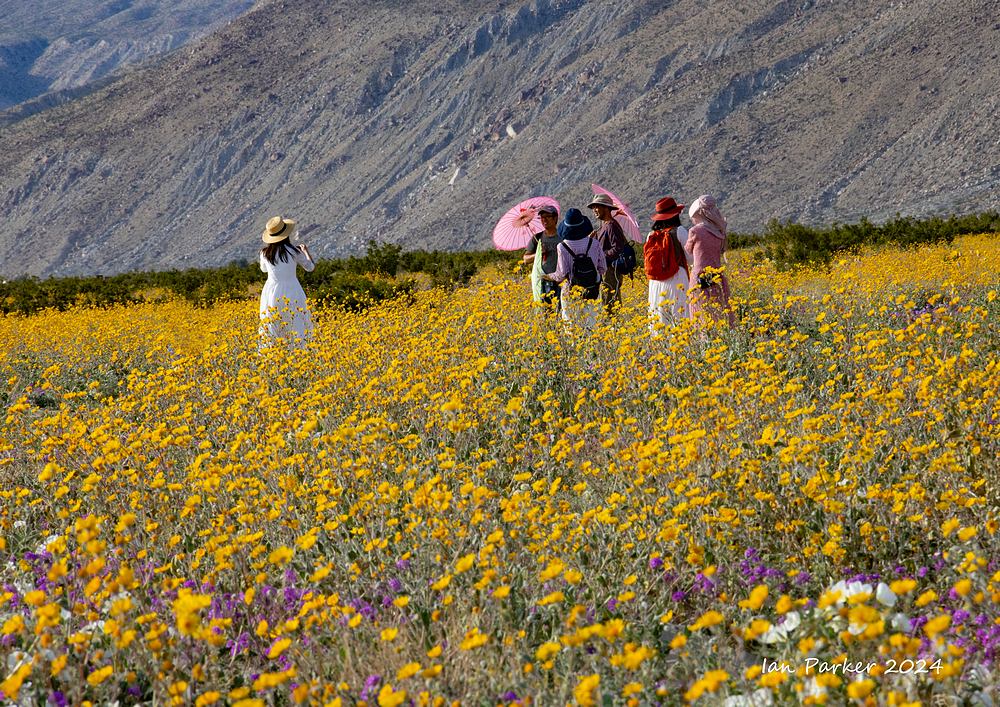
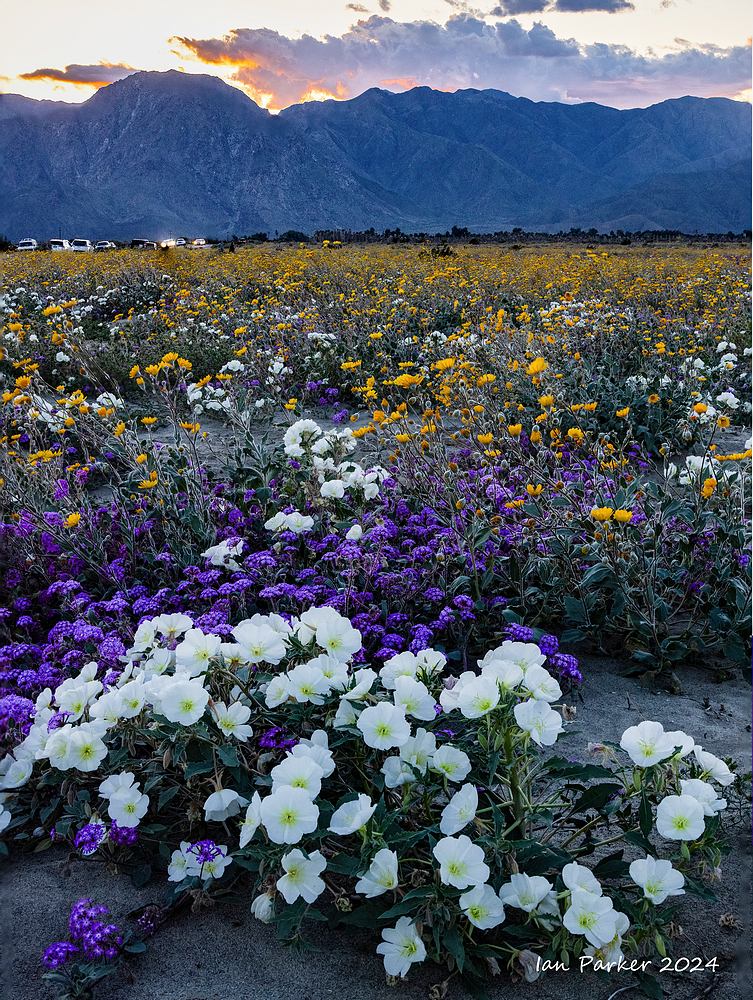


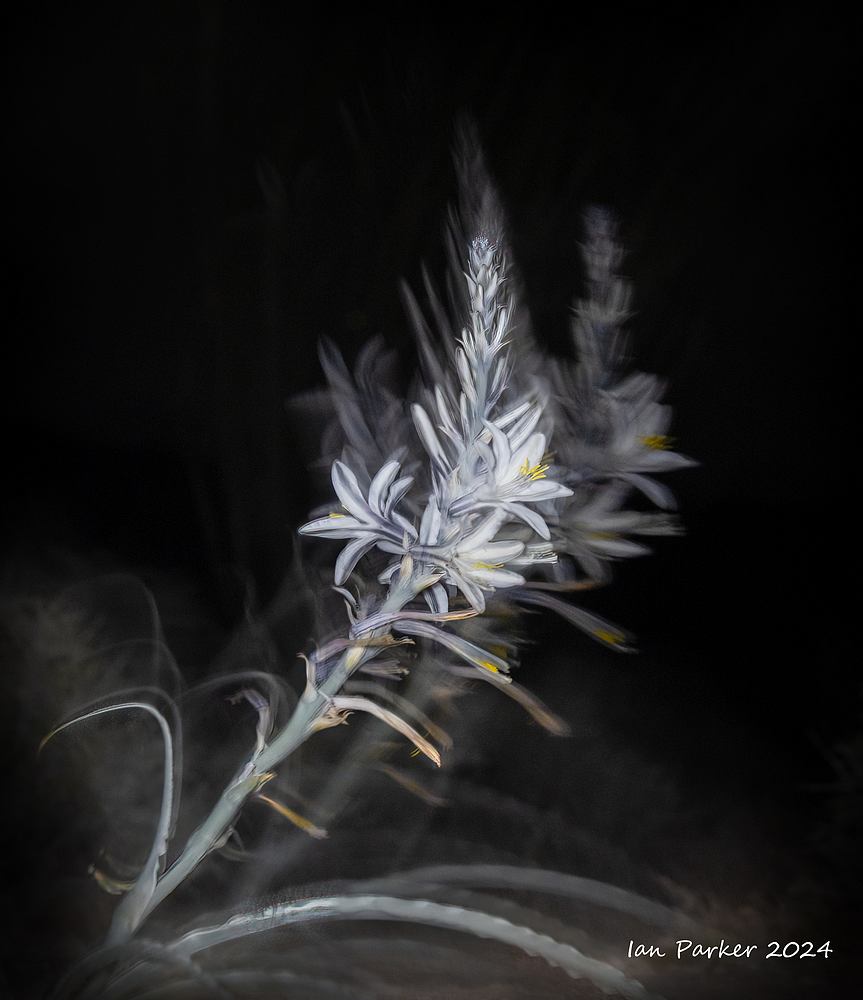

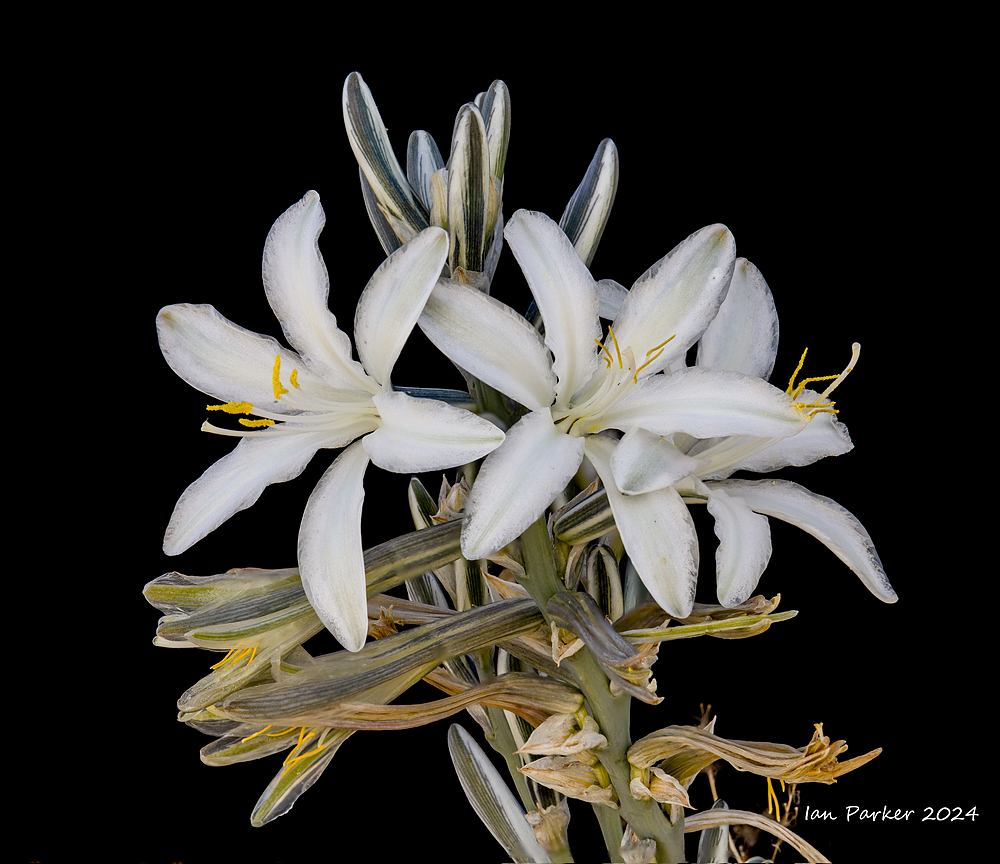
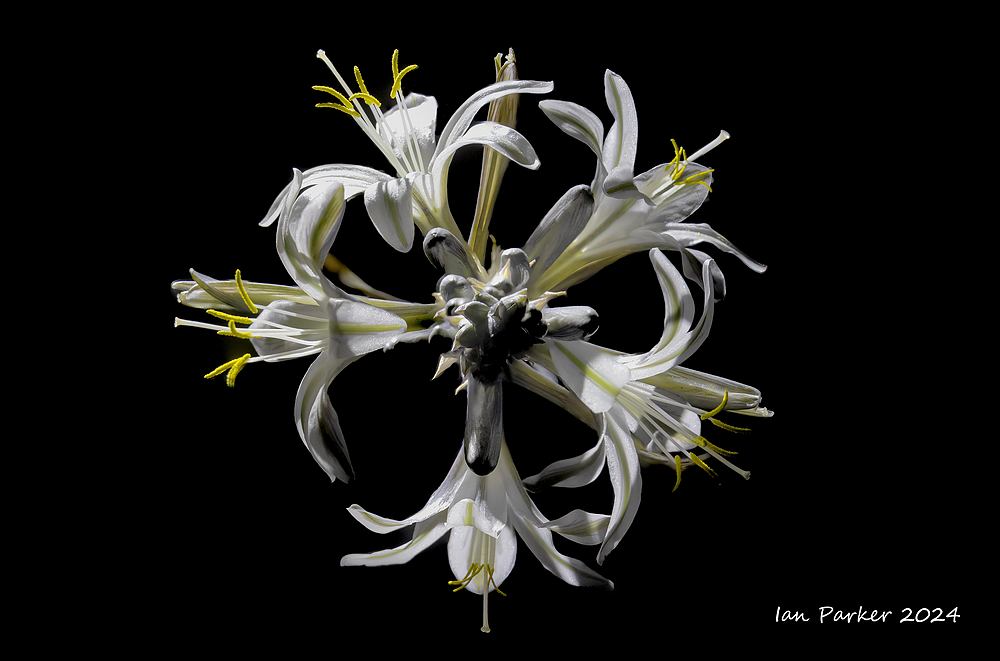

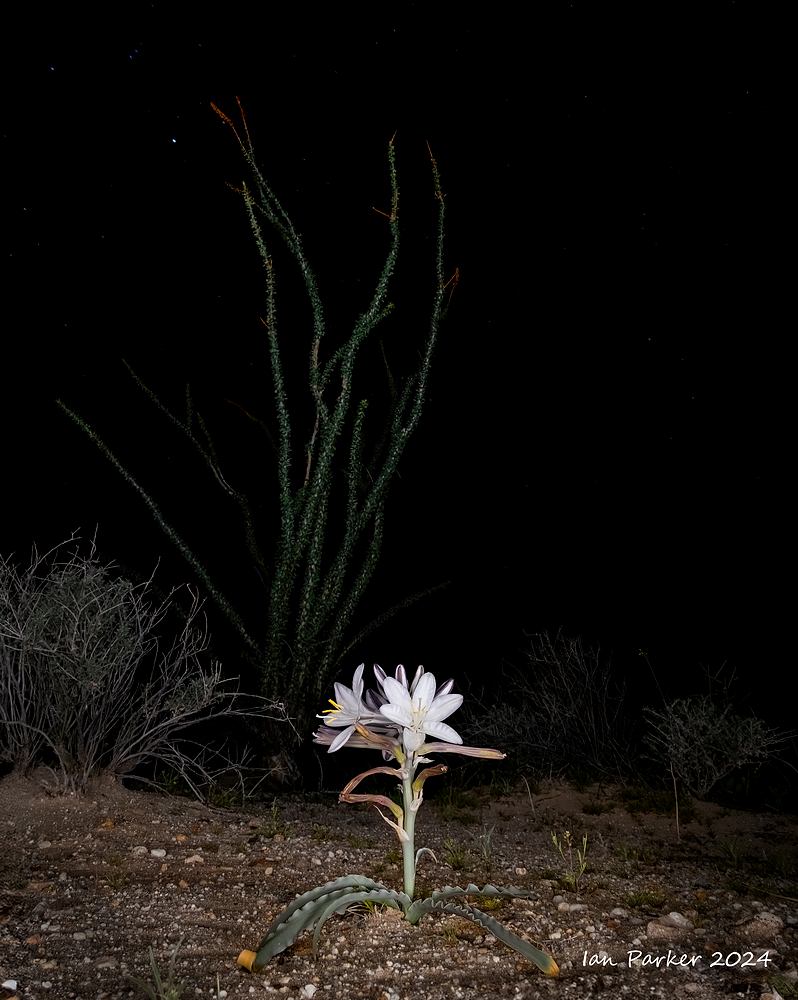


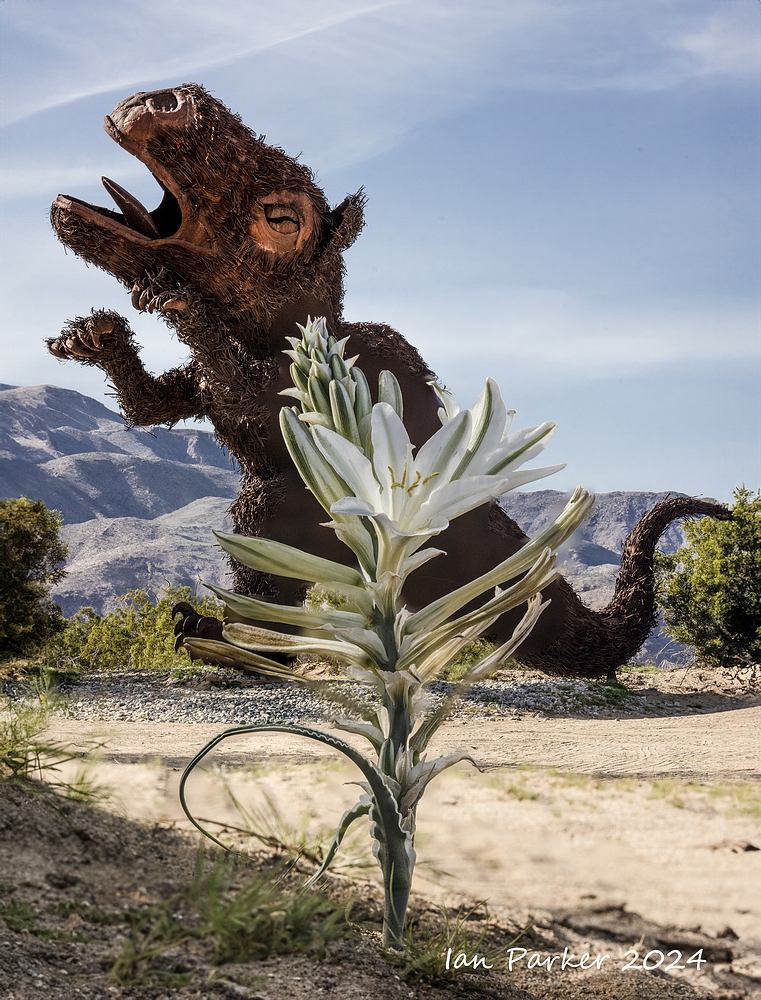
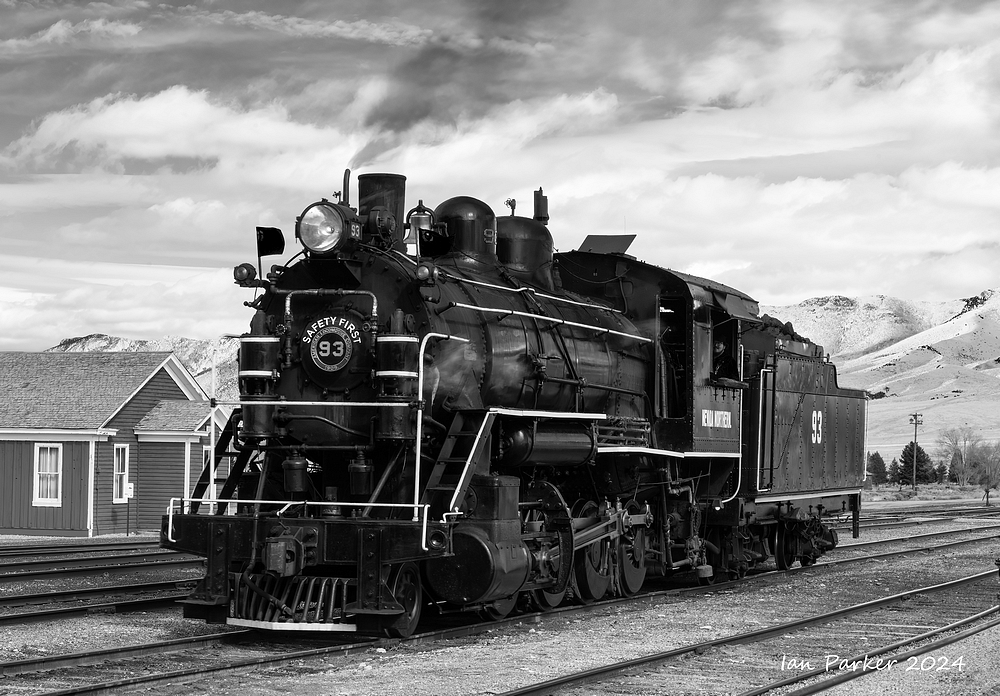
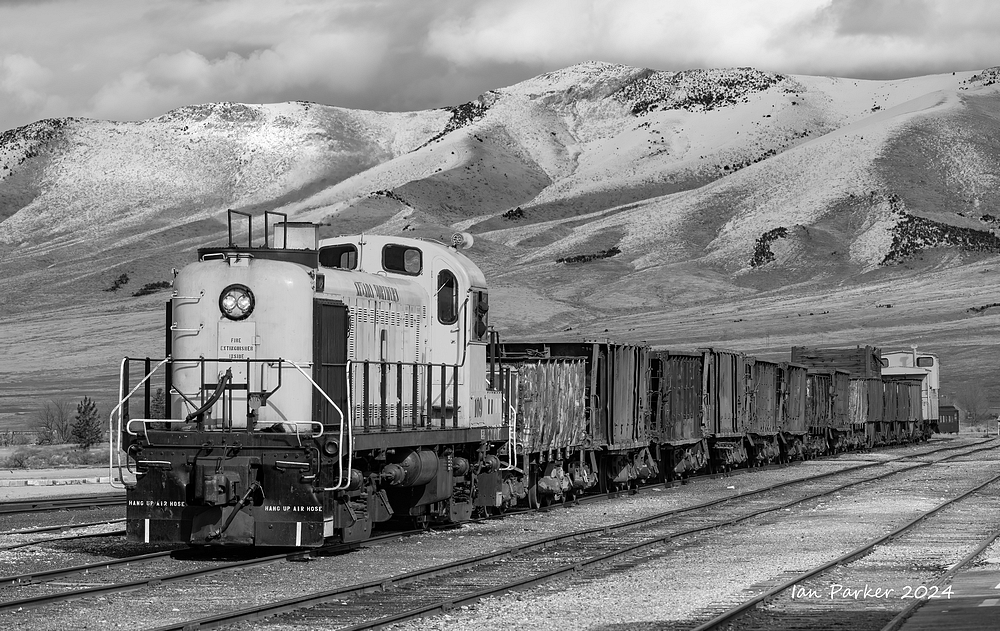
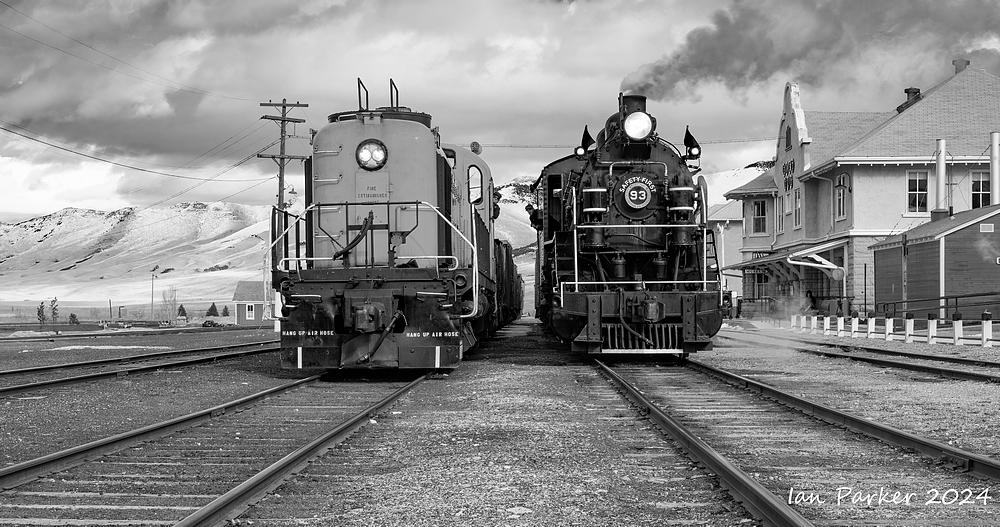
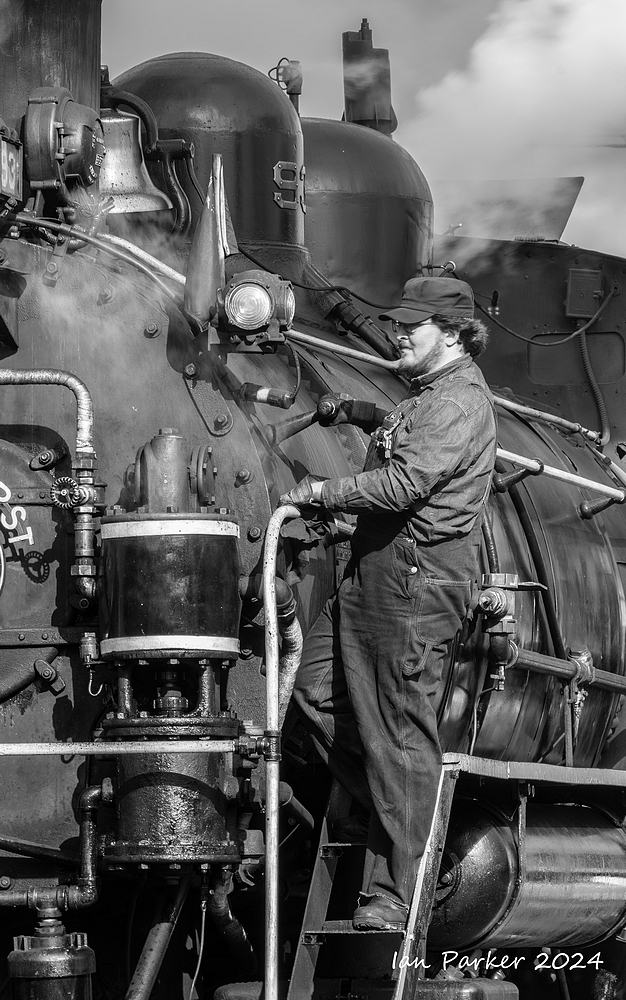
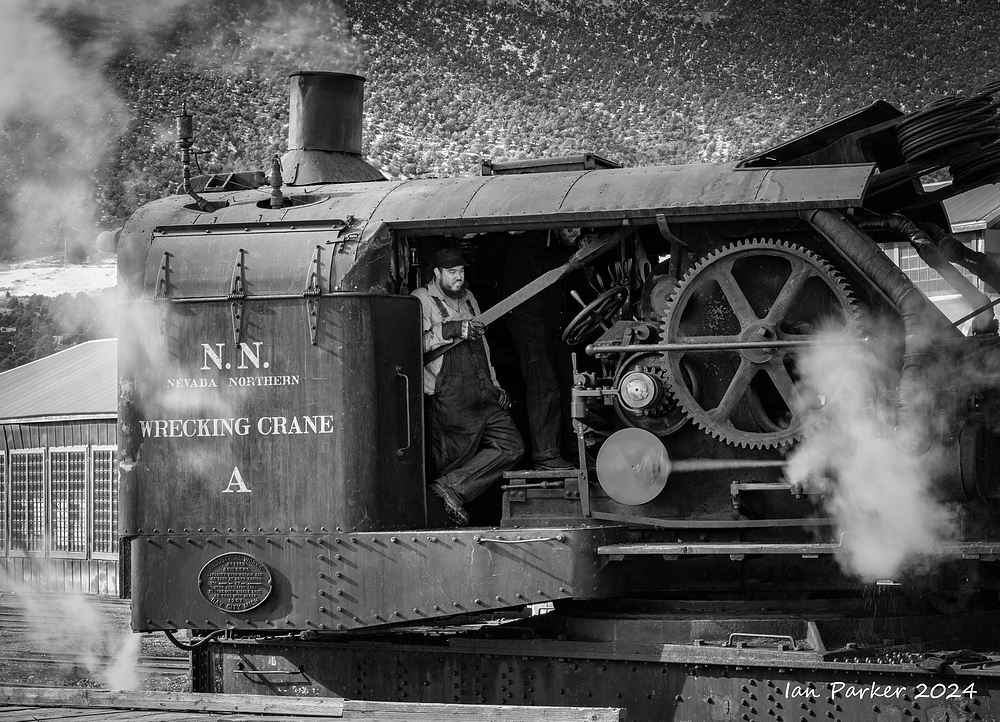
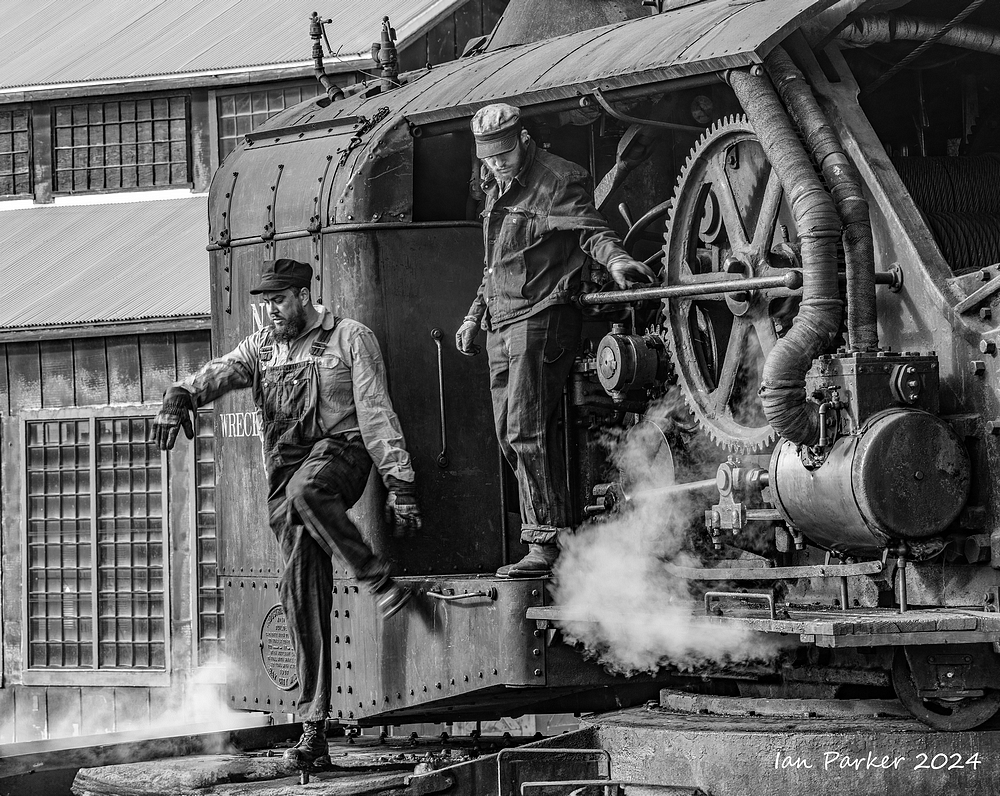
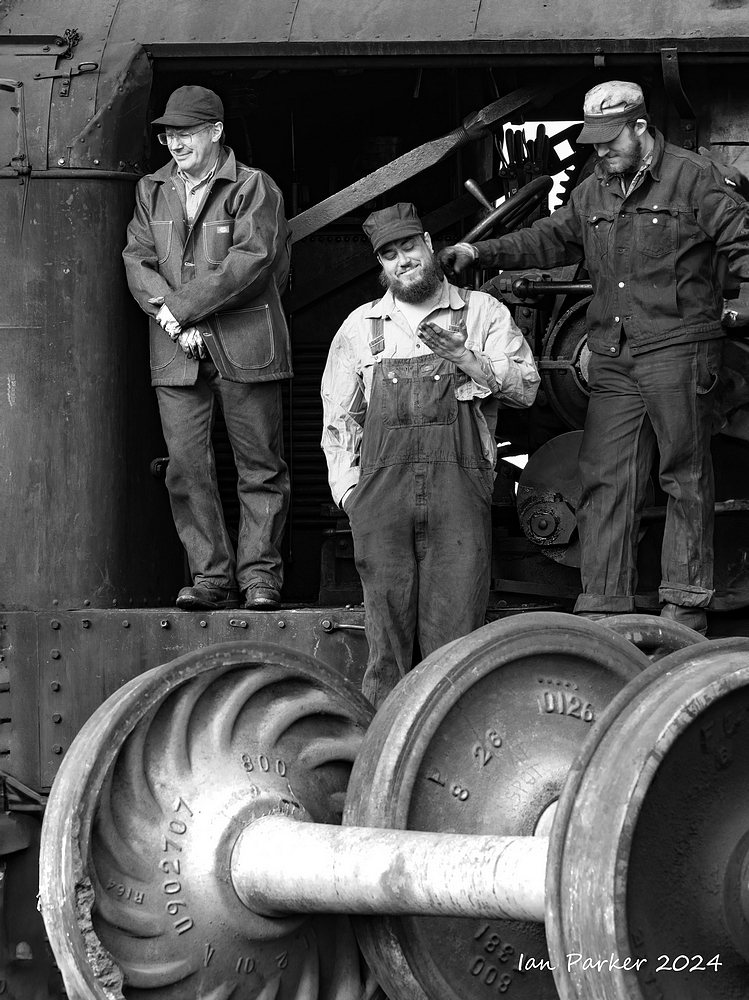
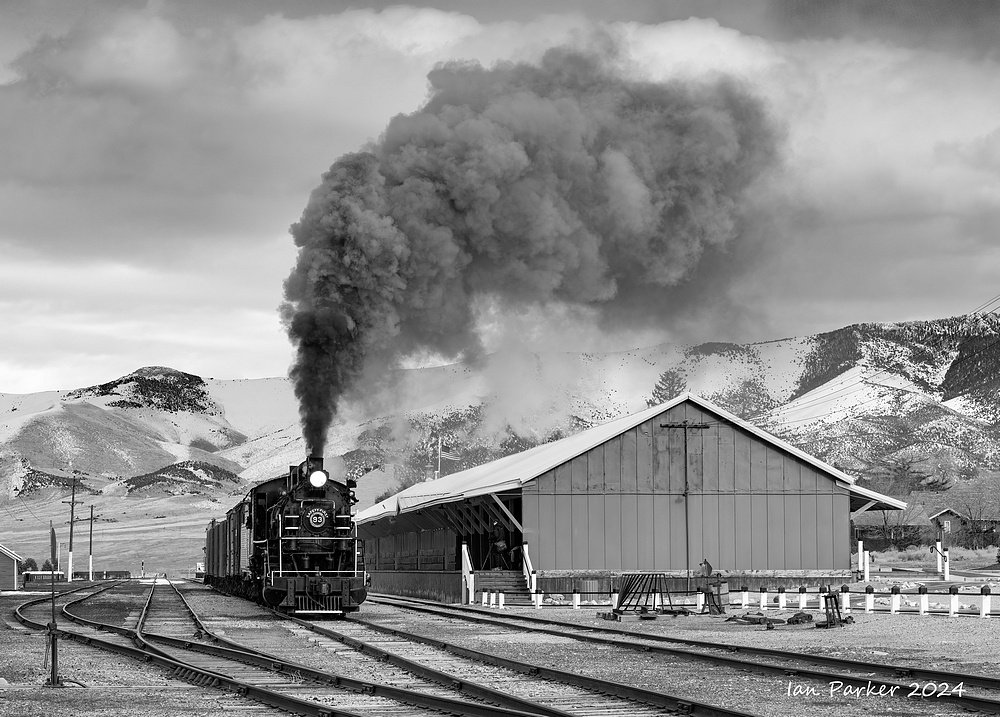
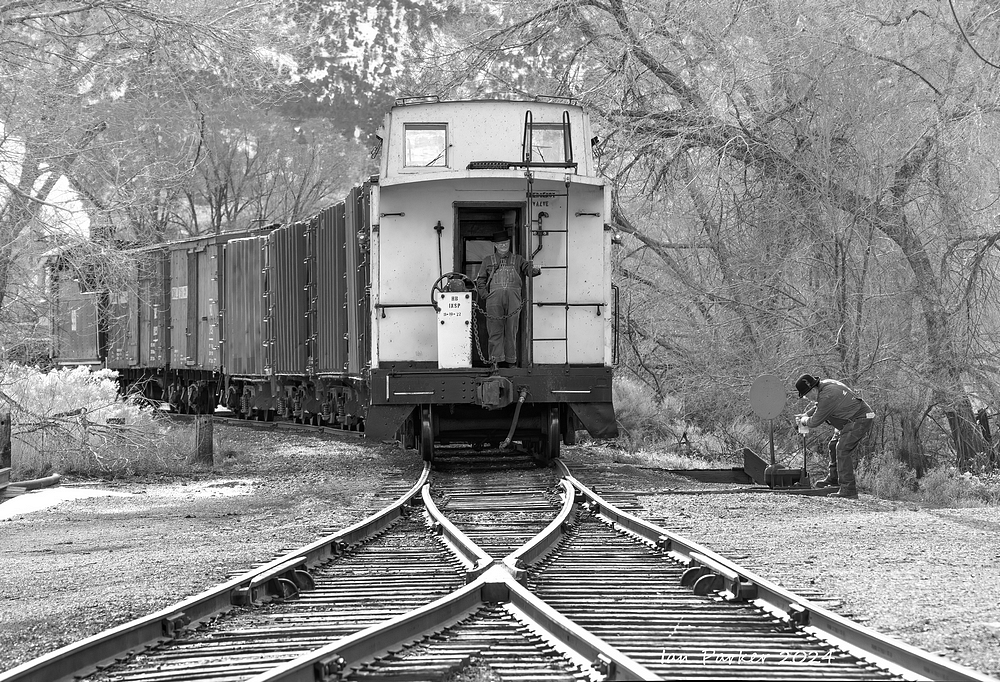
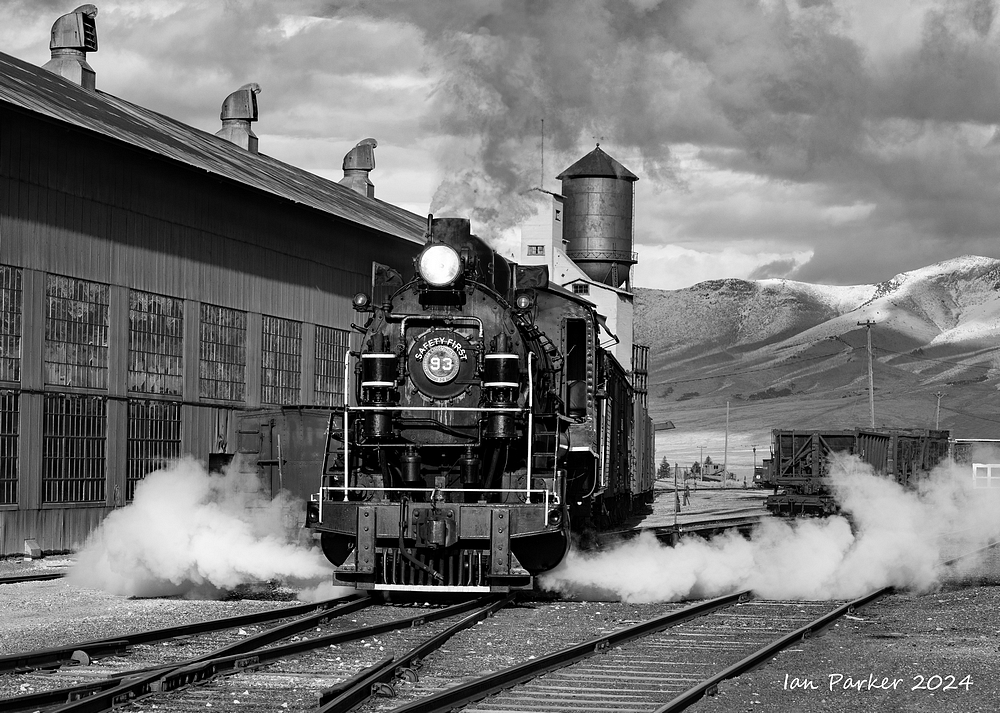
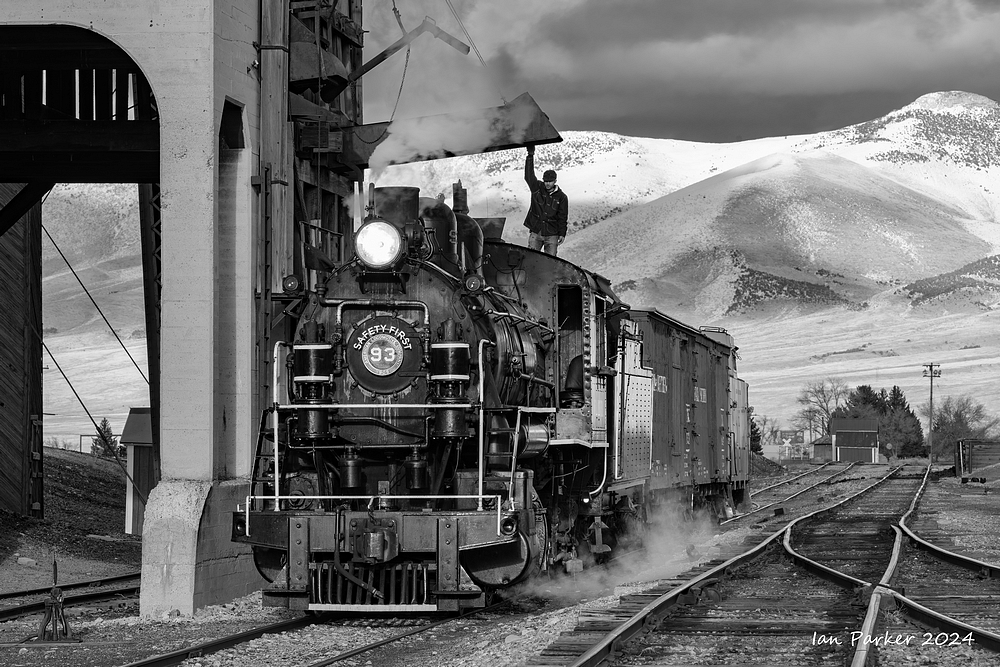
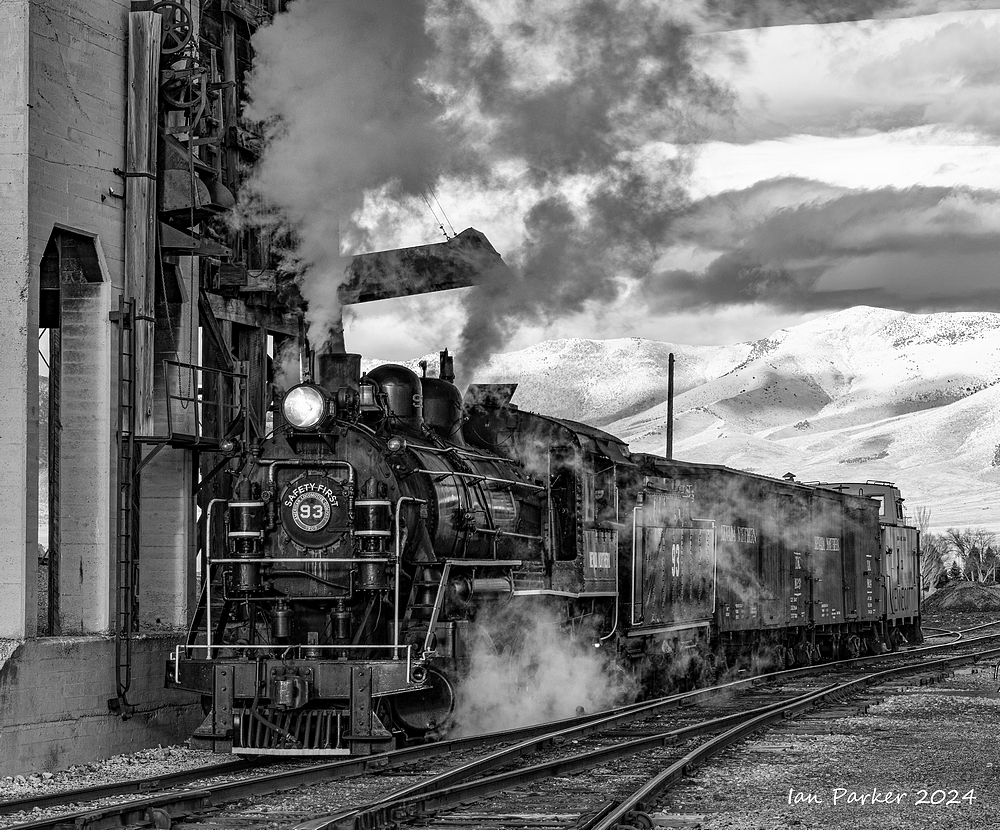

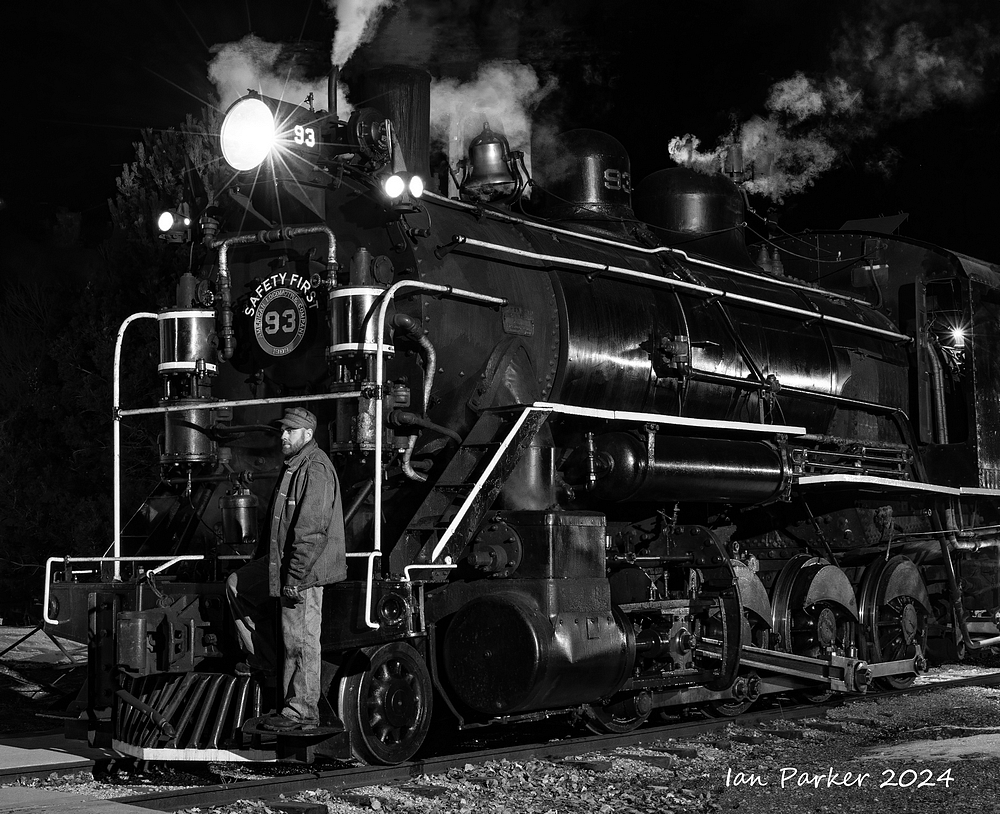
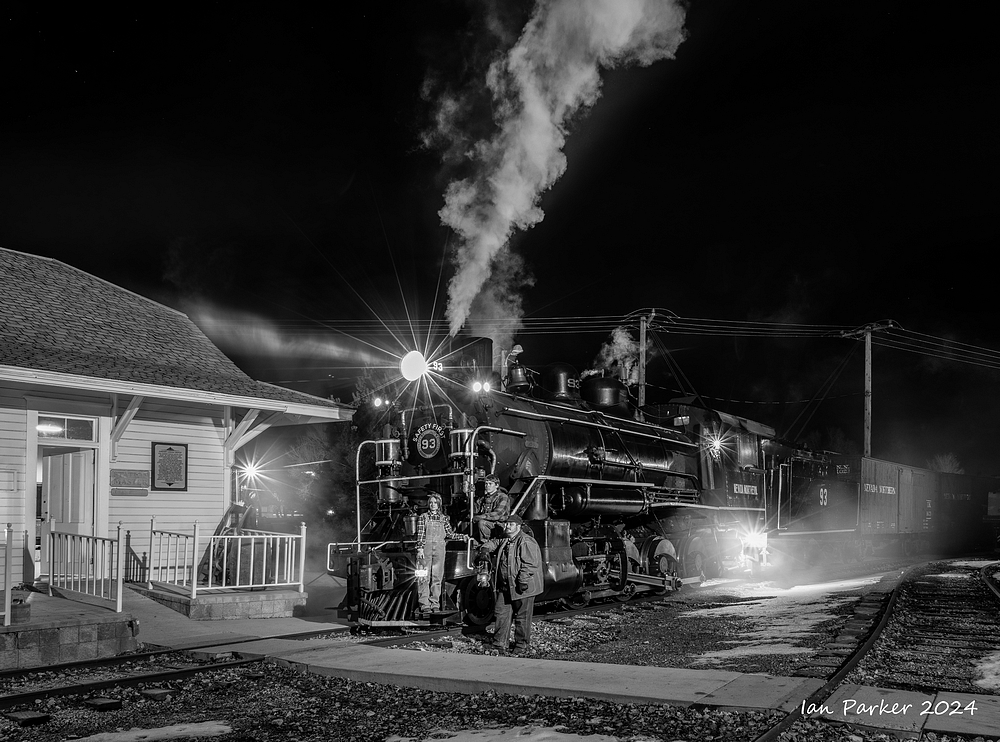
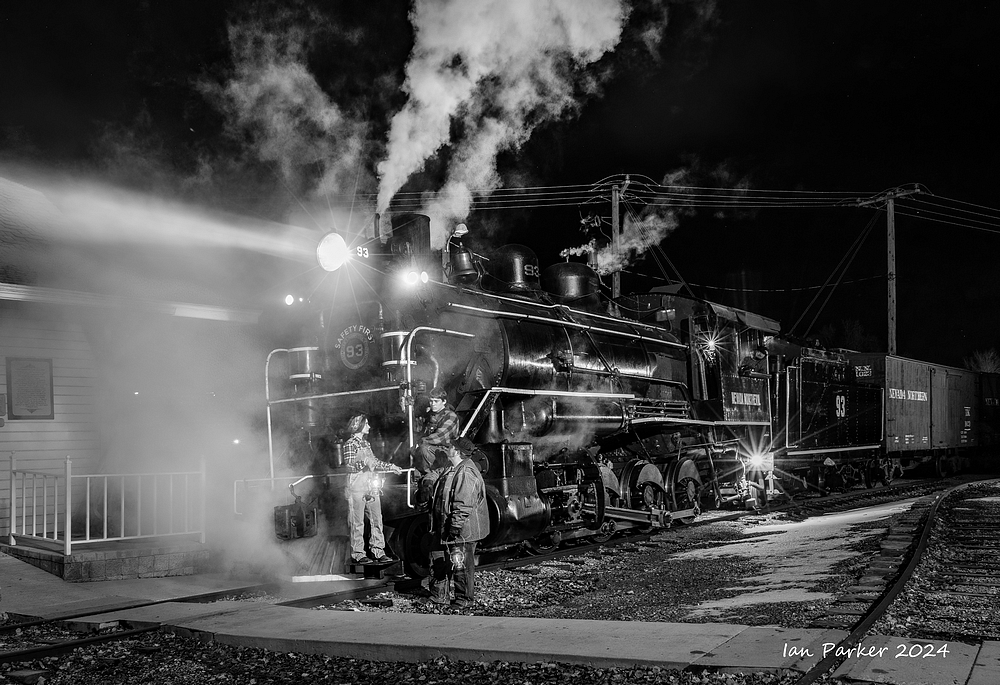
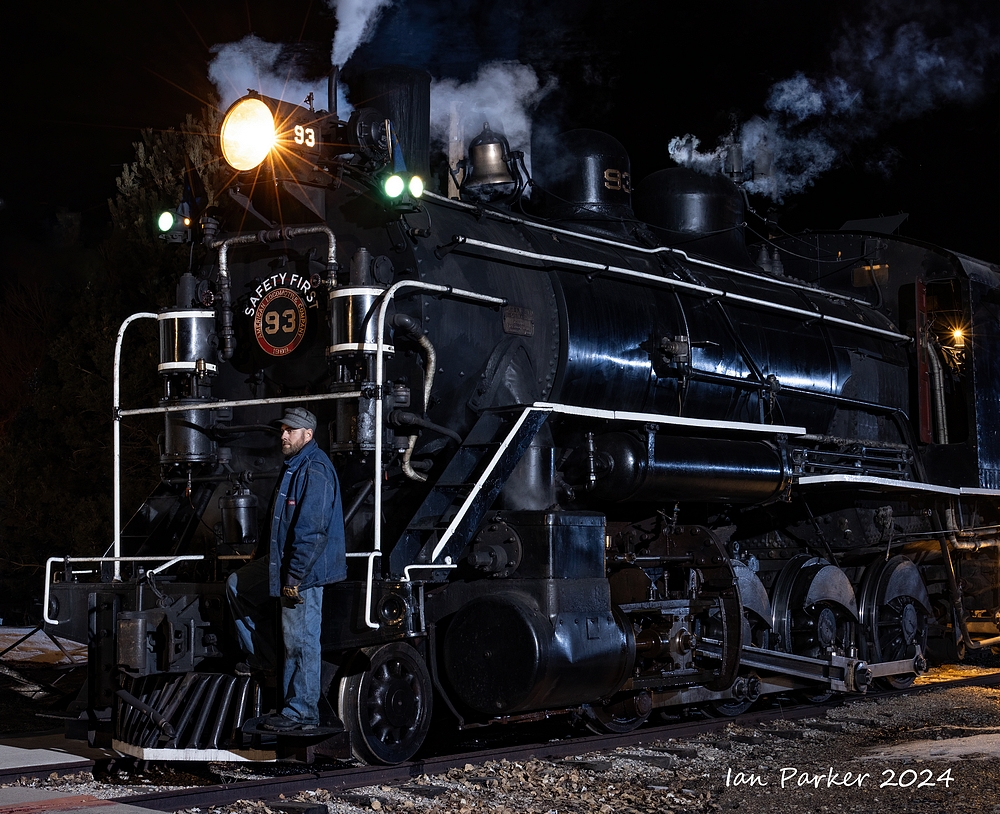
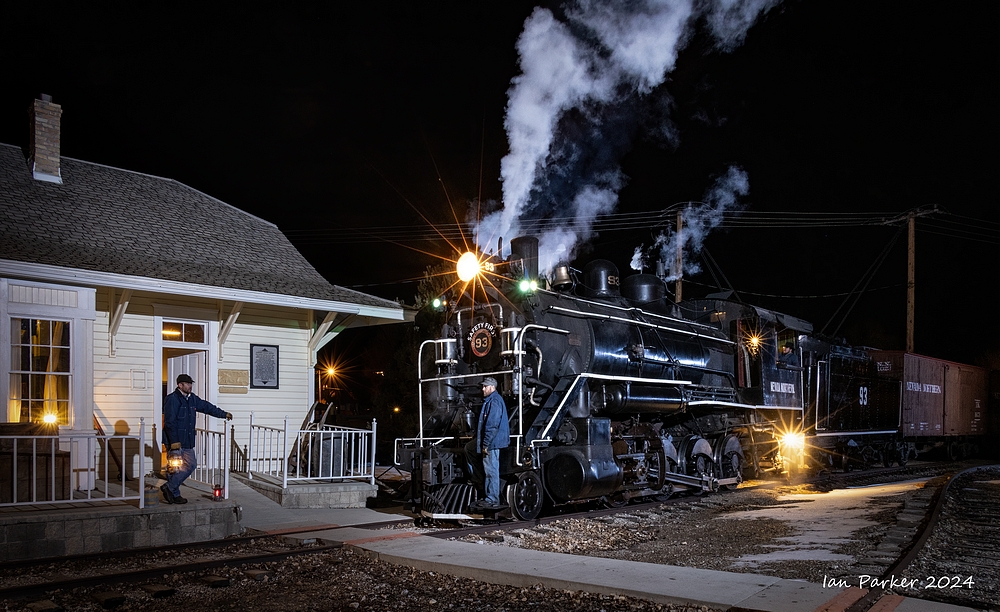
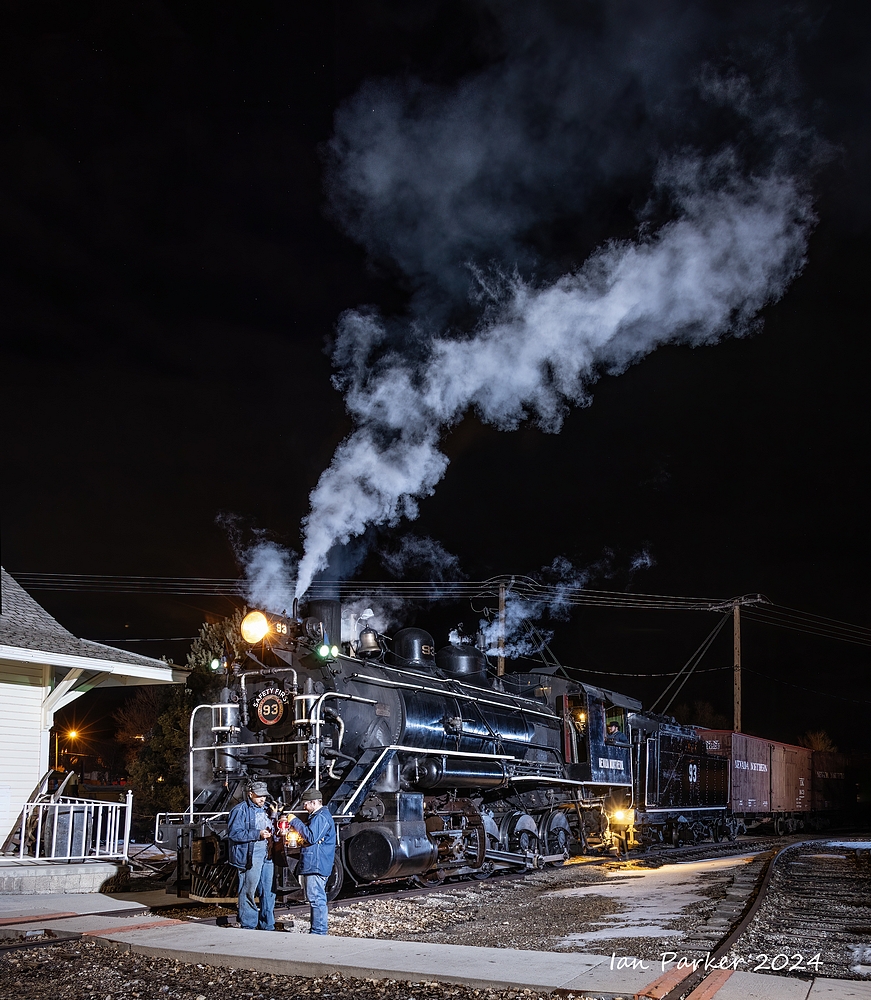

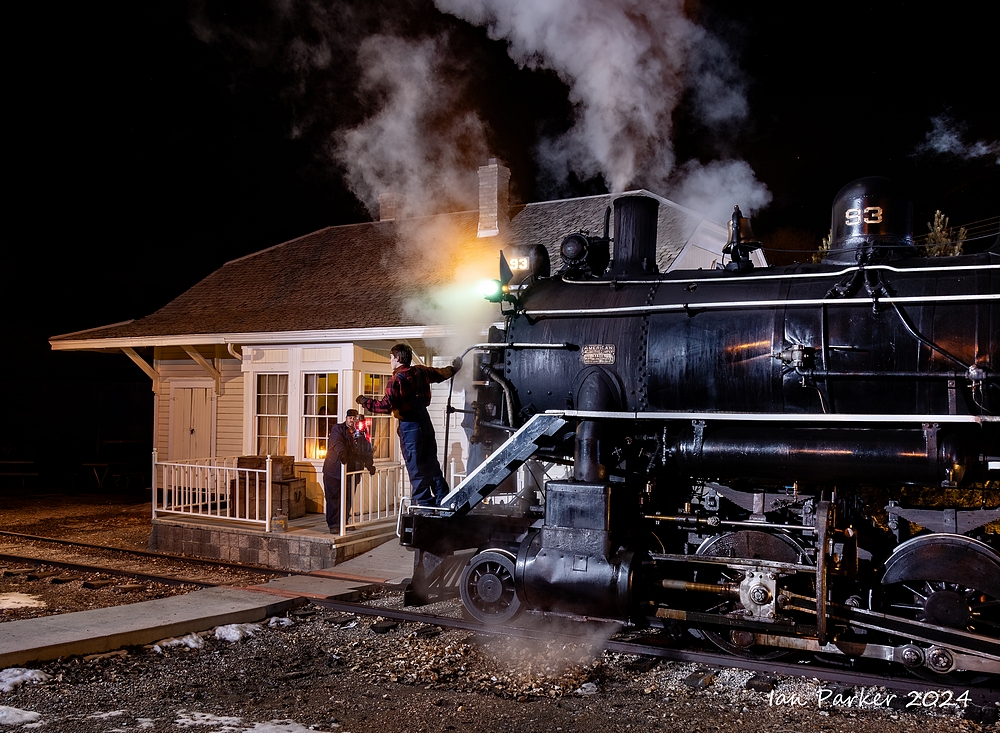
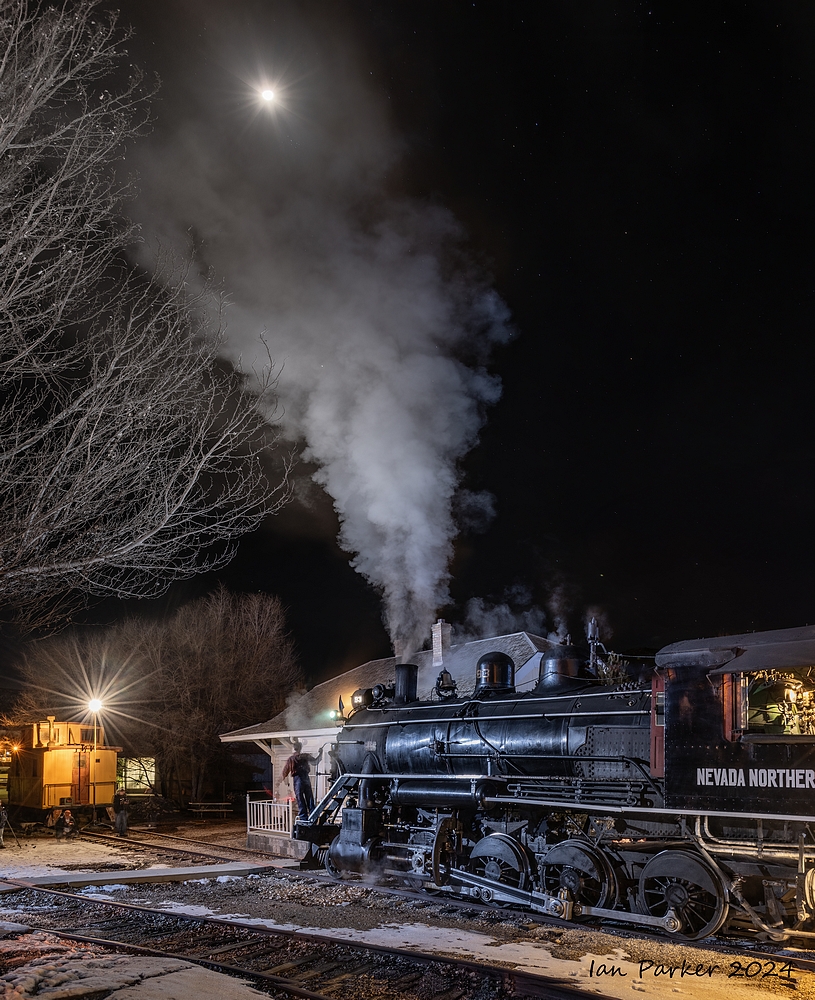
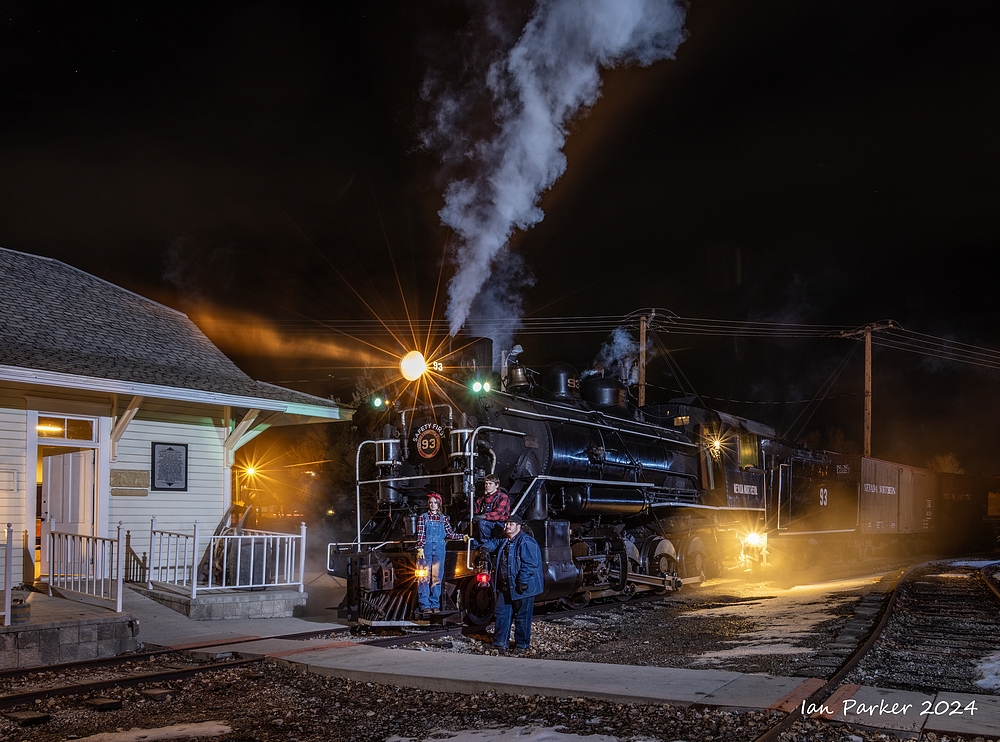
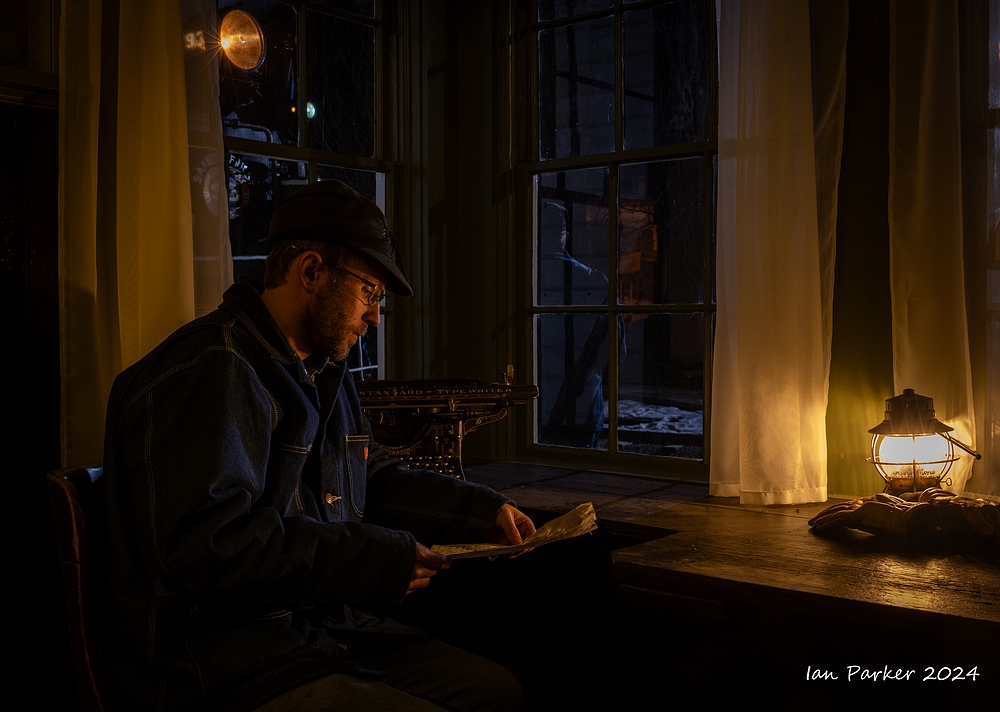
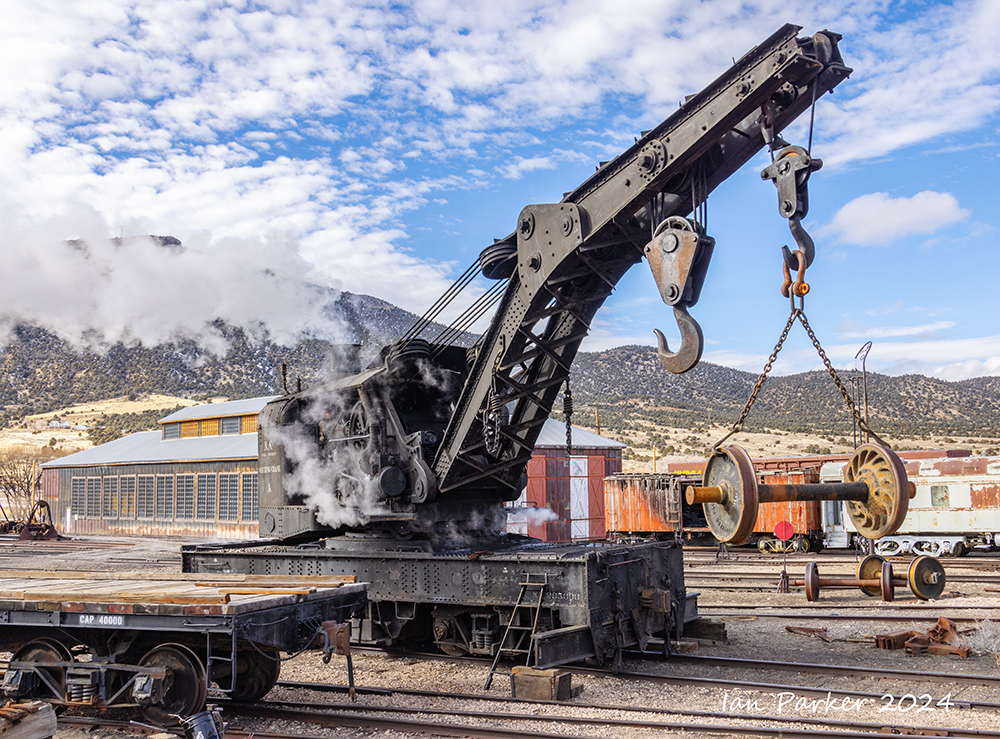
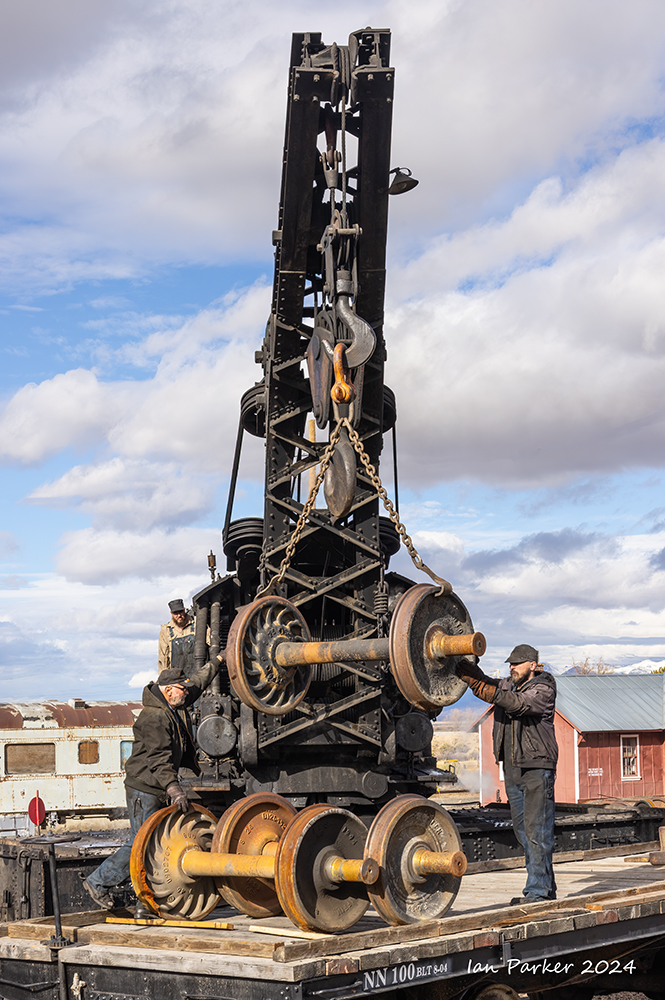
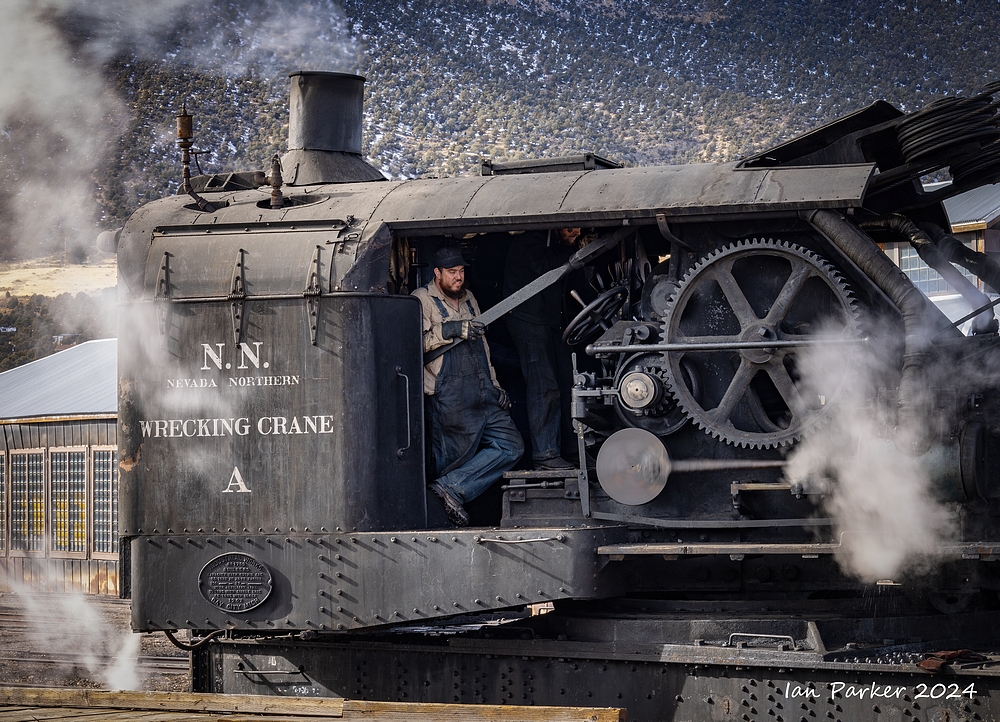
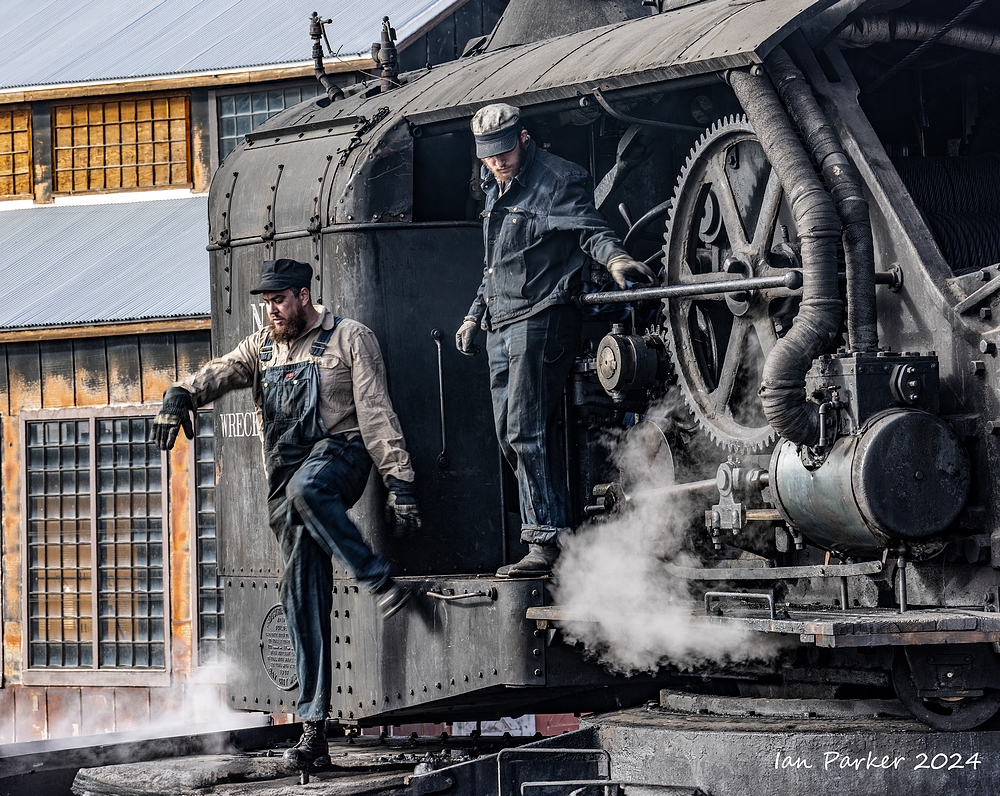
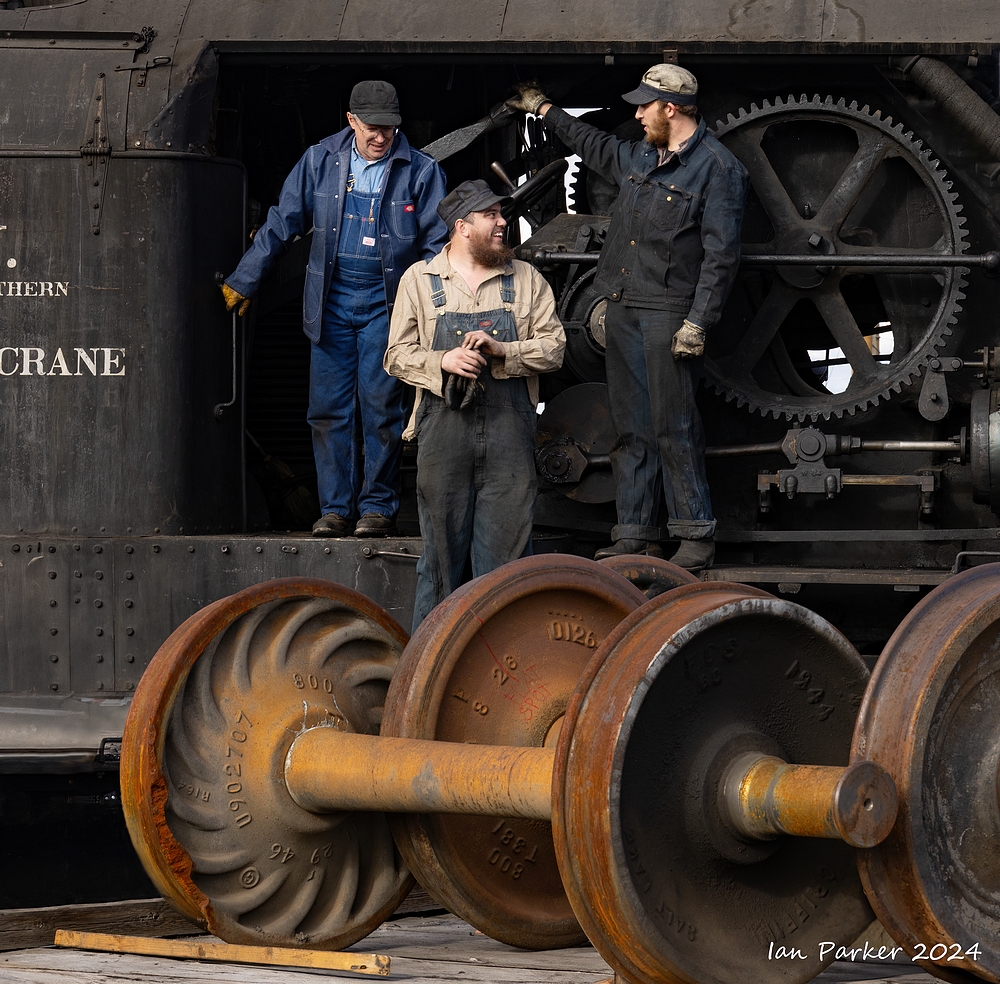
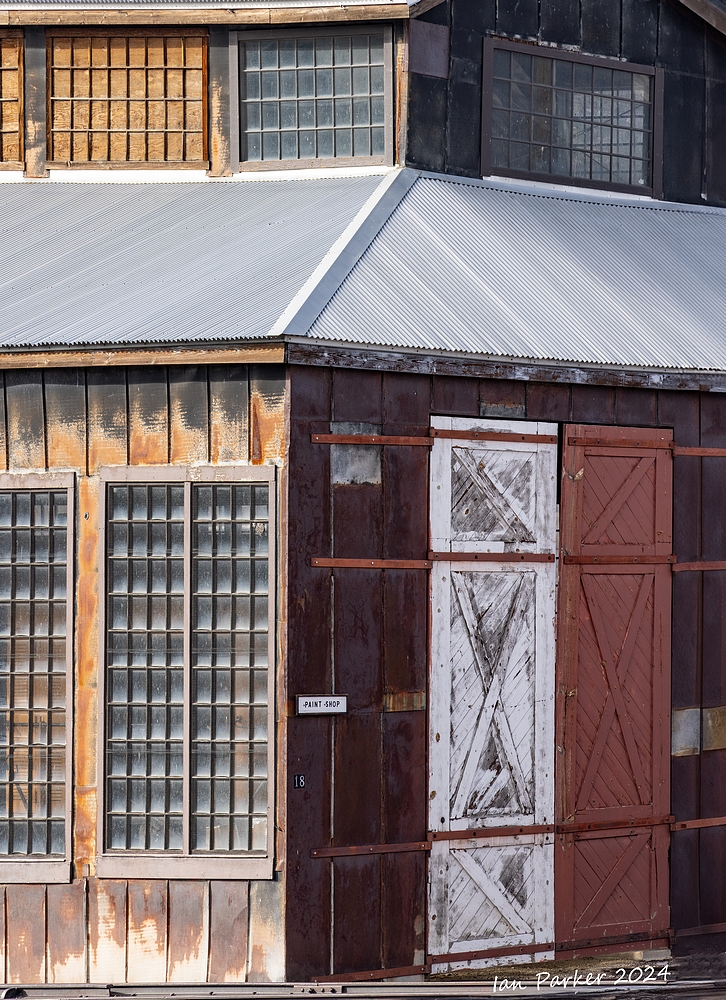
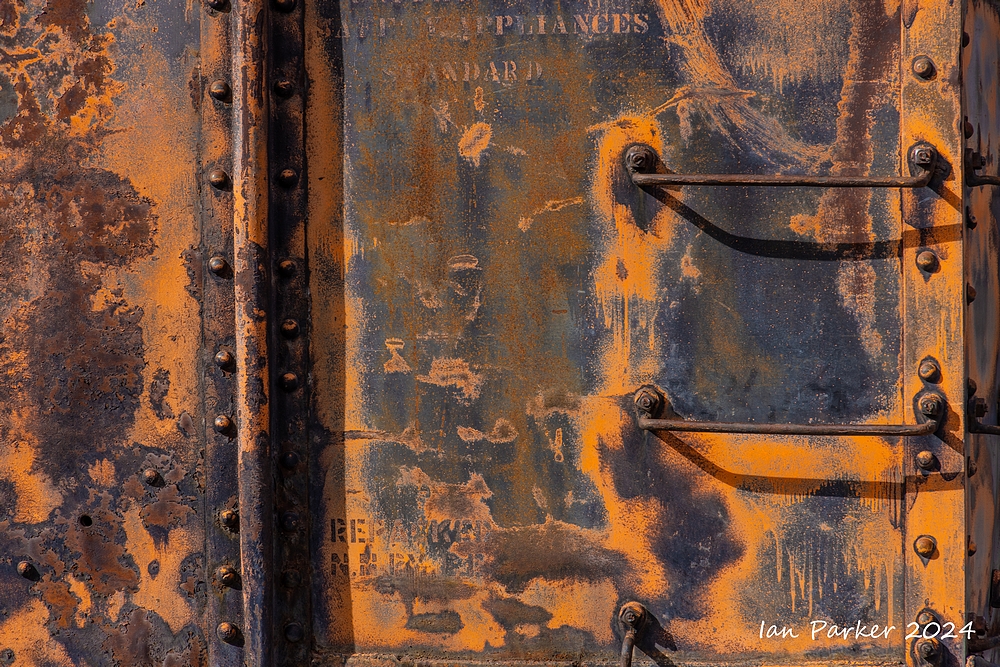
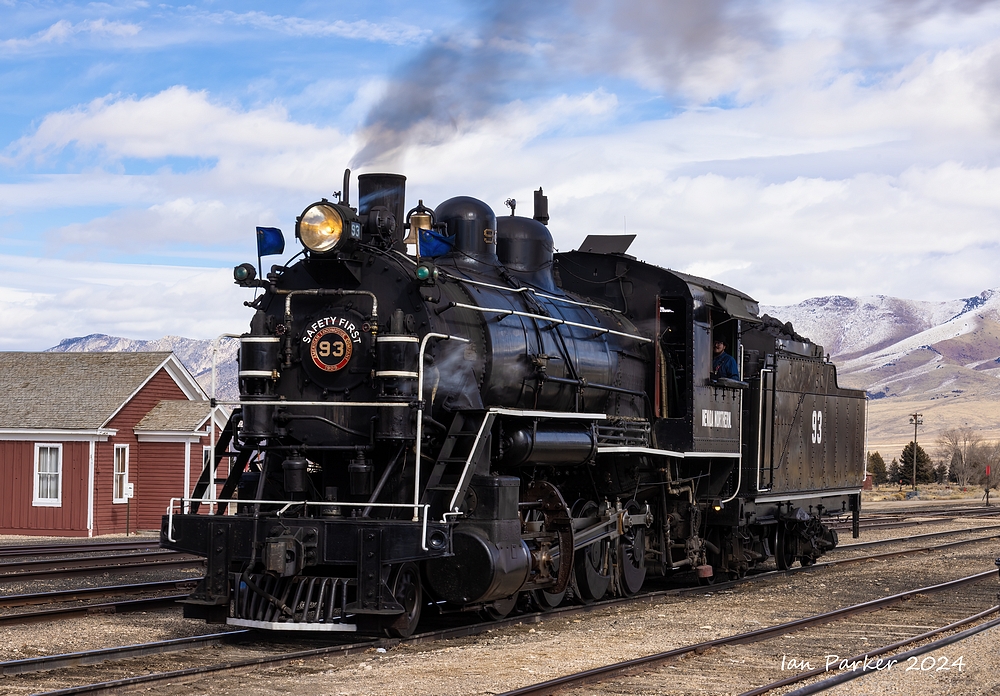
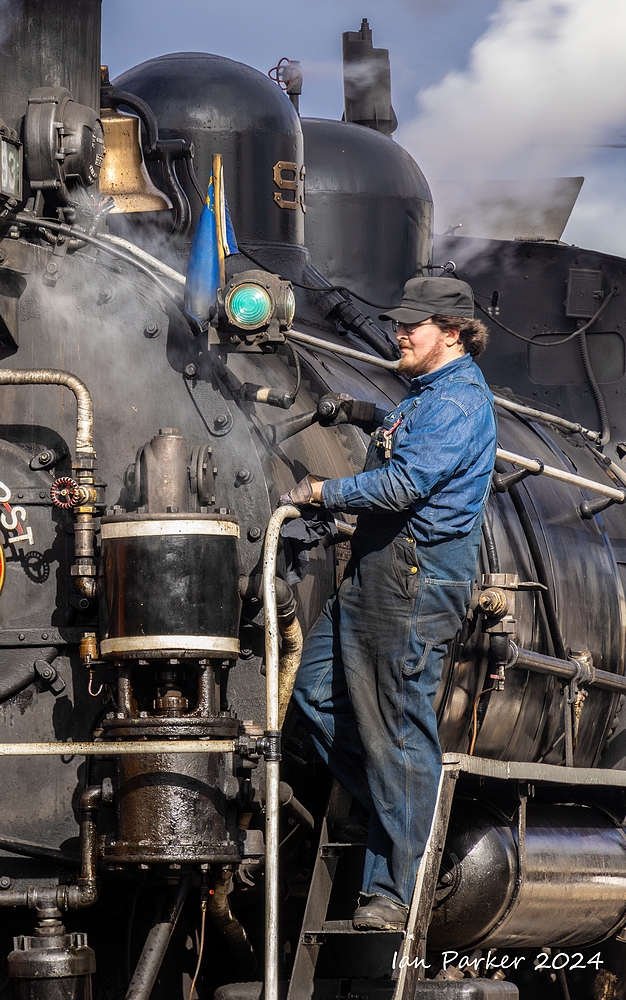
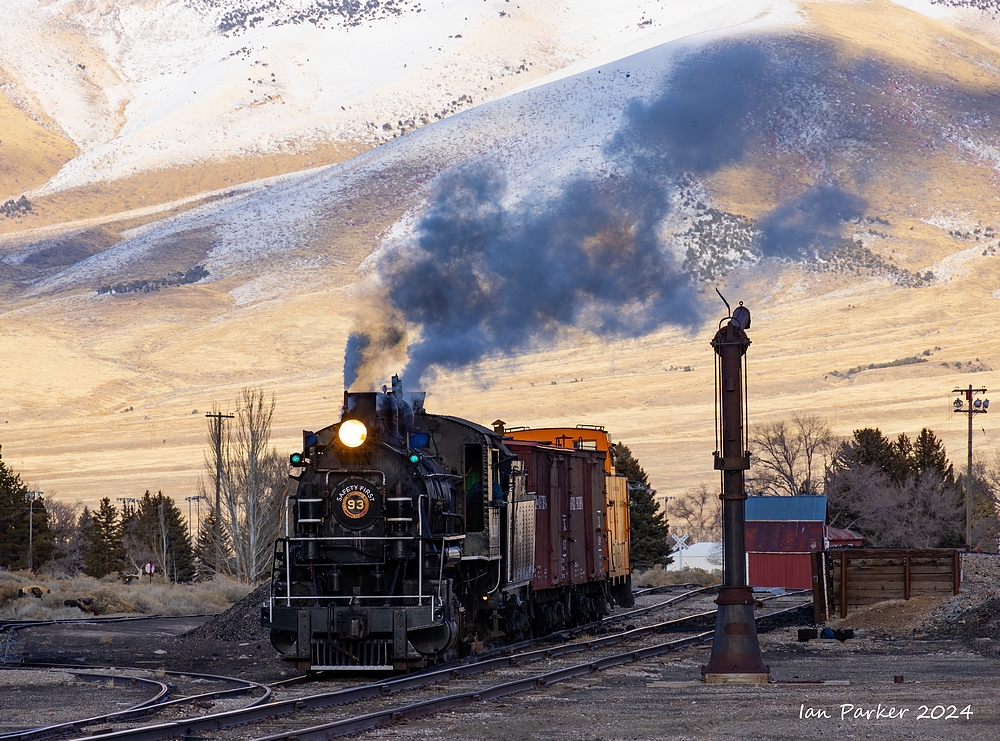

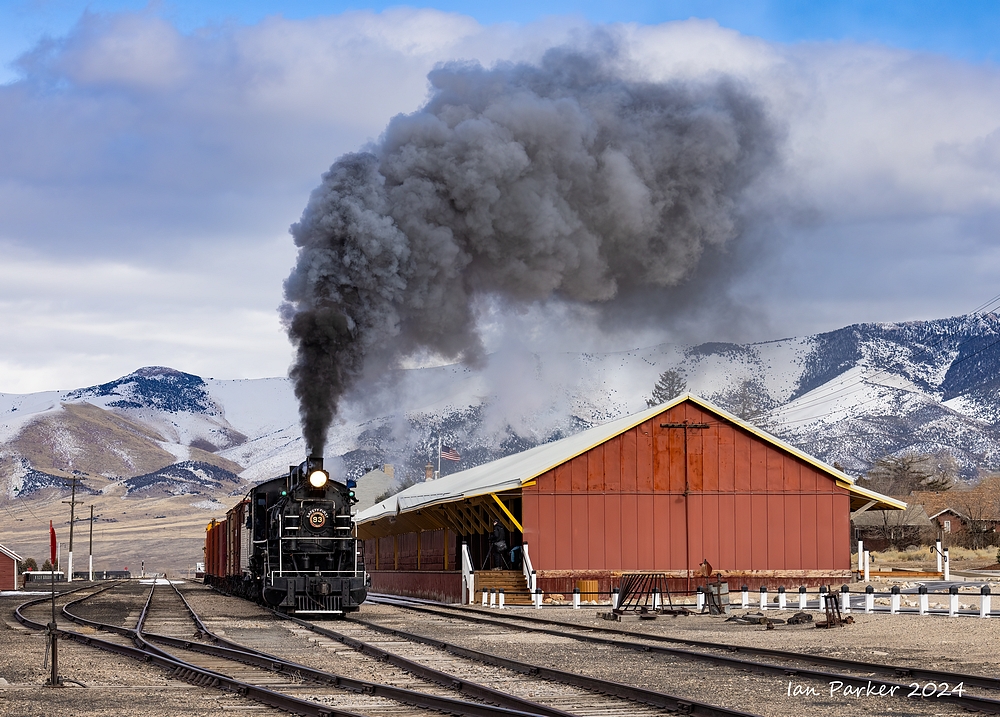
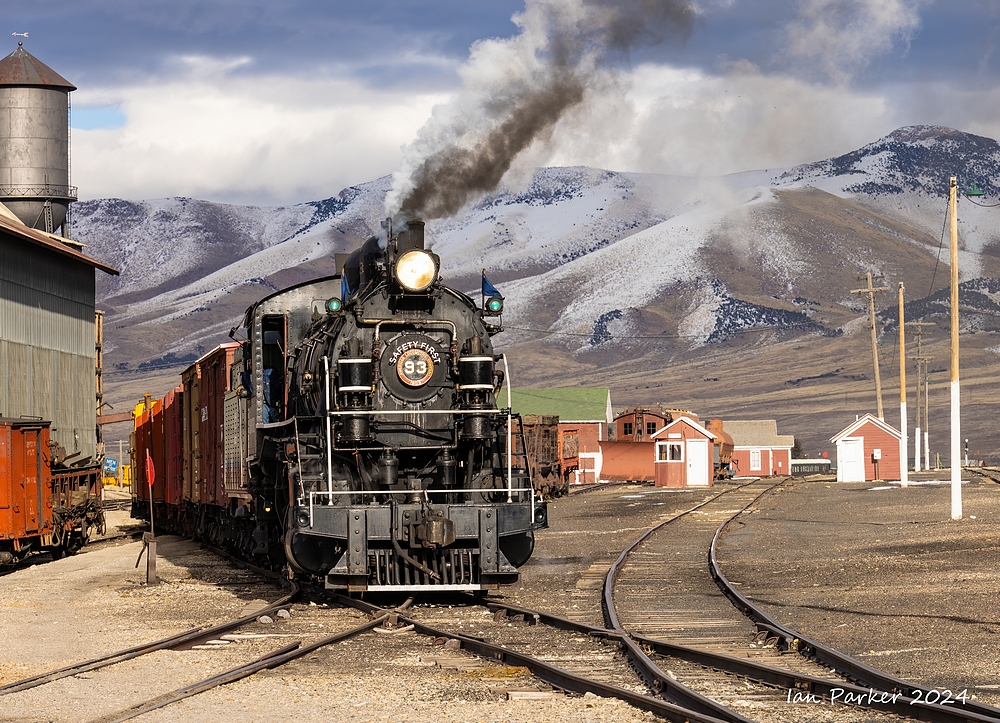
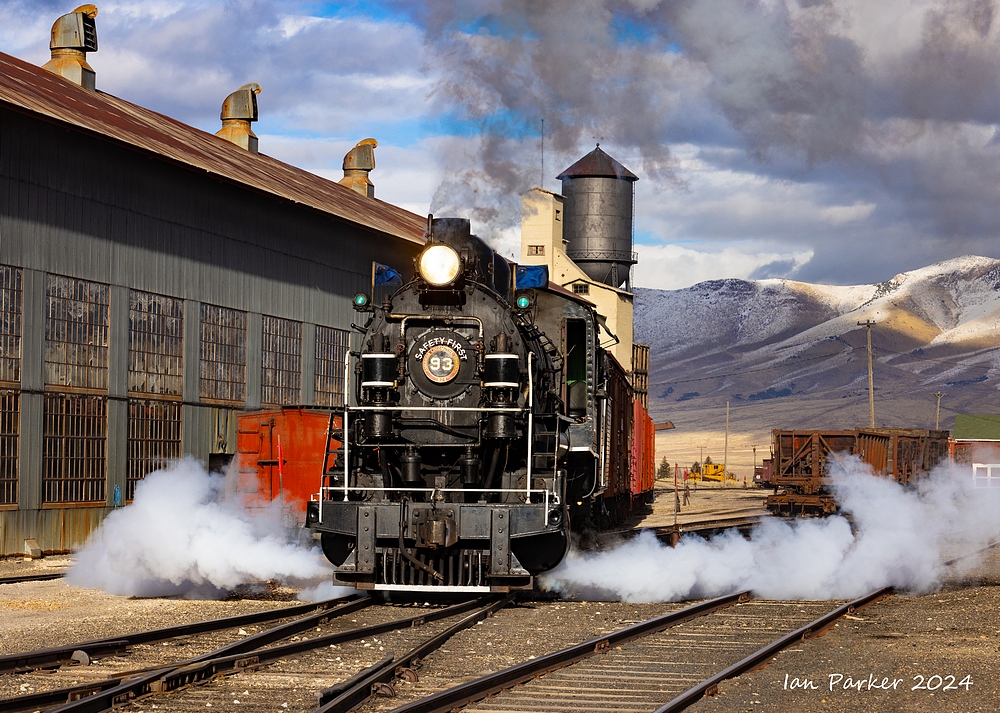
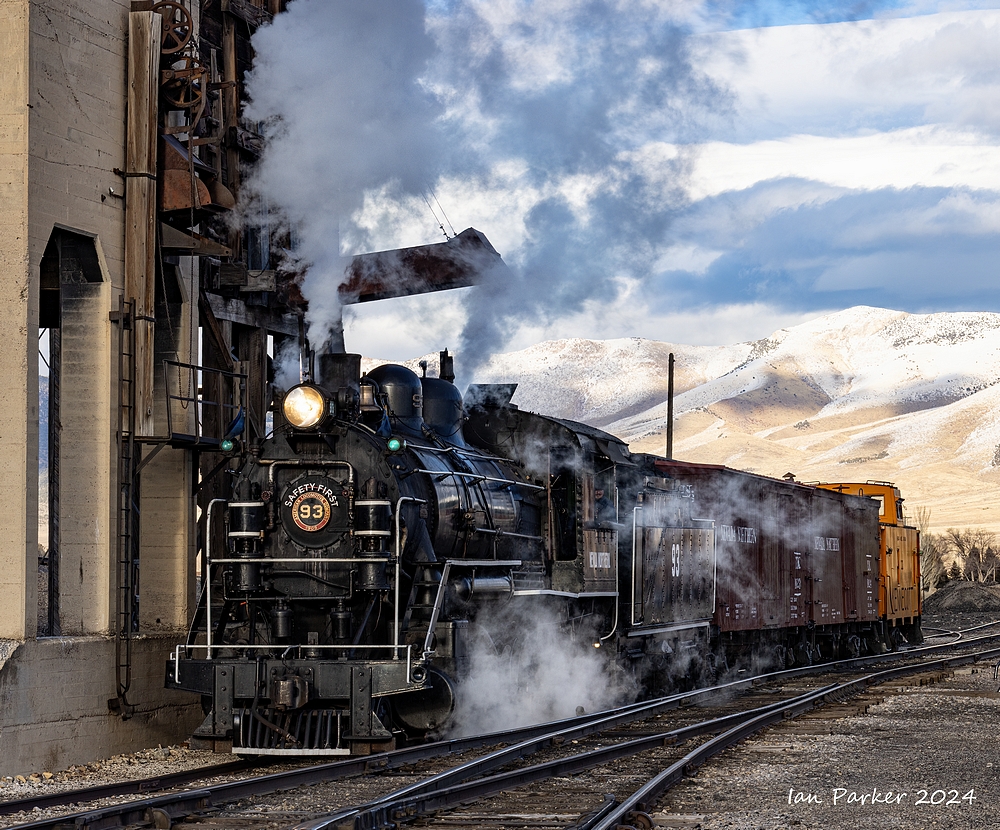

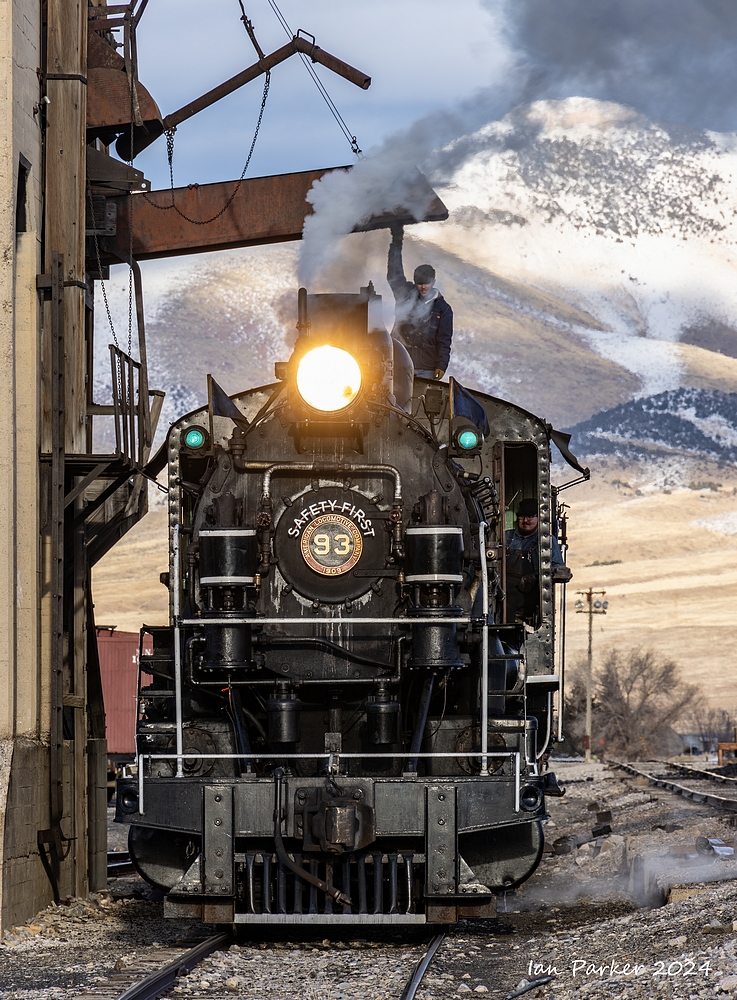
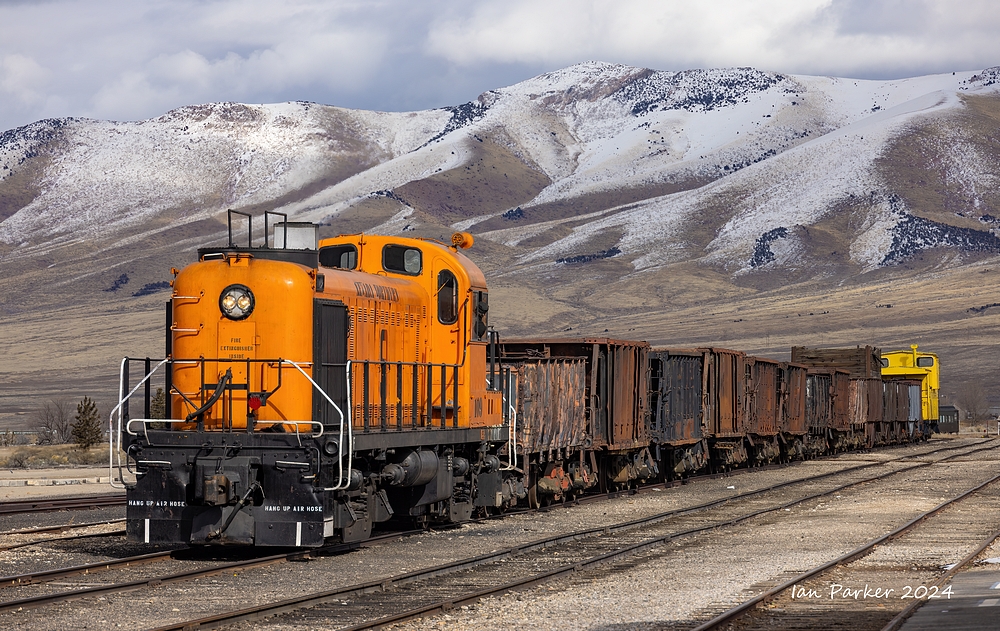
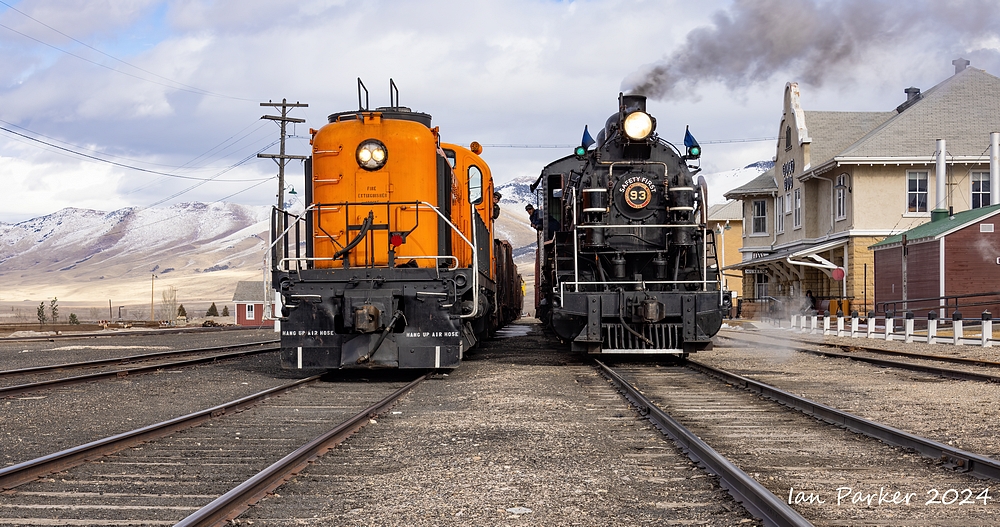
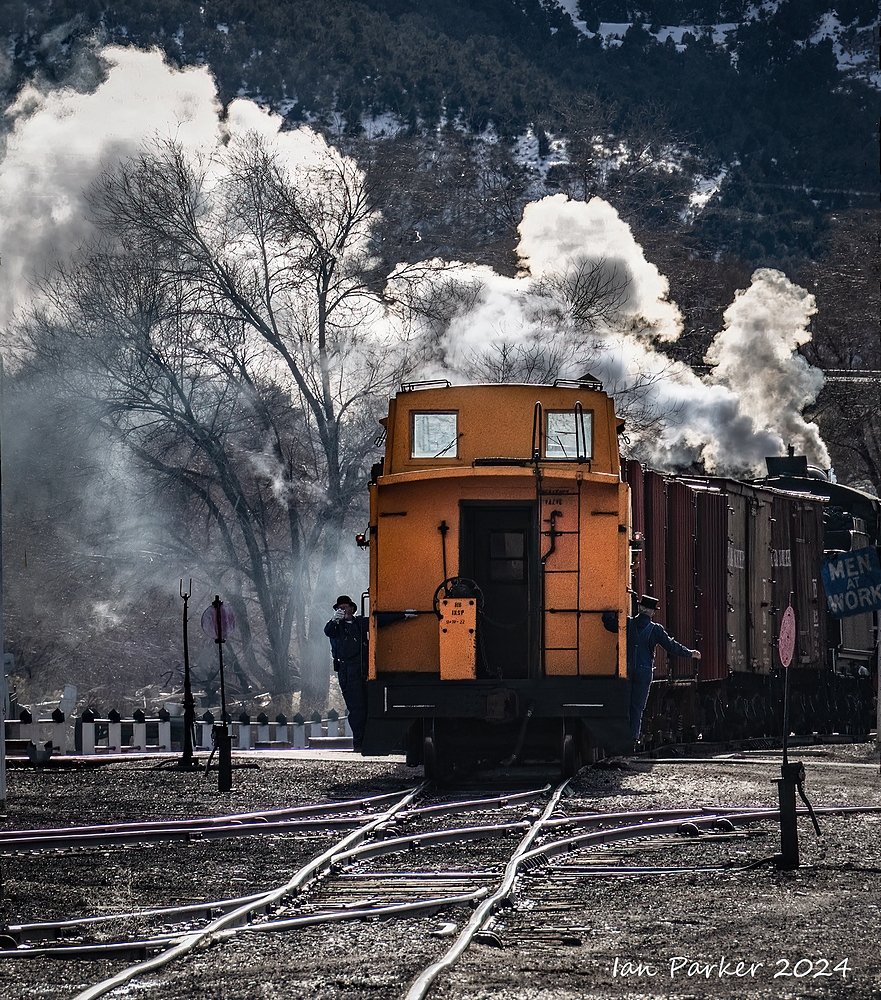
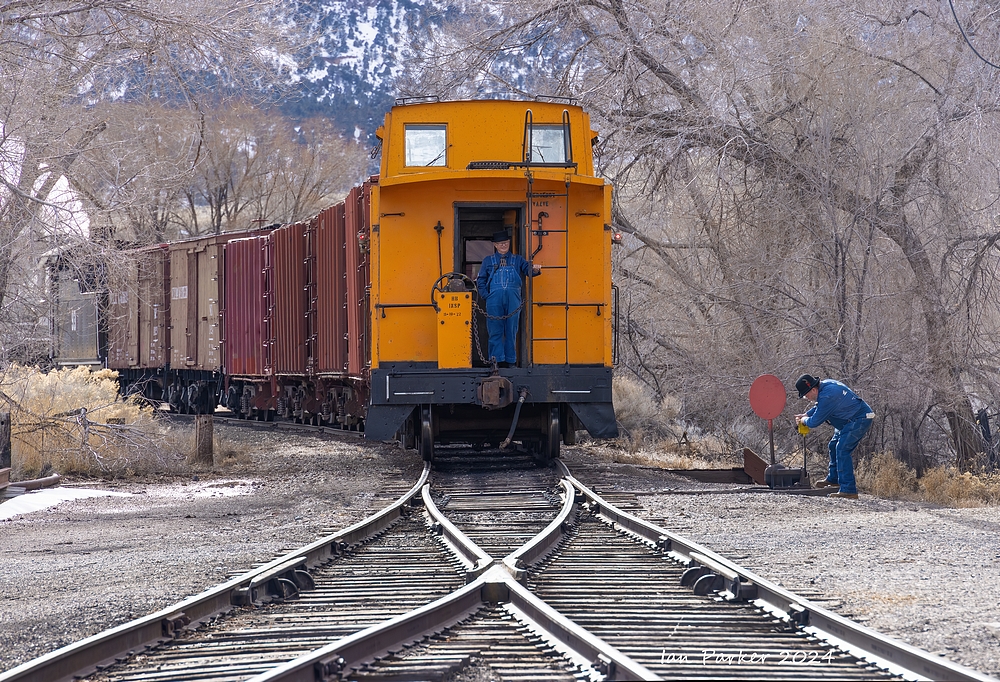
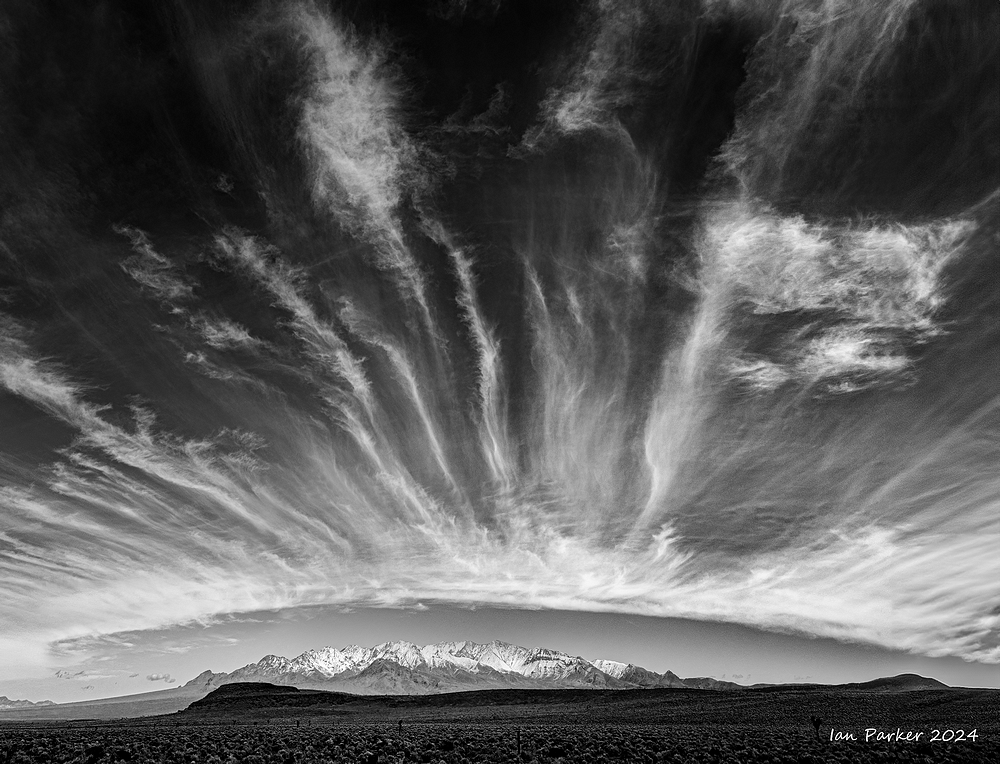
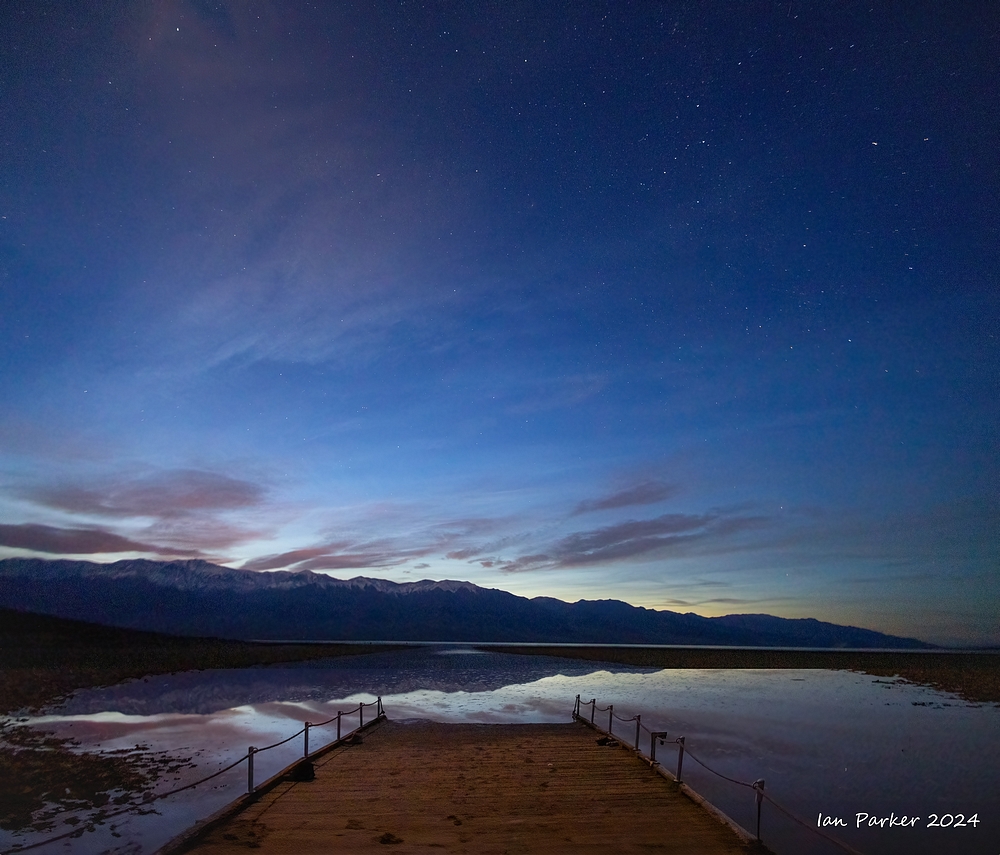
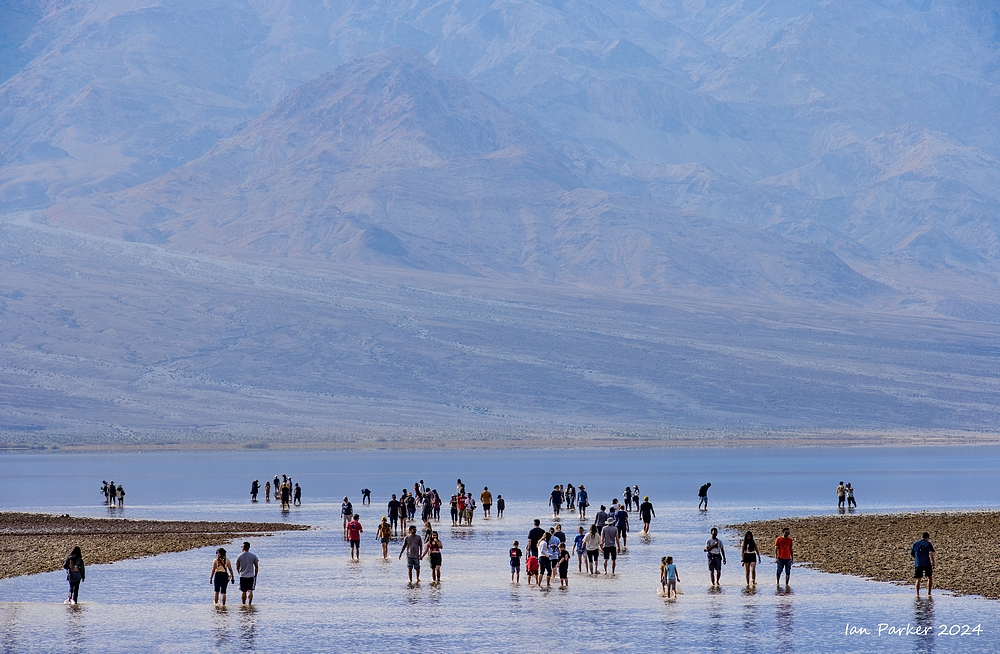
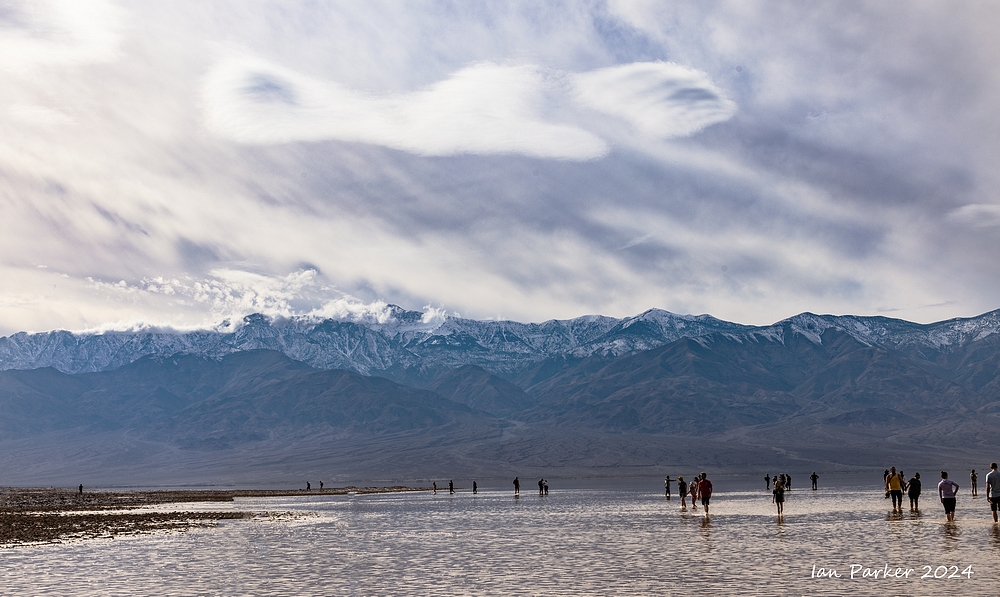
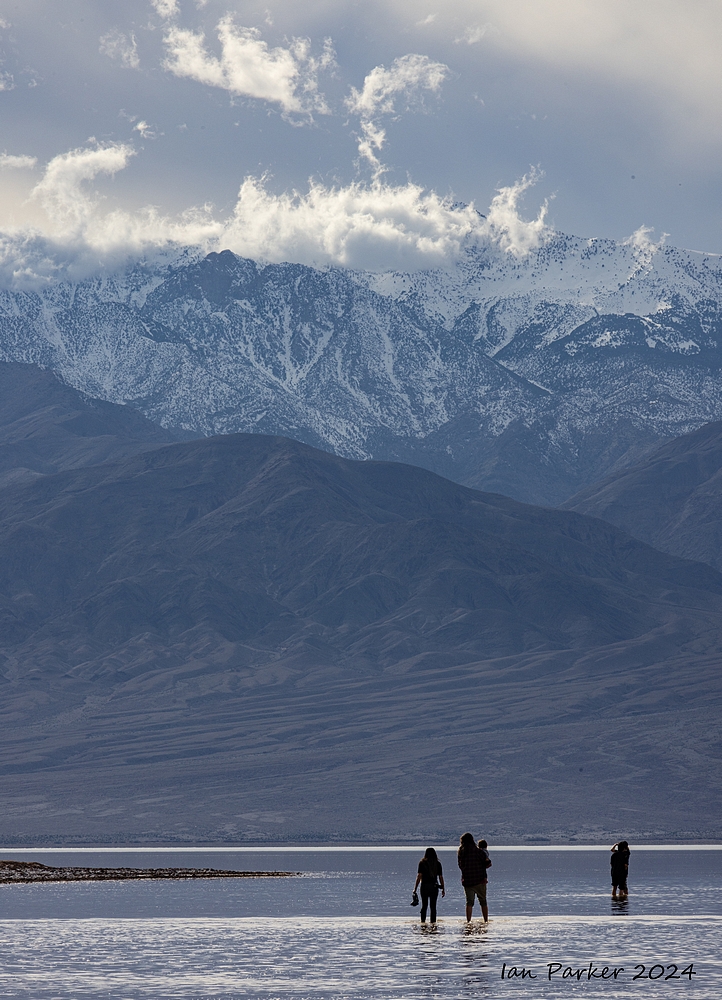

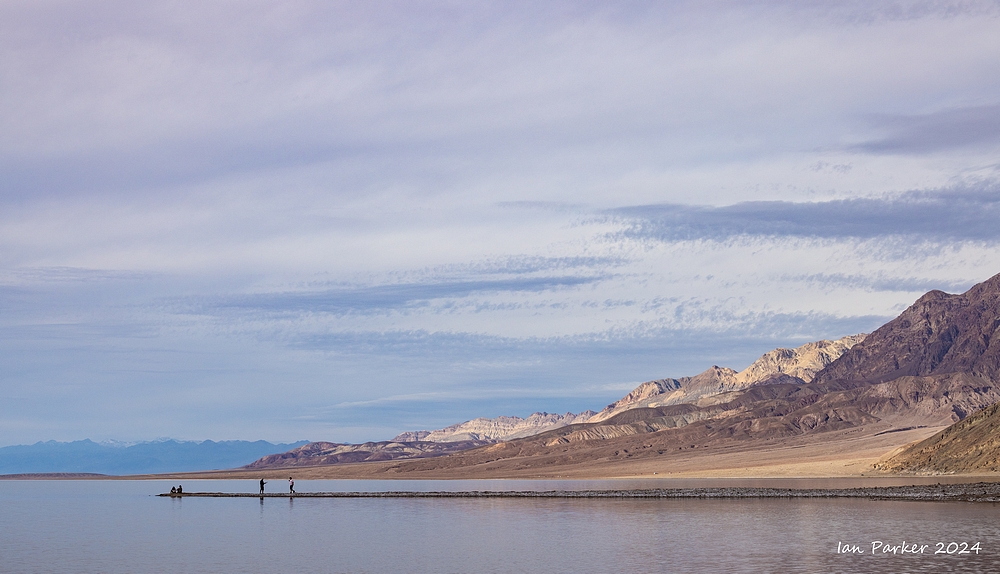
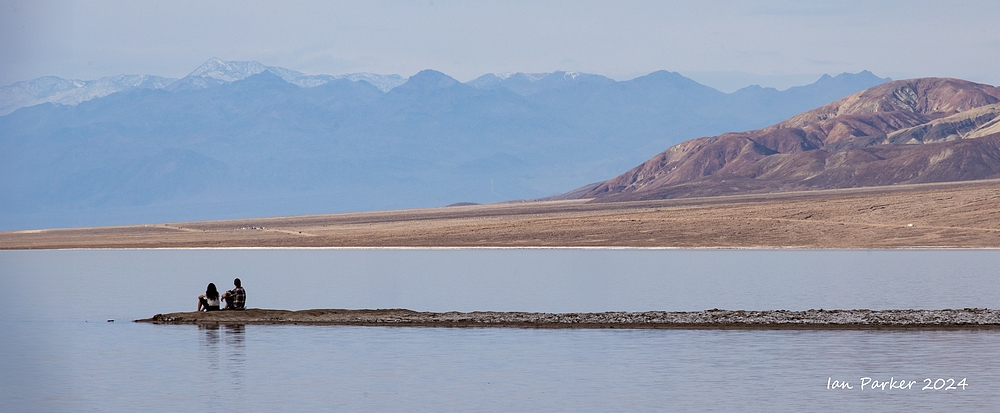


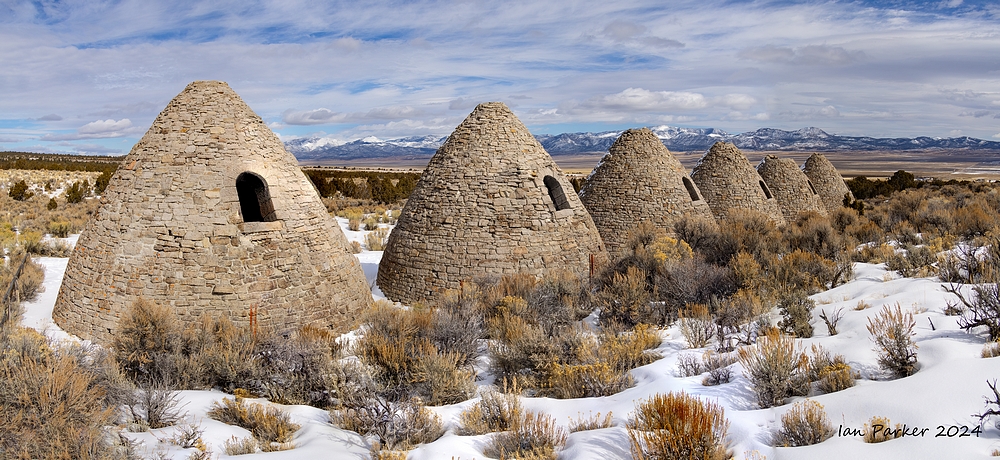


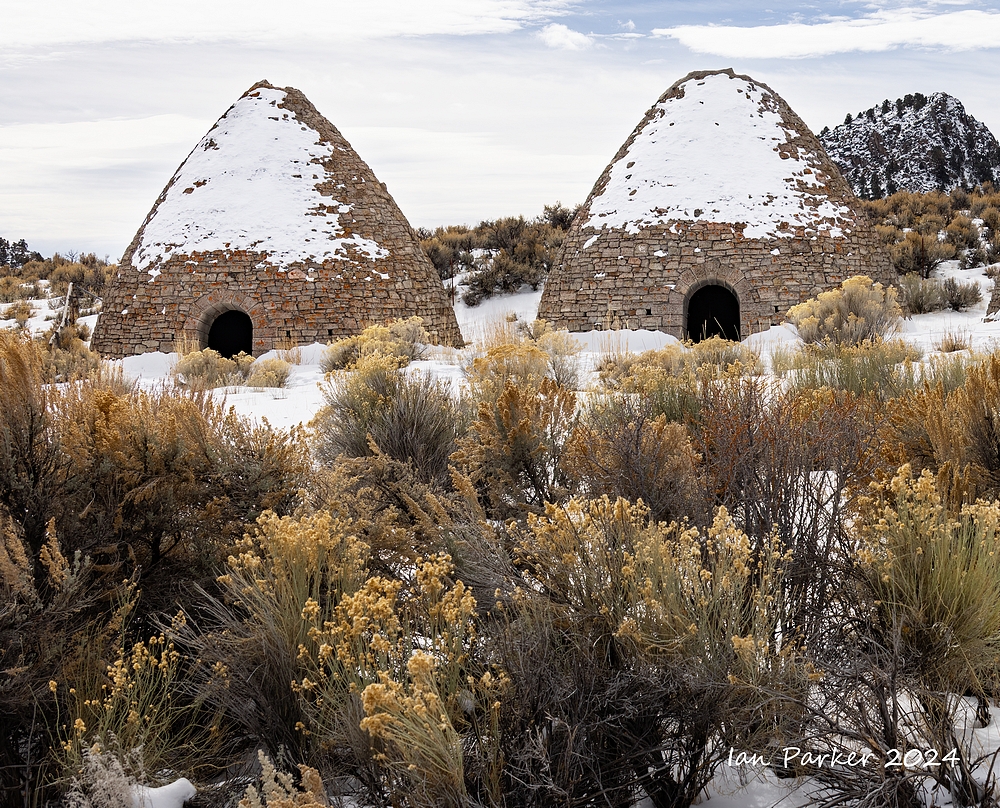
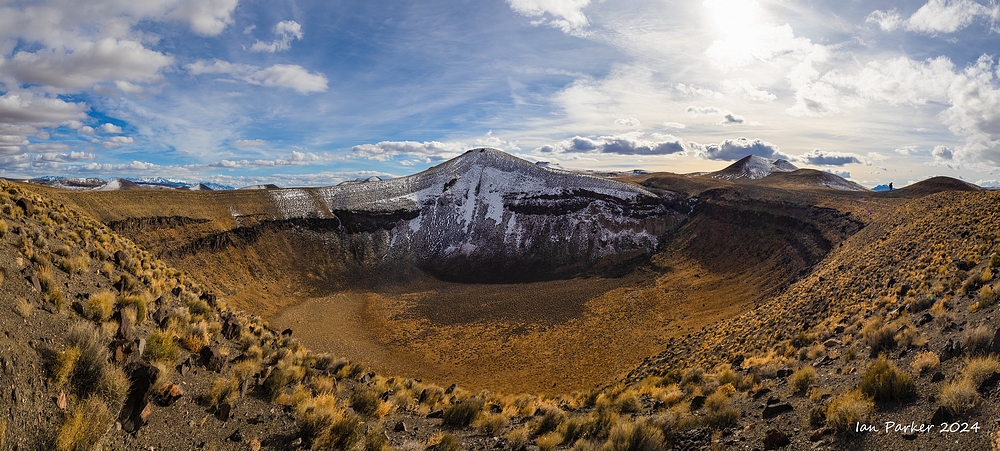
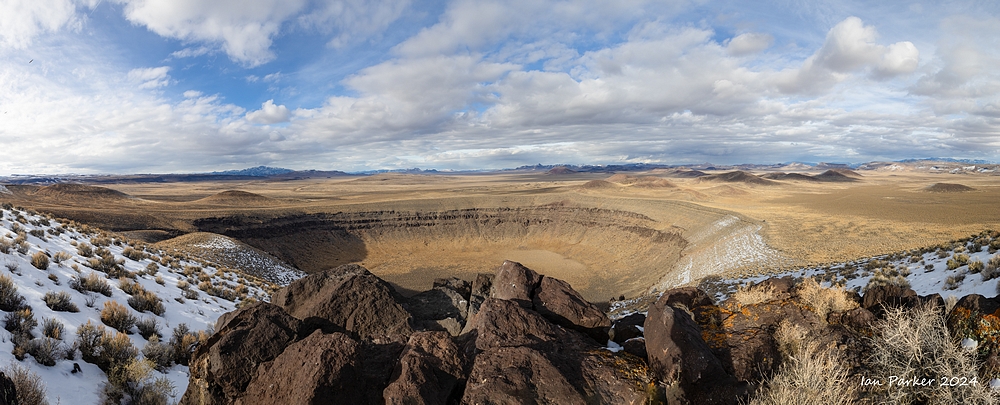
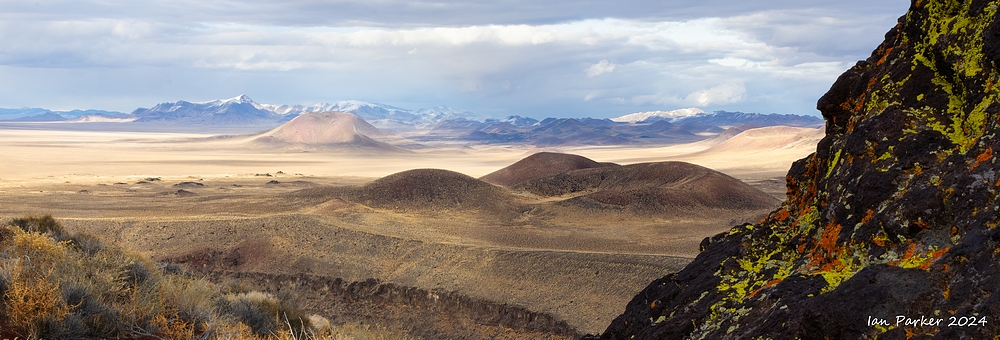
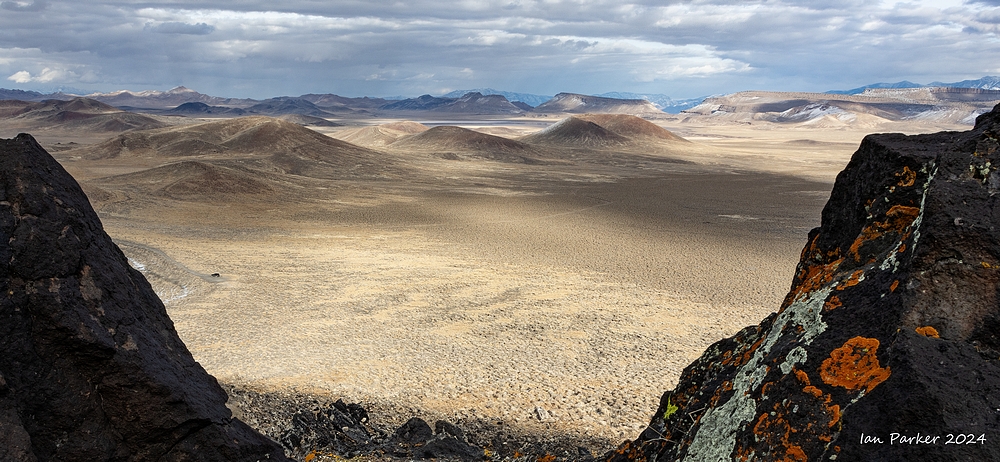
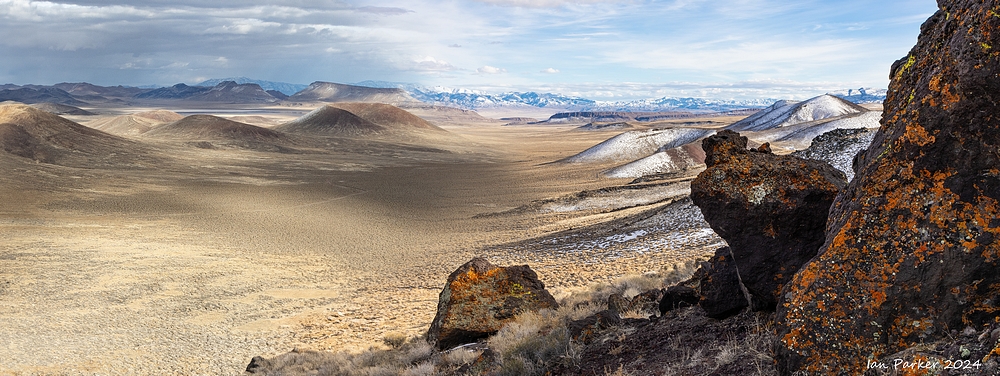

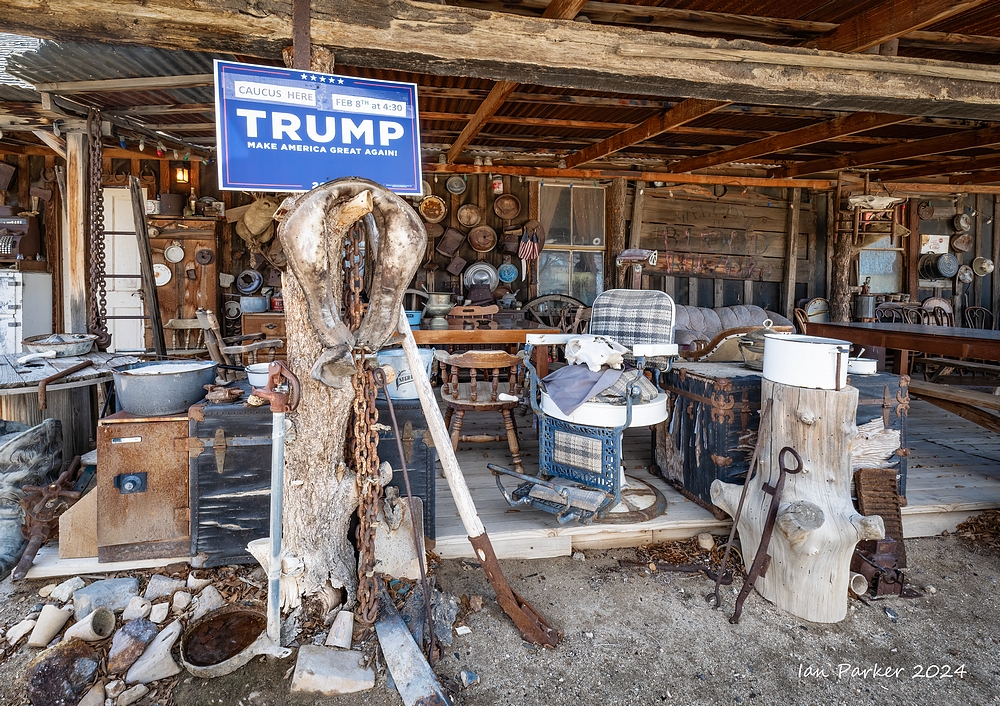




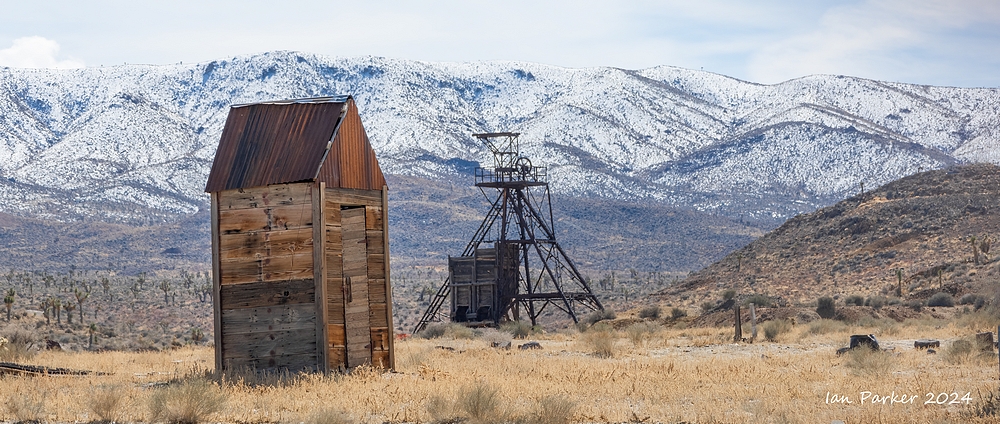
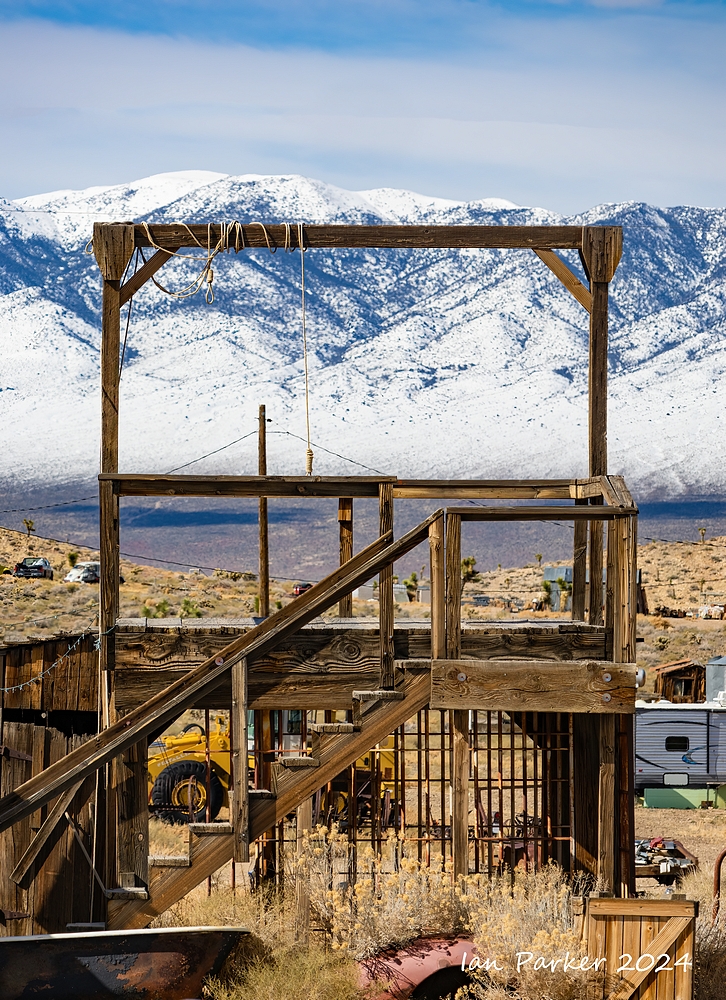
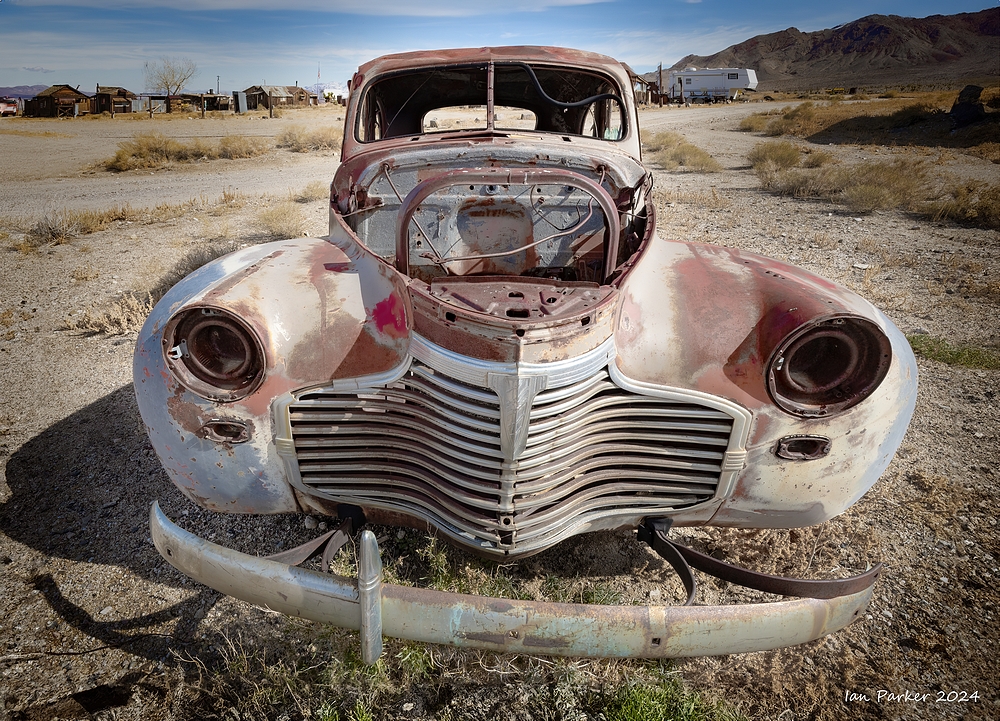



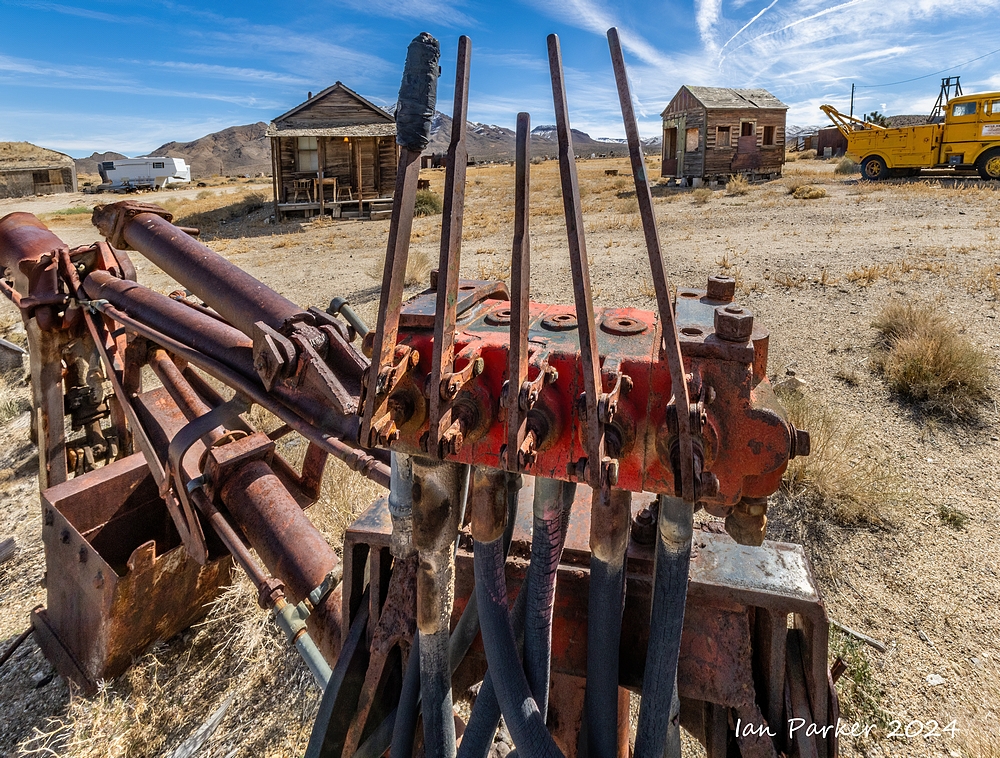
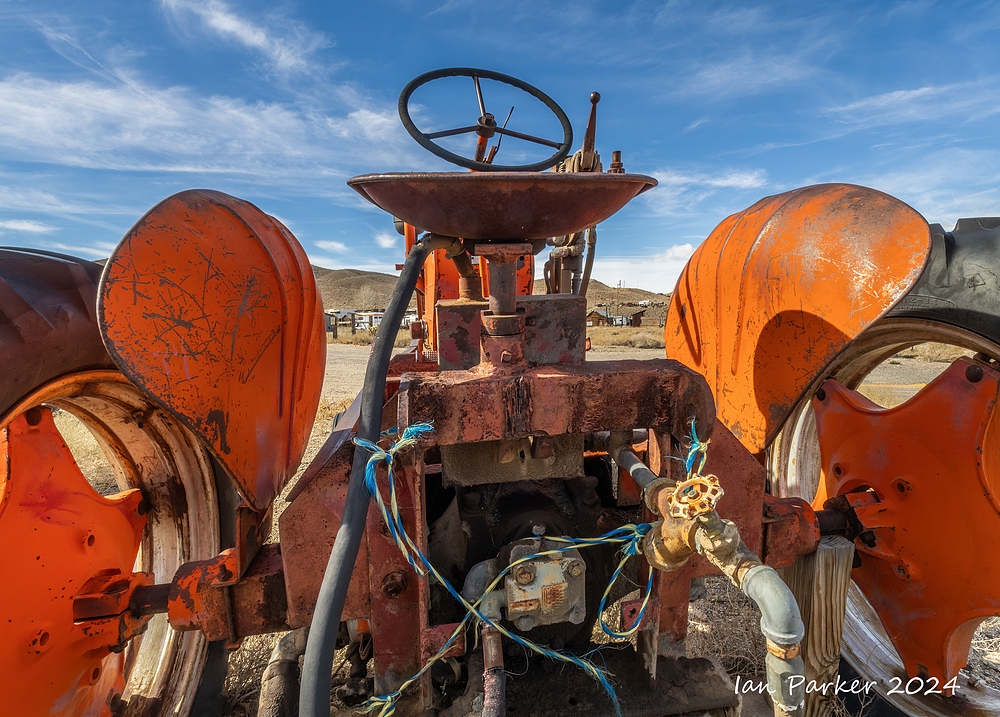
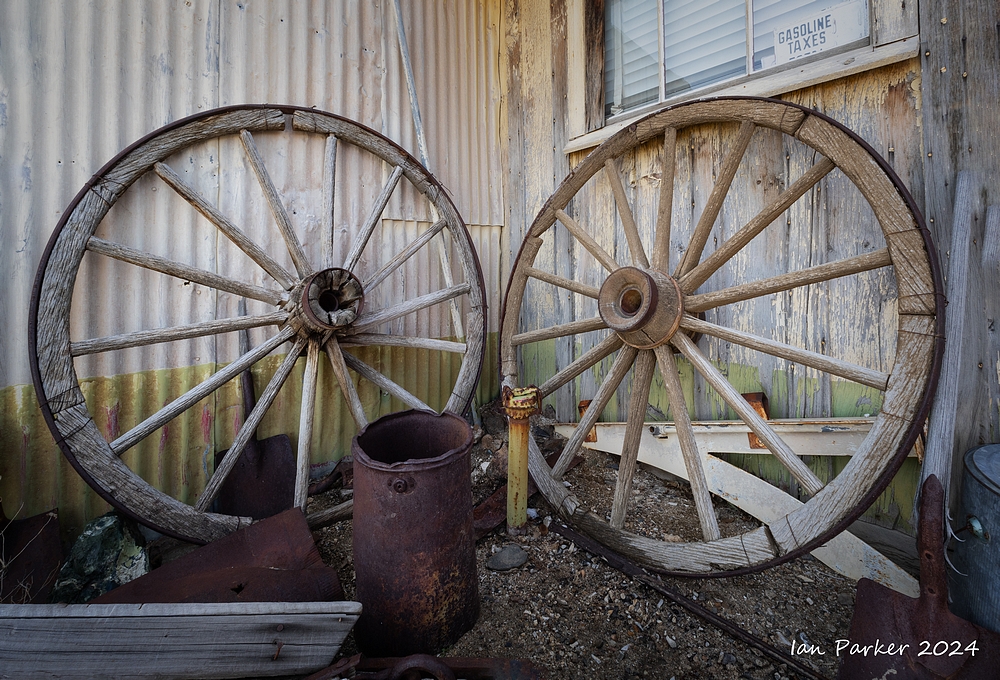
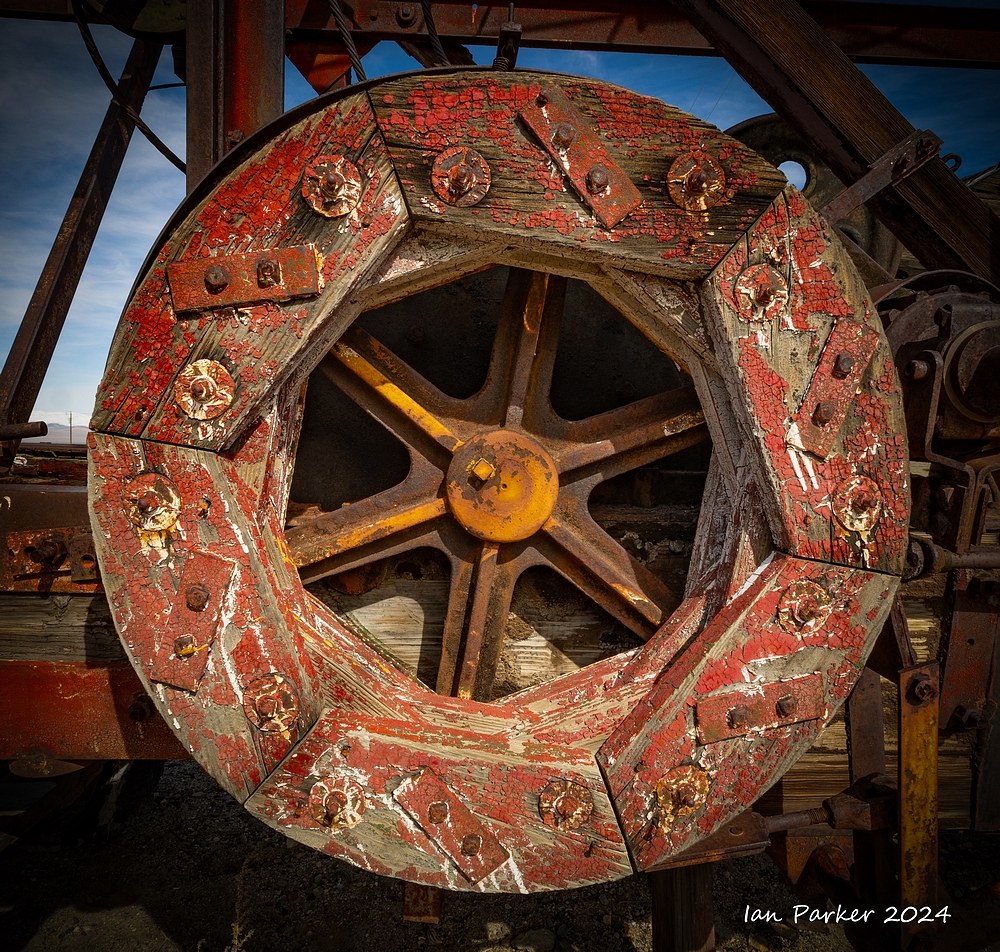

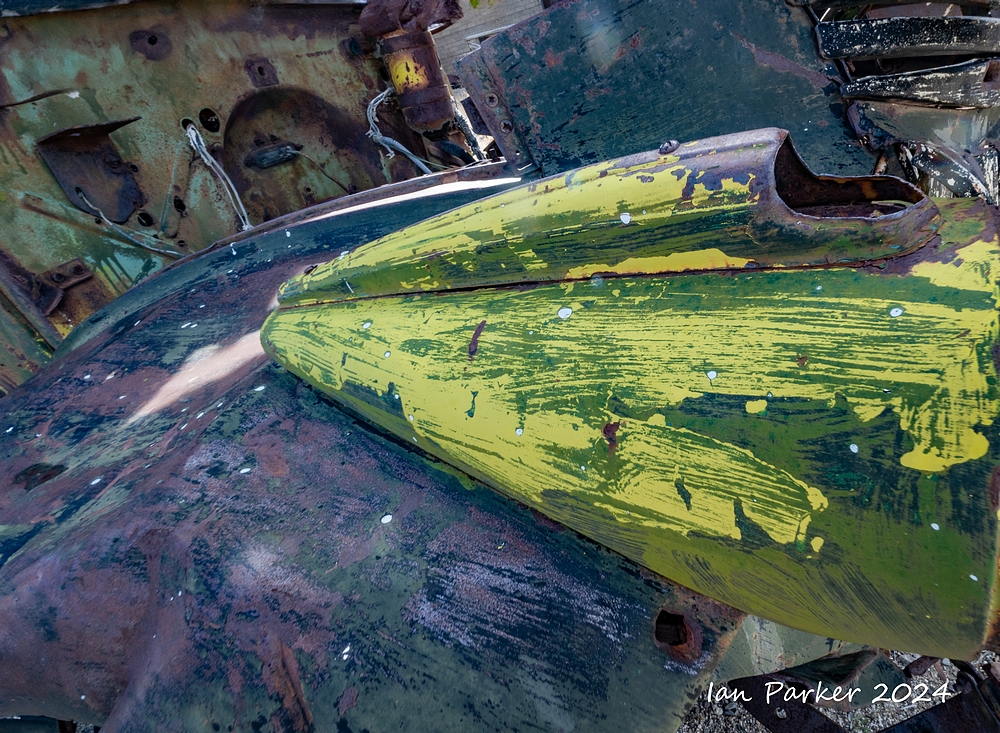

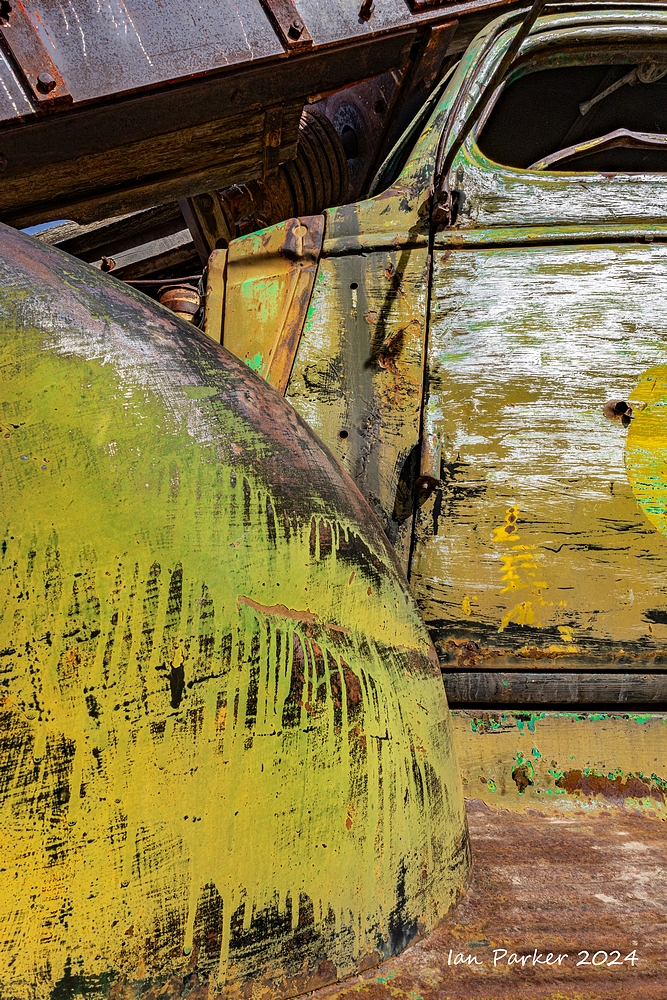

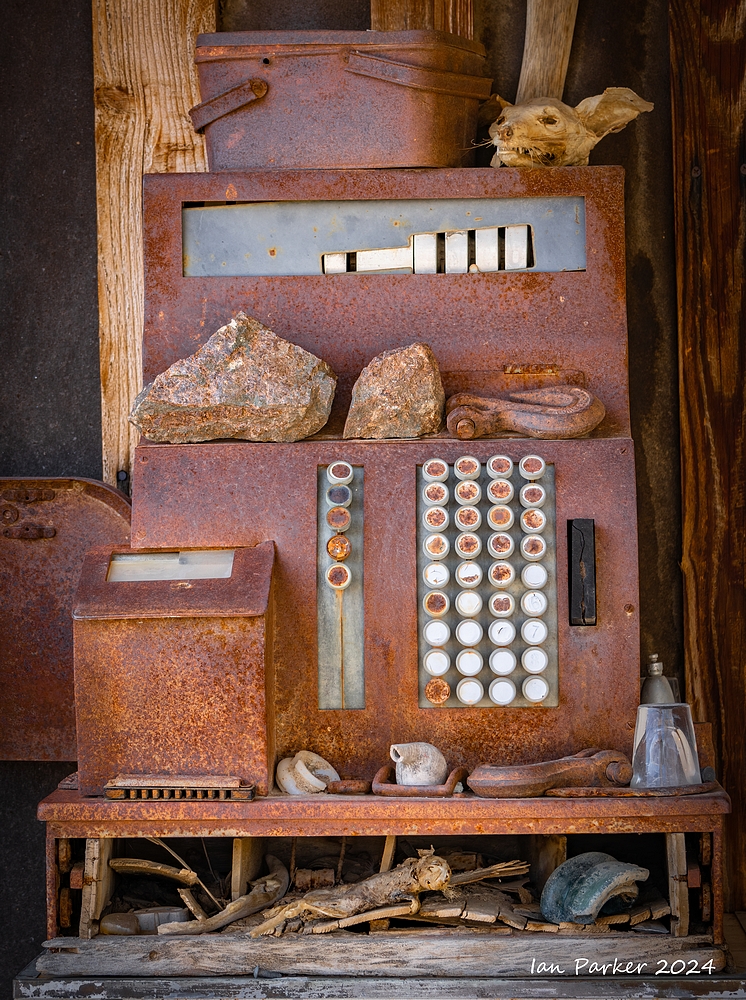

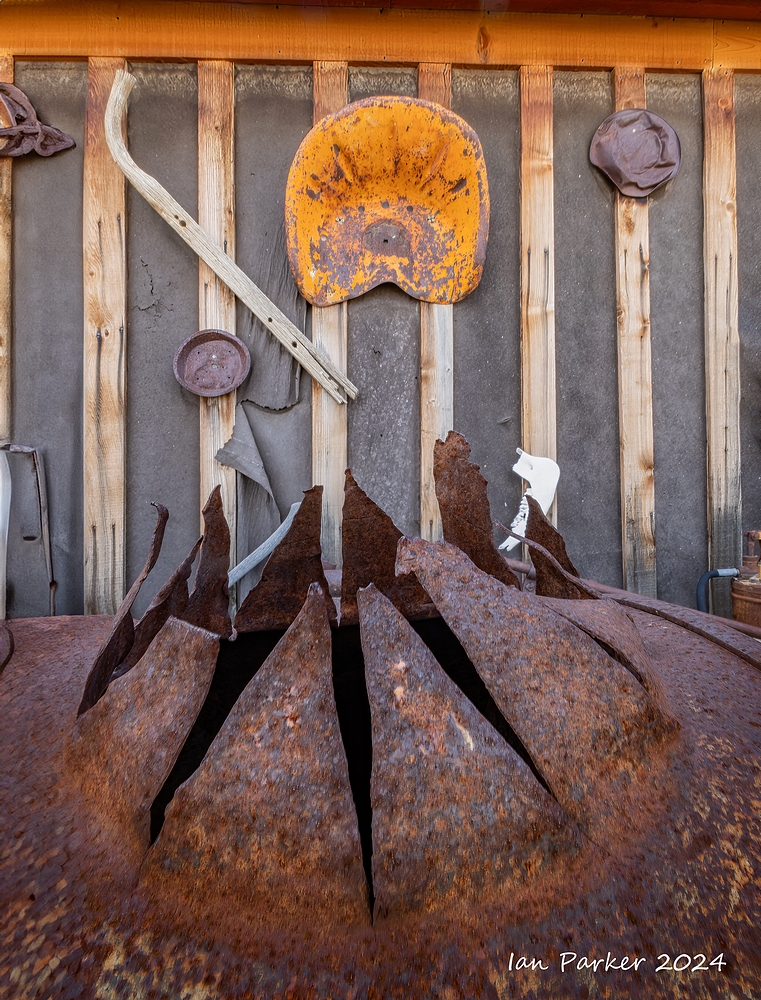
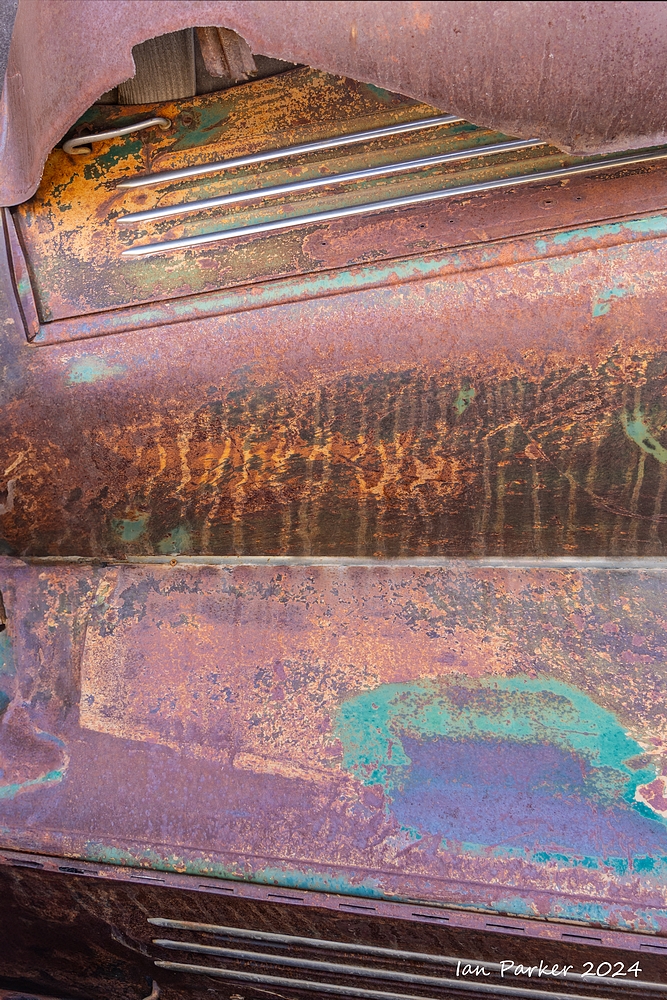
Yellowstone3_NEWselect/BIG/tn__5R_7241_tweak2.jpg)

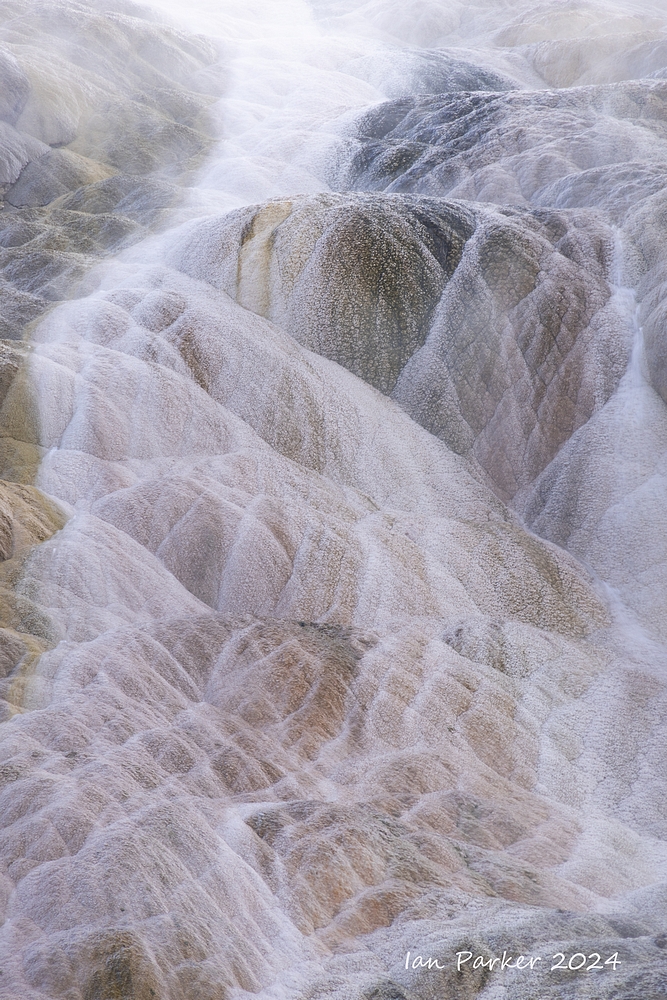
Yellowstone3_NEWselect/BIG/tn__5R_7224_tweak.jpg)


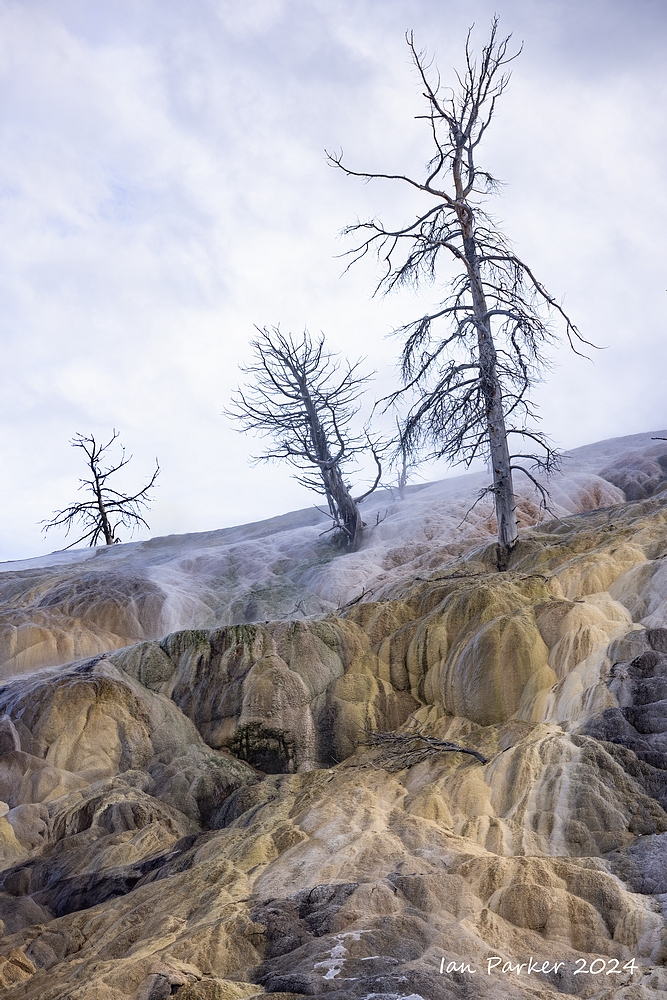
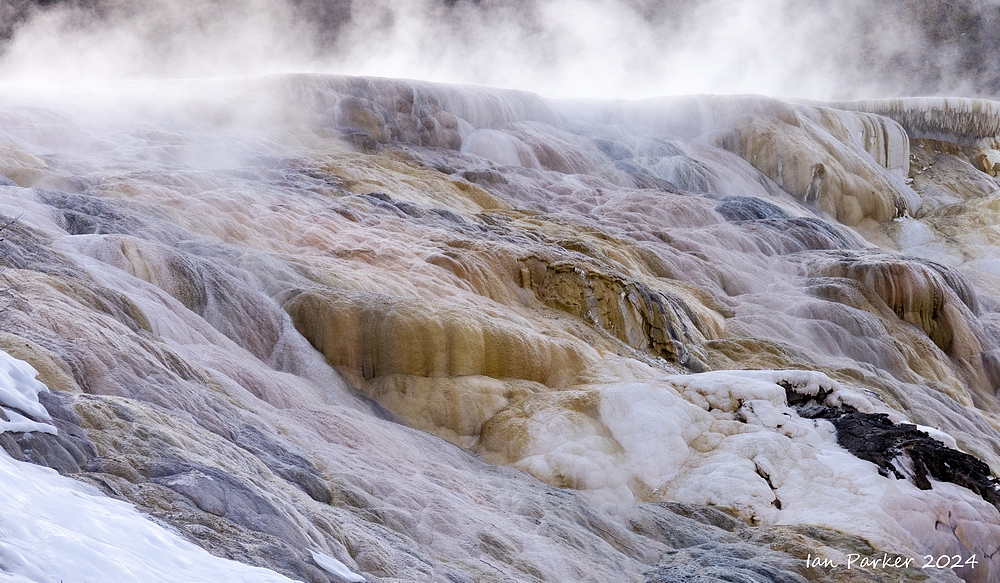

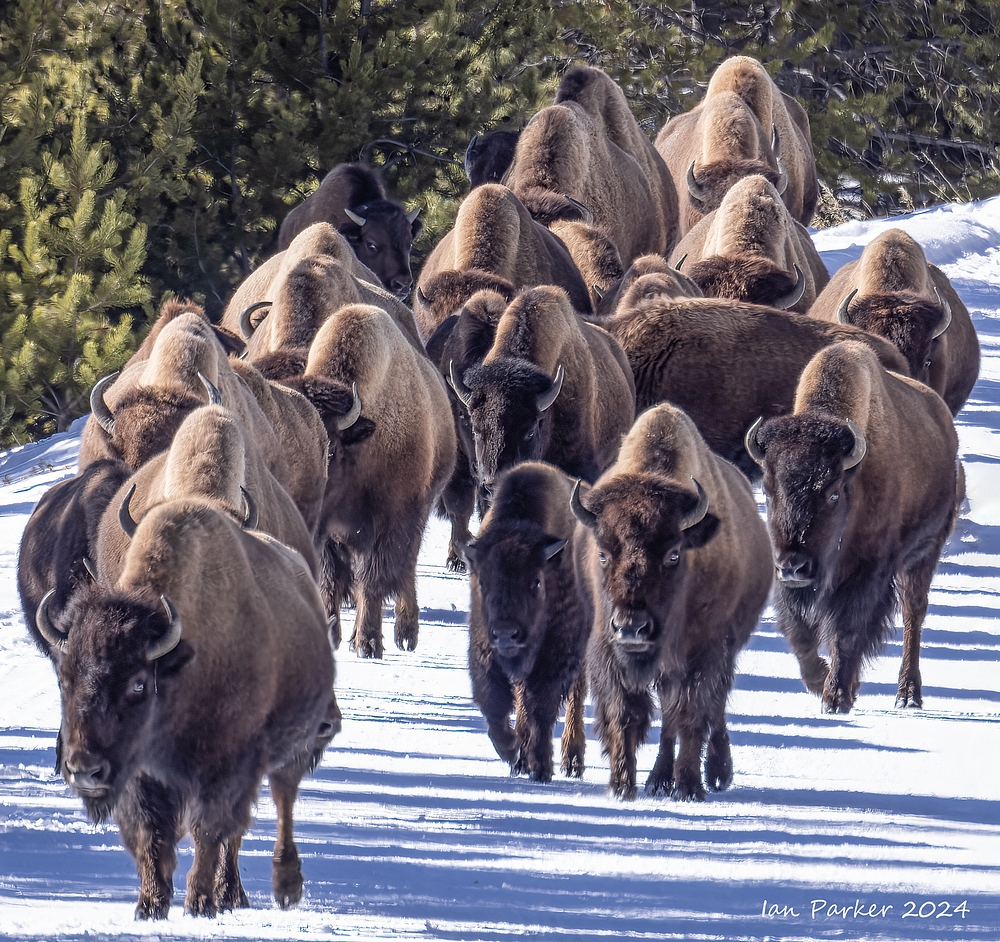
Yellowstone3_NEWselect/BIG/tn_5R_7512_tweak.jpg)
Yellowstone3_NEWselect/BIG/tn_IMGC1713_tweak2.jpg)
Yellowstone3_NEWselect/BIG/tn_IMGC1778_tweak.jpg)
Yellowstone3_NEWselect/BIG/tn__5R_5781_tweak.jpg)
Yellowstone3_NEWselect/BIG/tn__5R_6503_tweak.jpg)
Yellowstone3_NEWselect/BIG/tn__5R_6517_tweak.jpg)
Yellowstone3_NEWselect/BIG/tn__5R_6518_tweak.jpg)
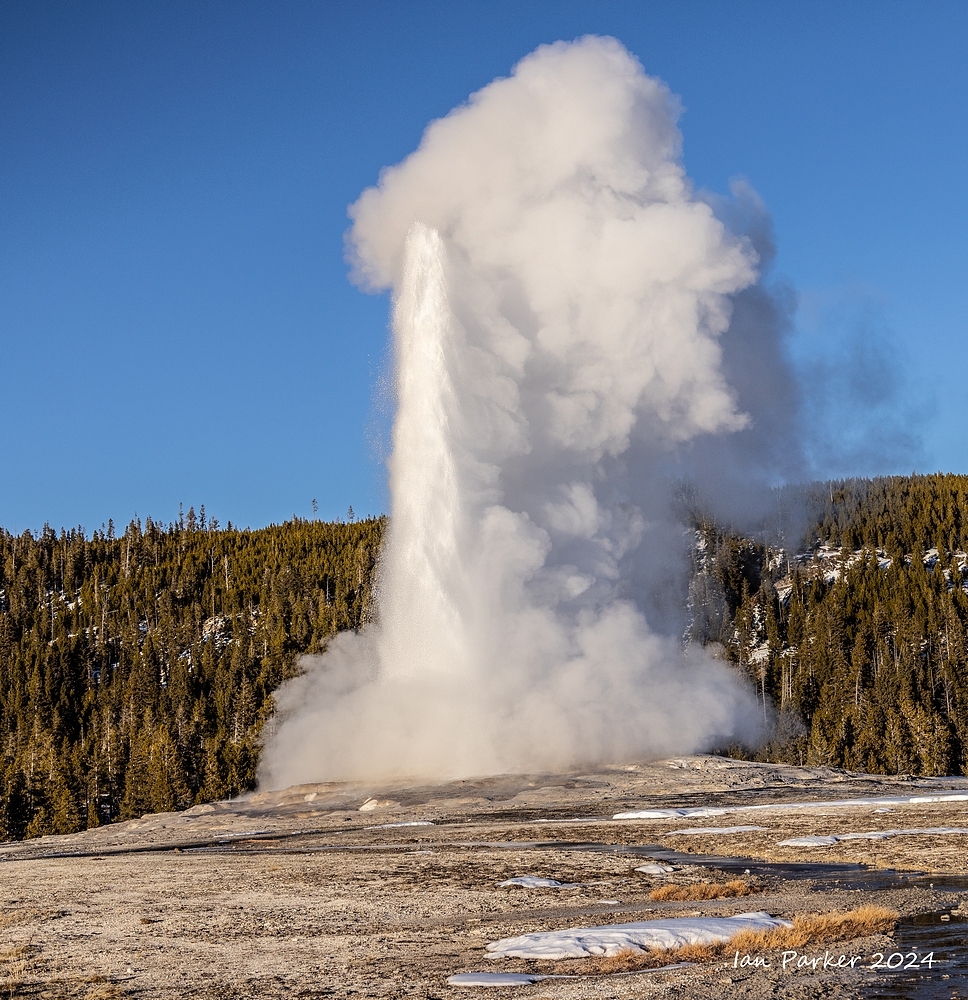
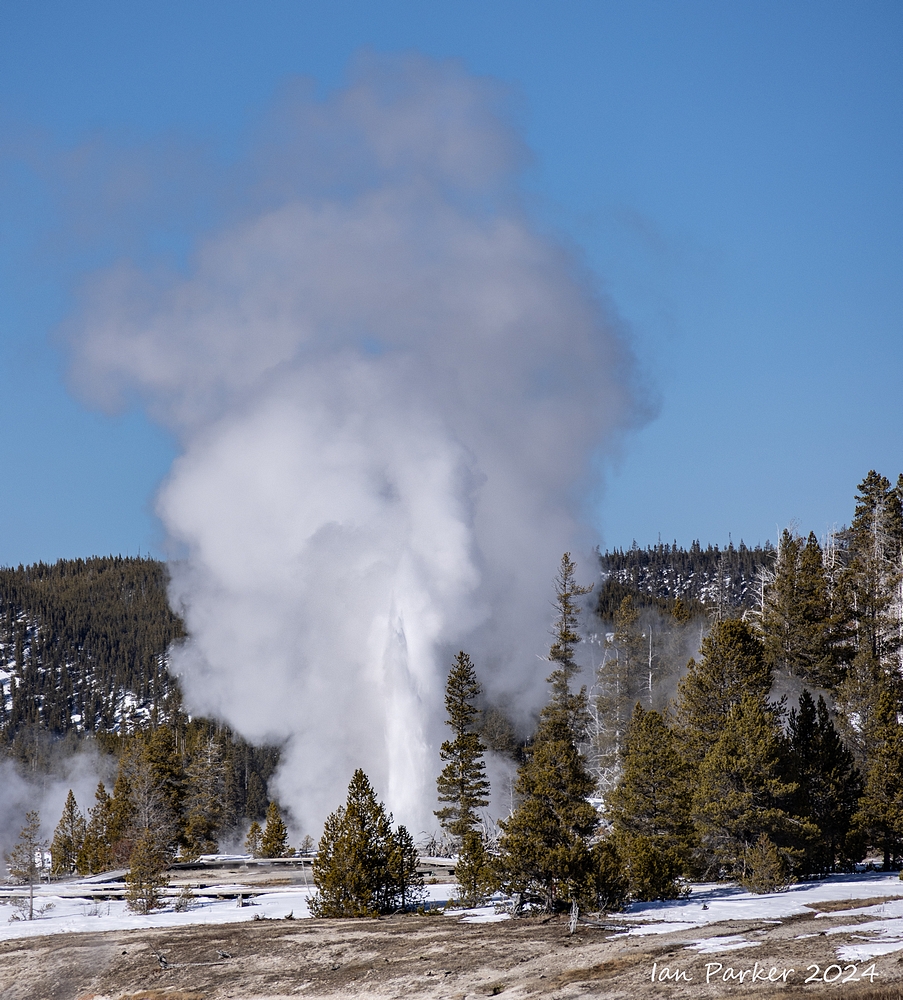
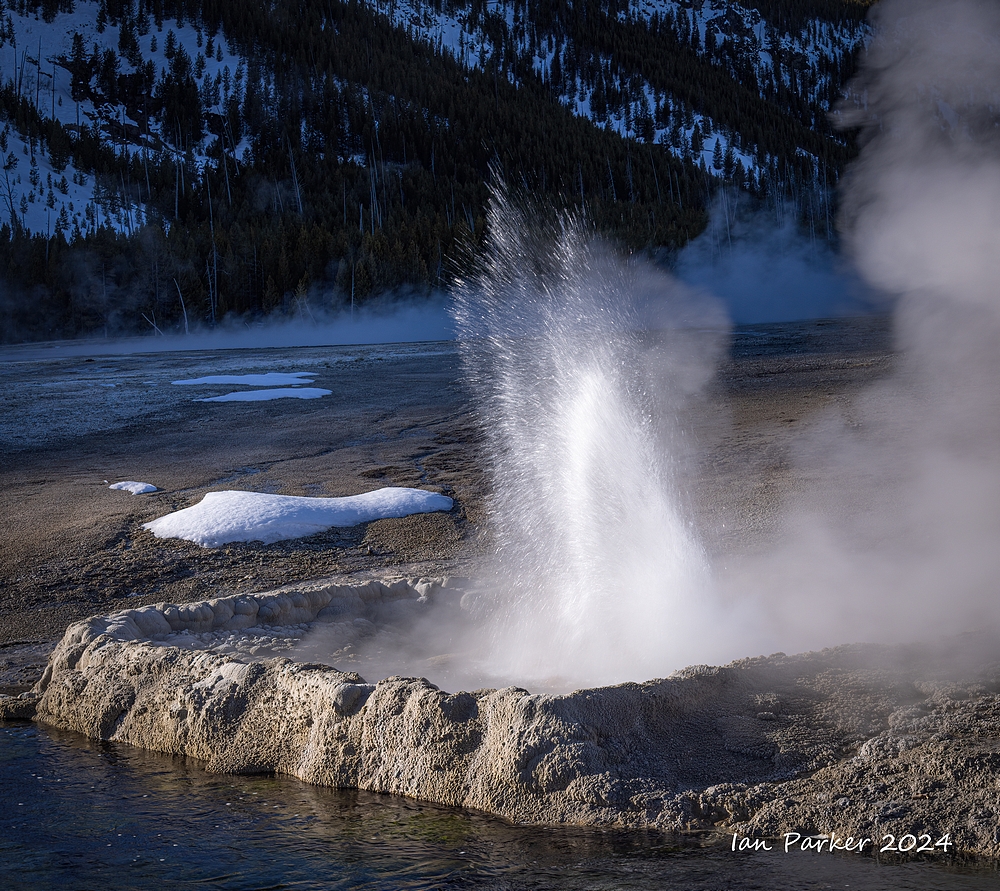

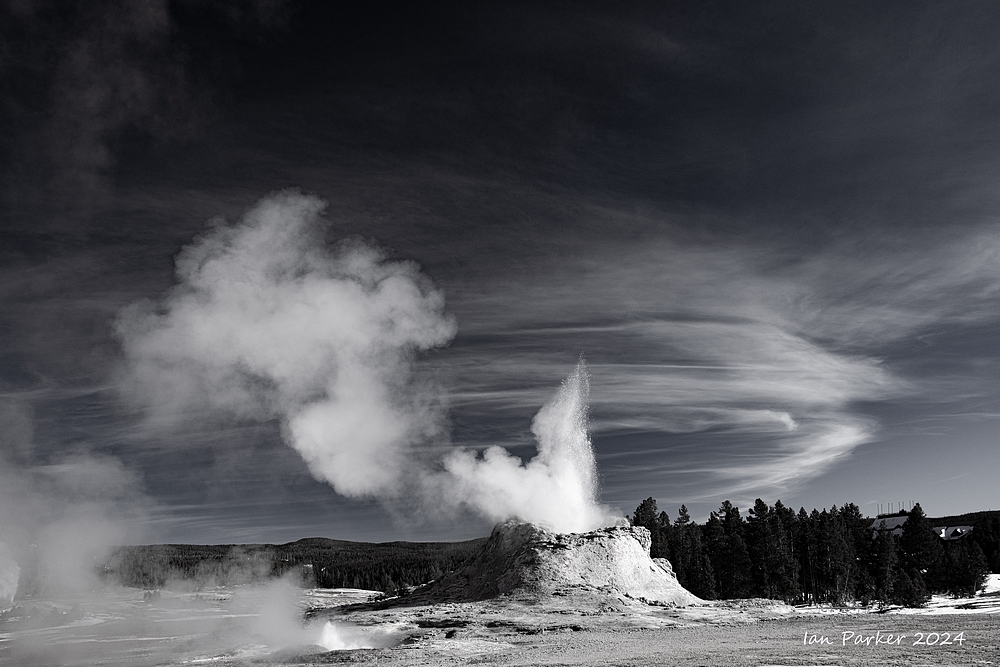
Yellowstone3_NEWselect/BIG/tn__5R_6746_tweak.jpg)
